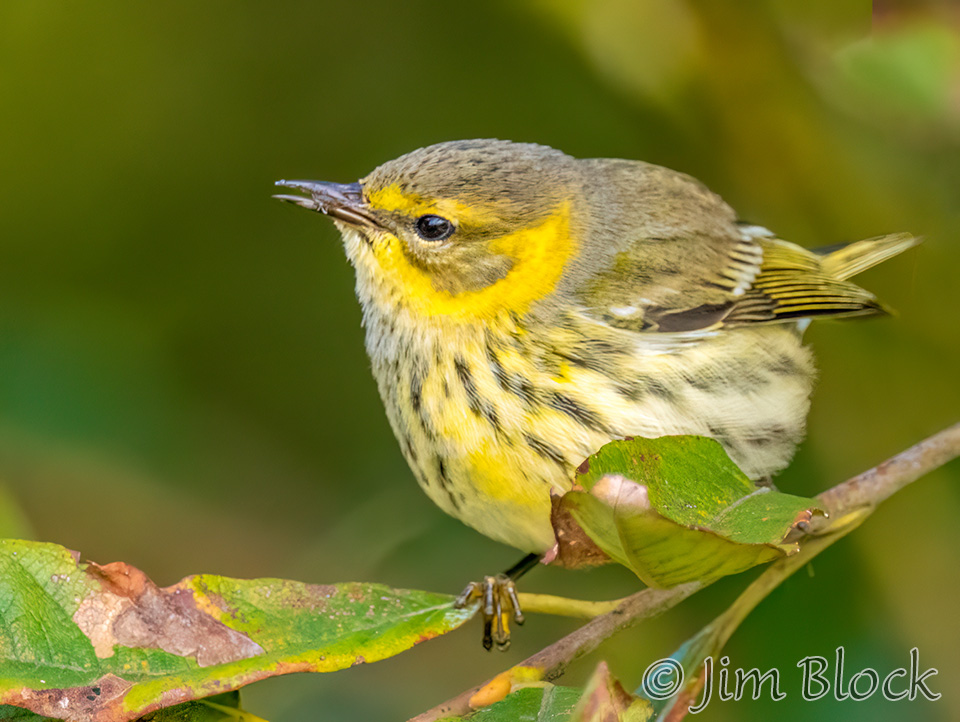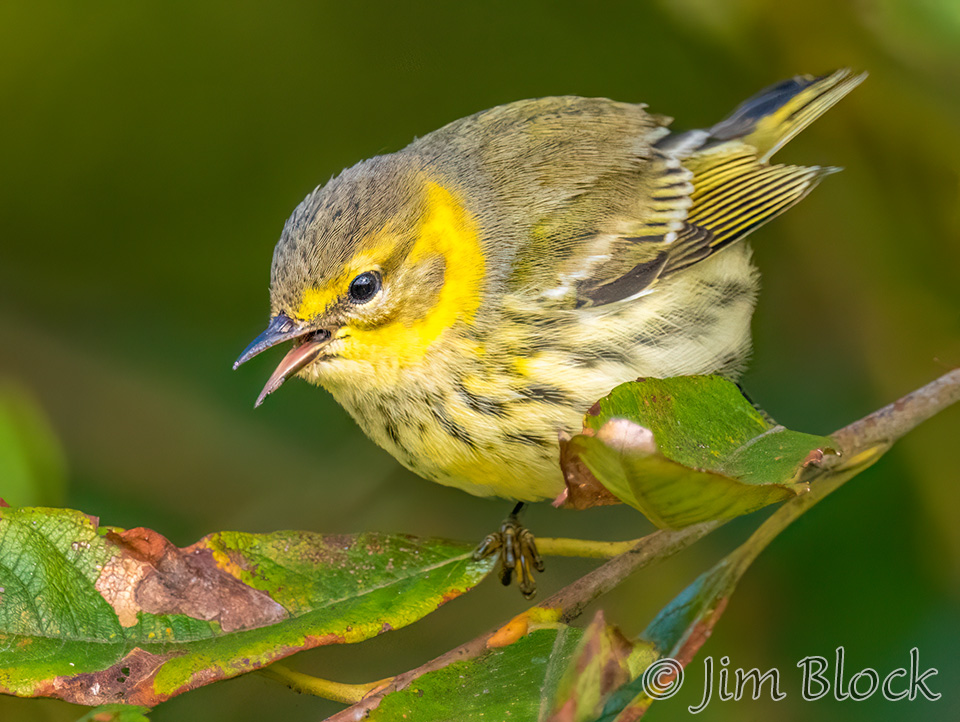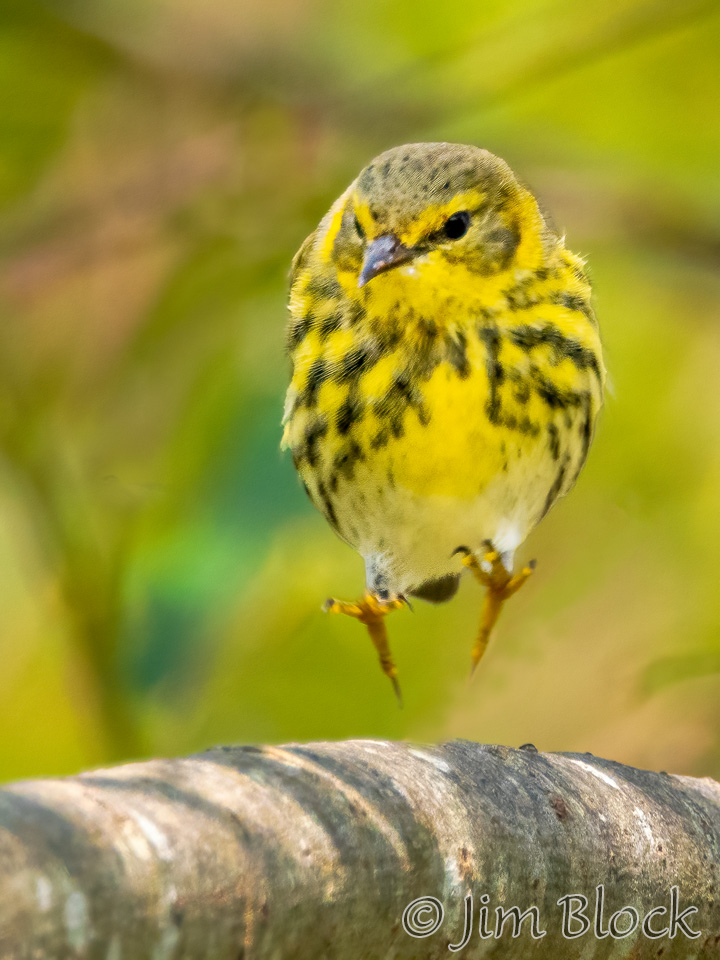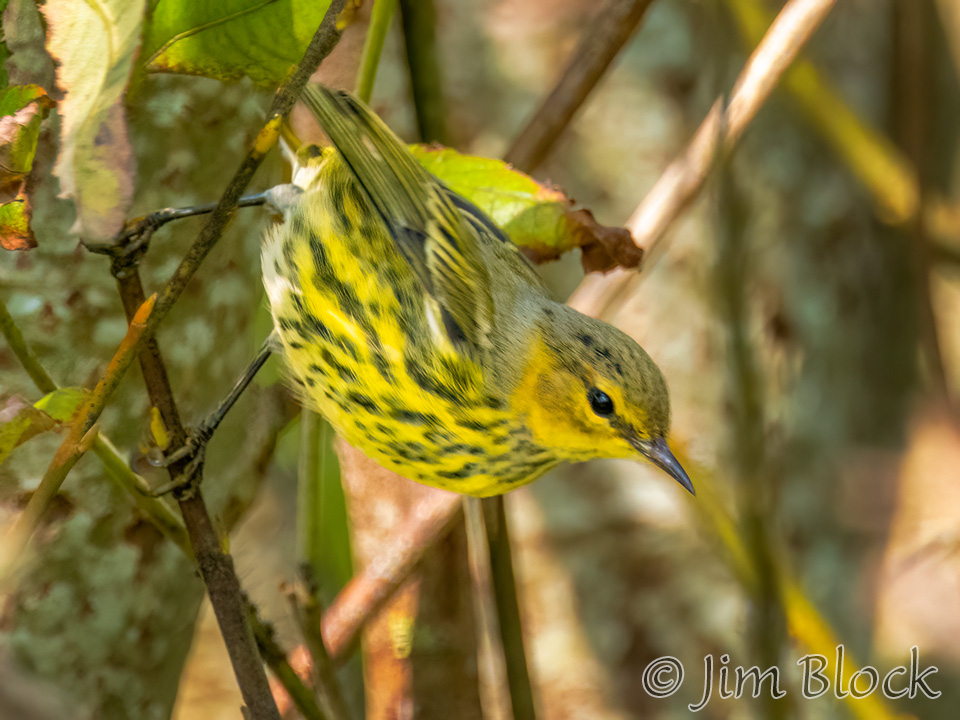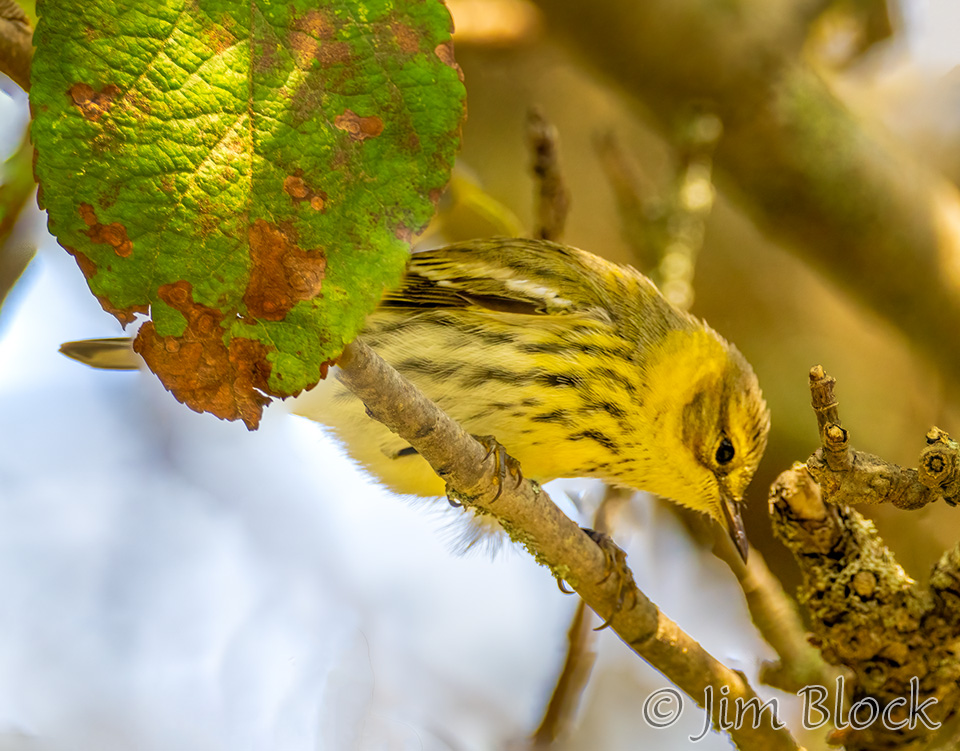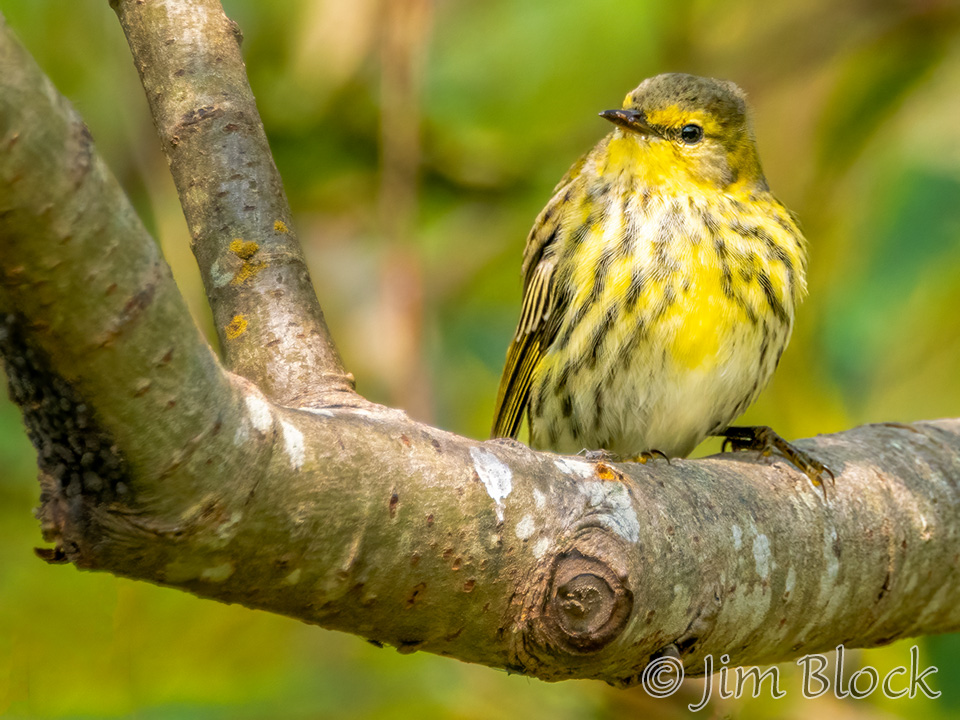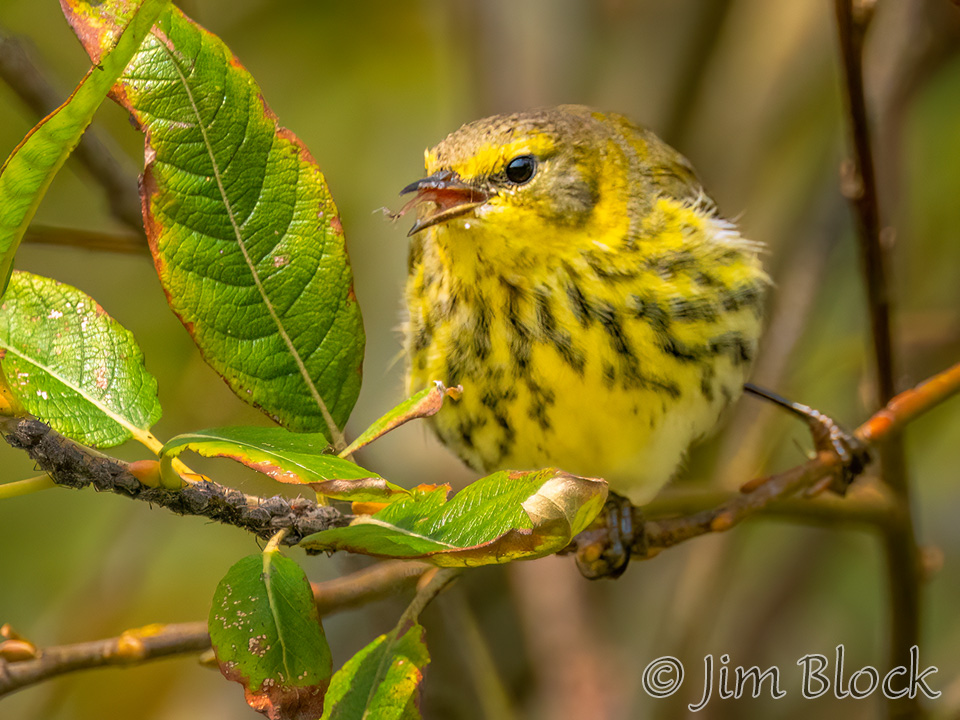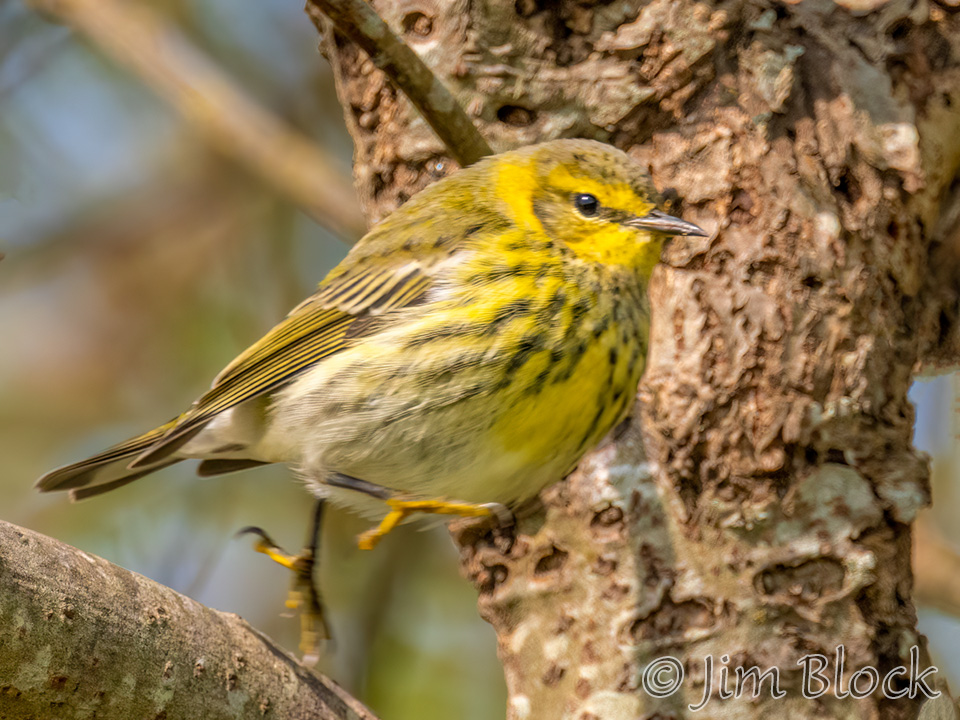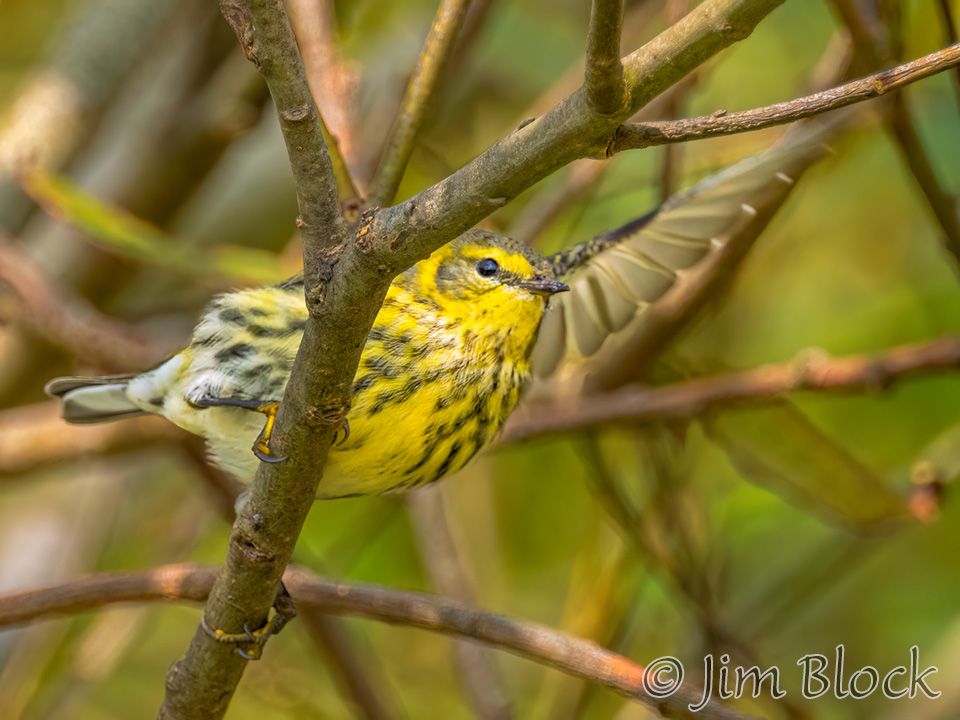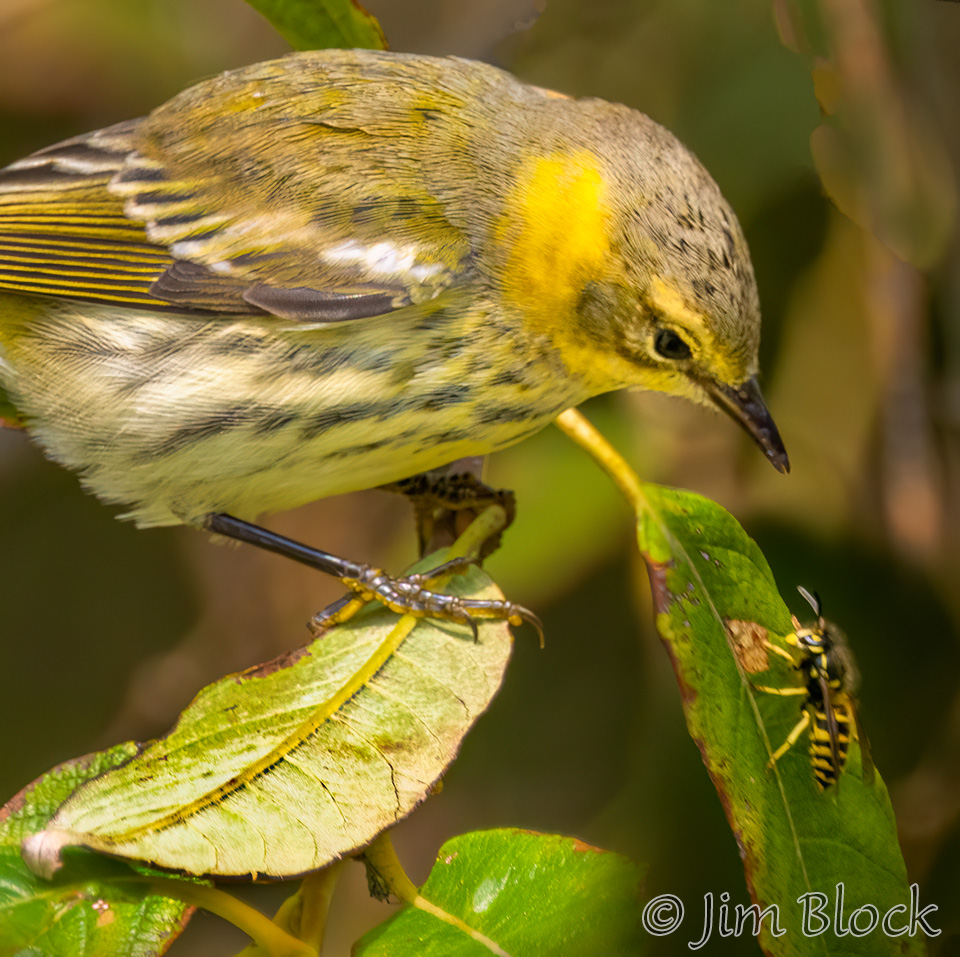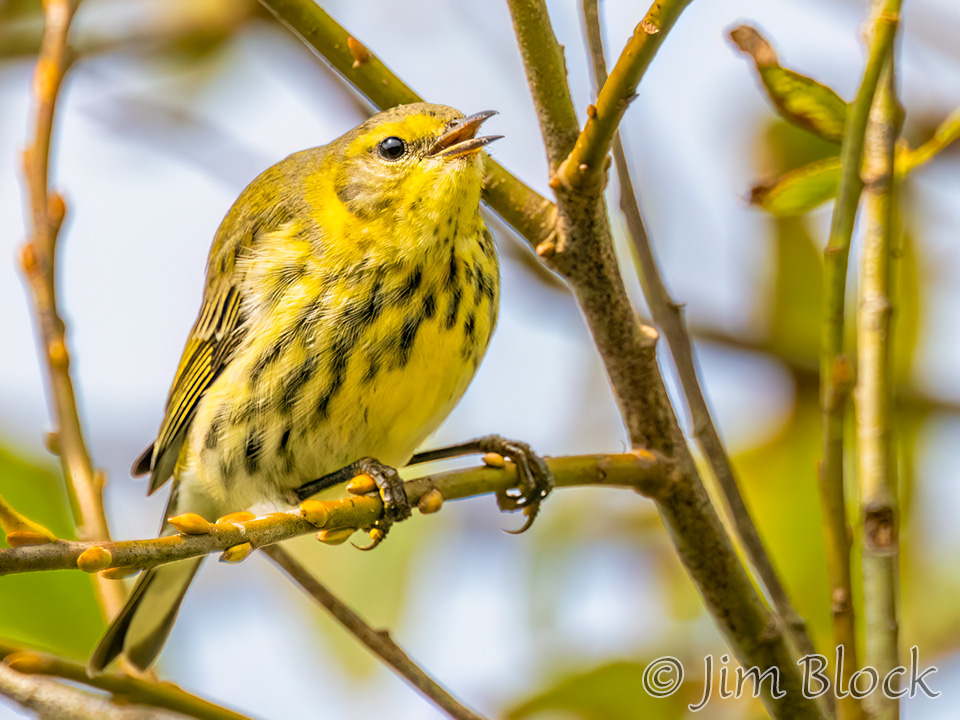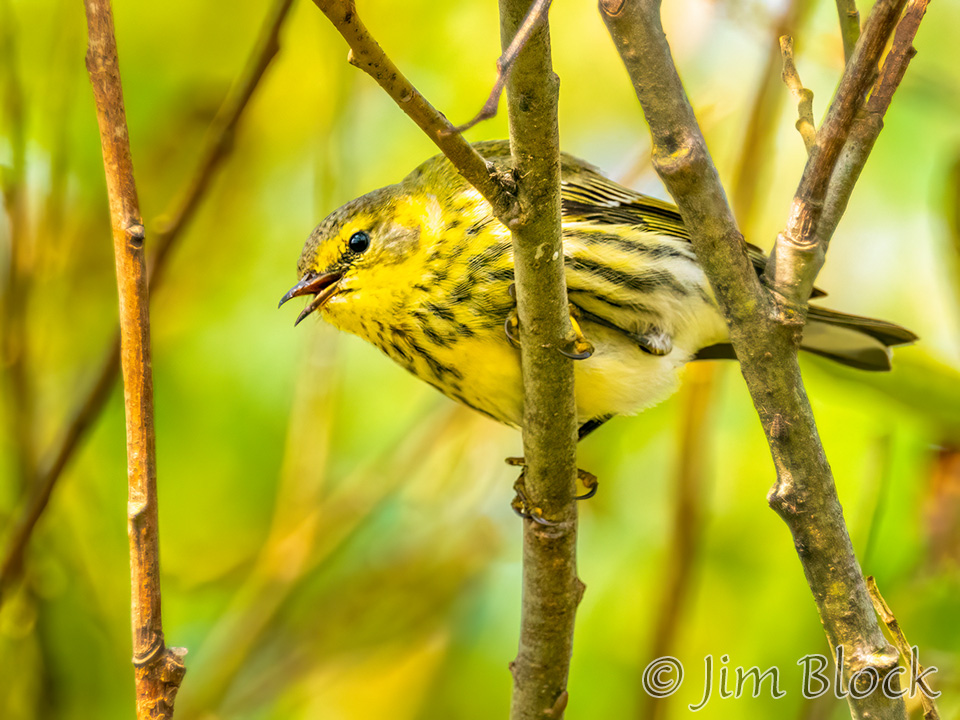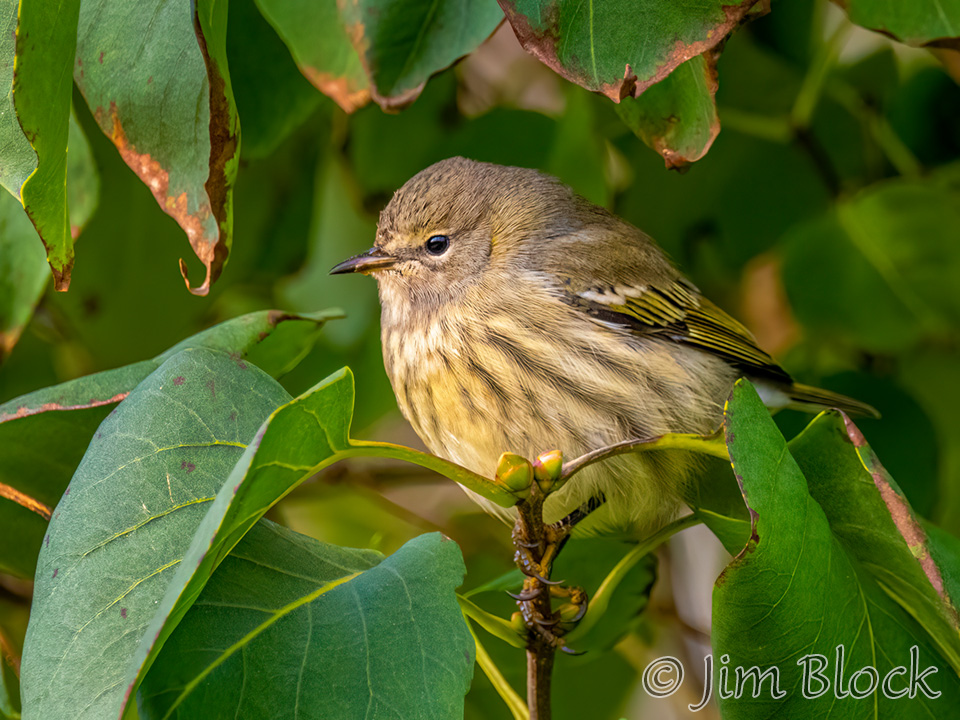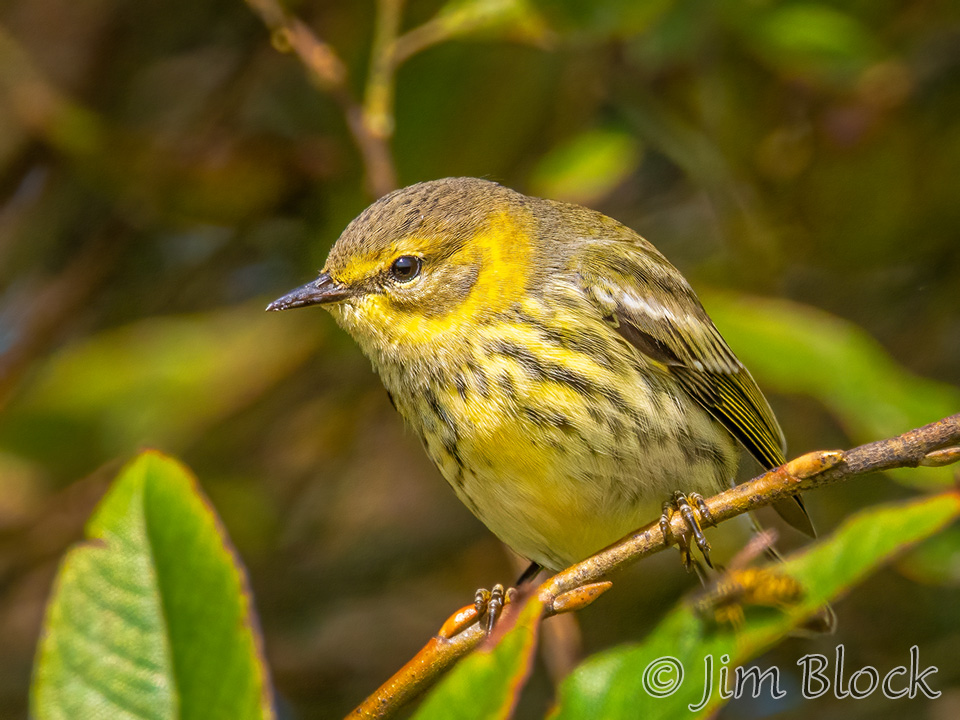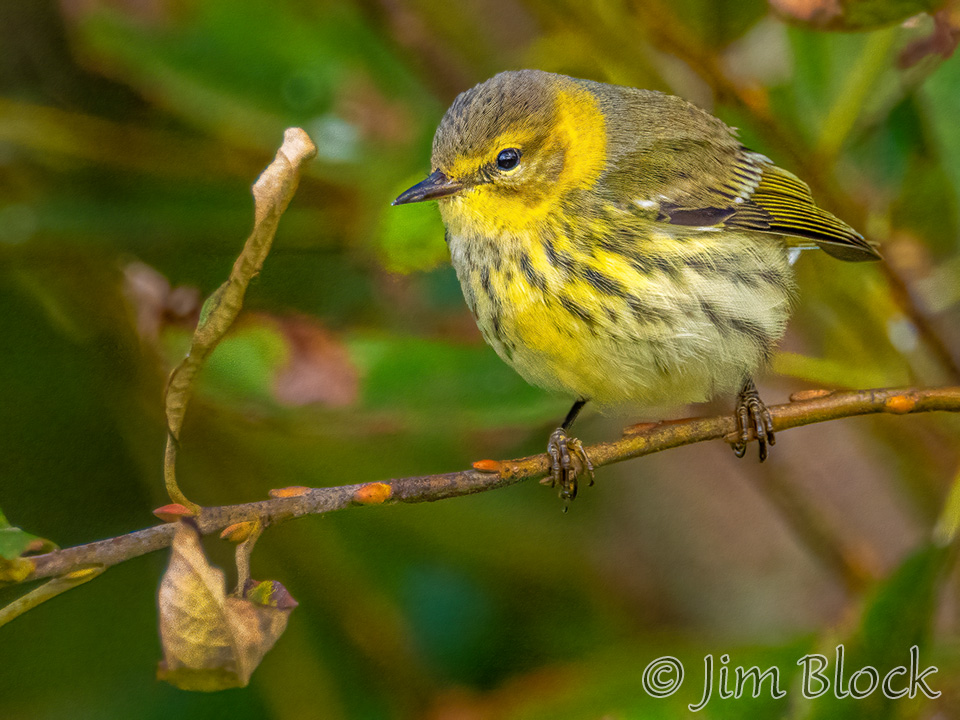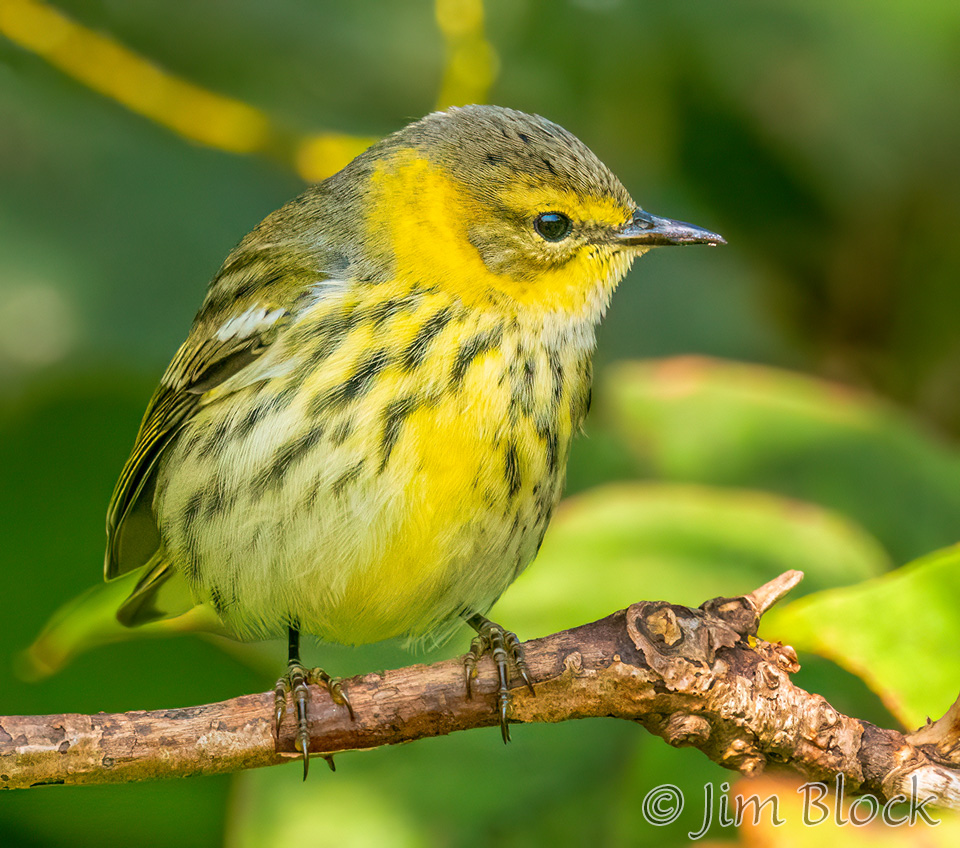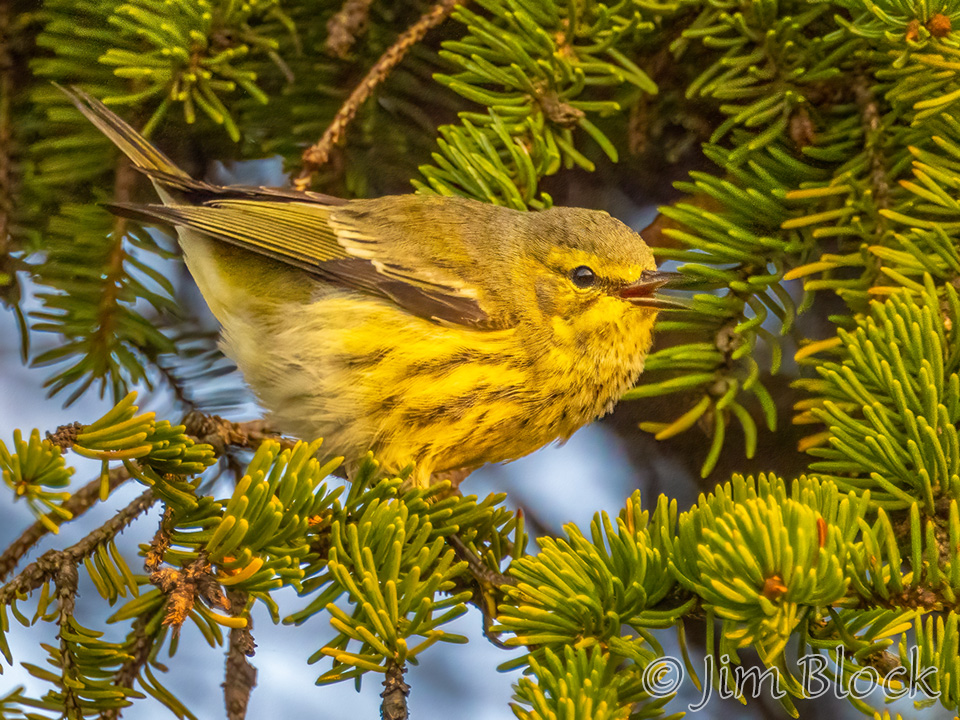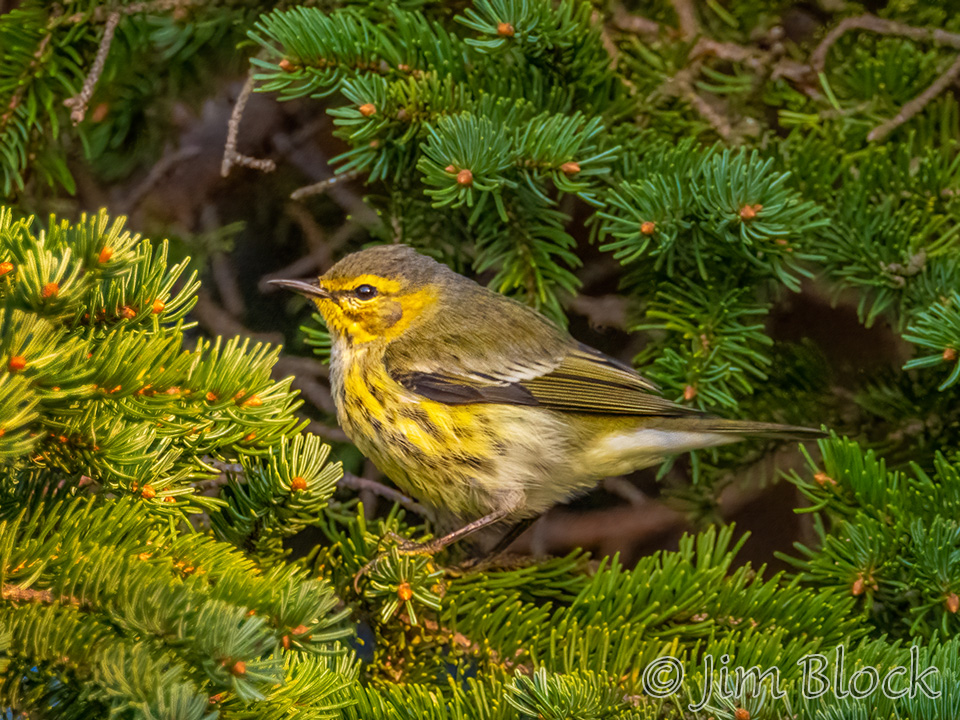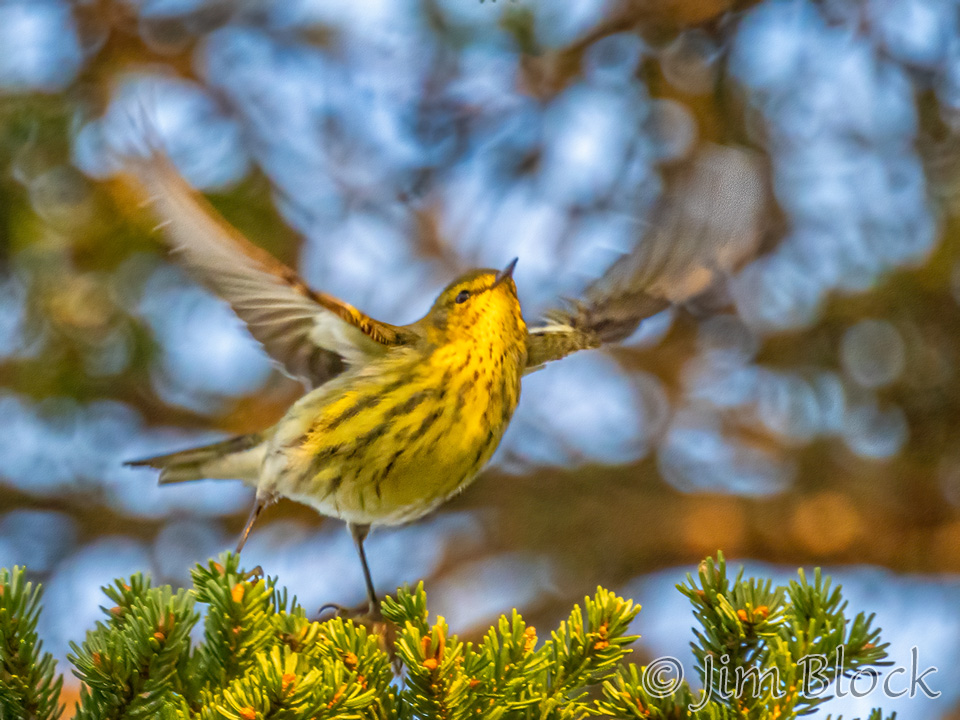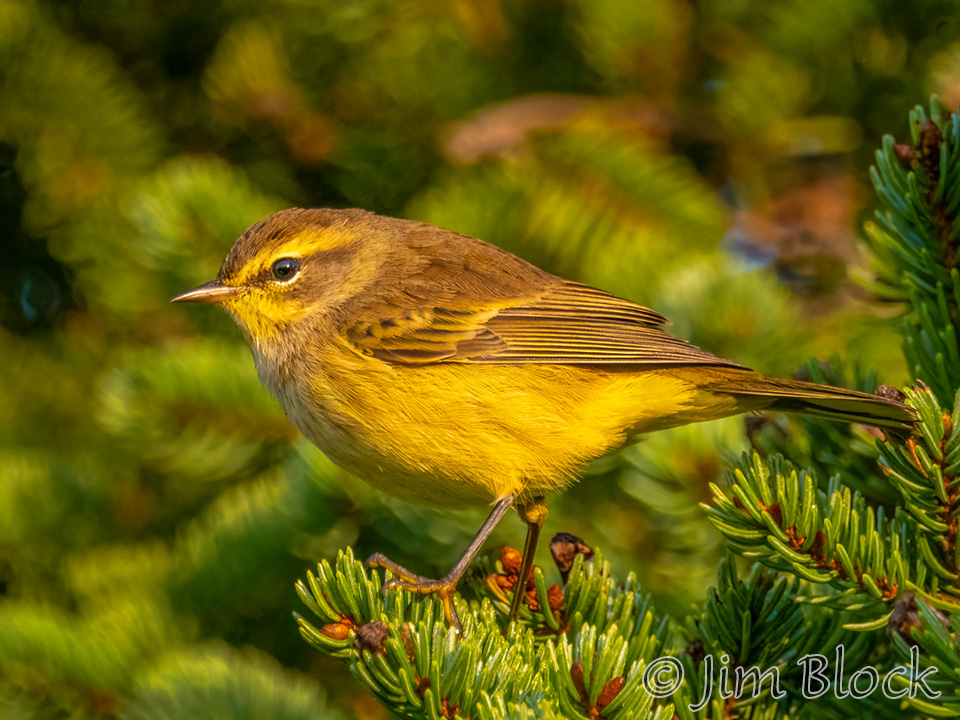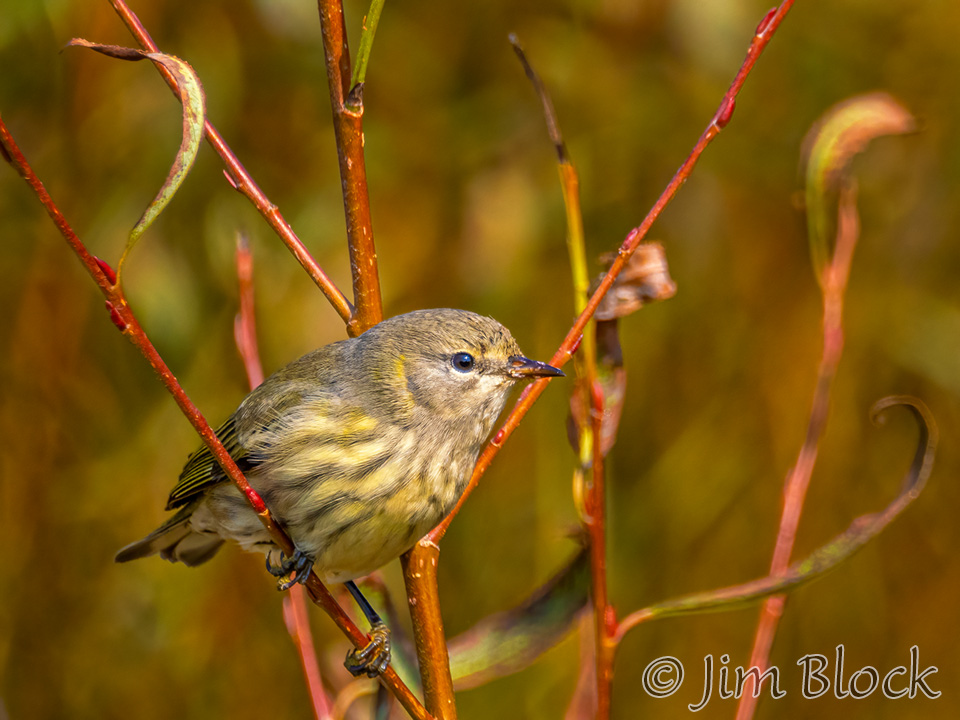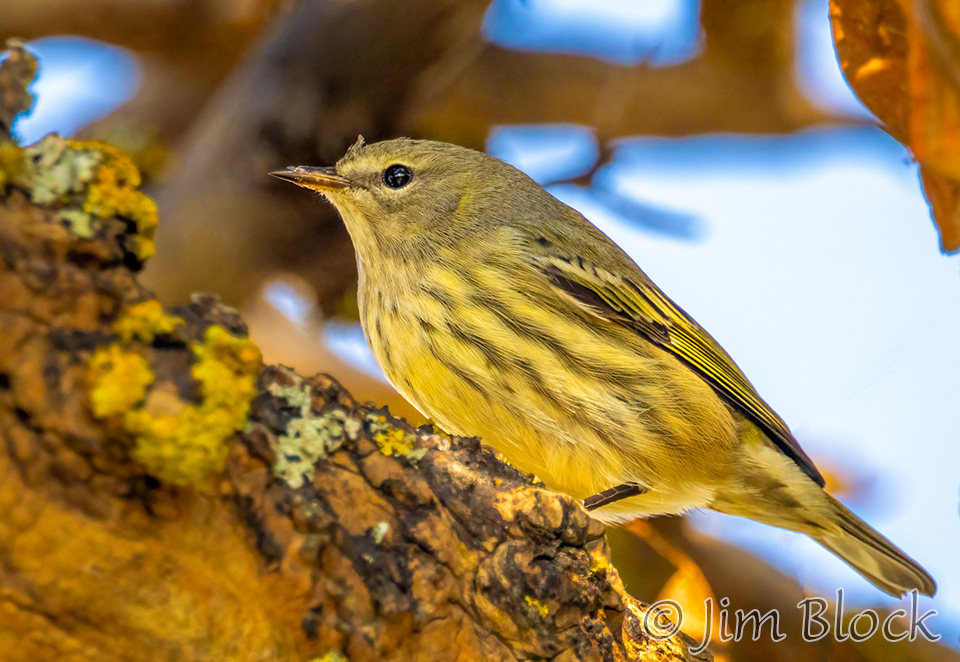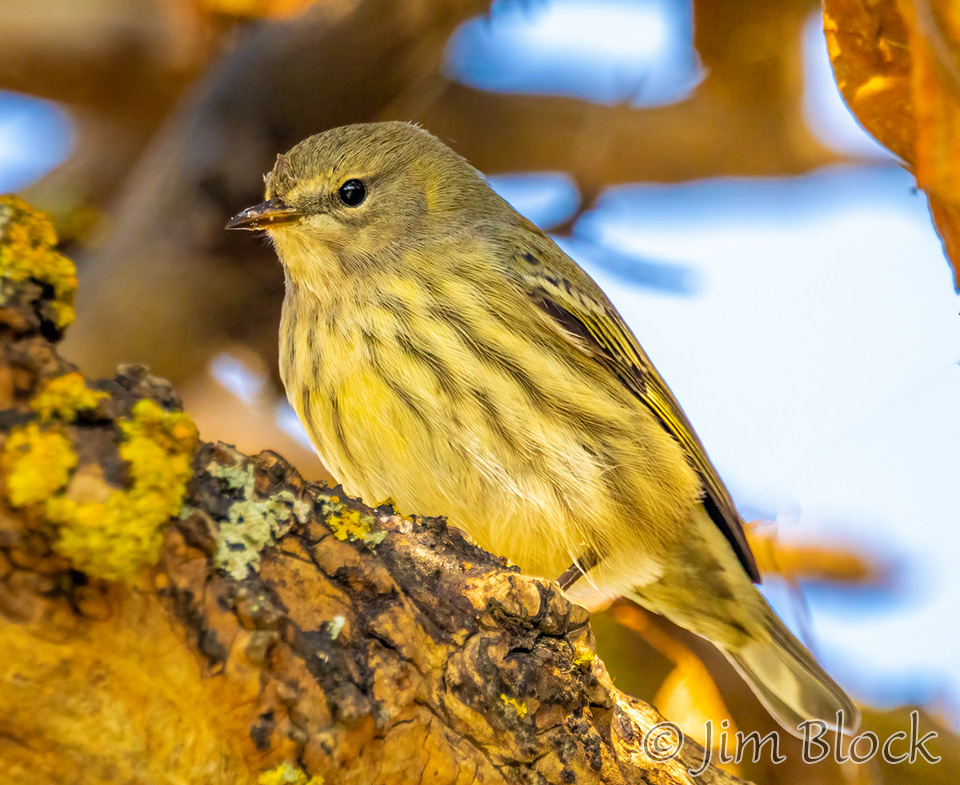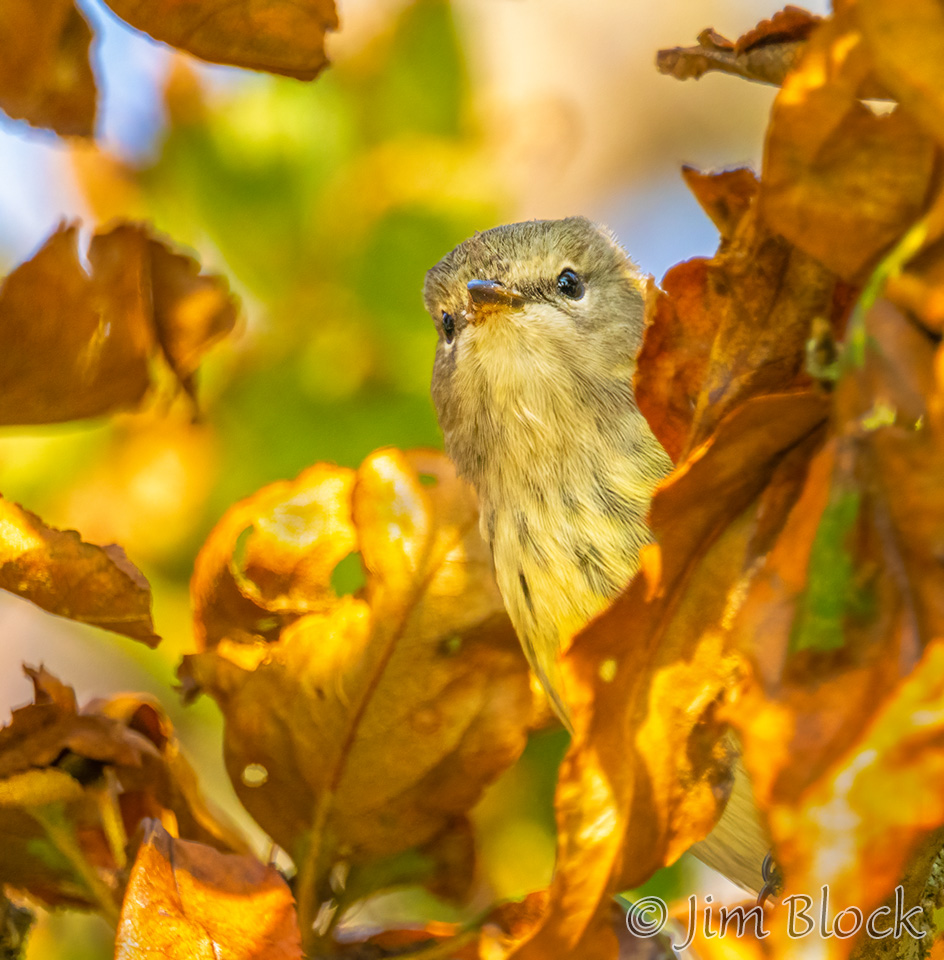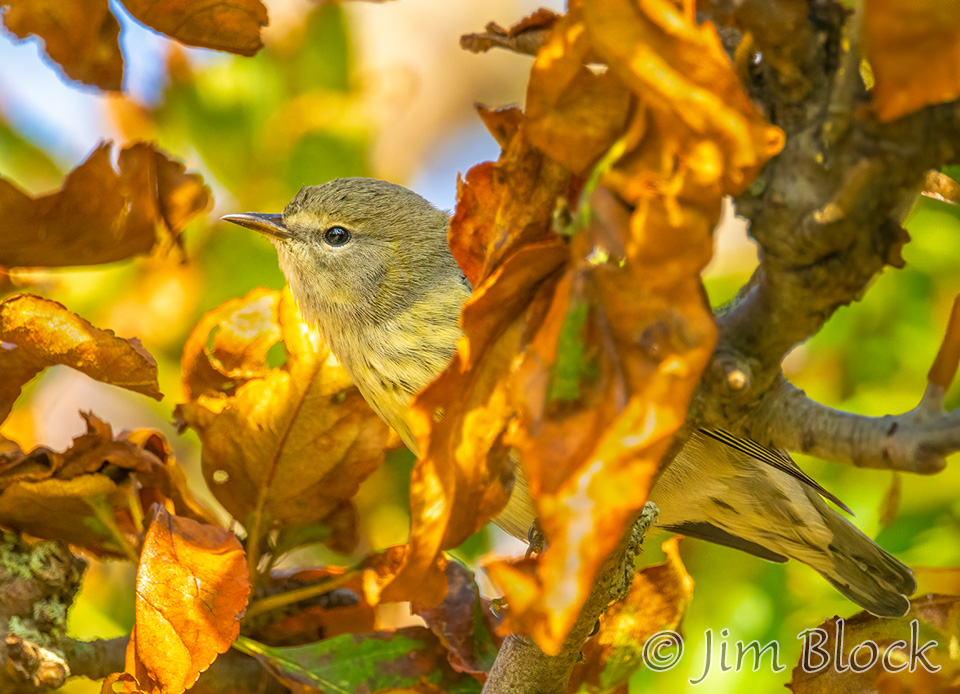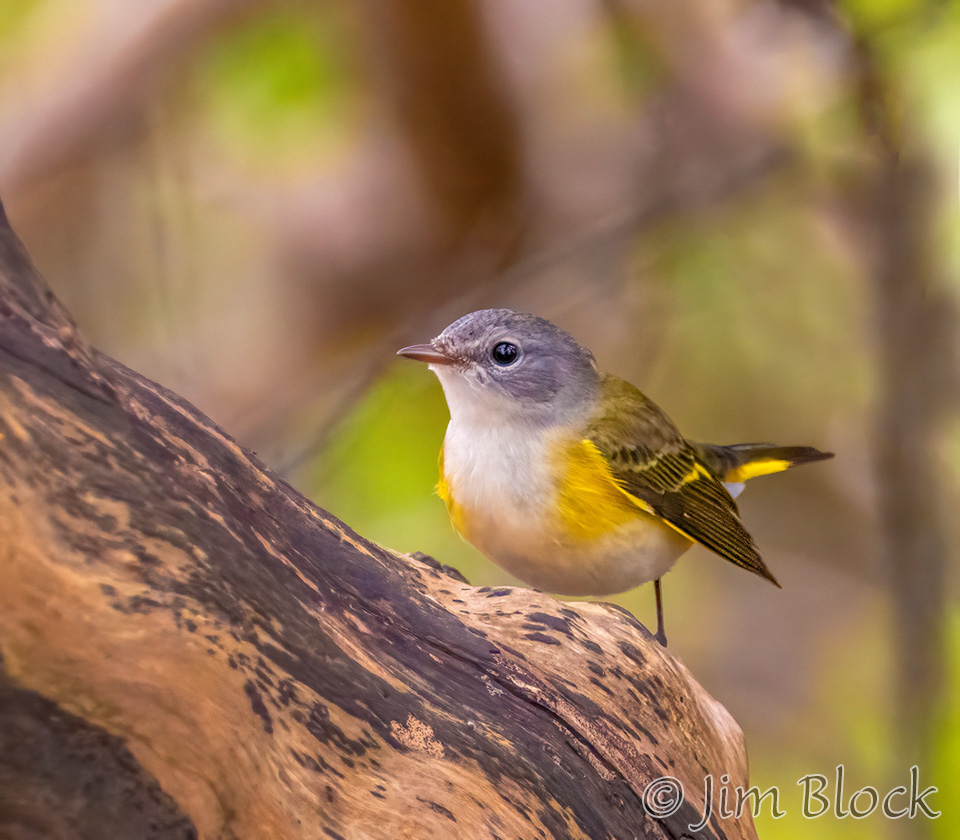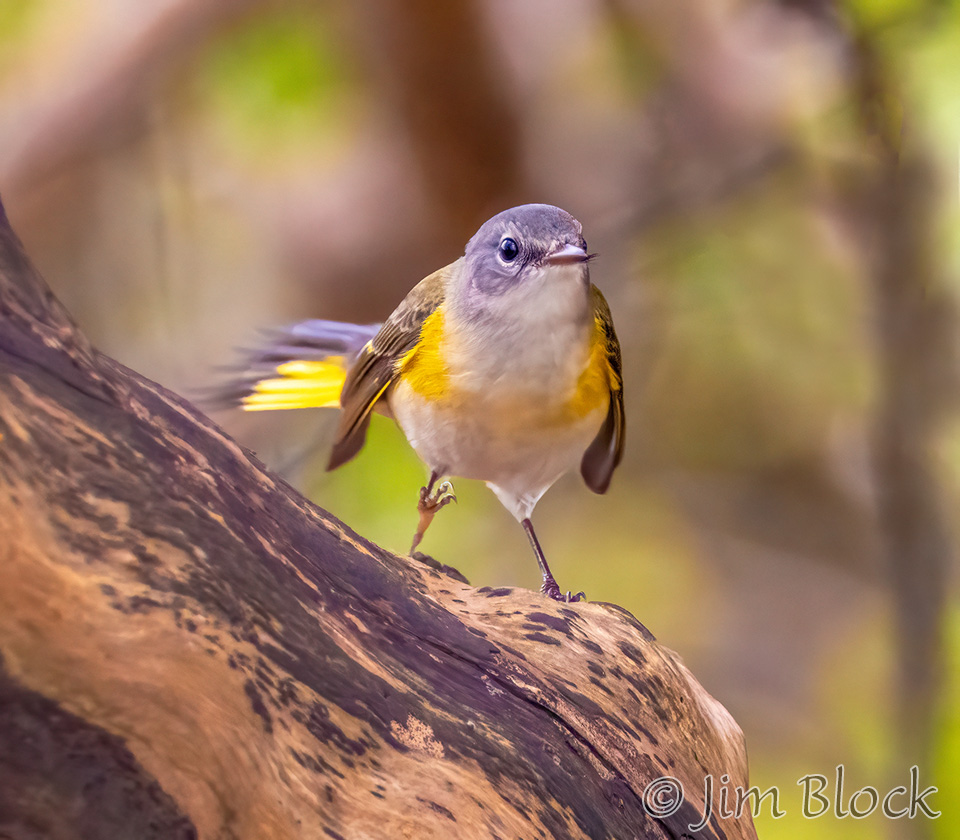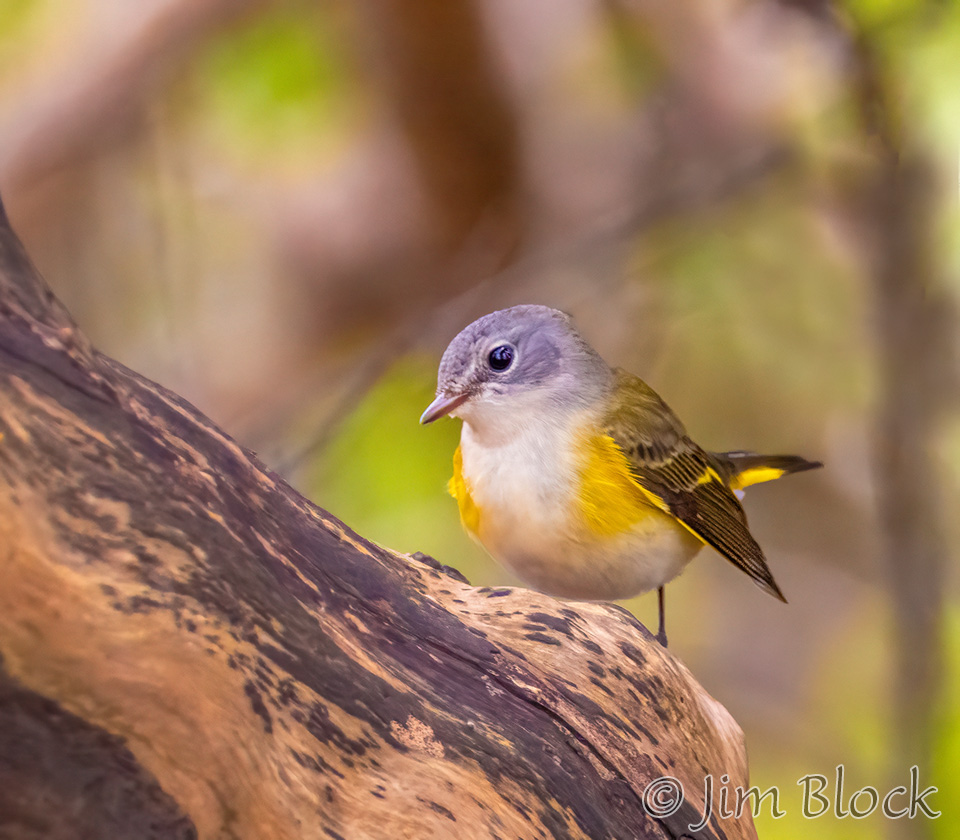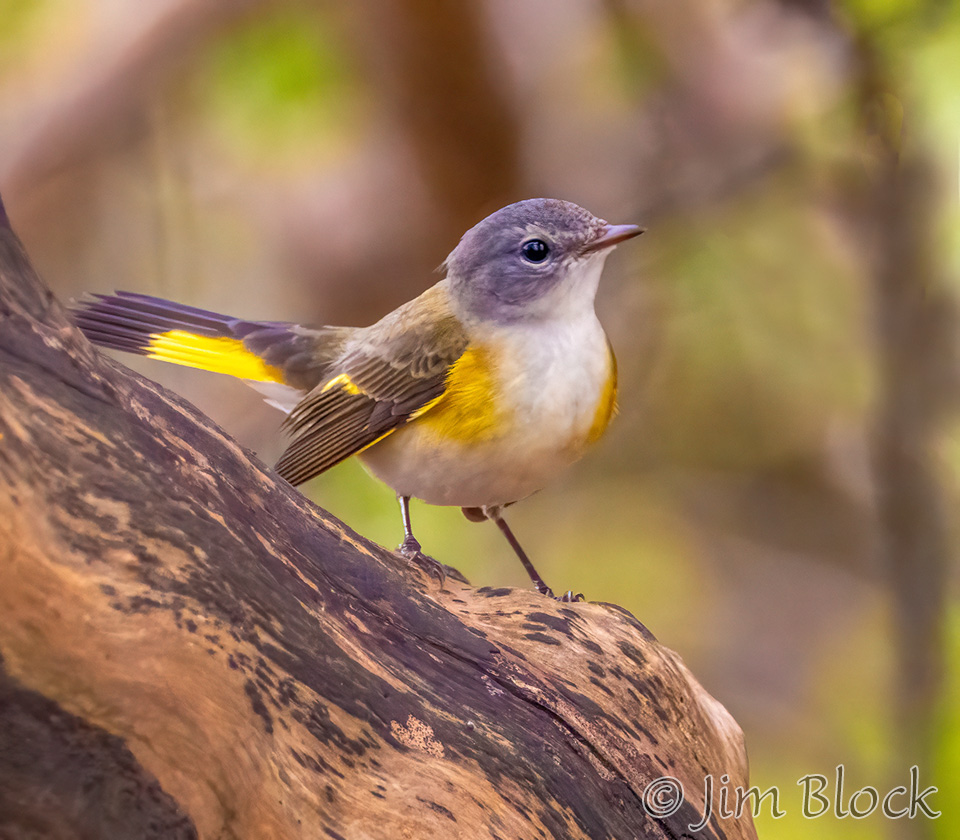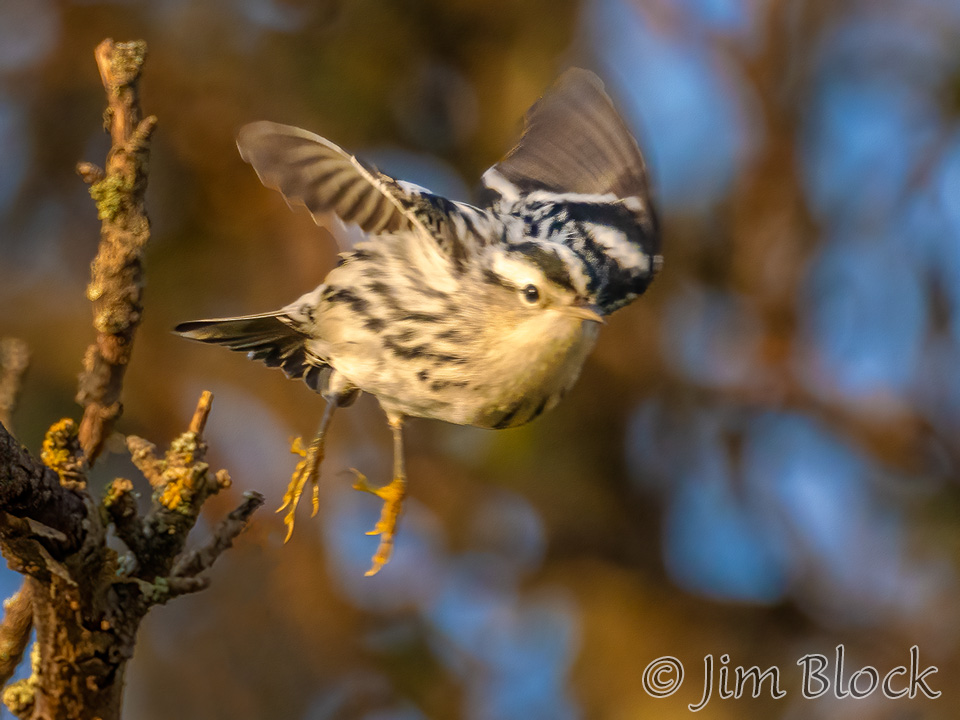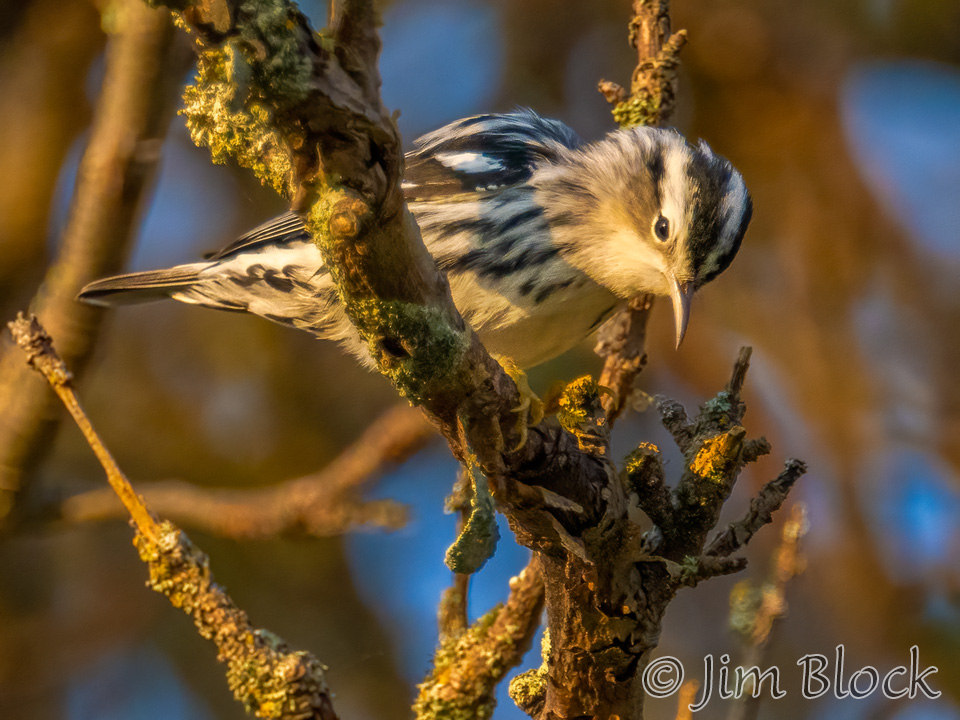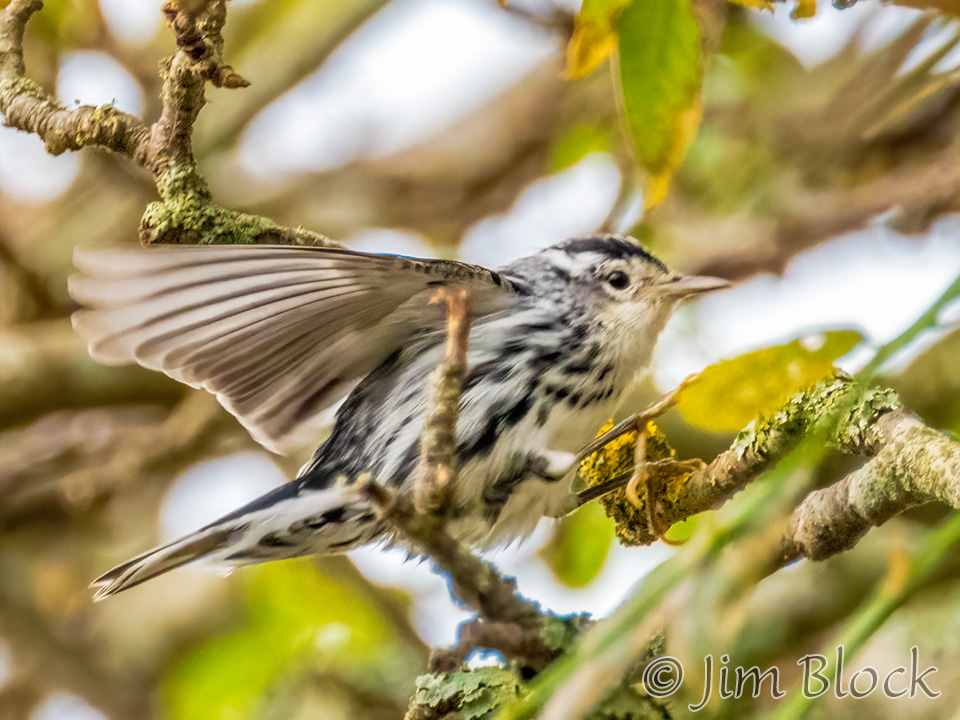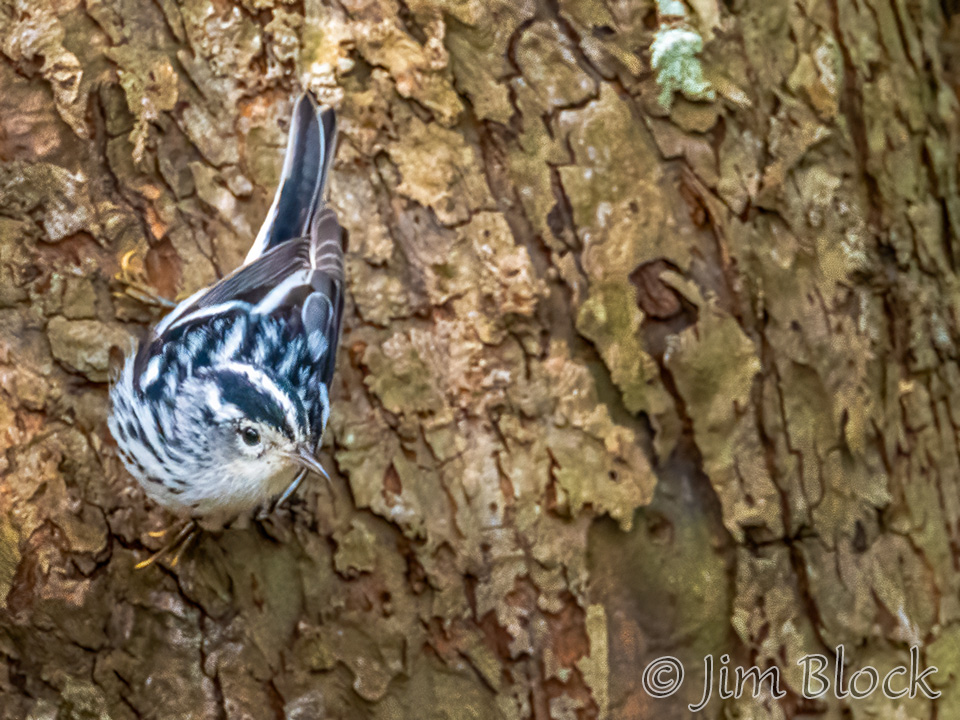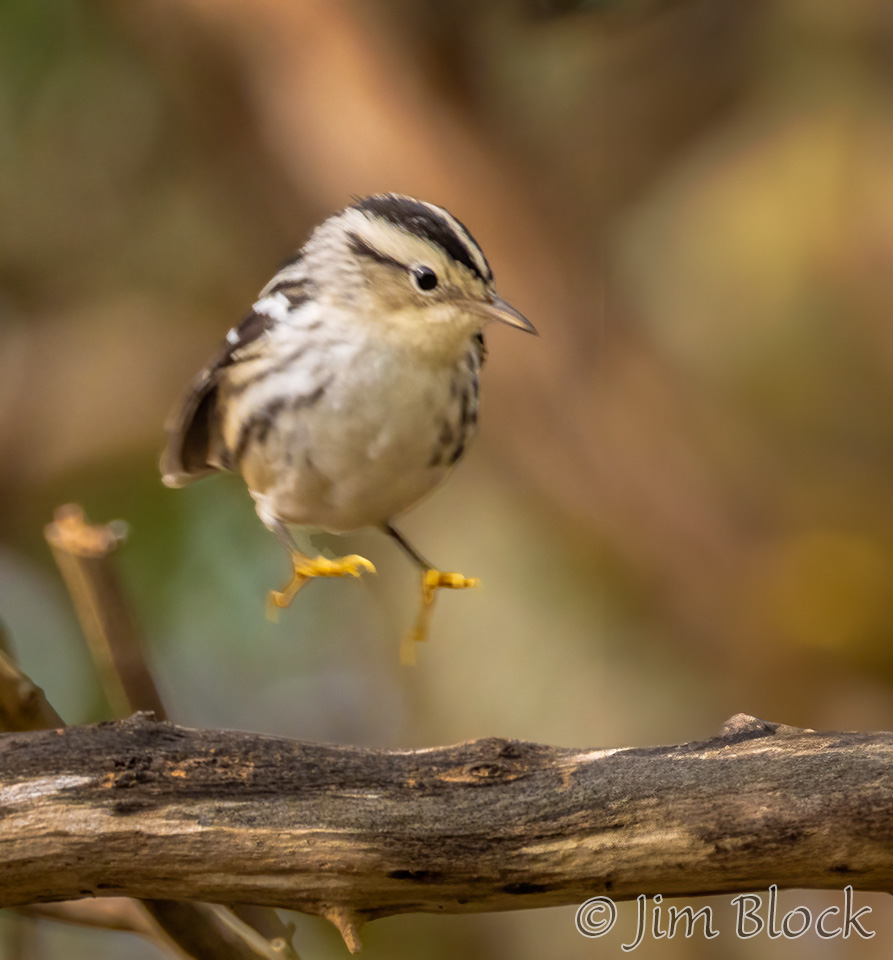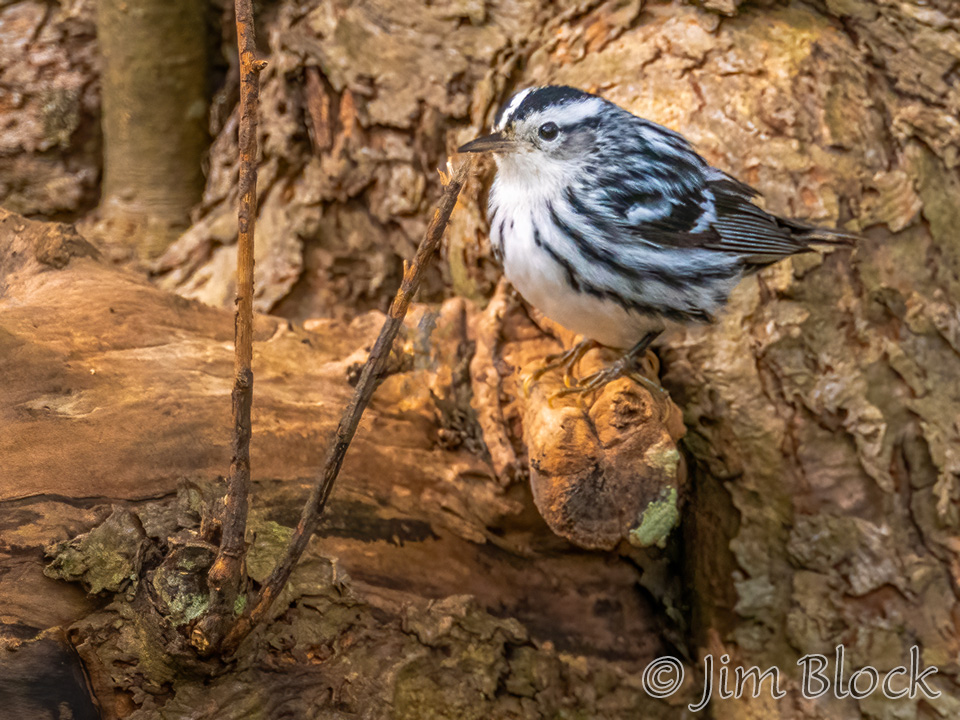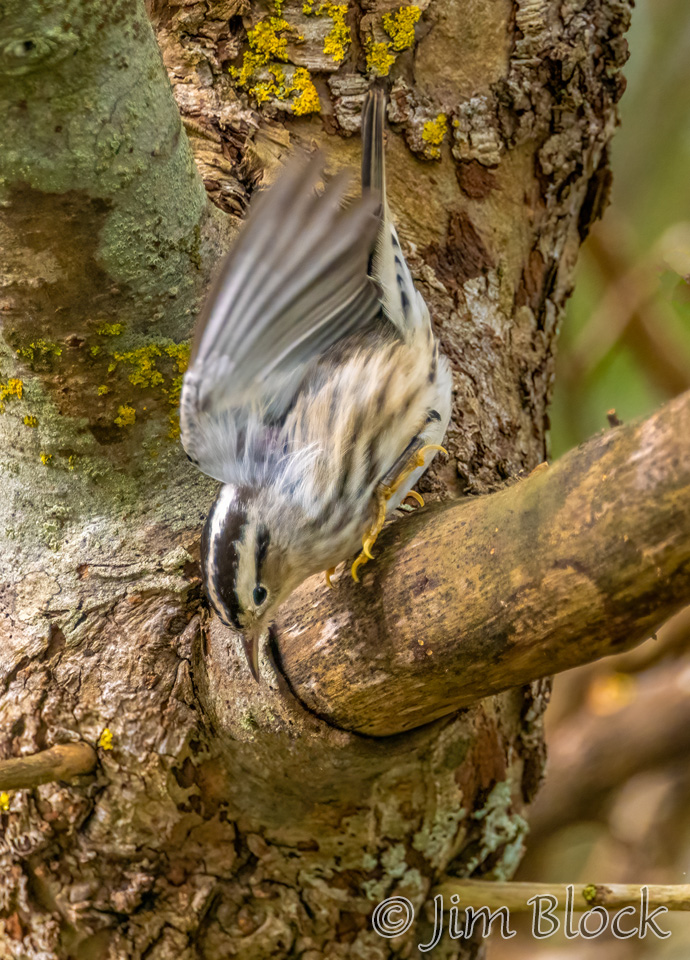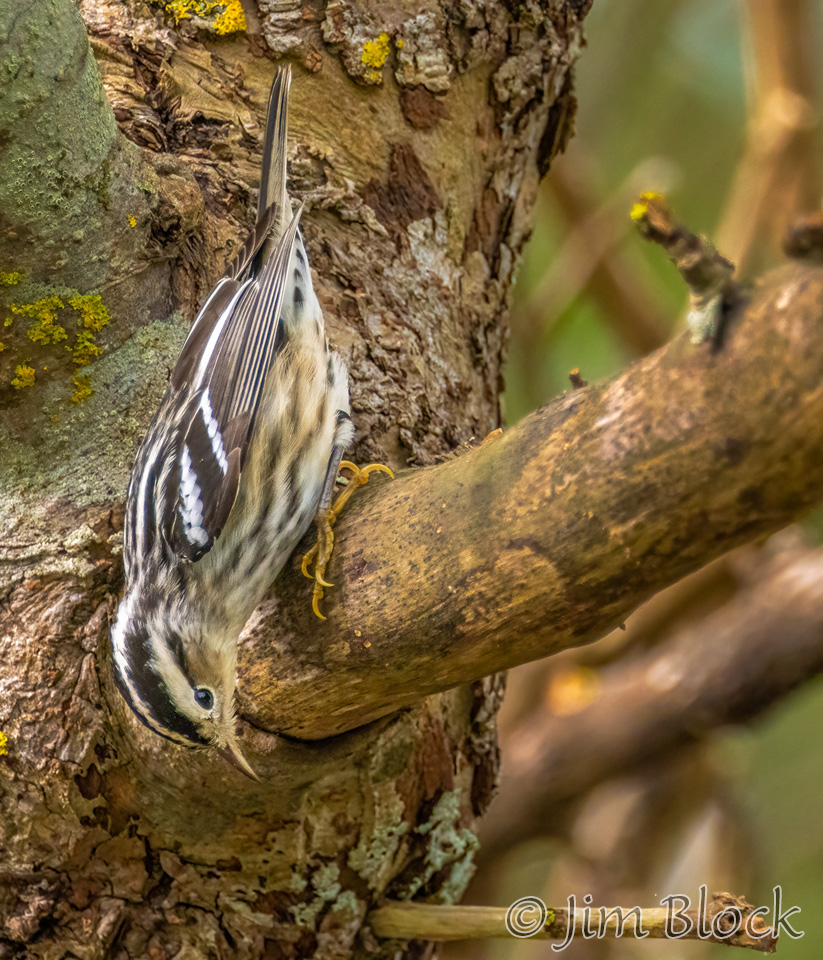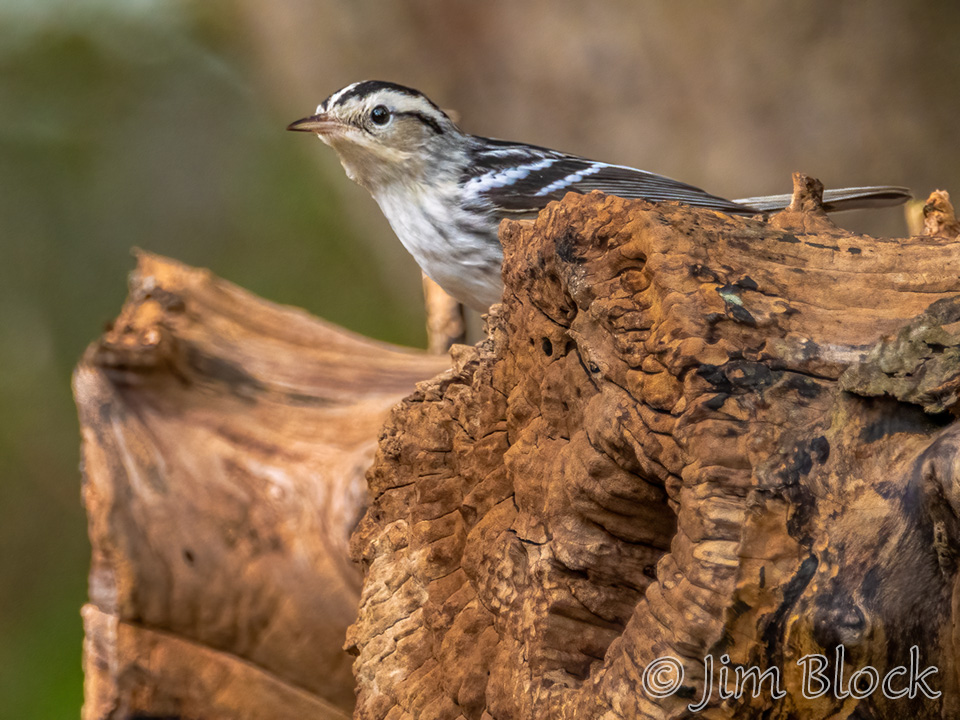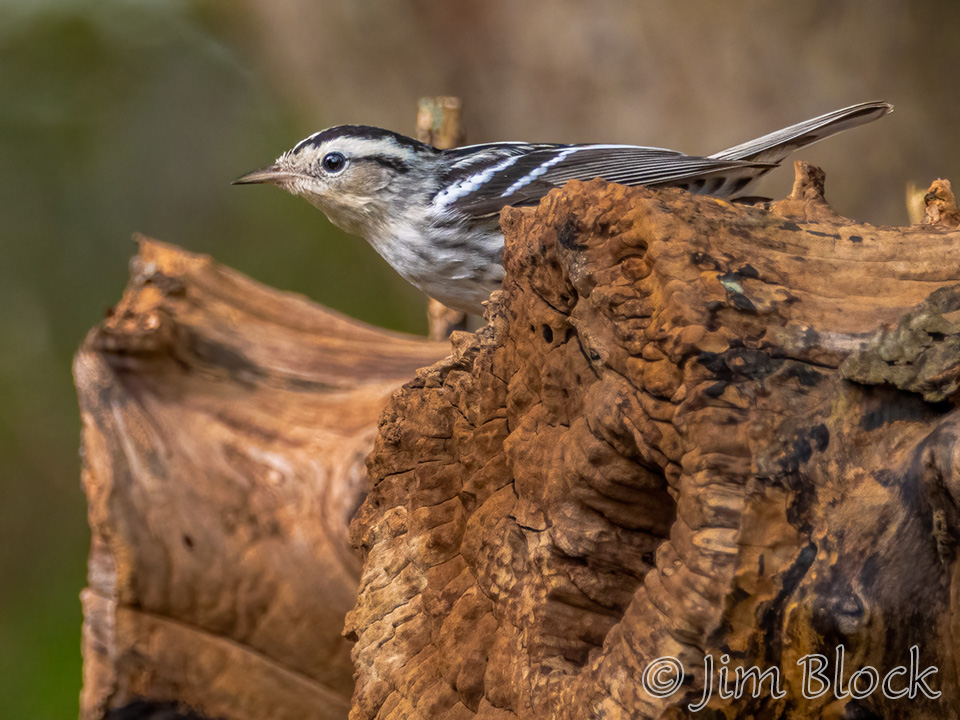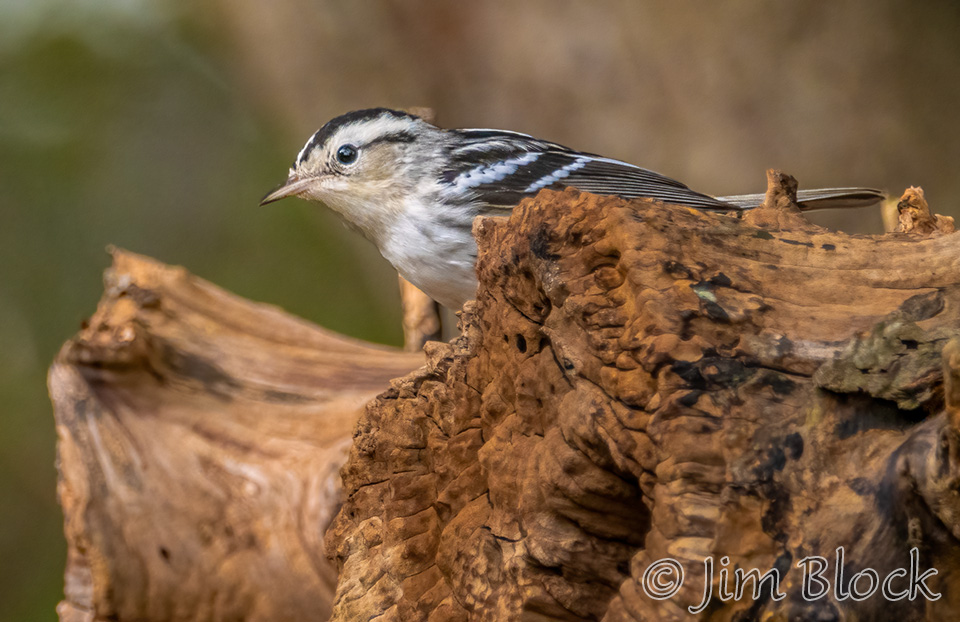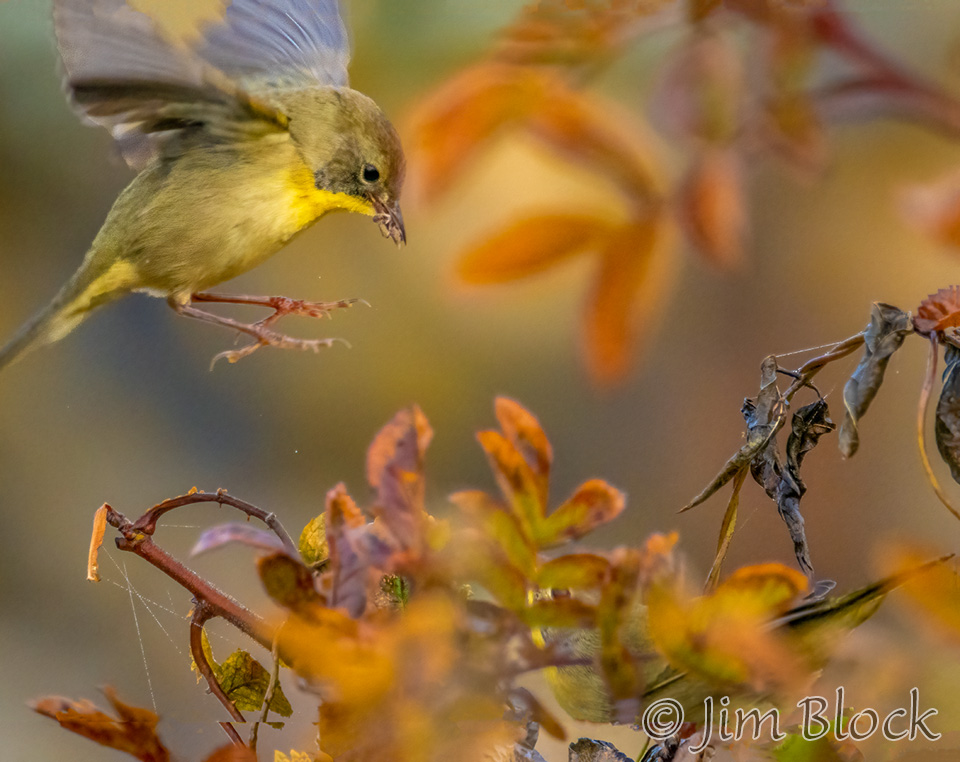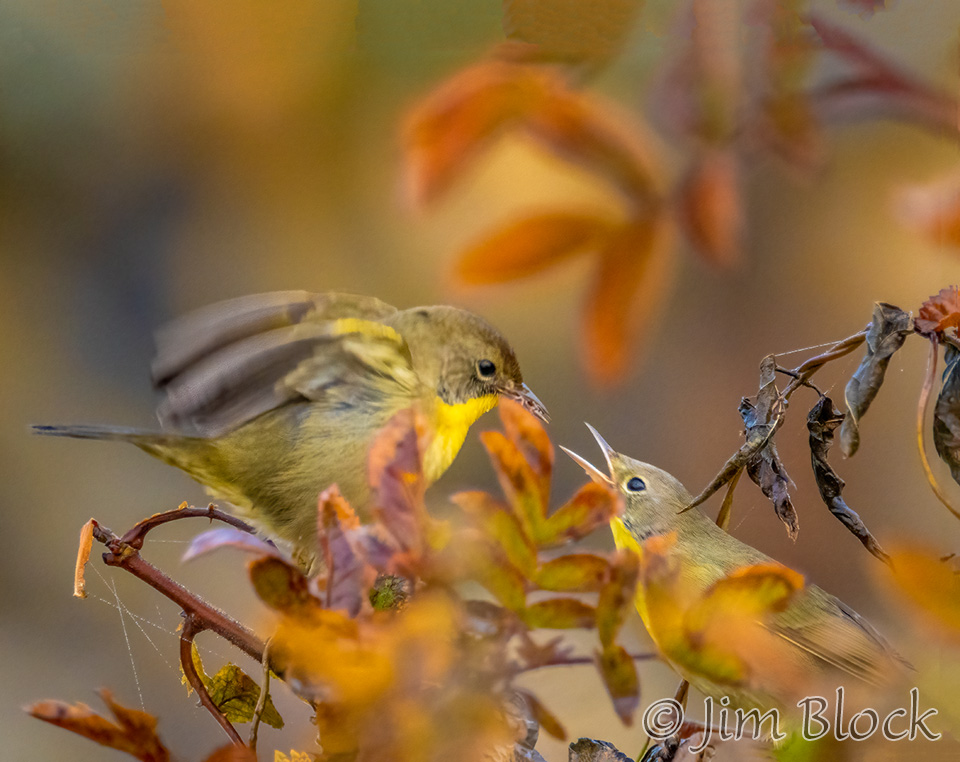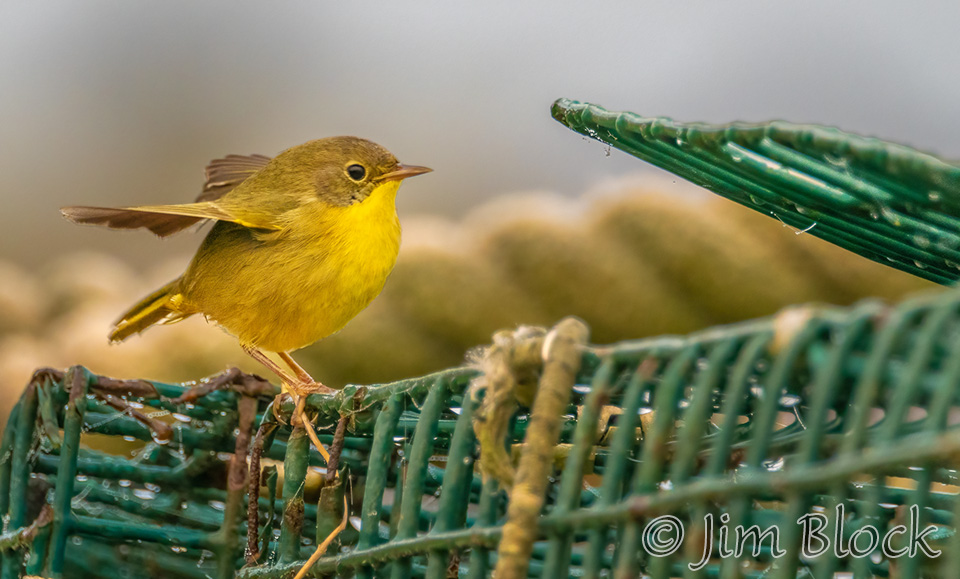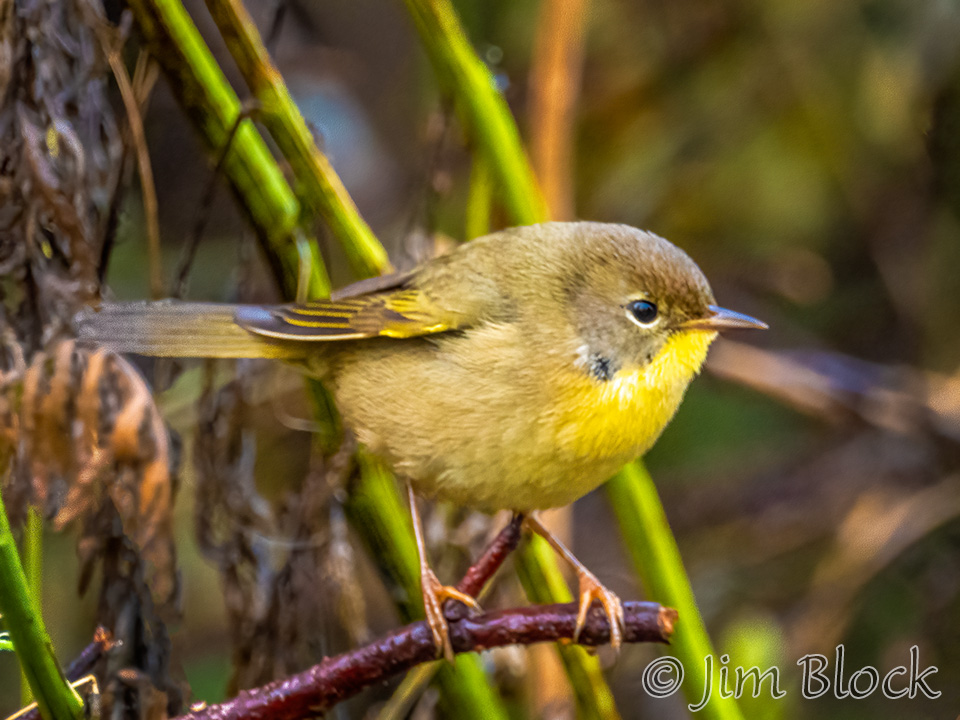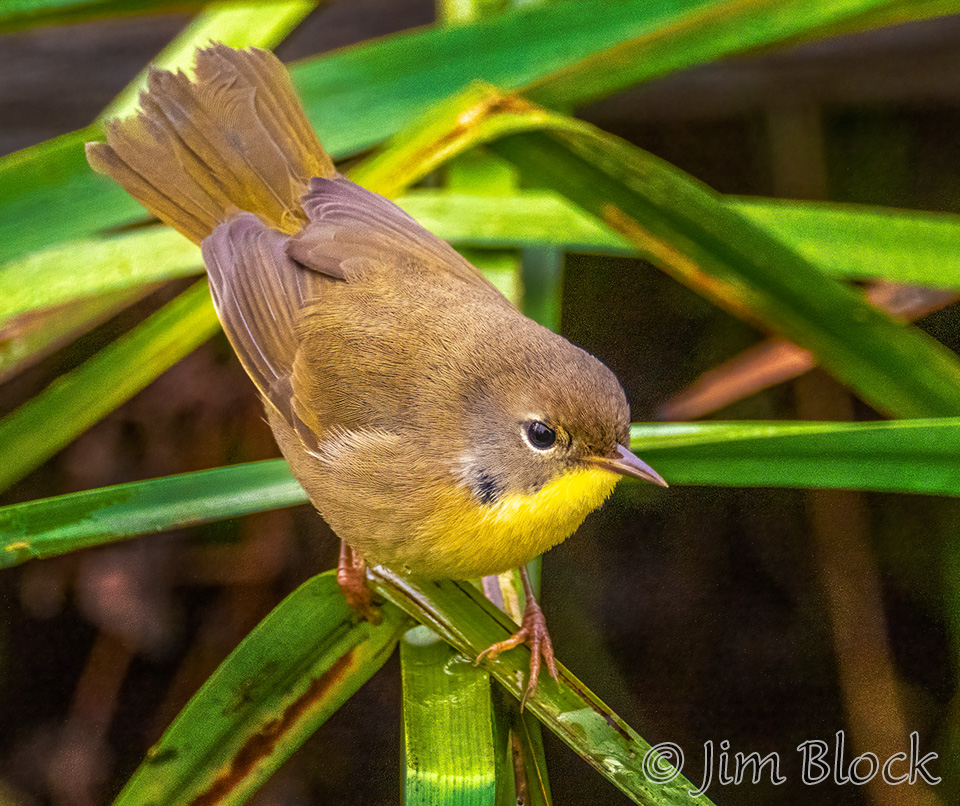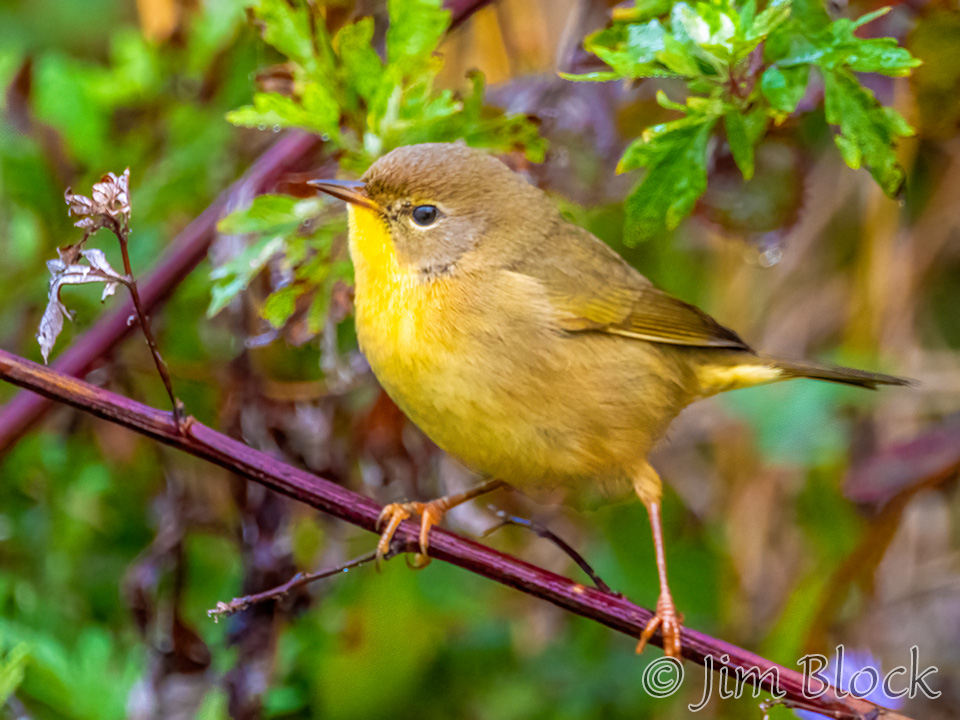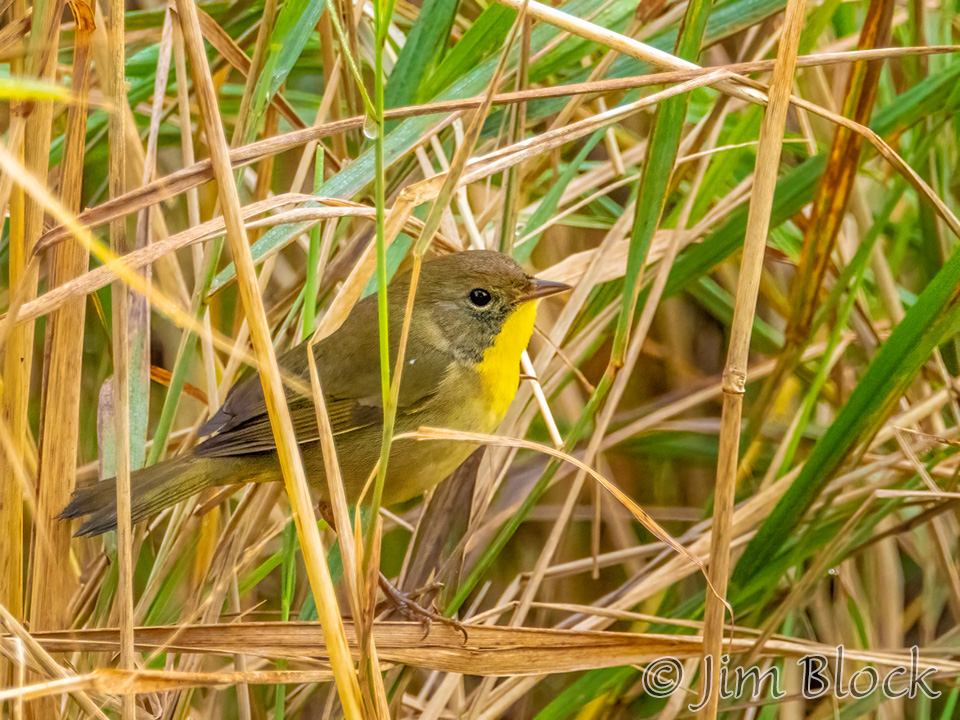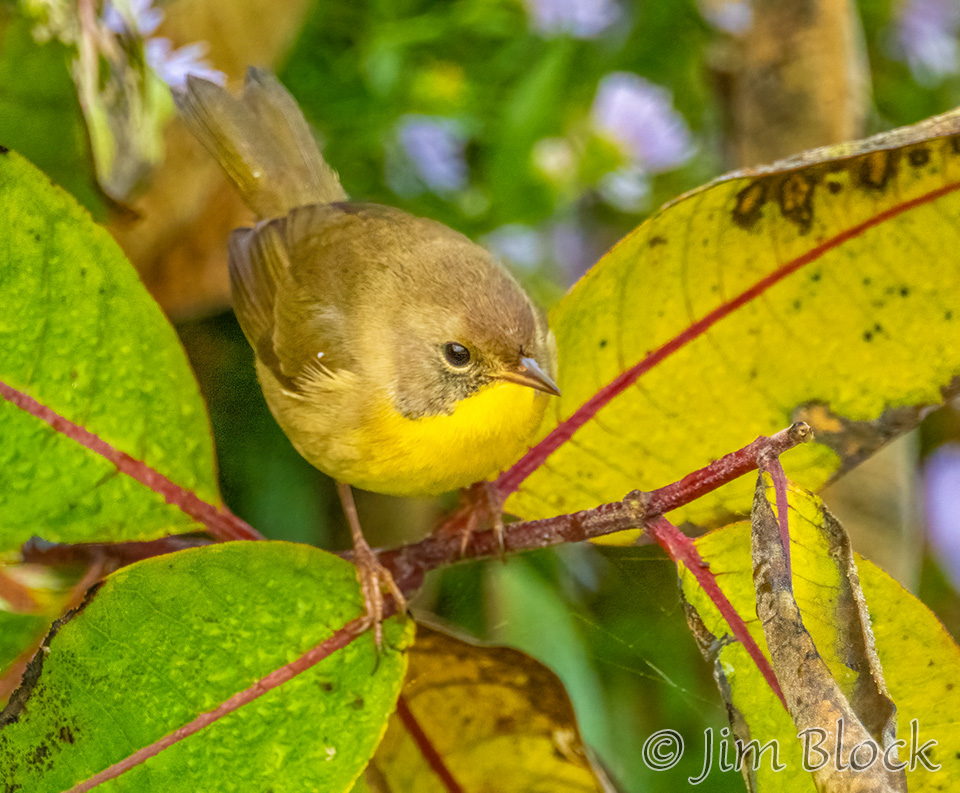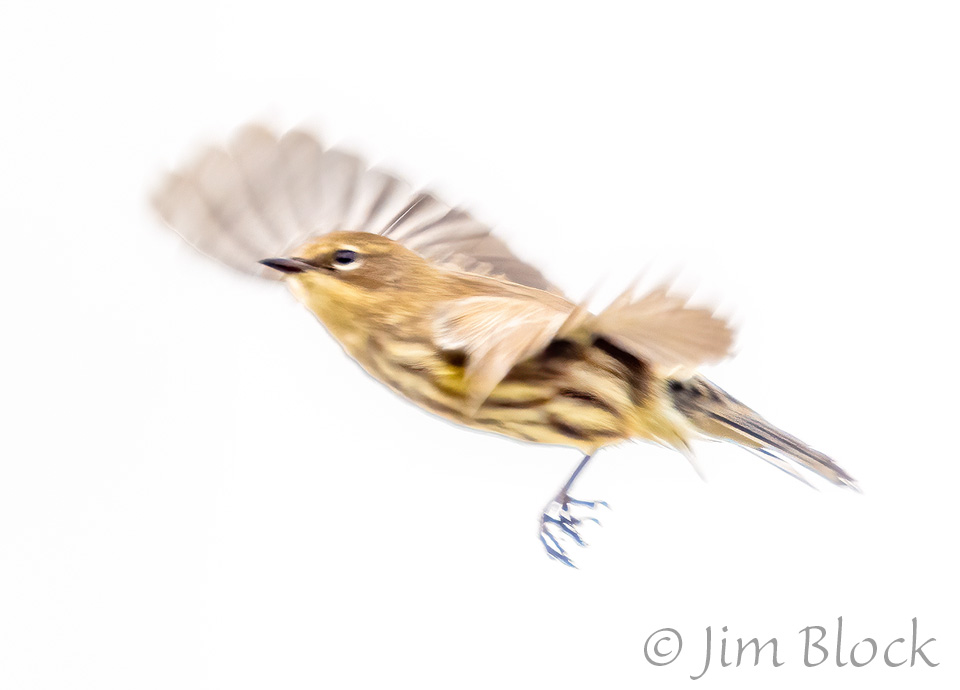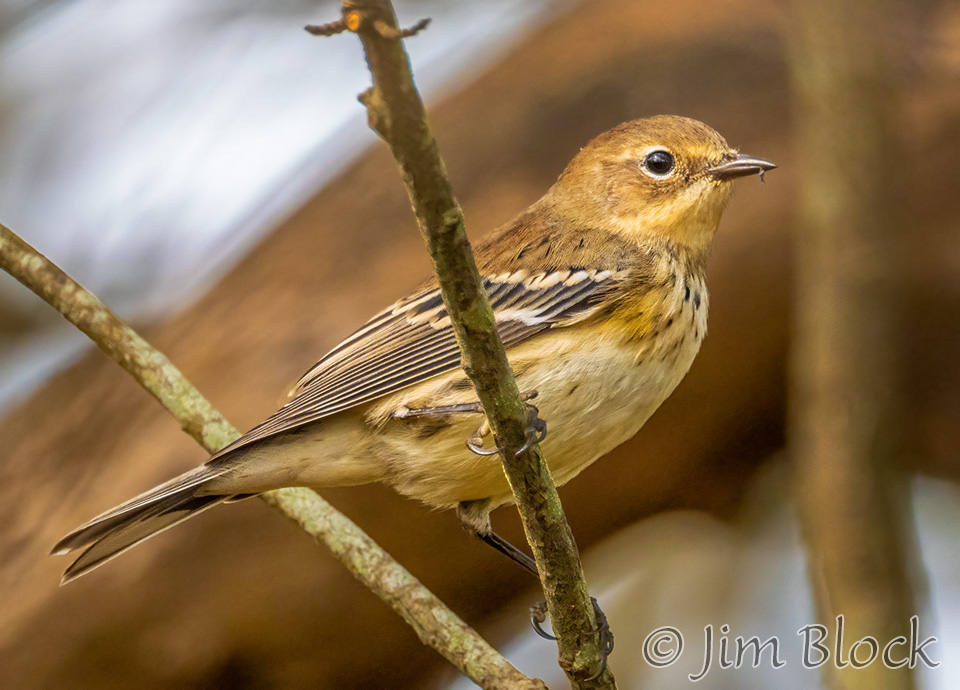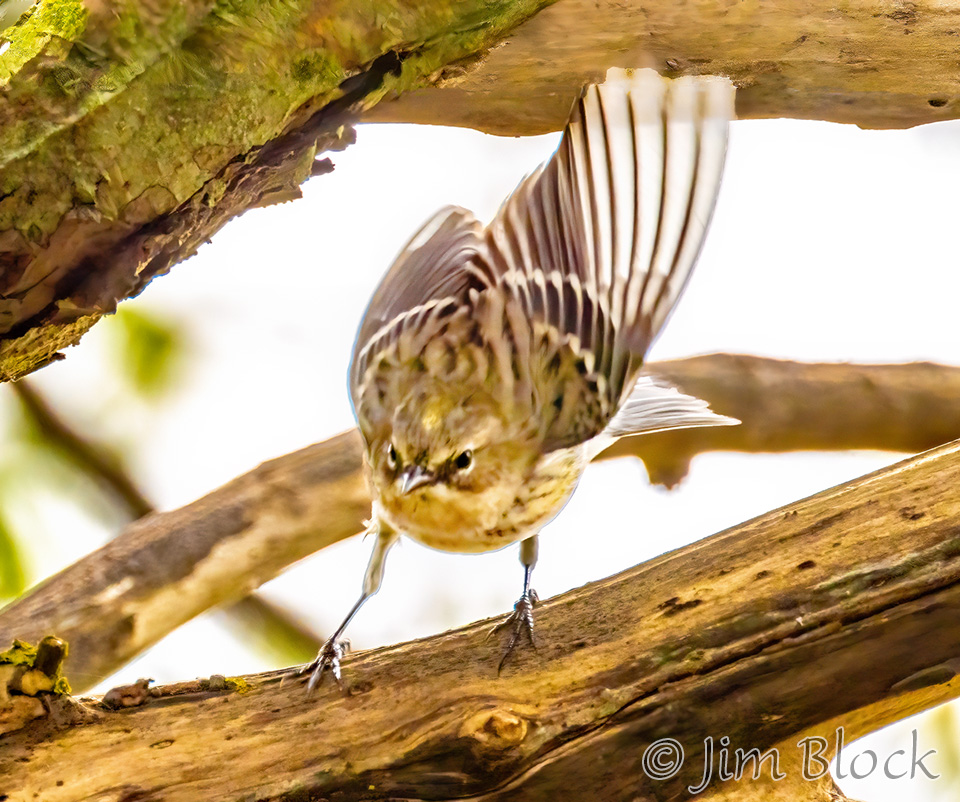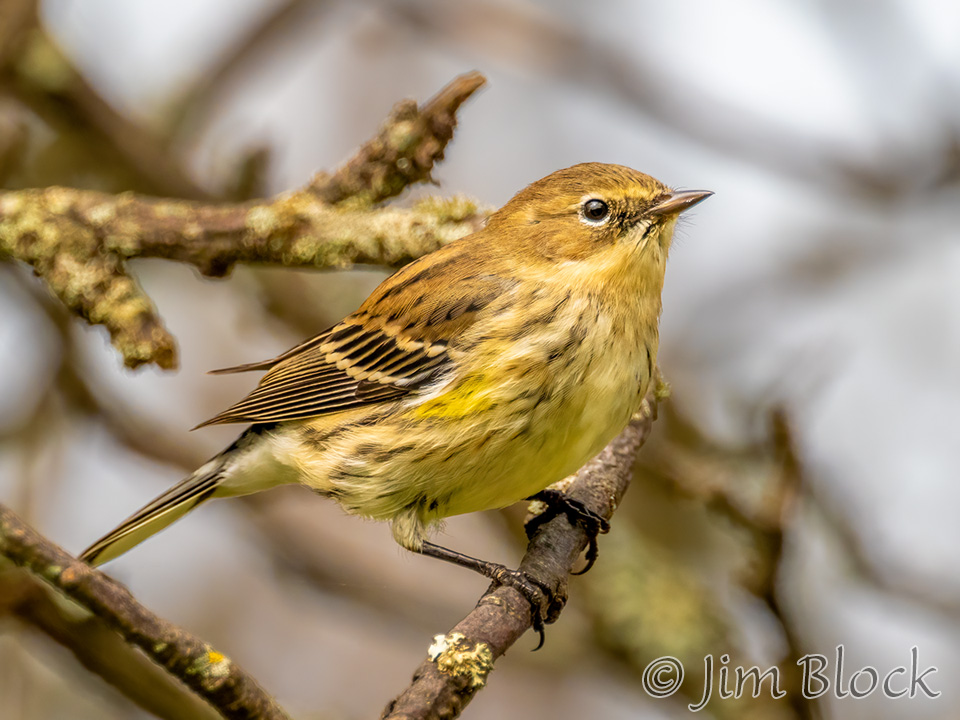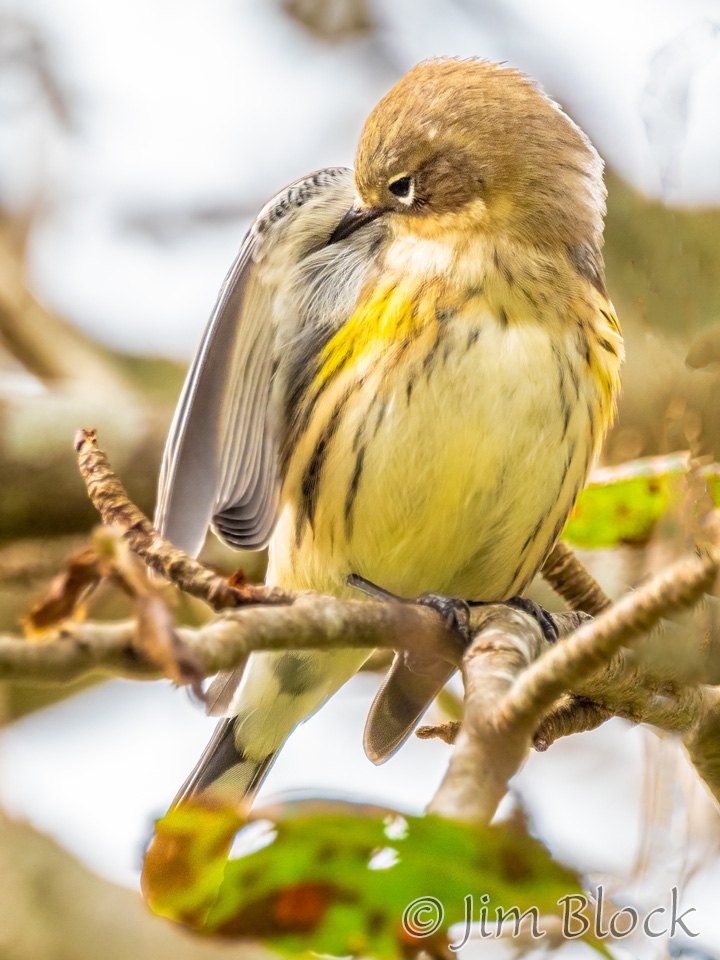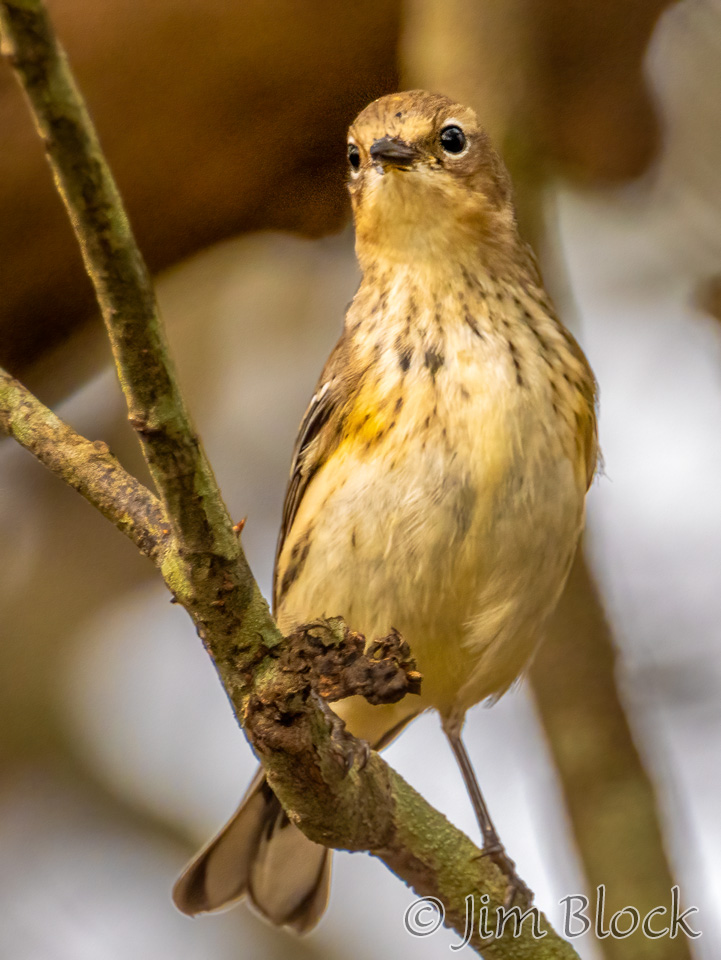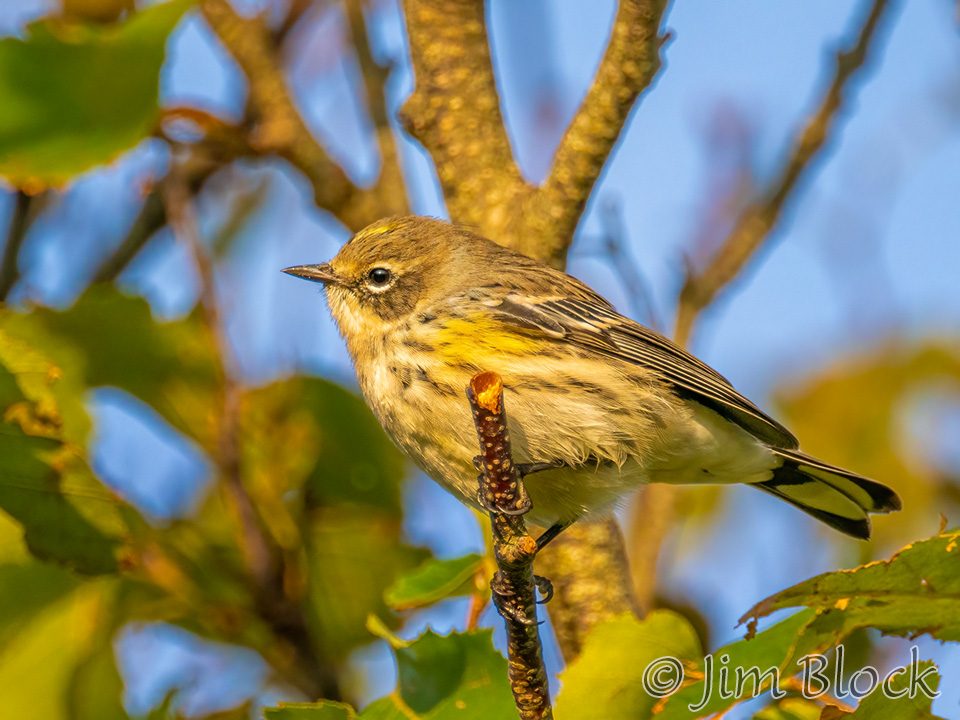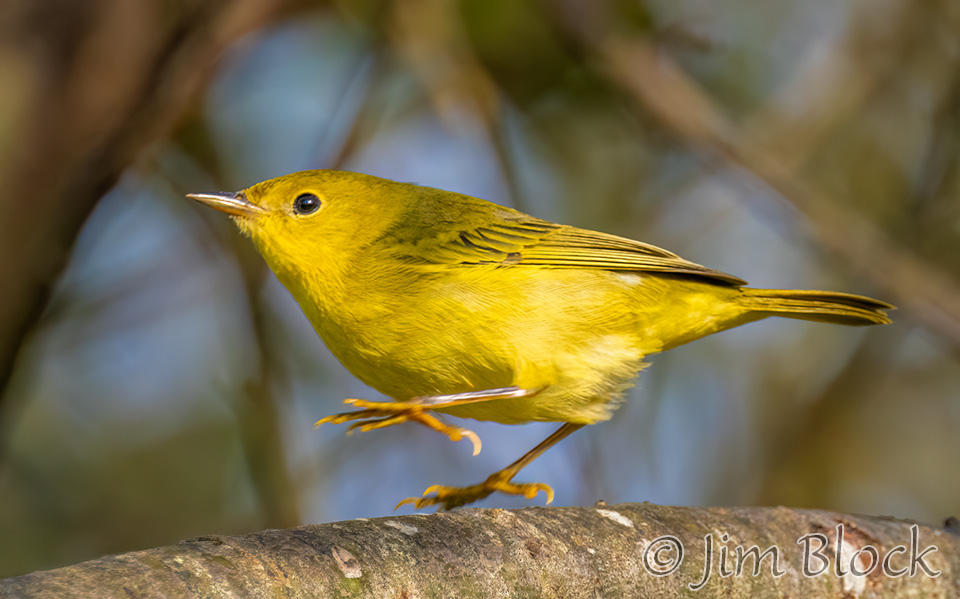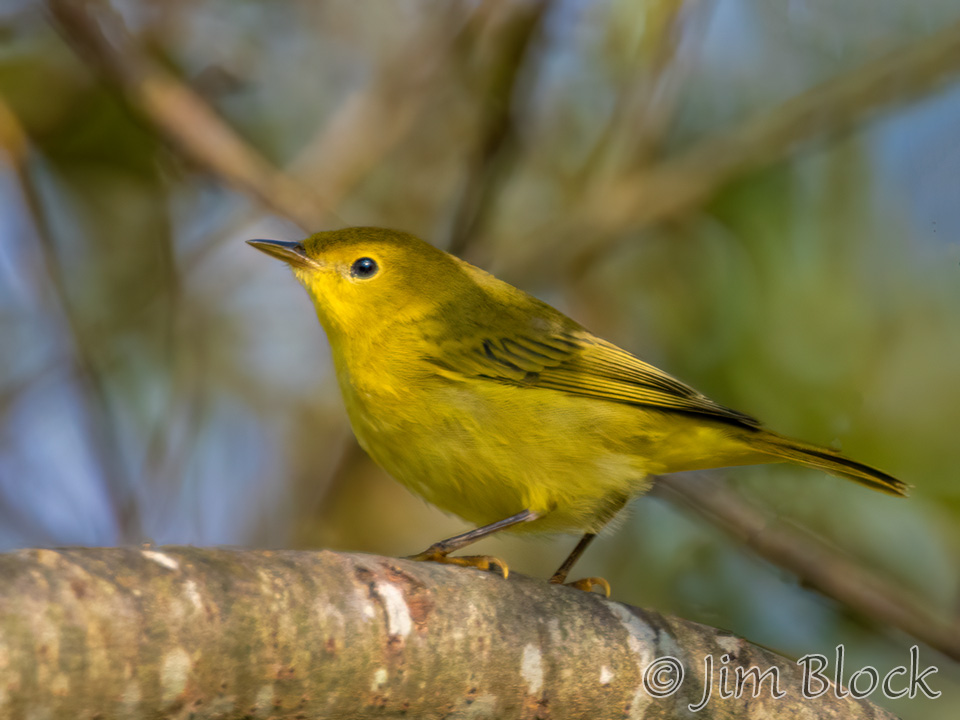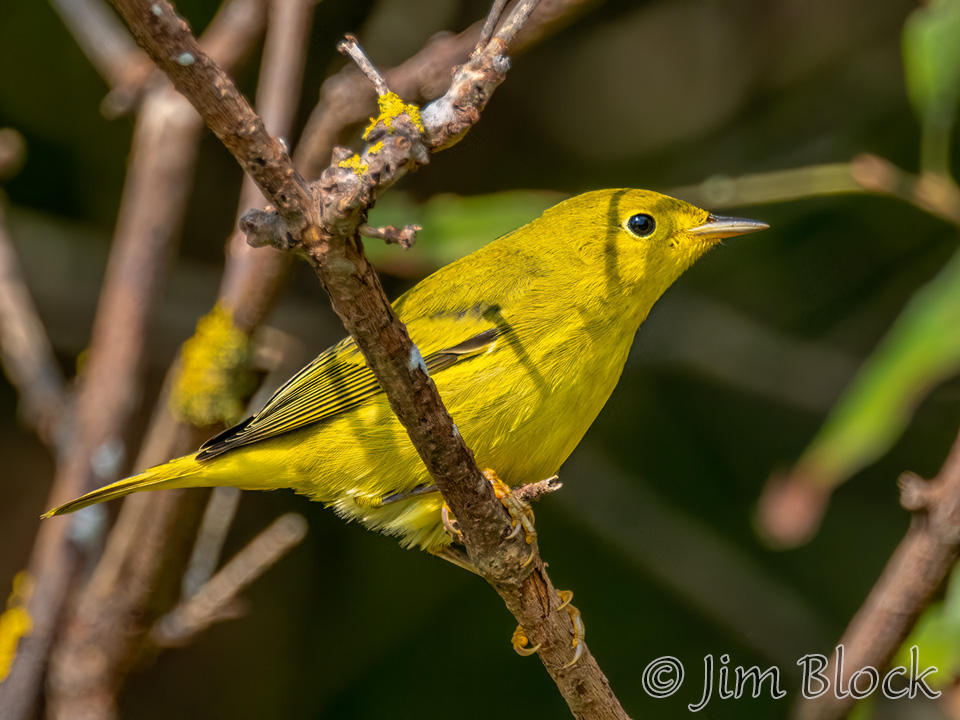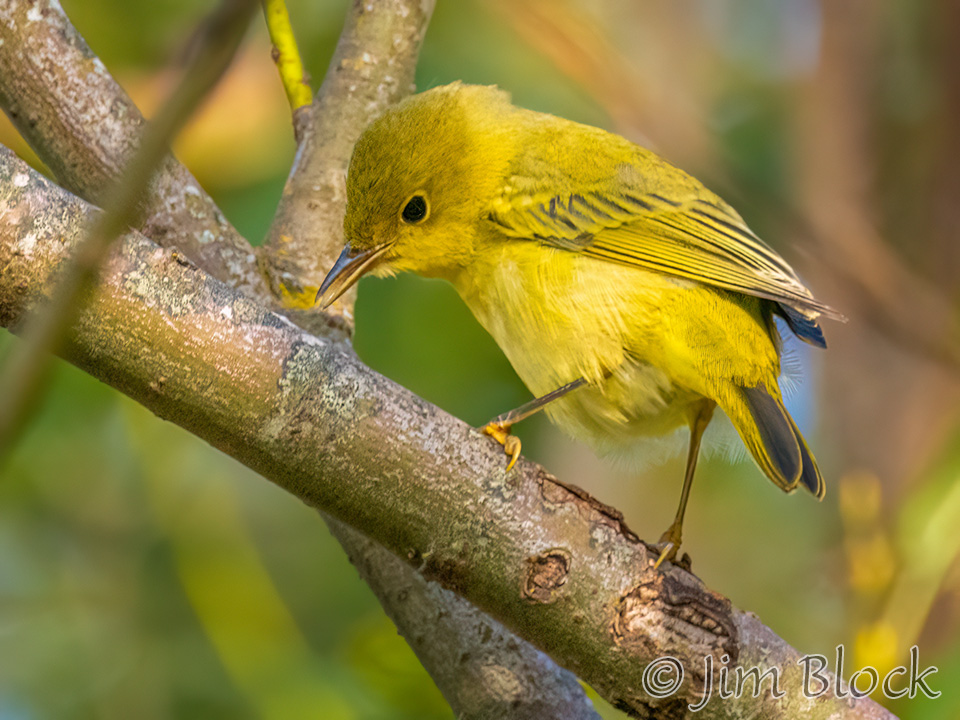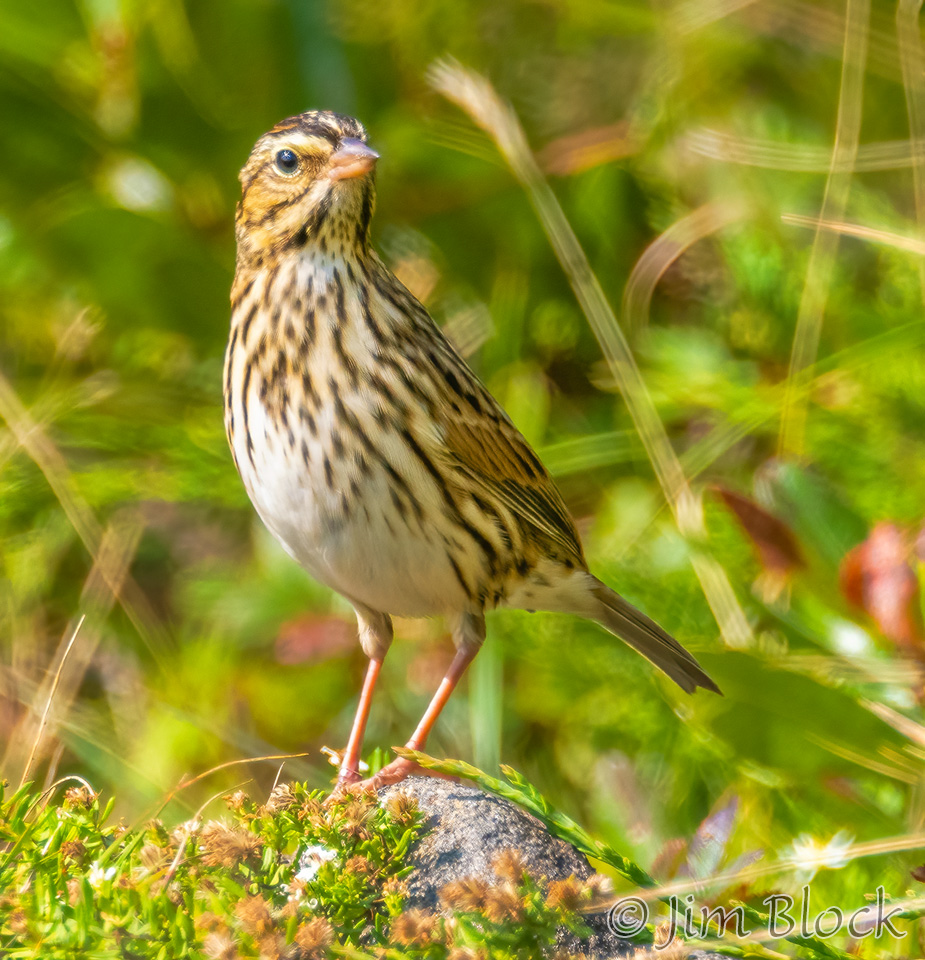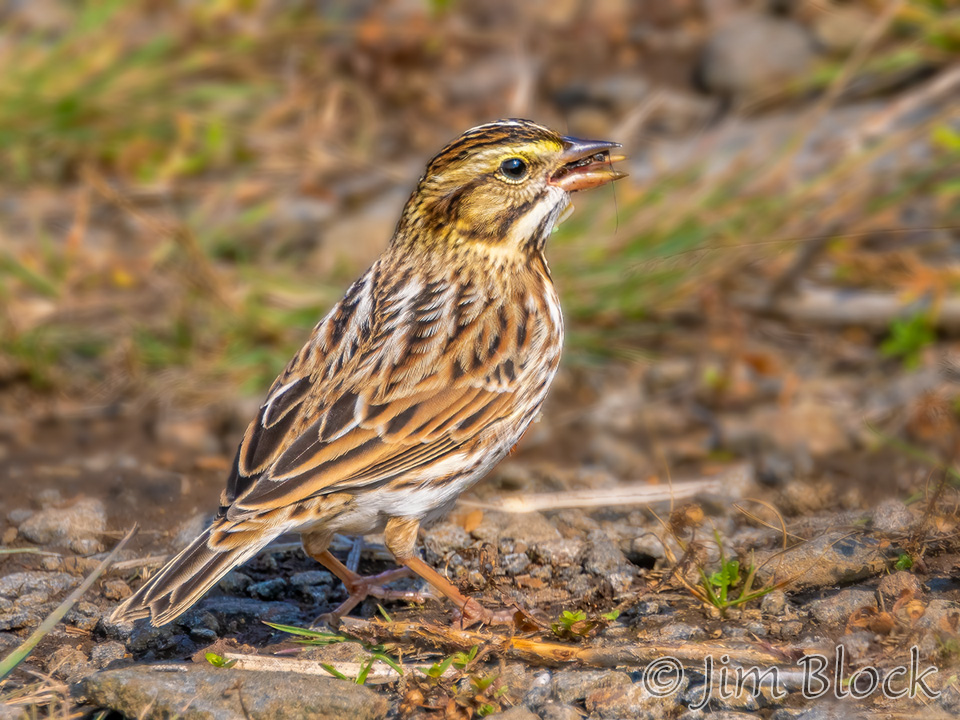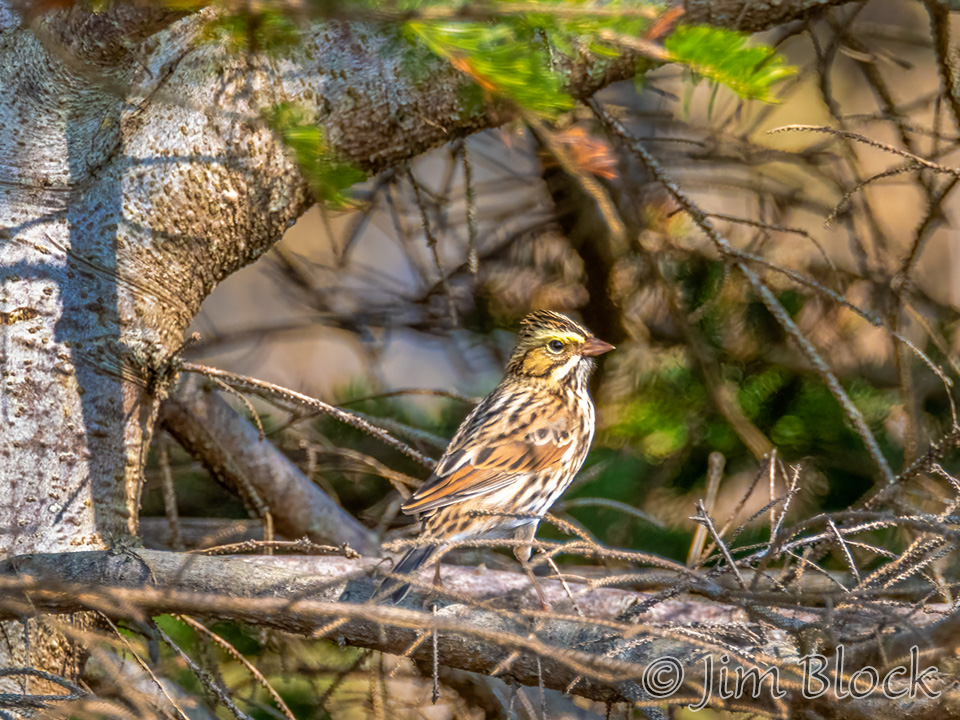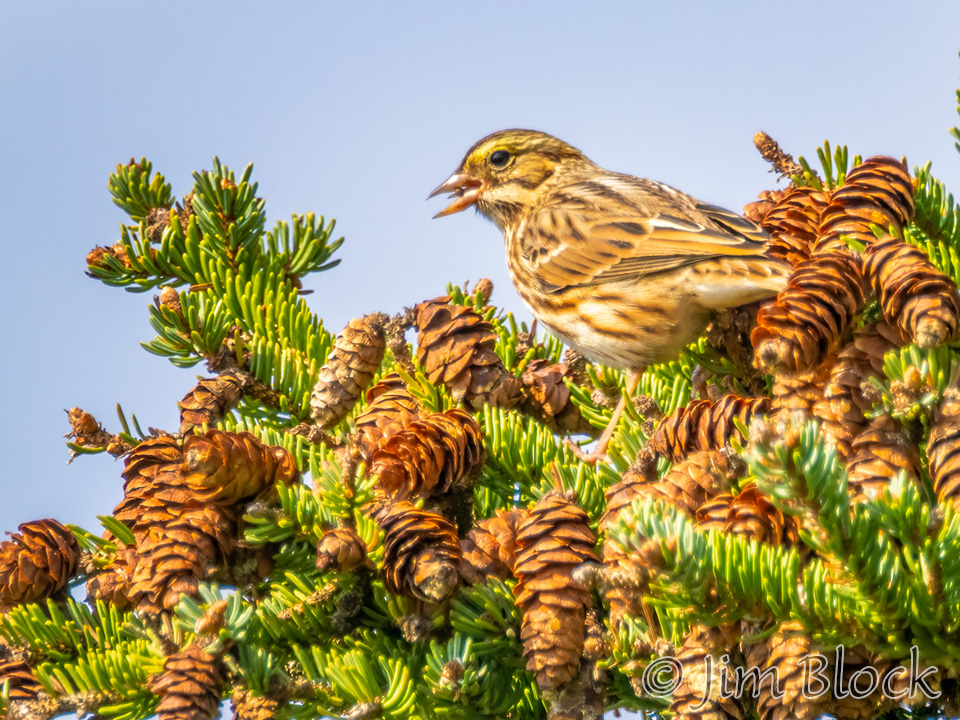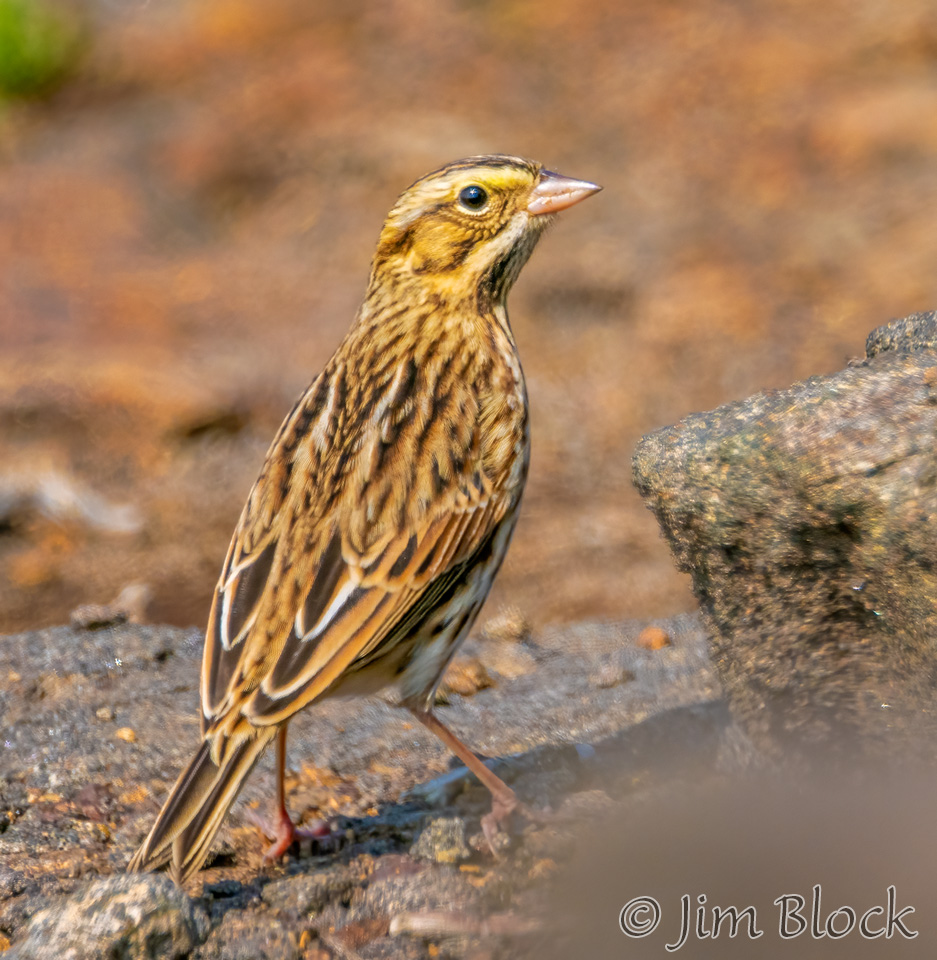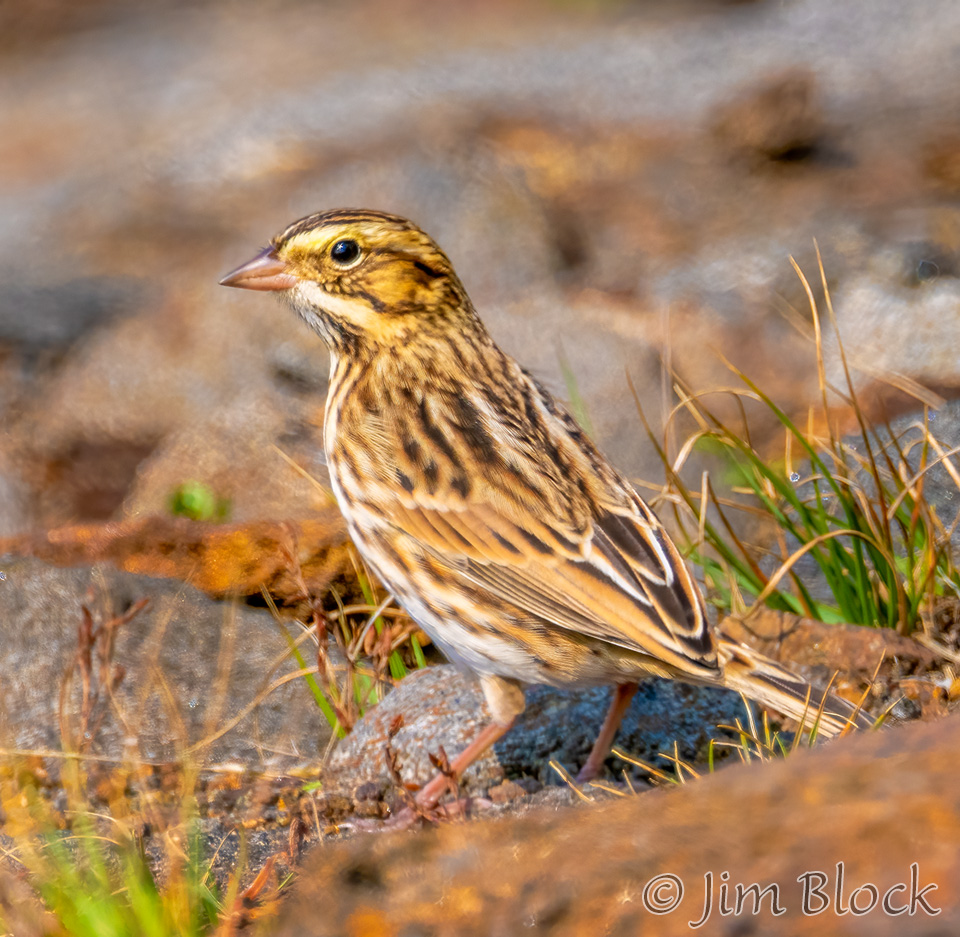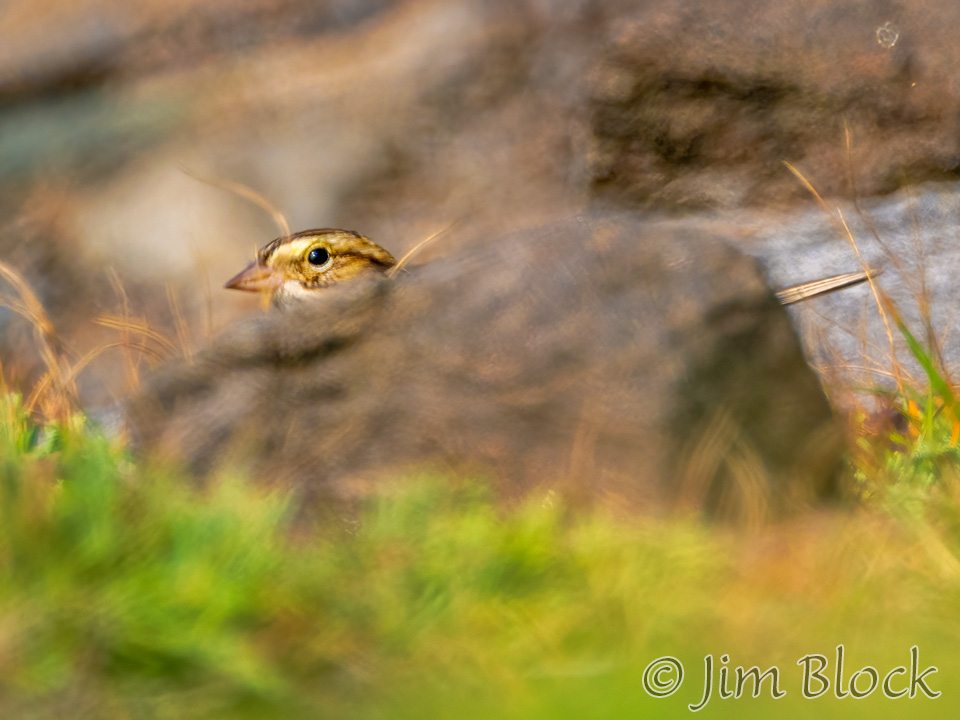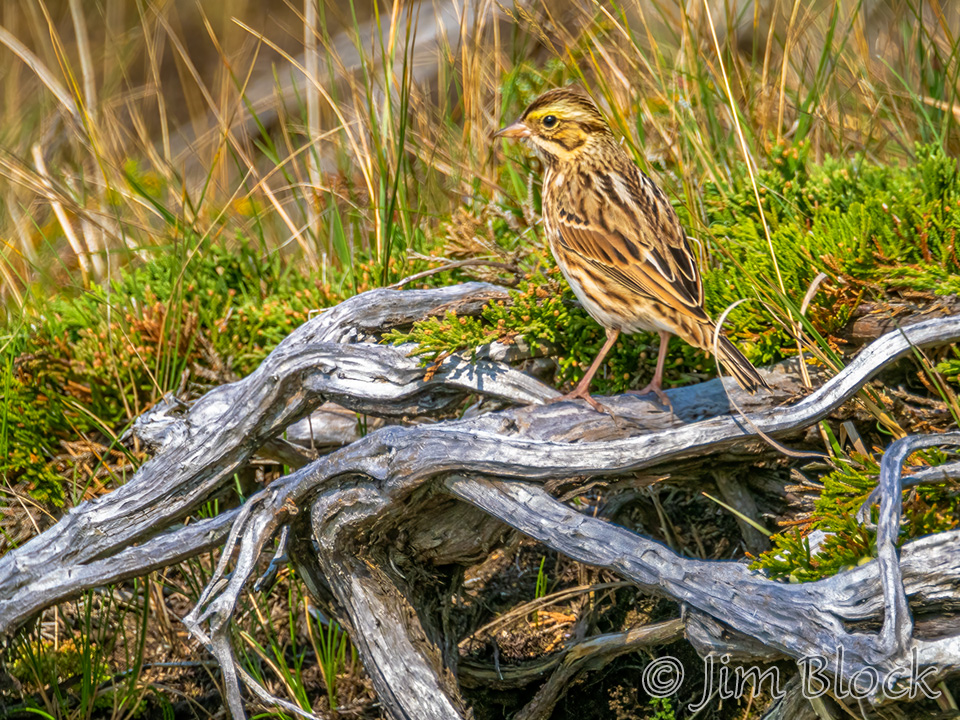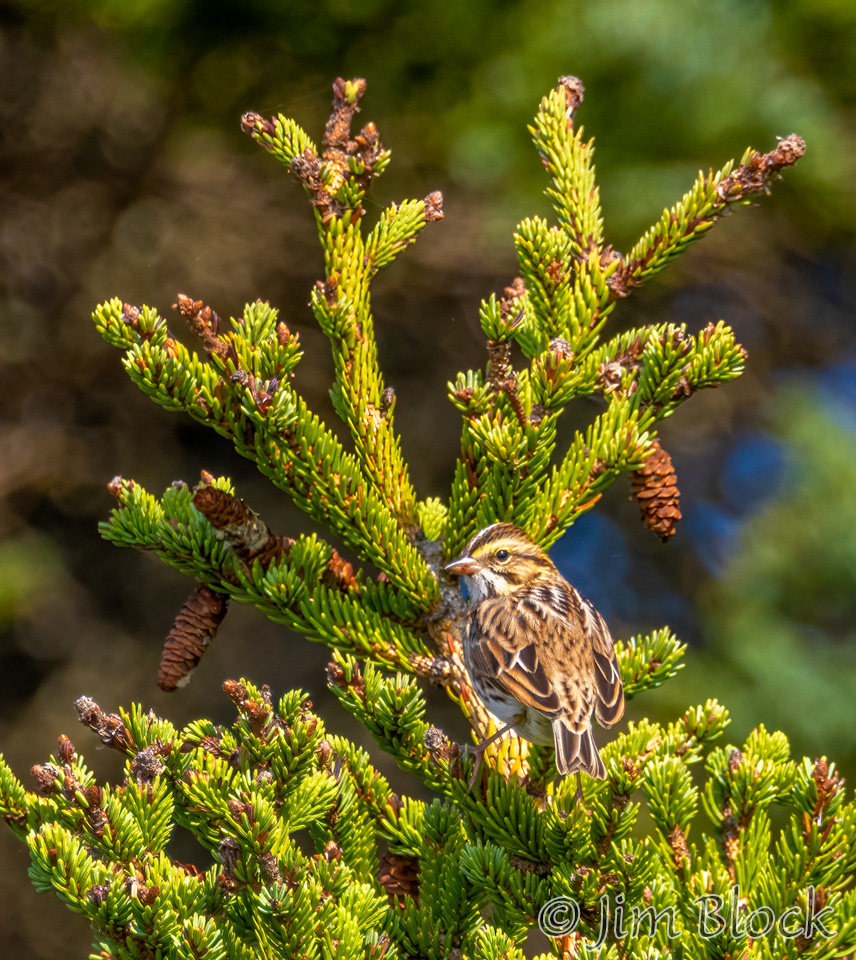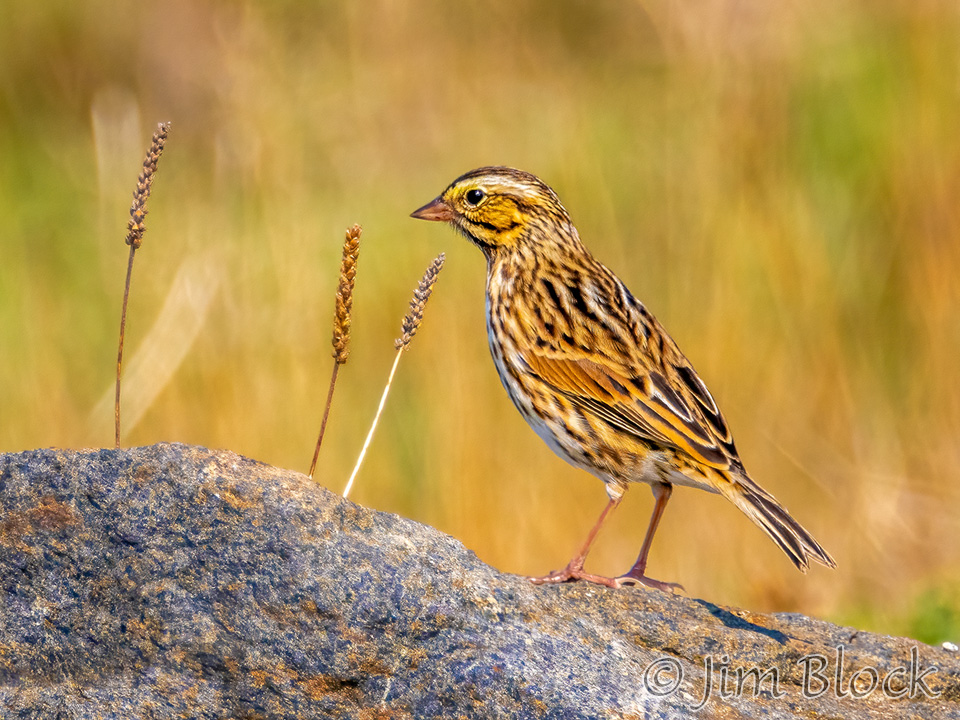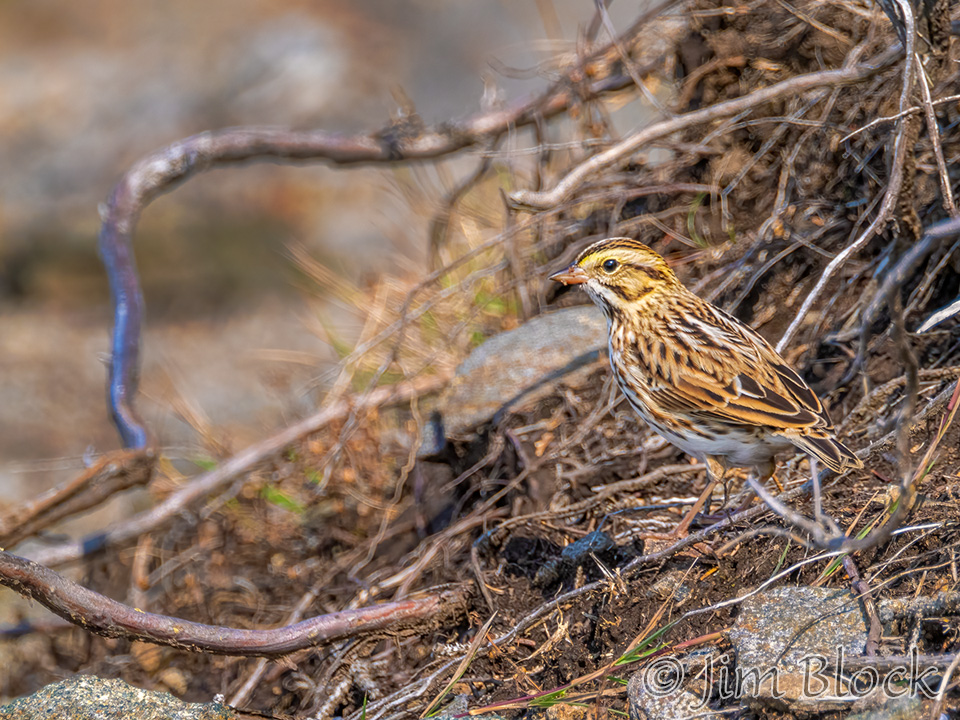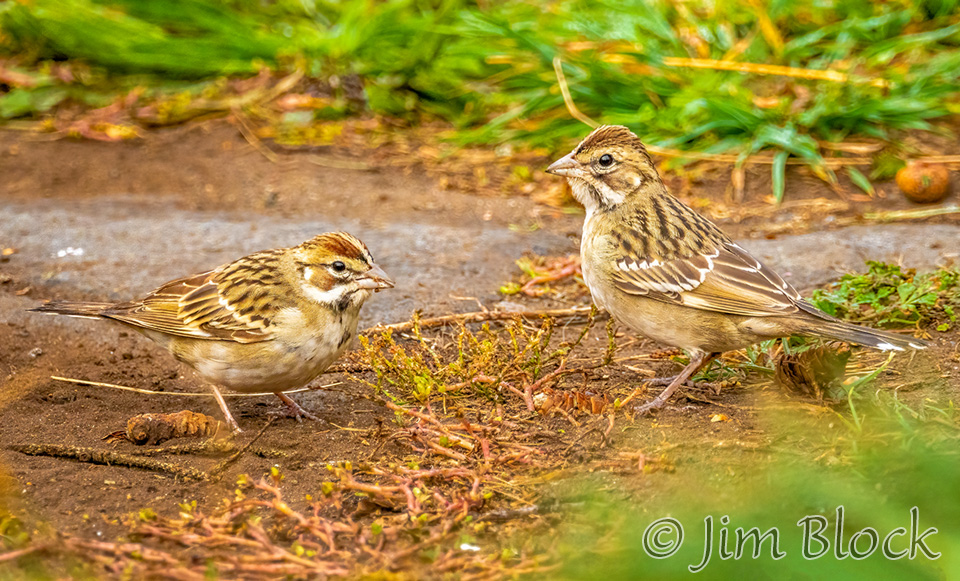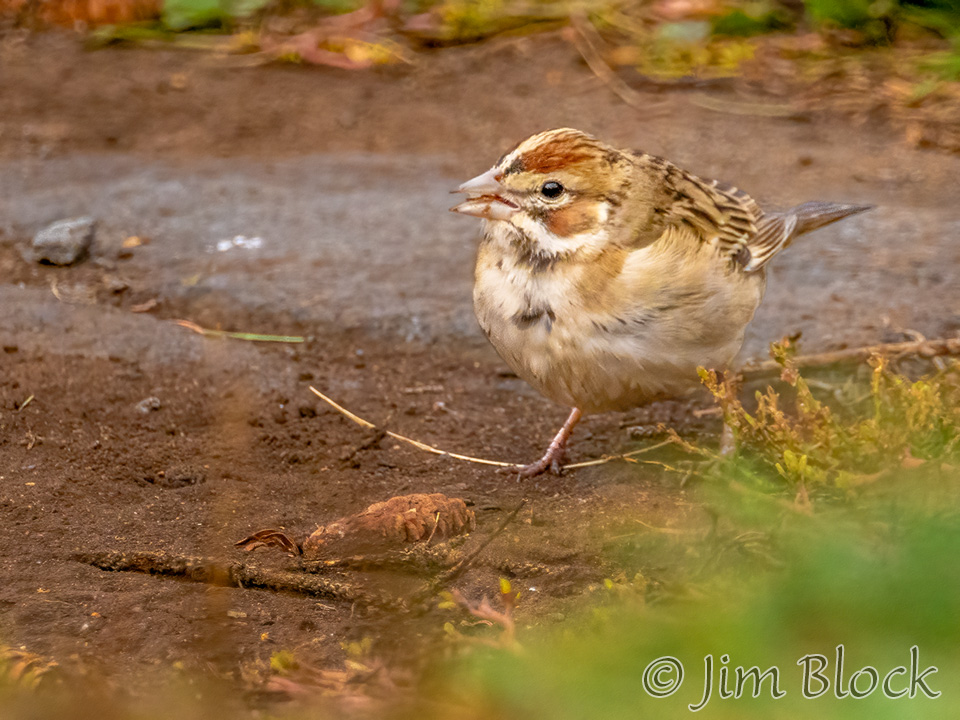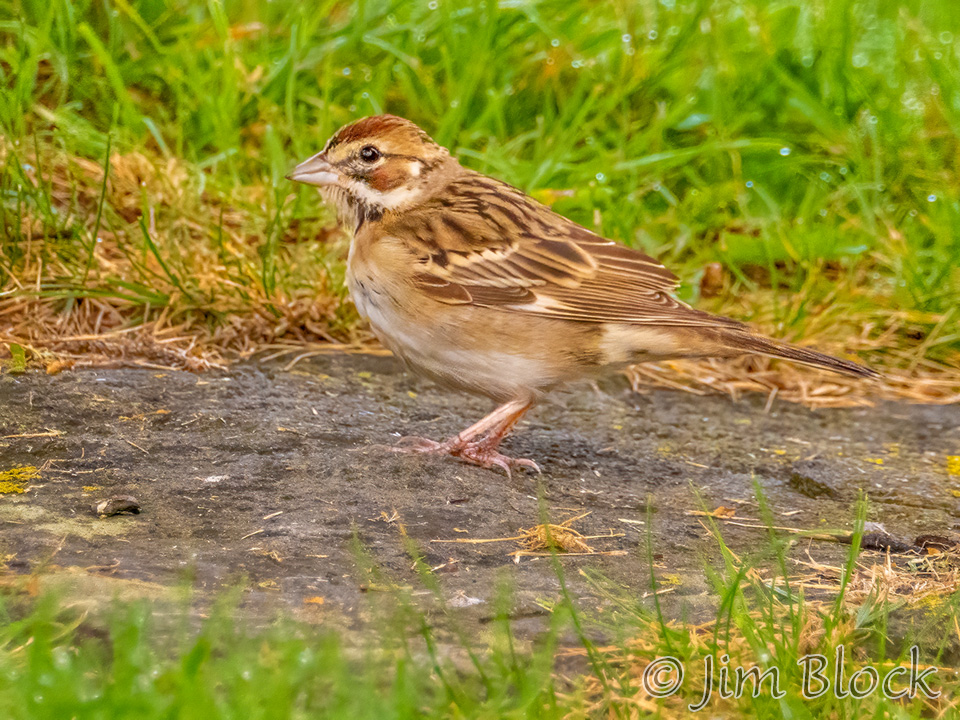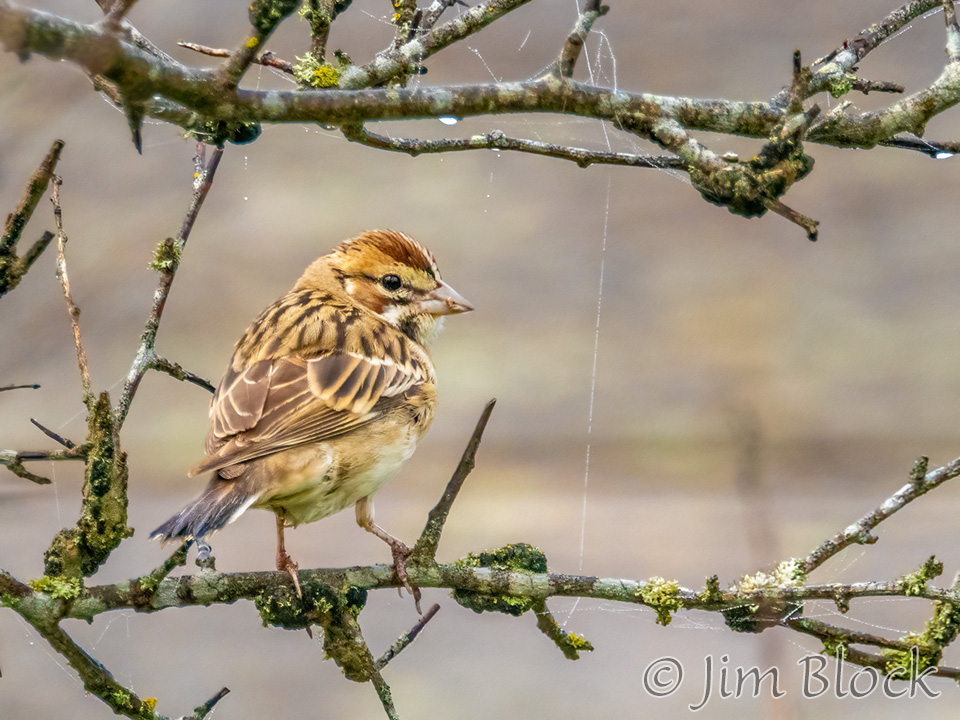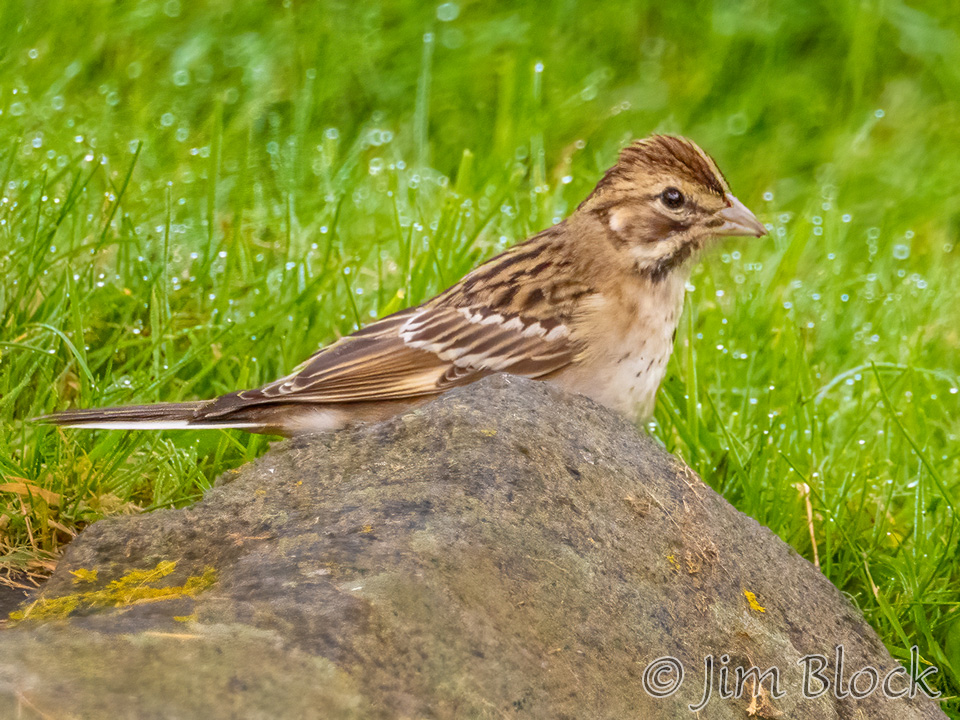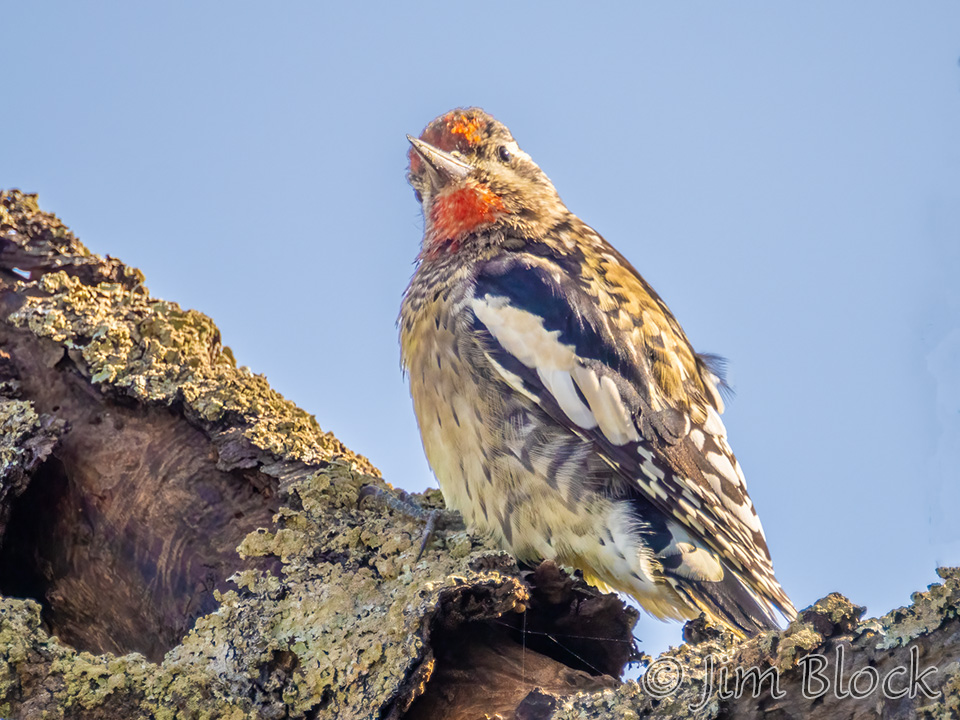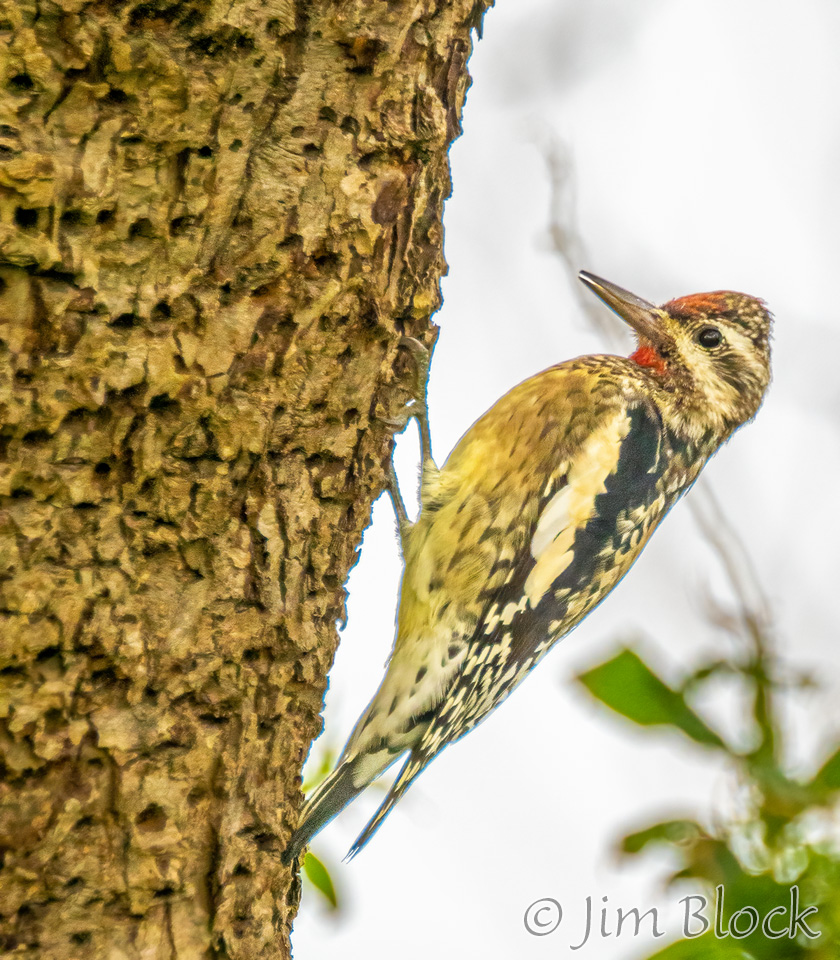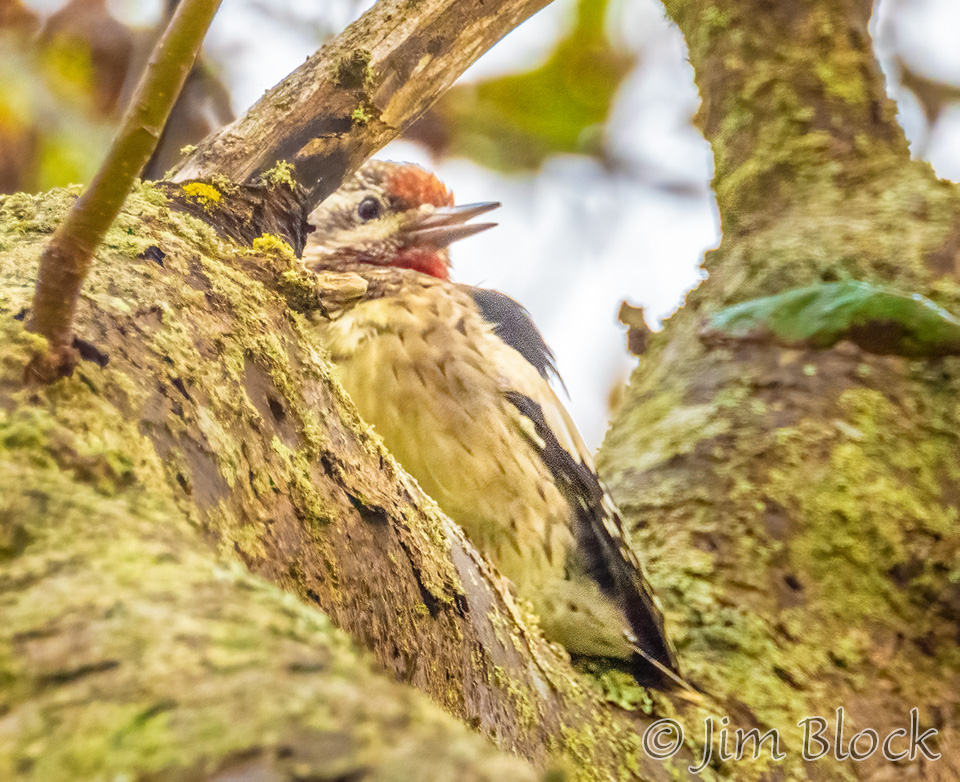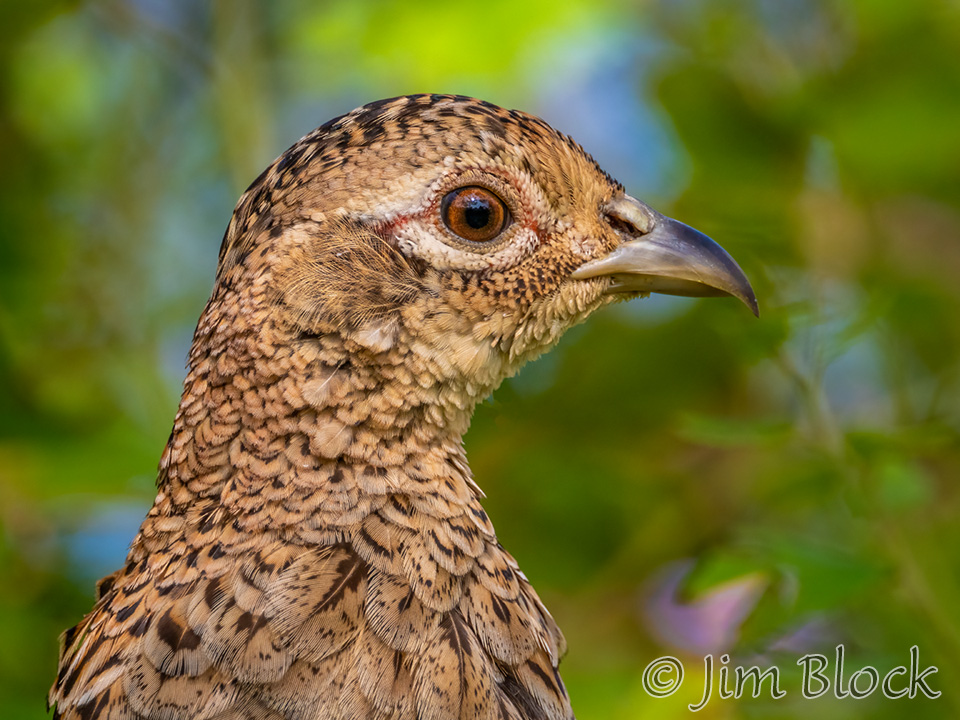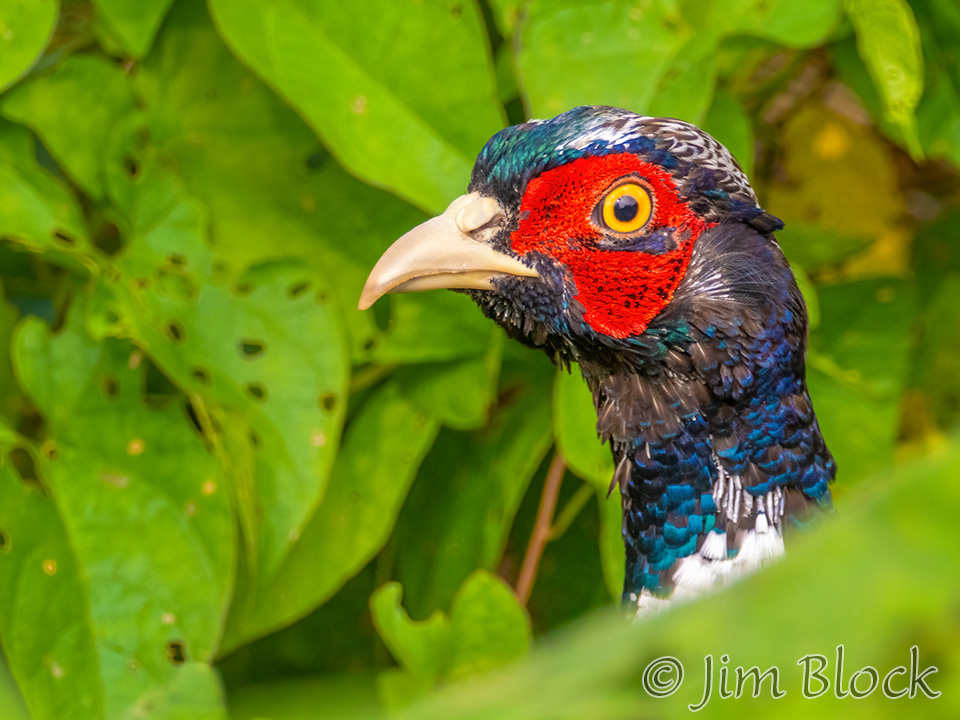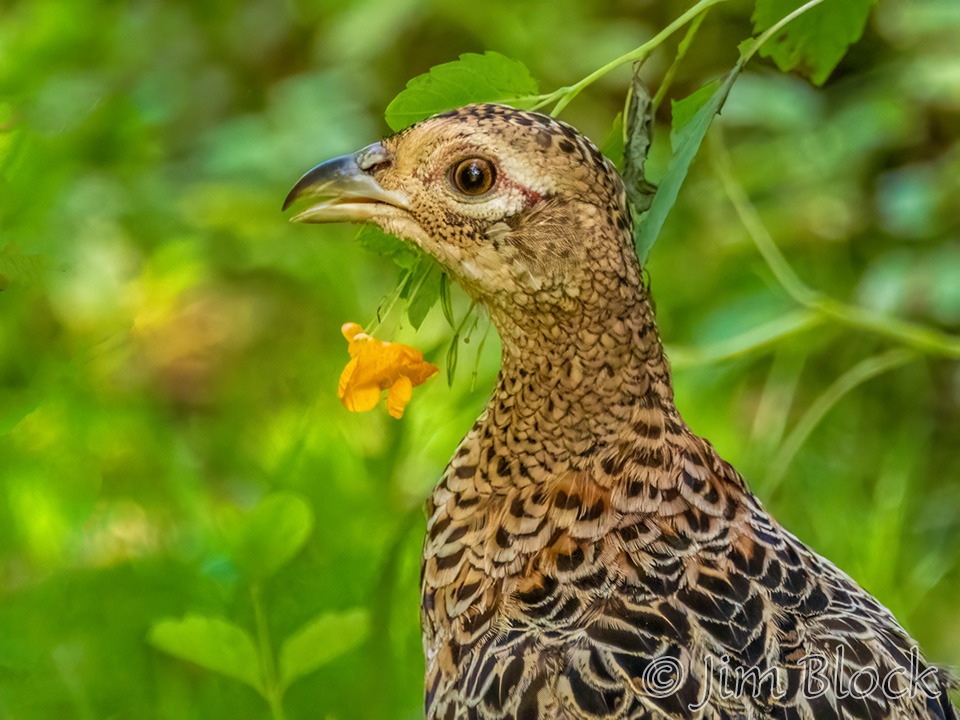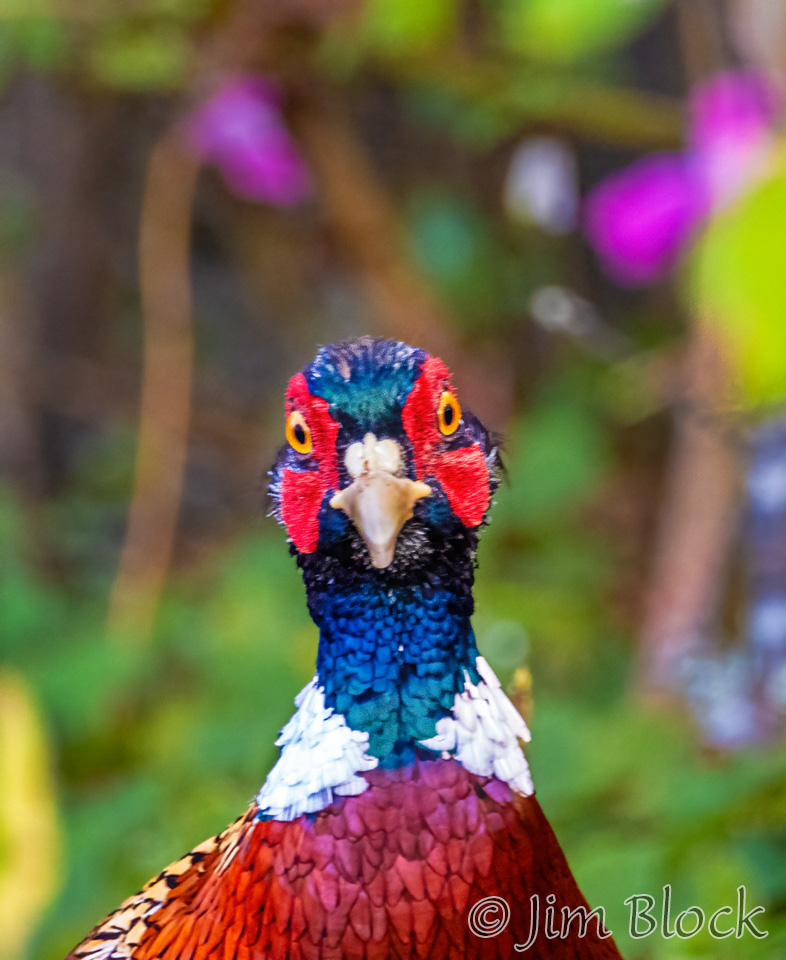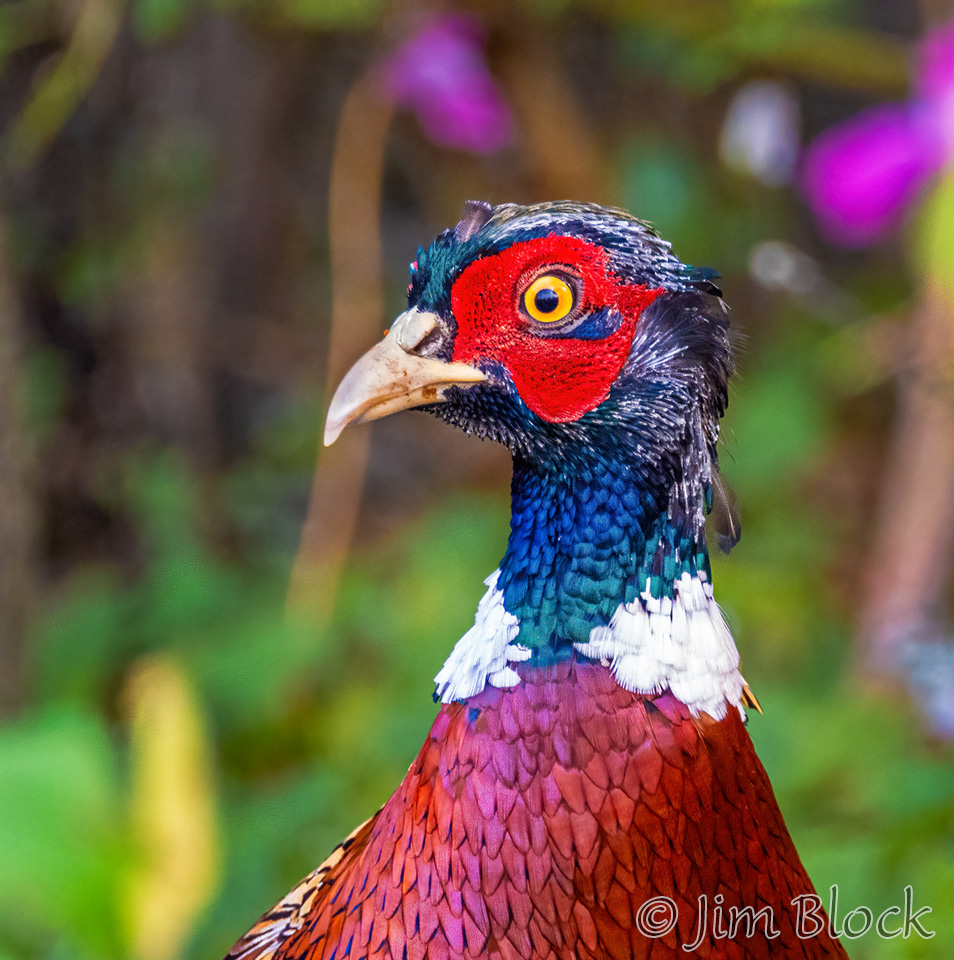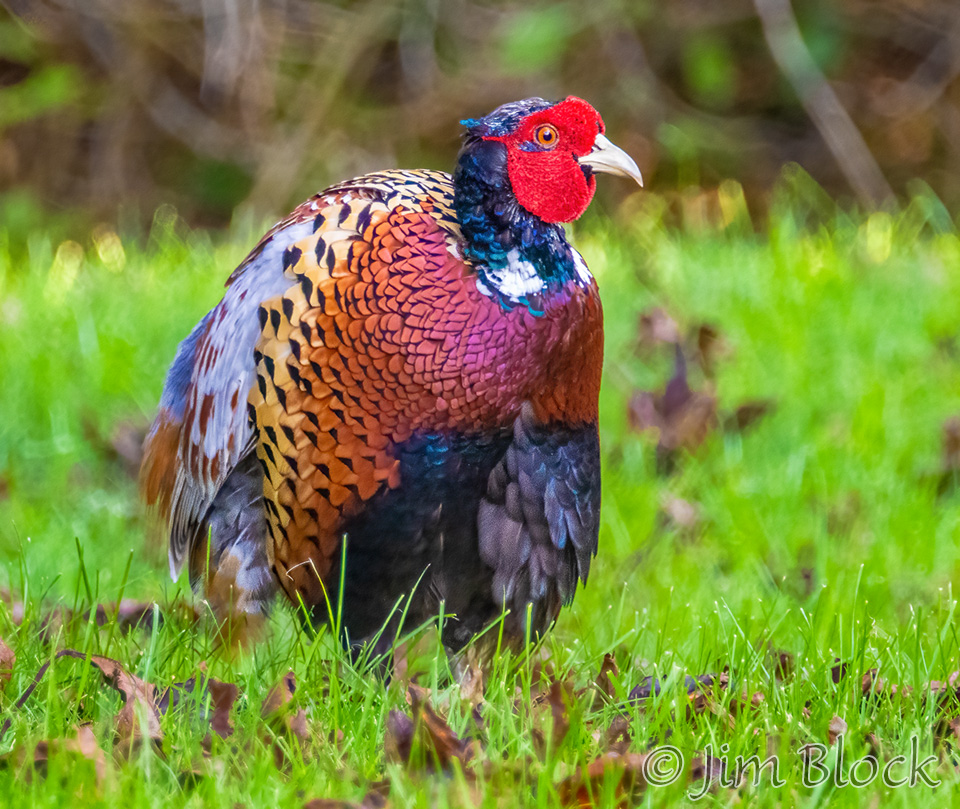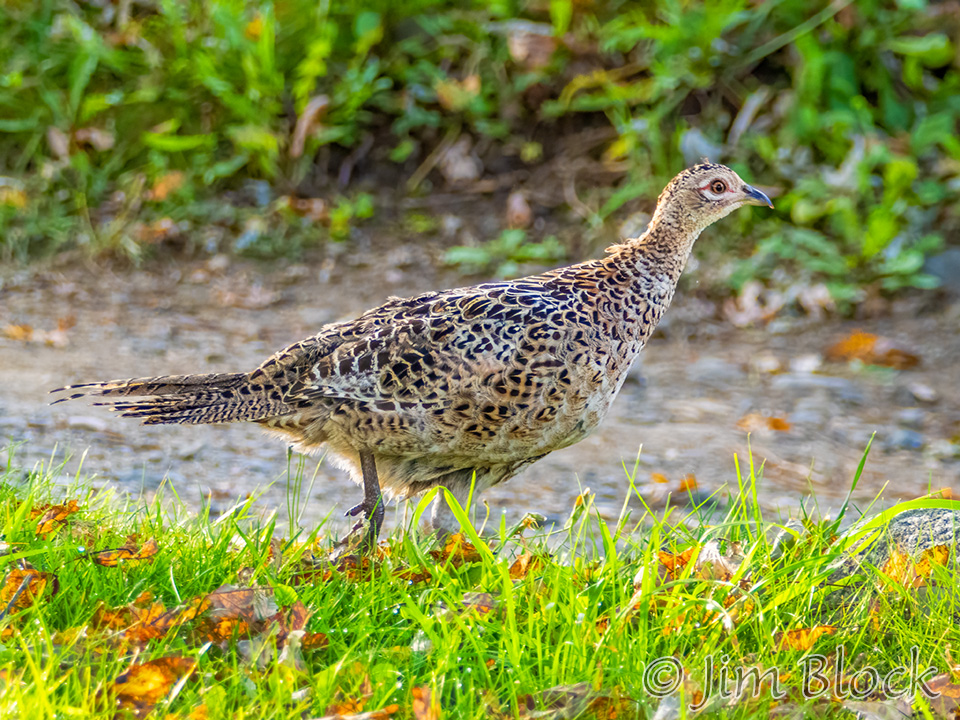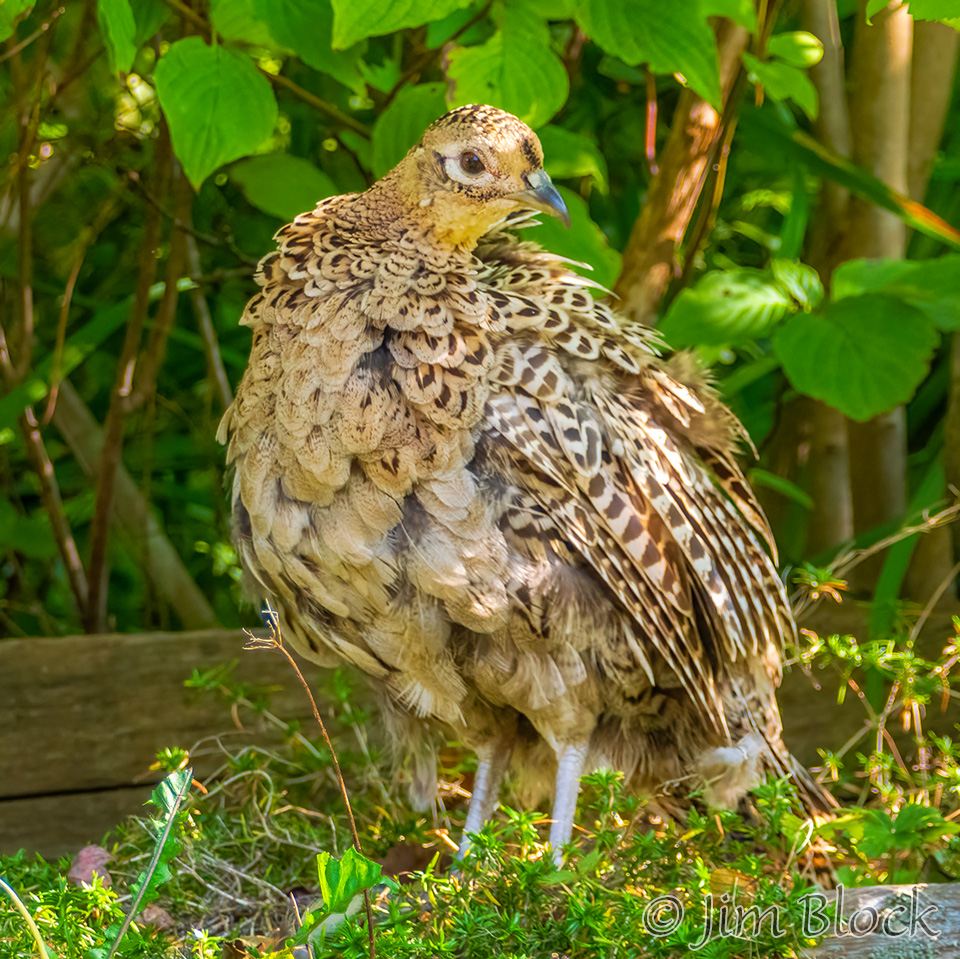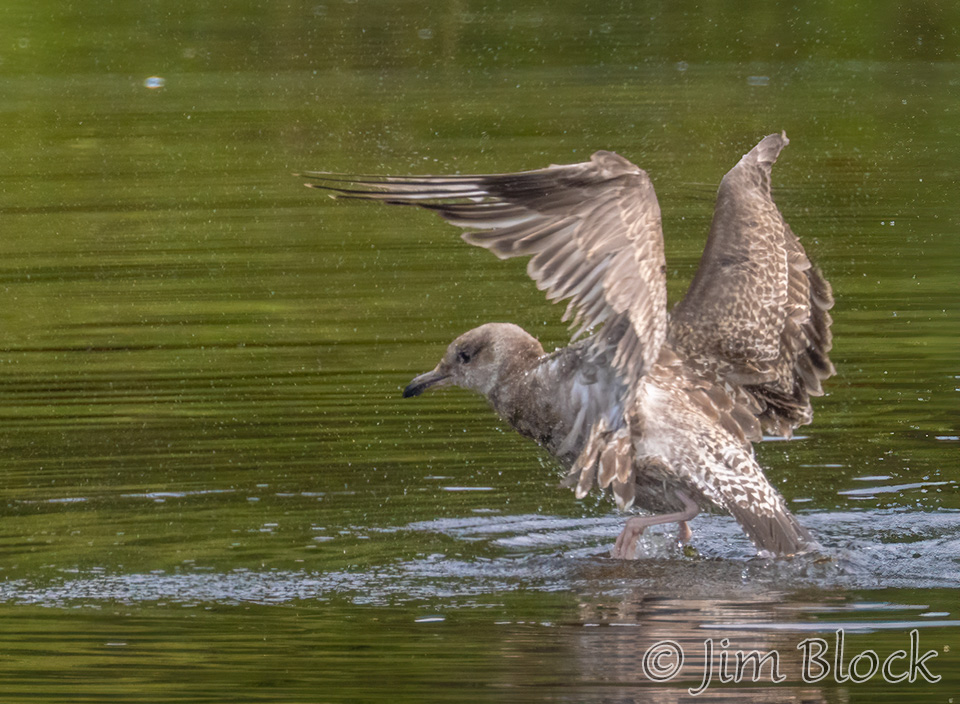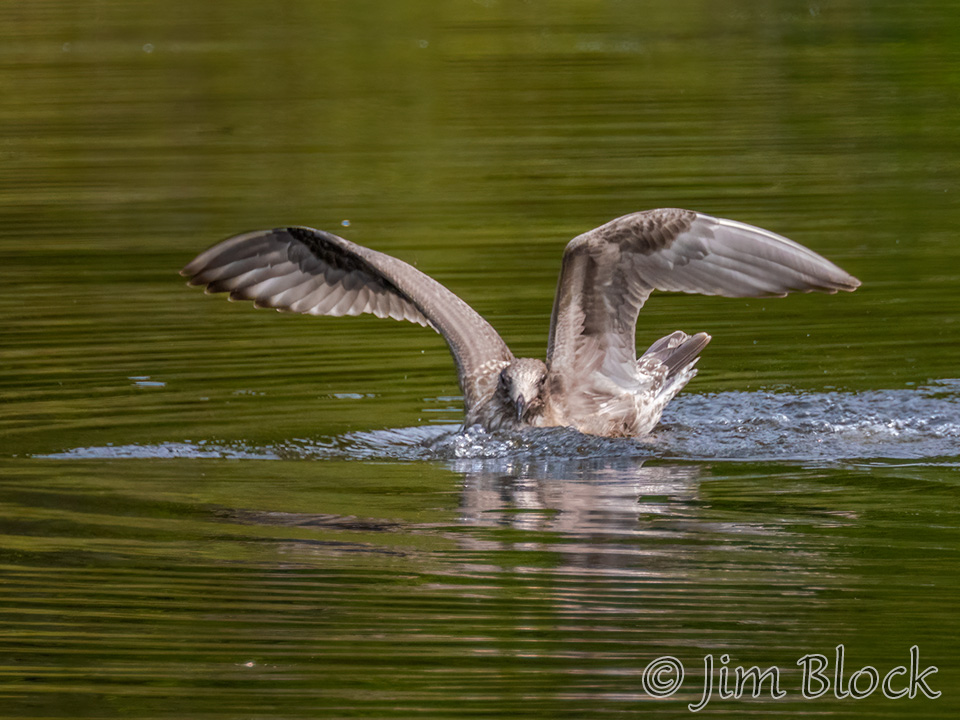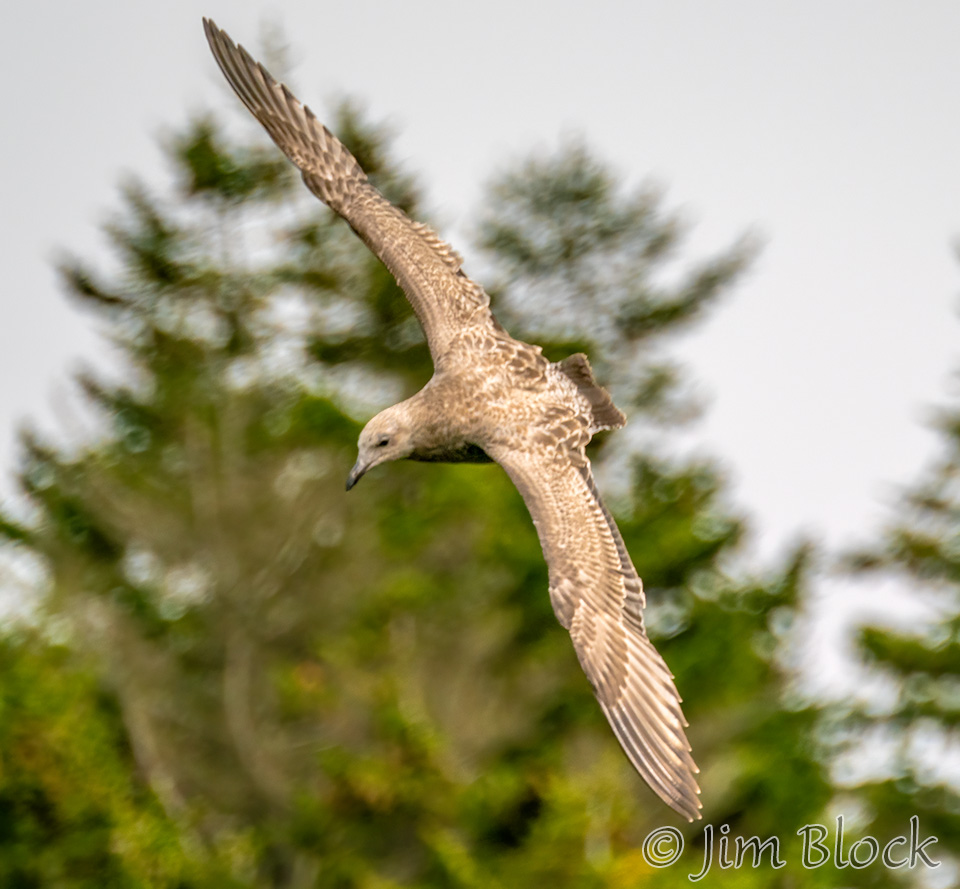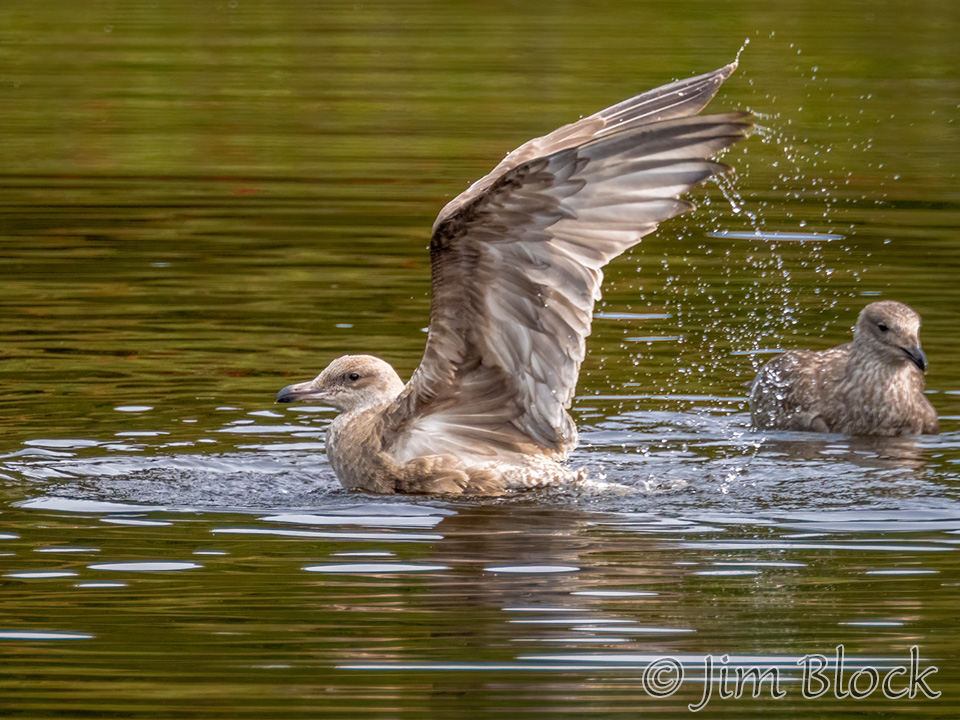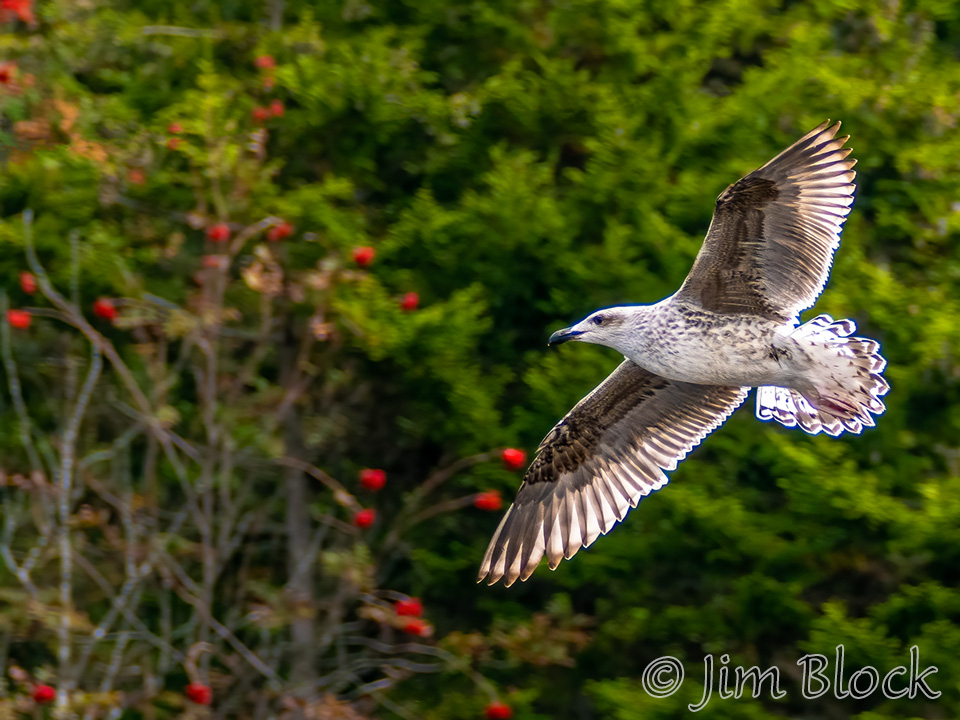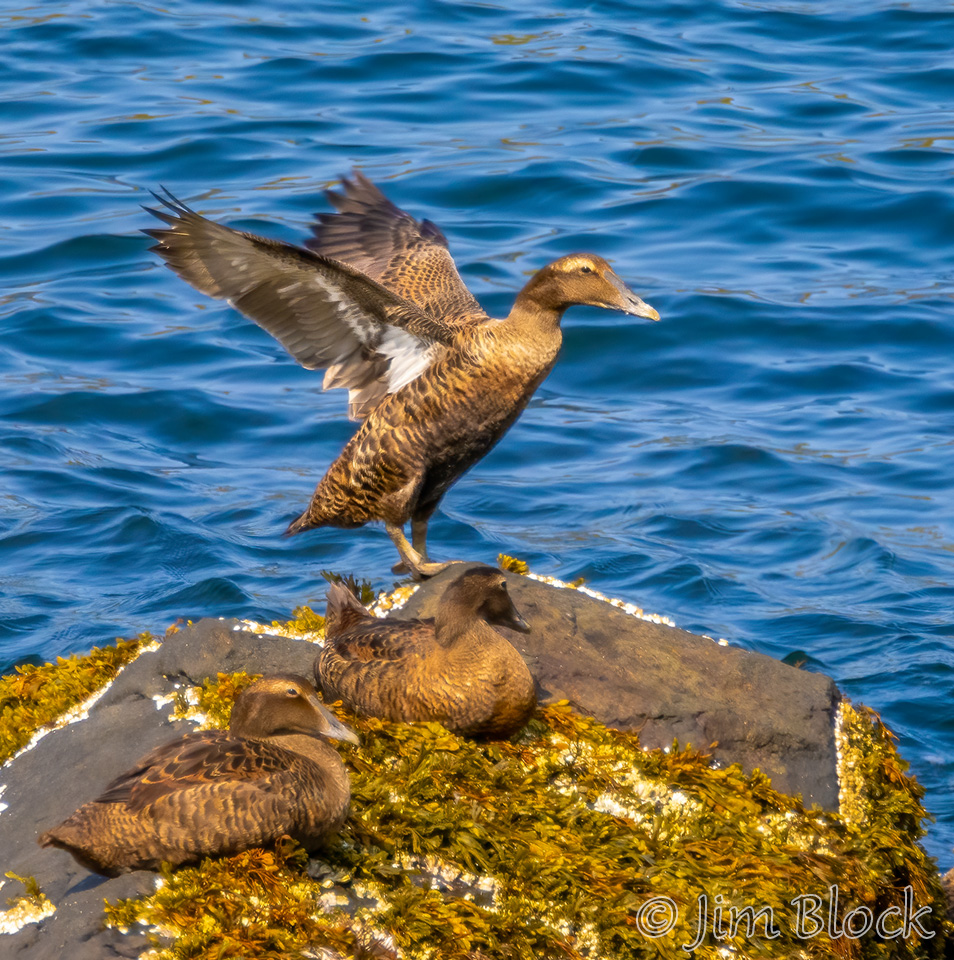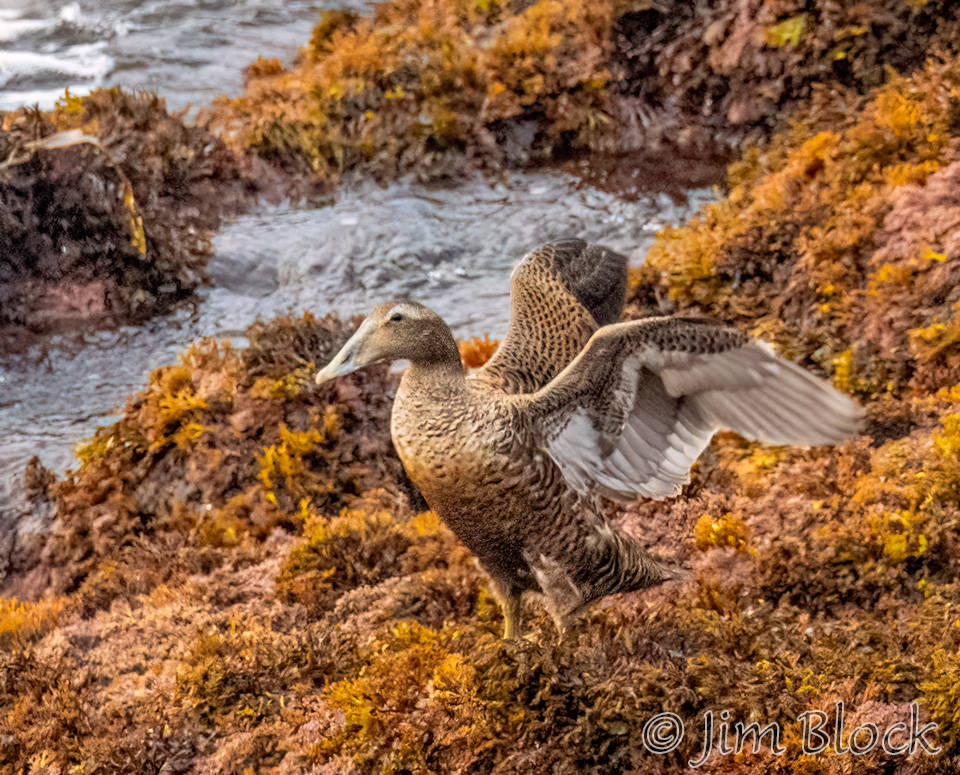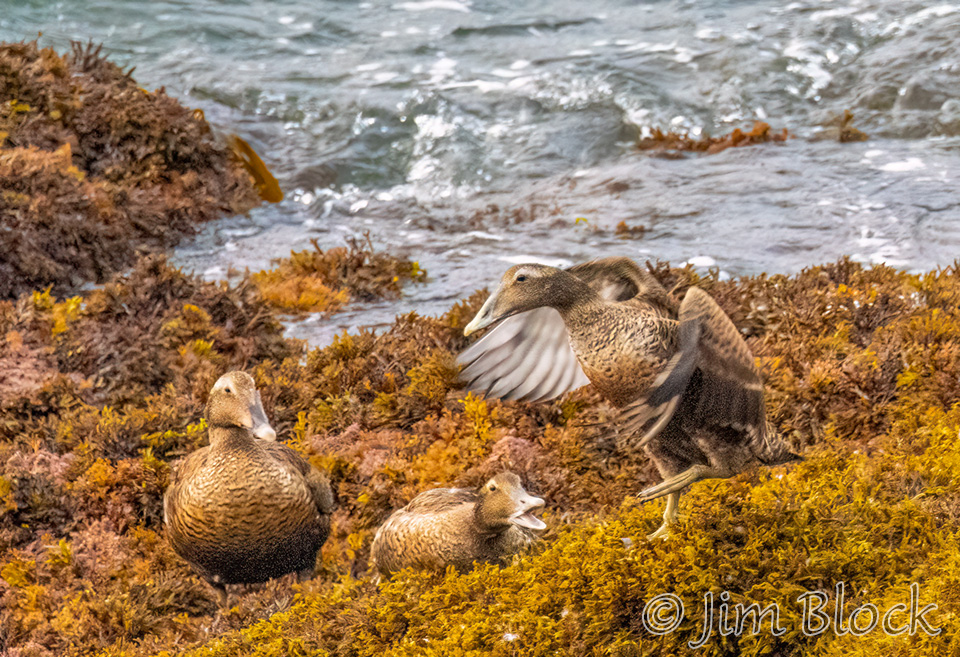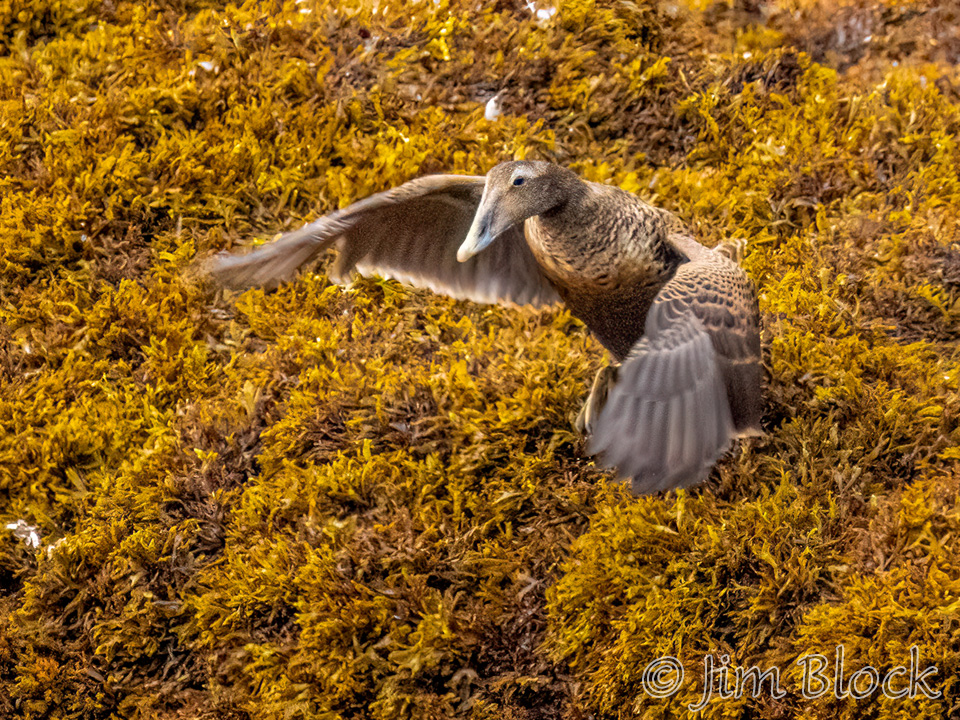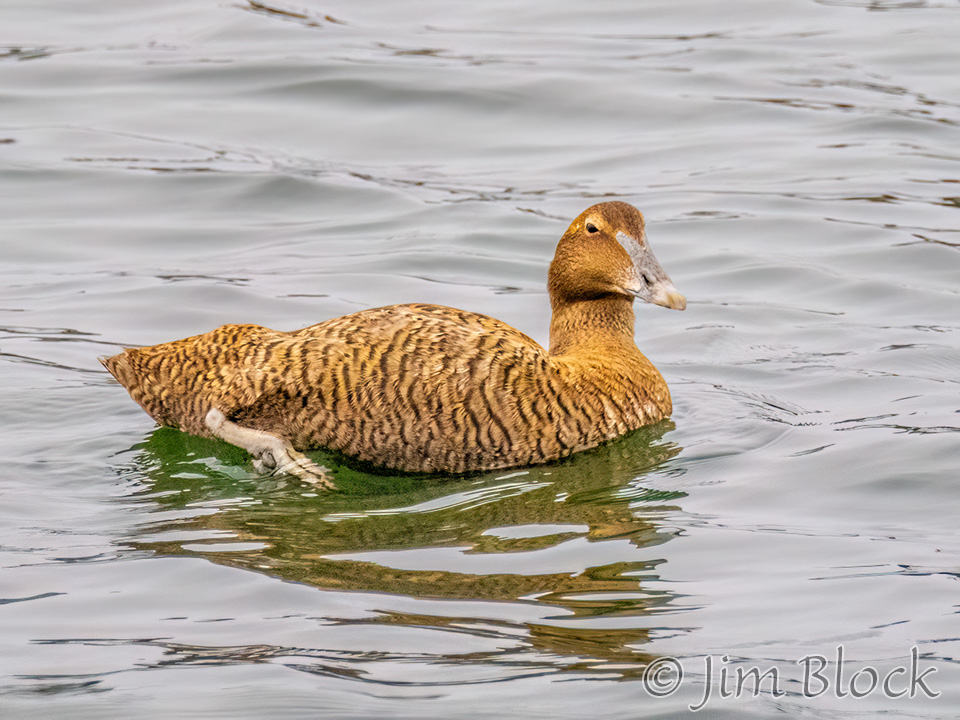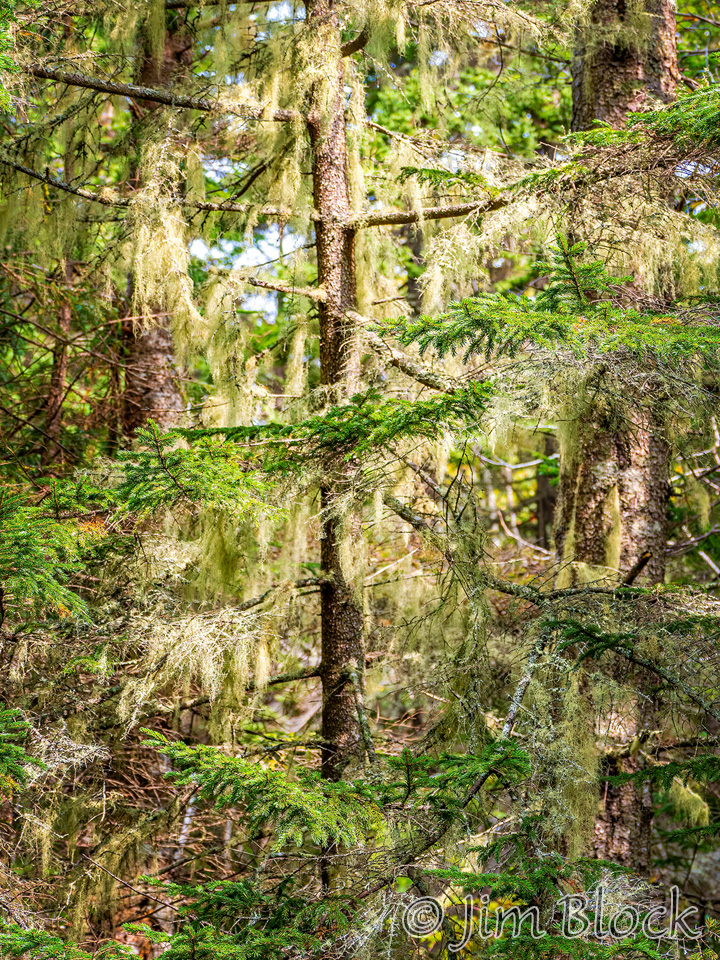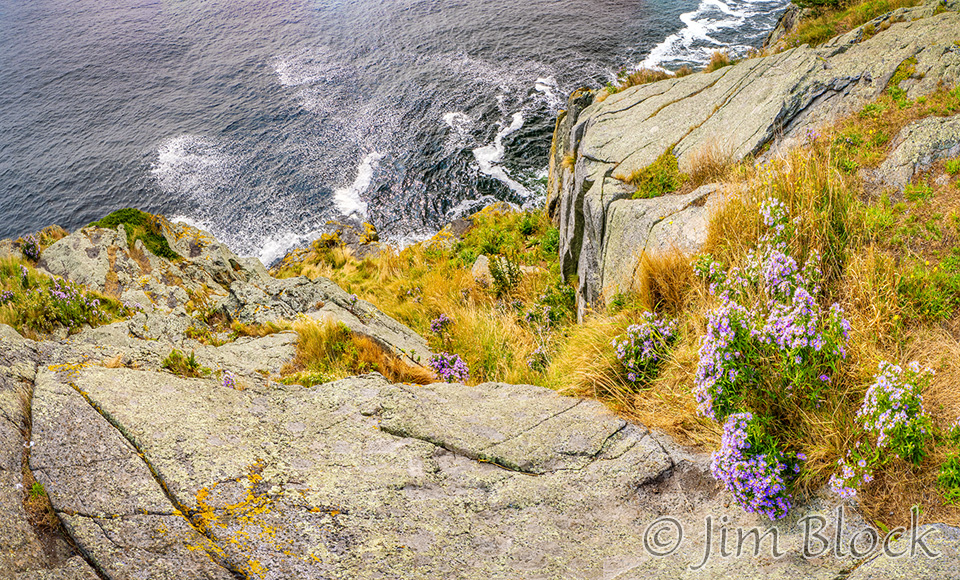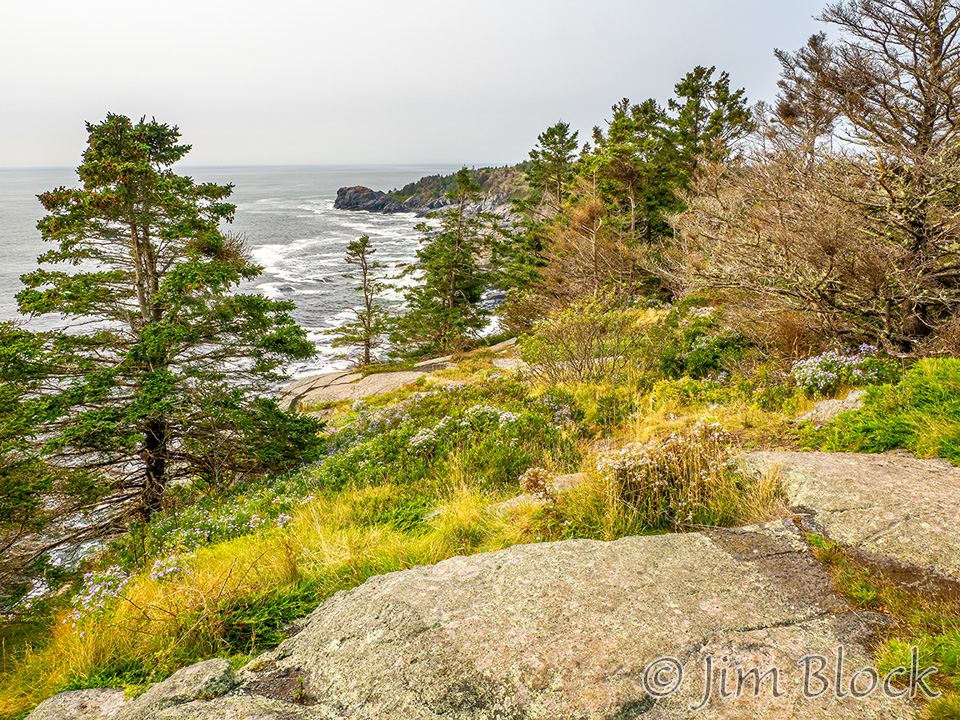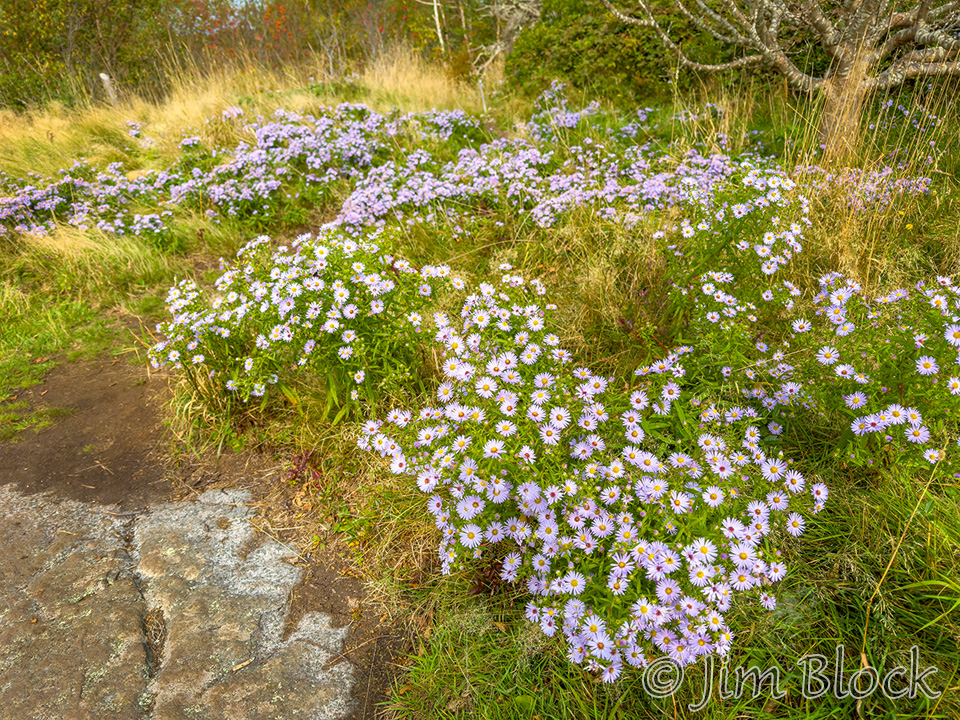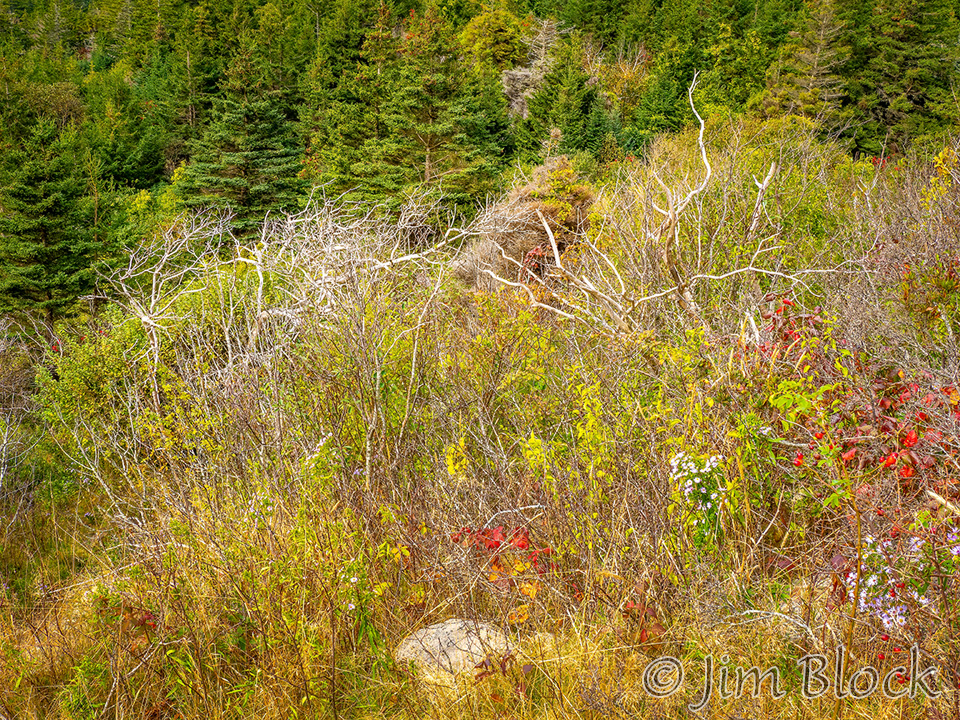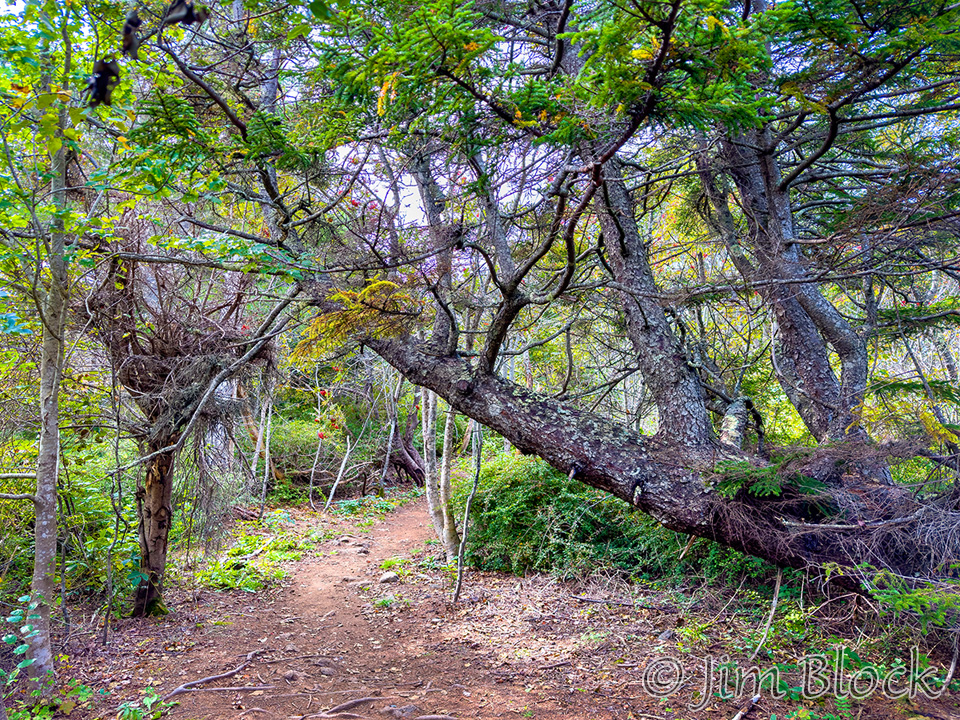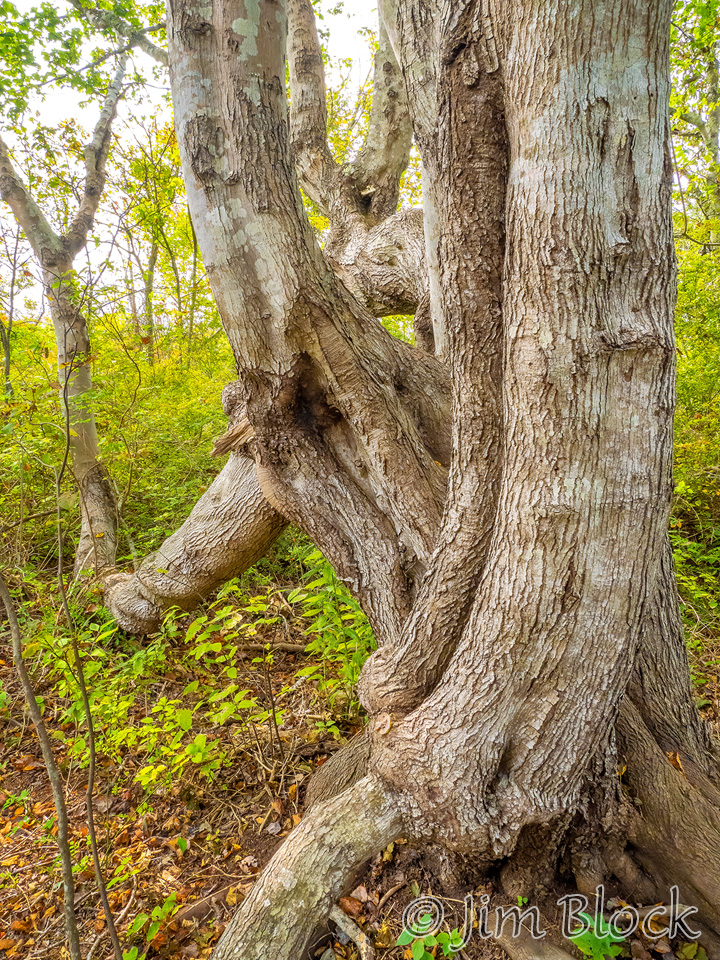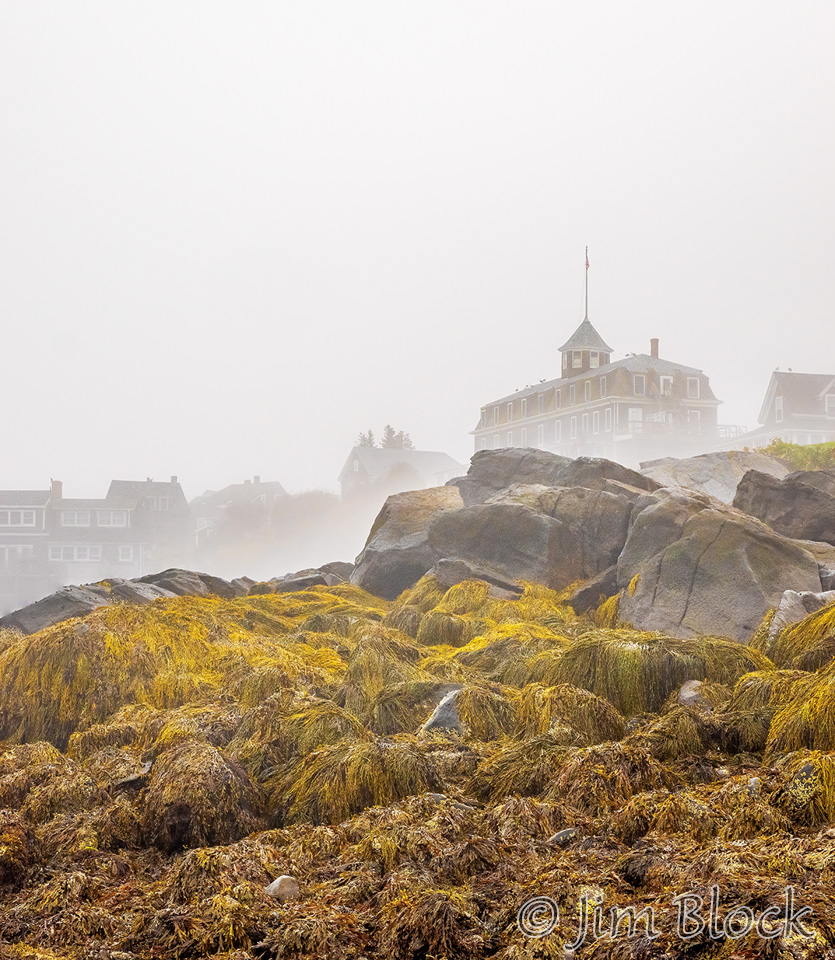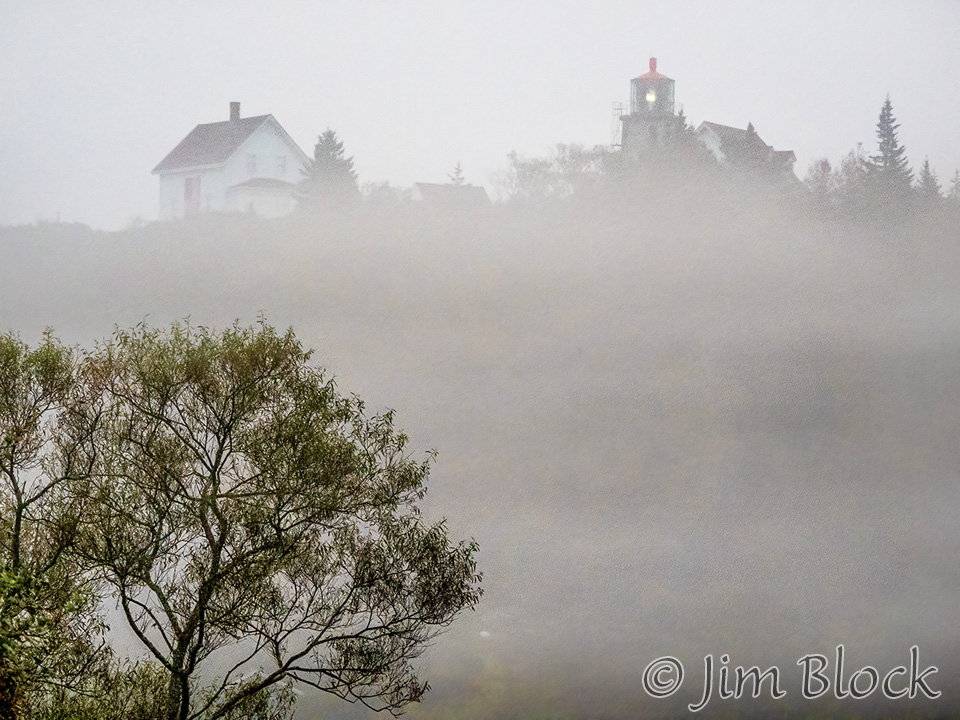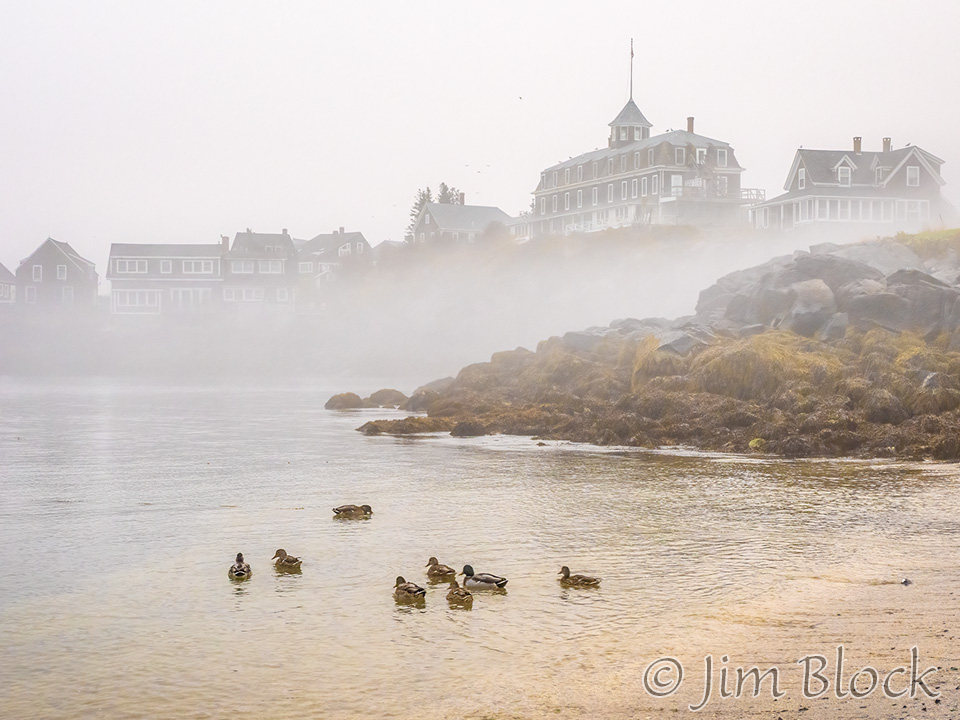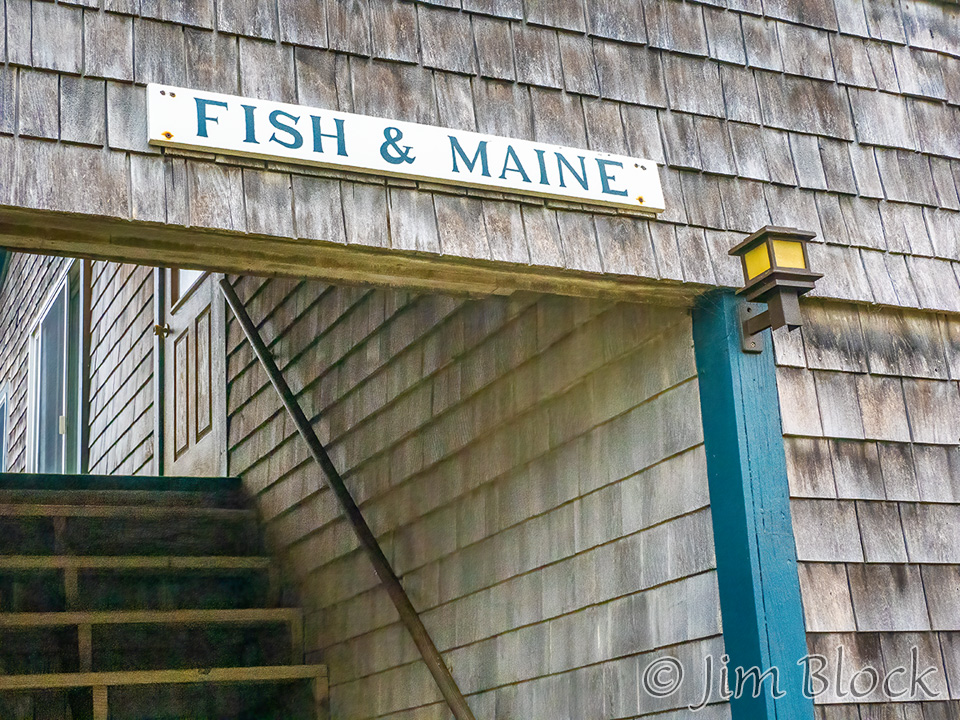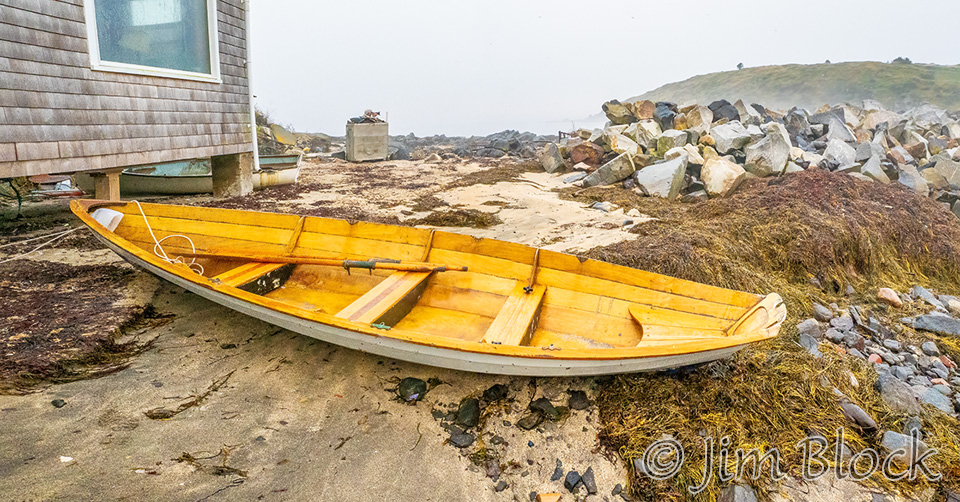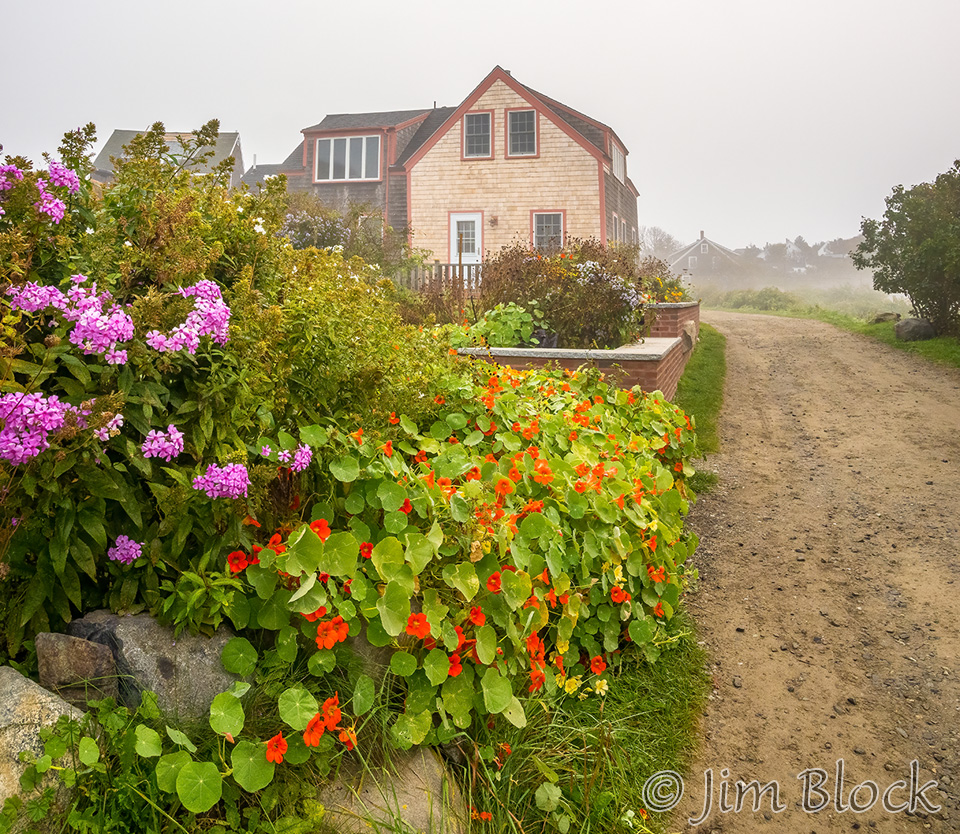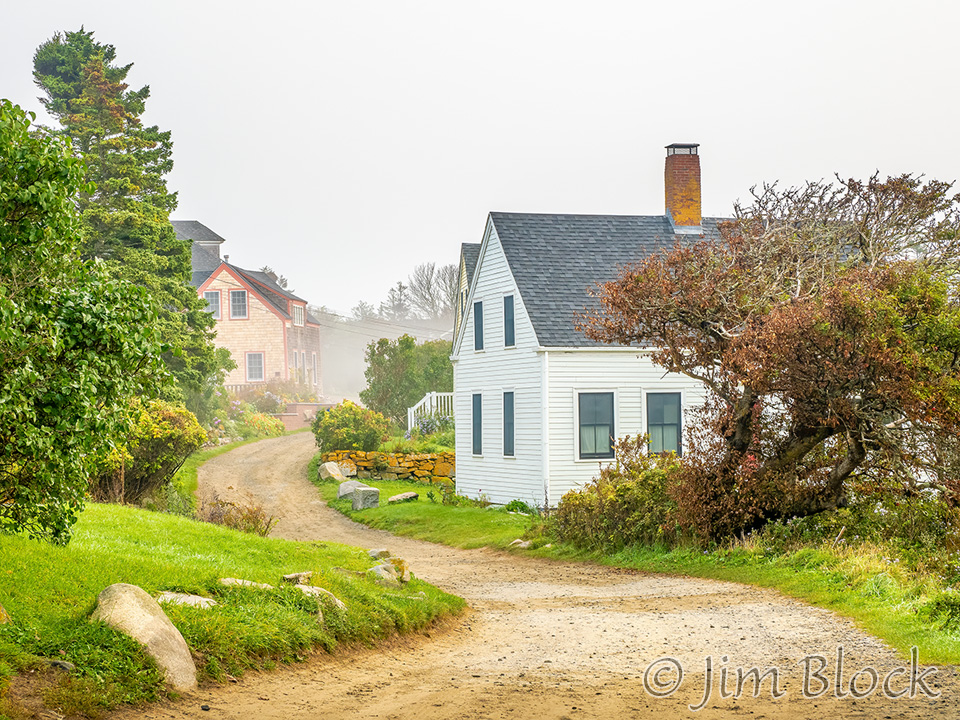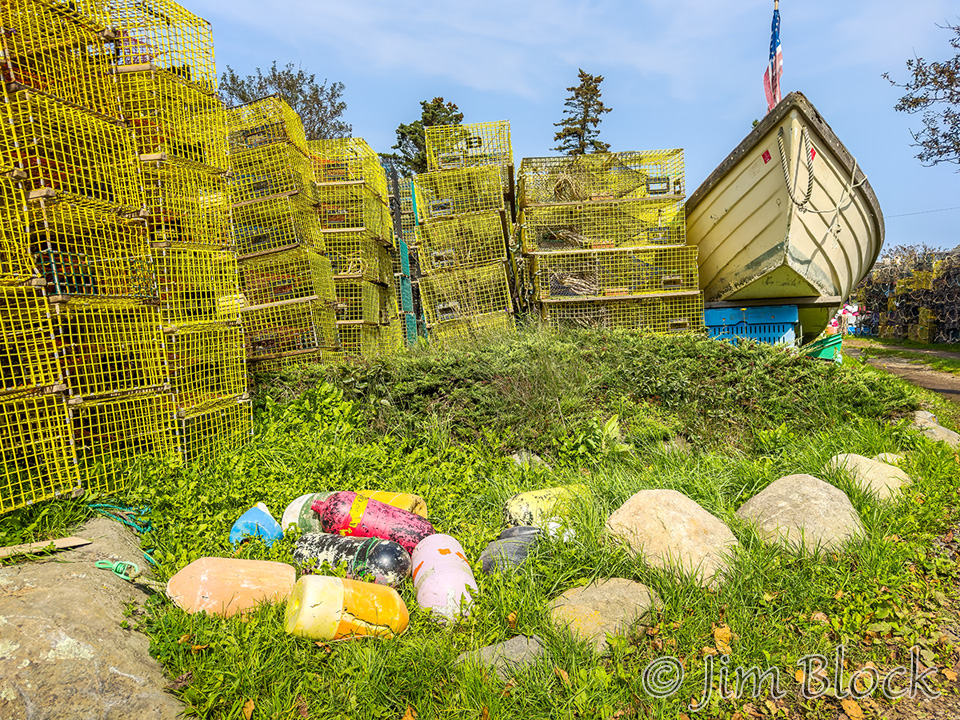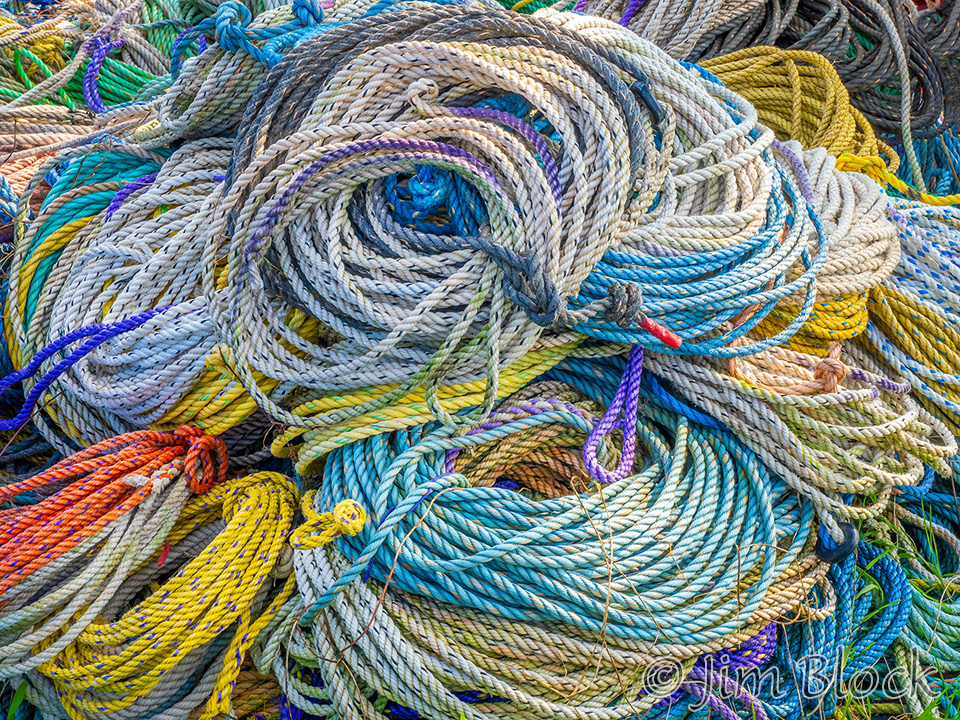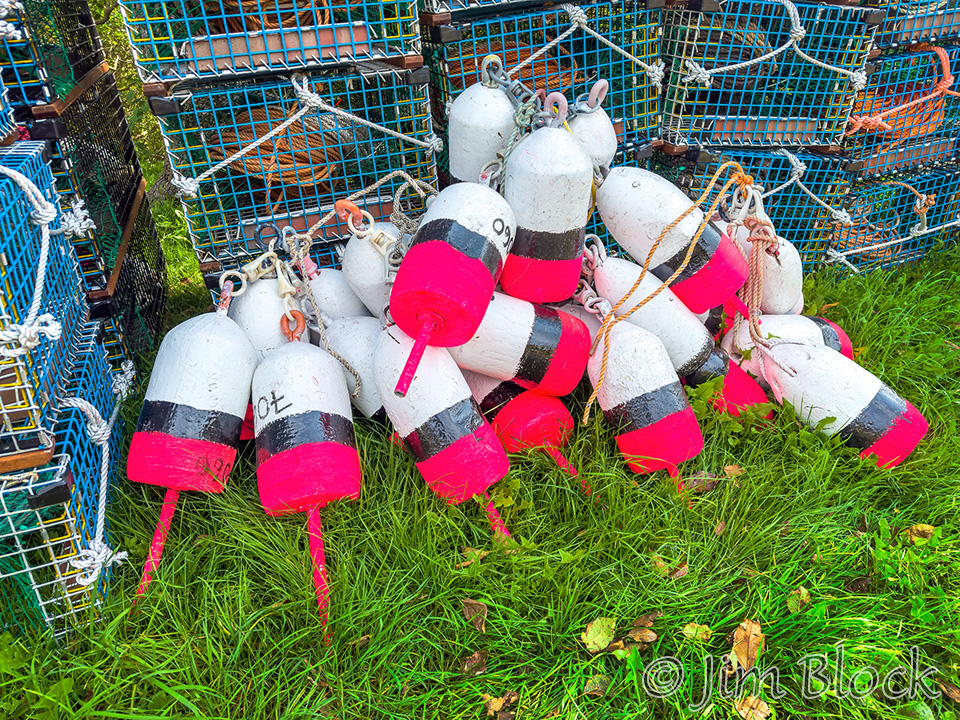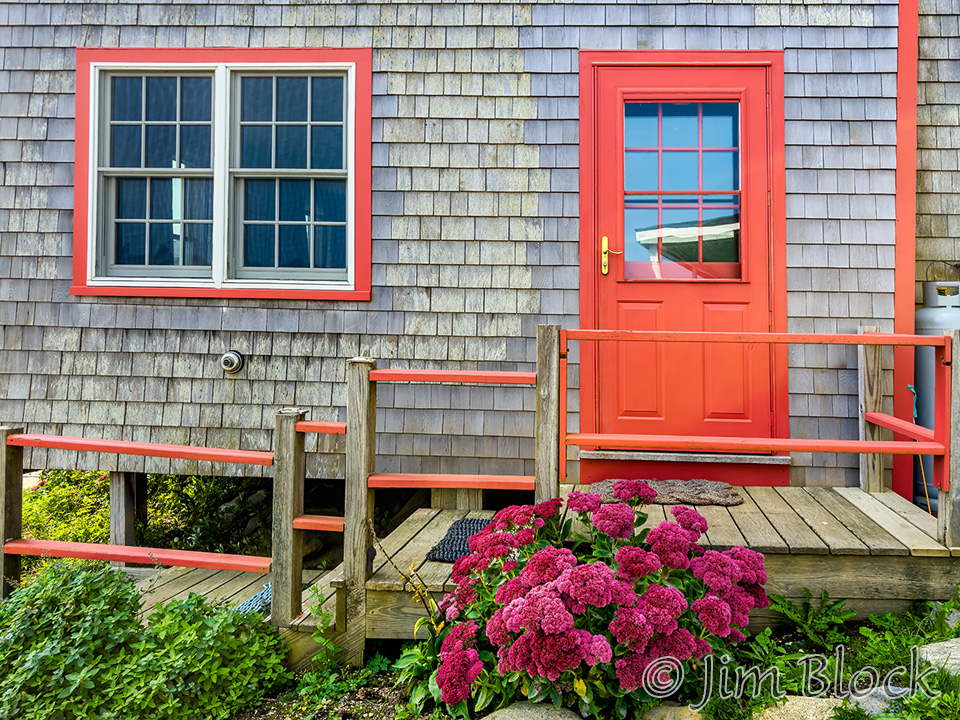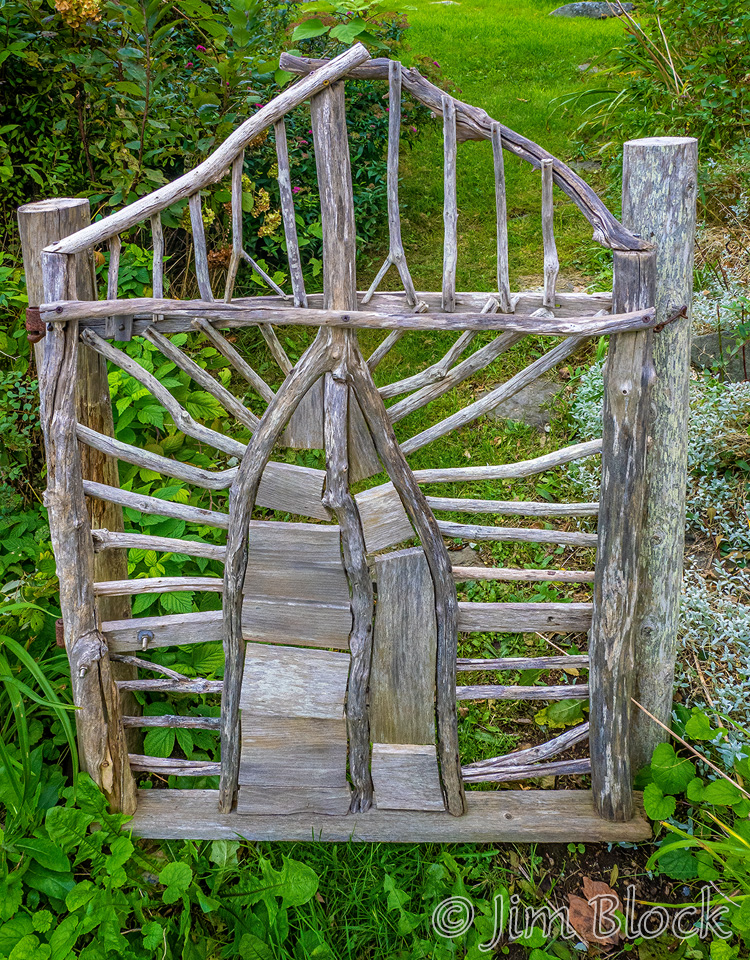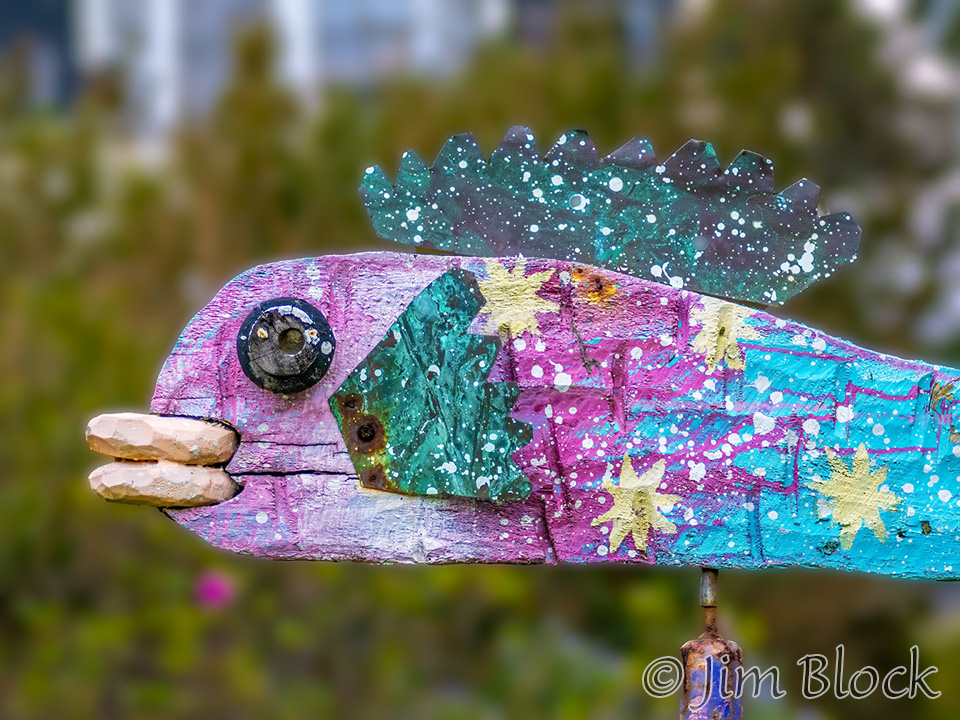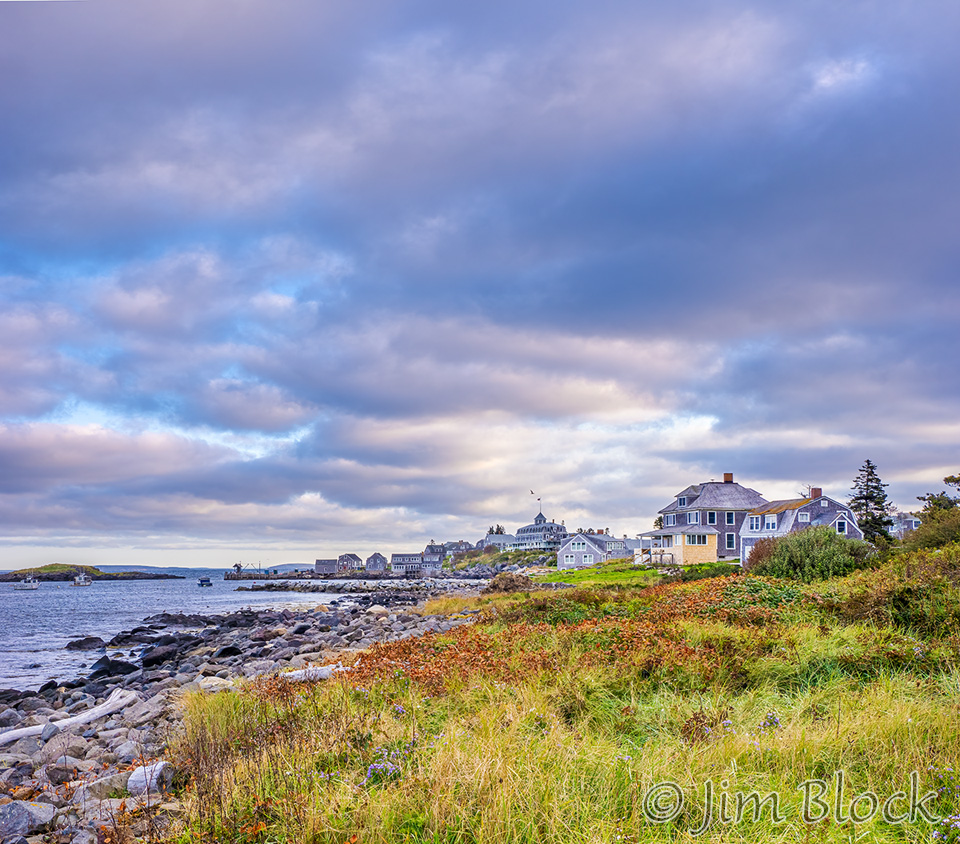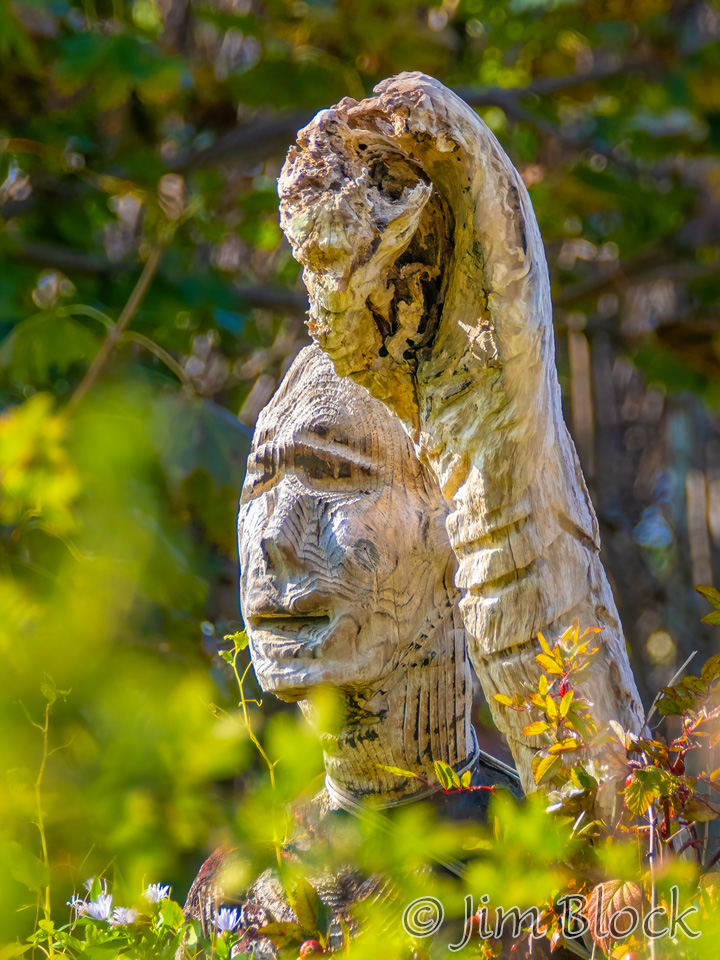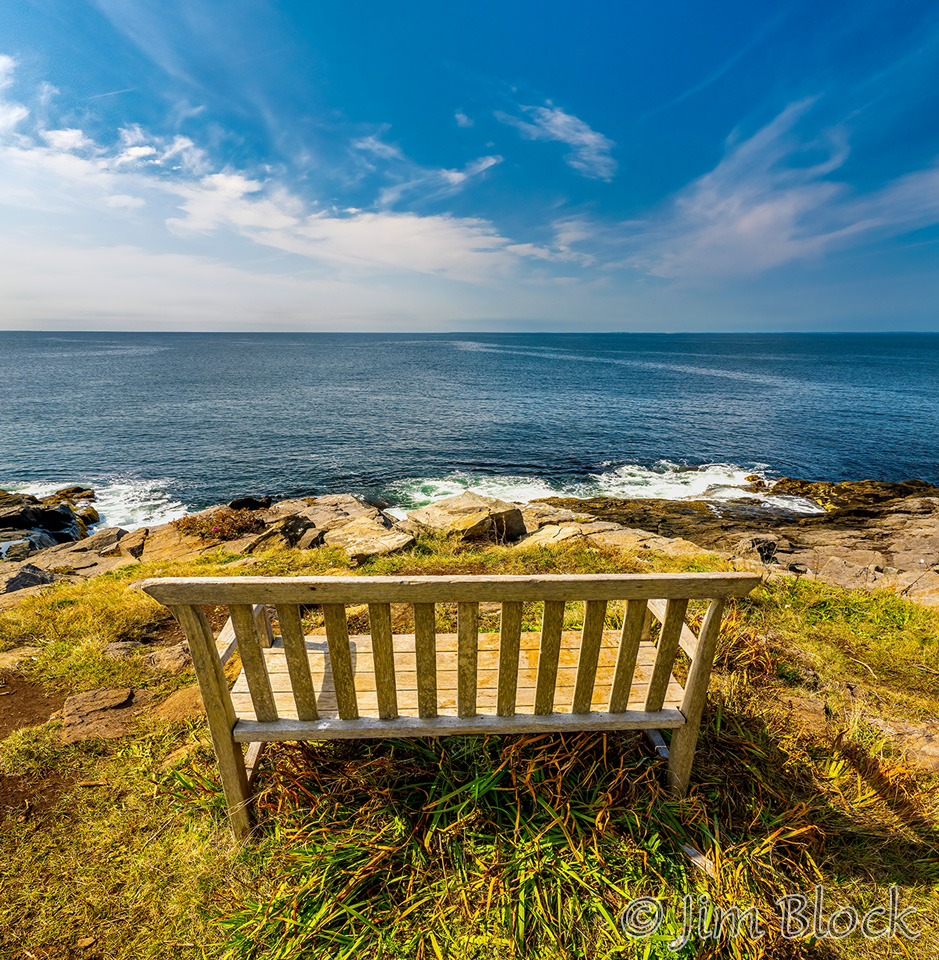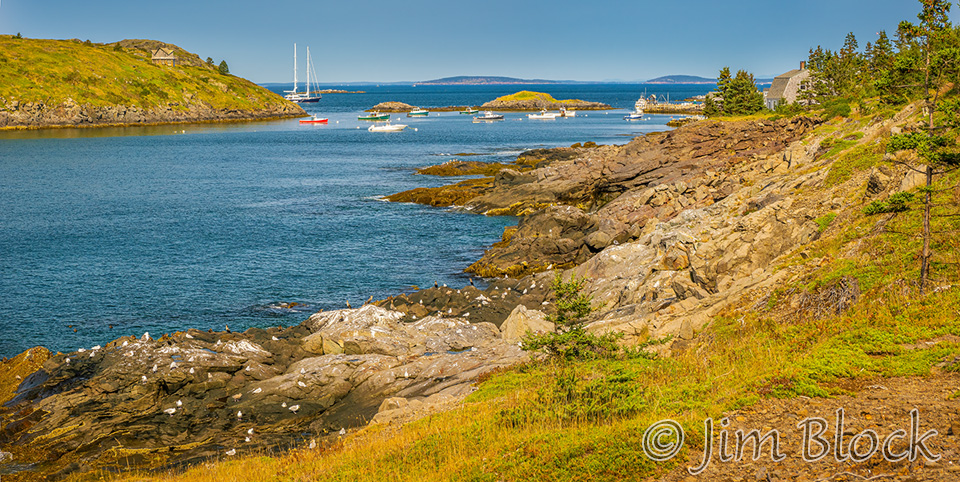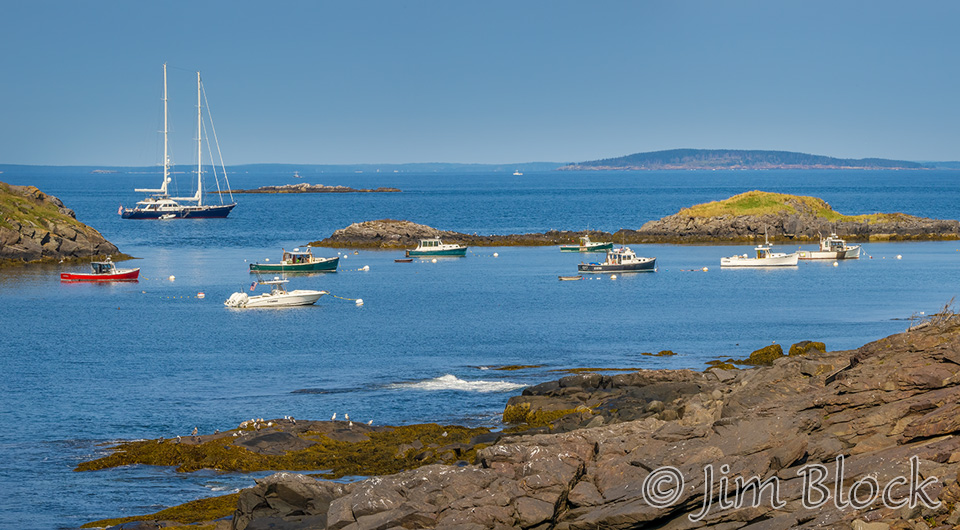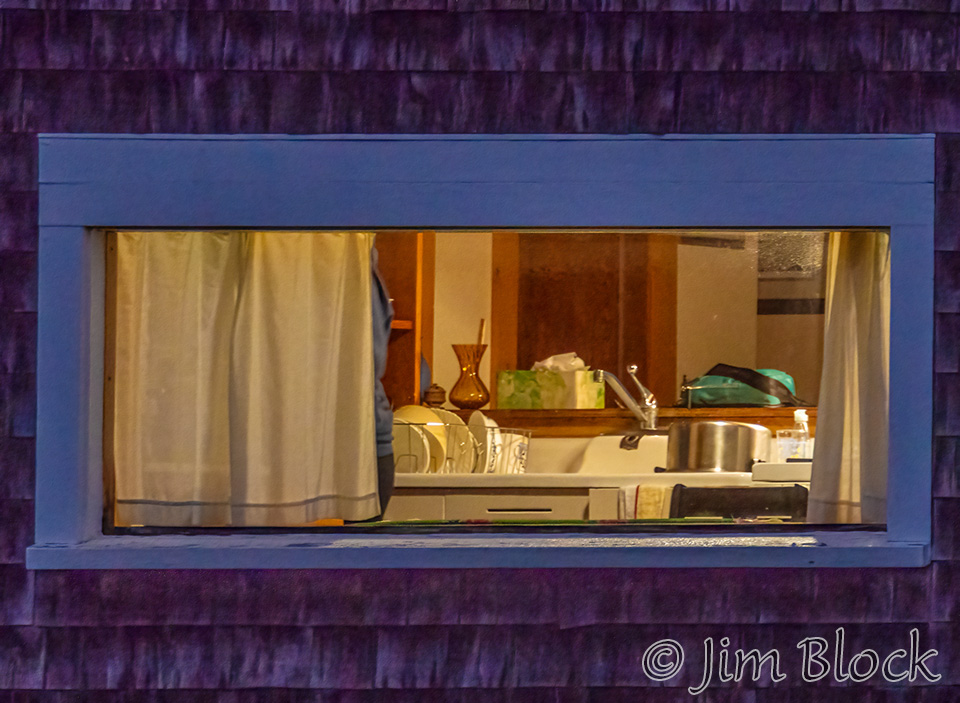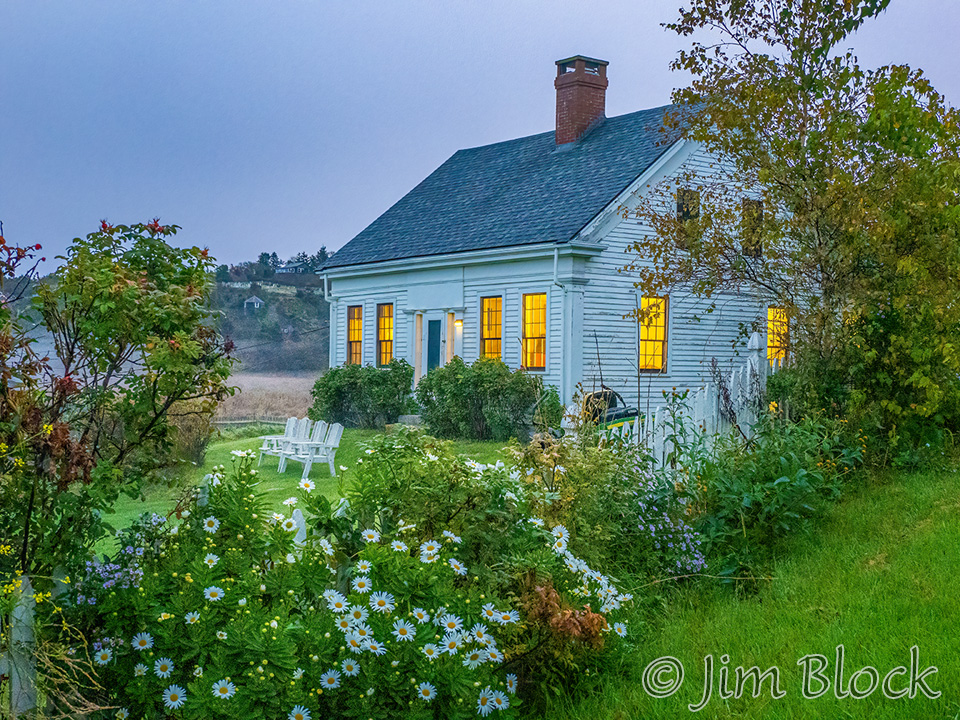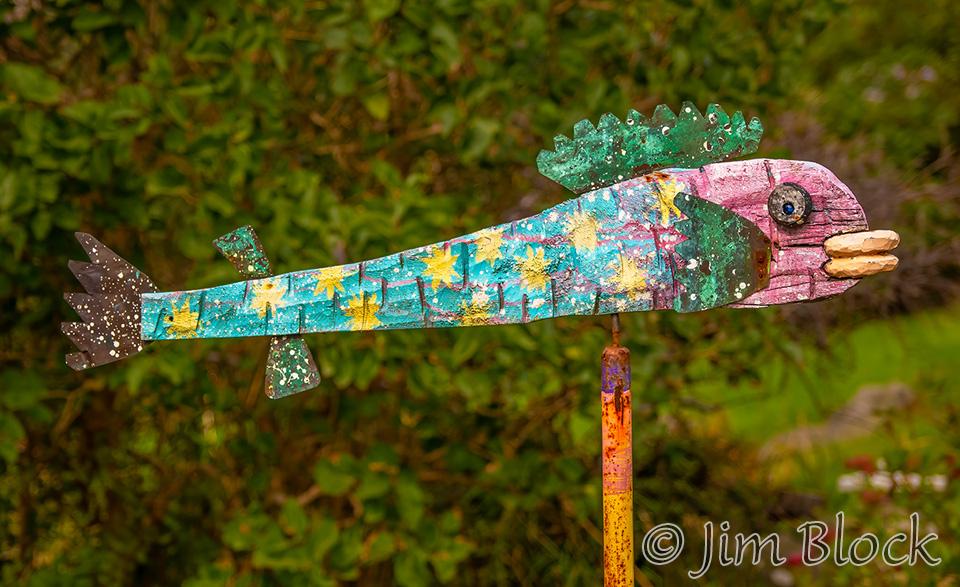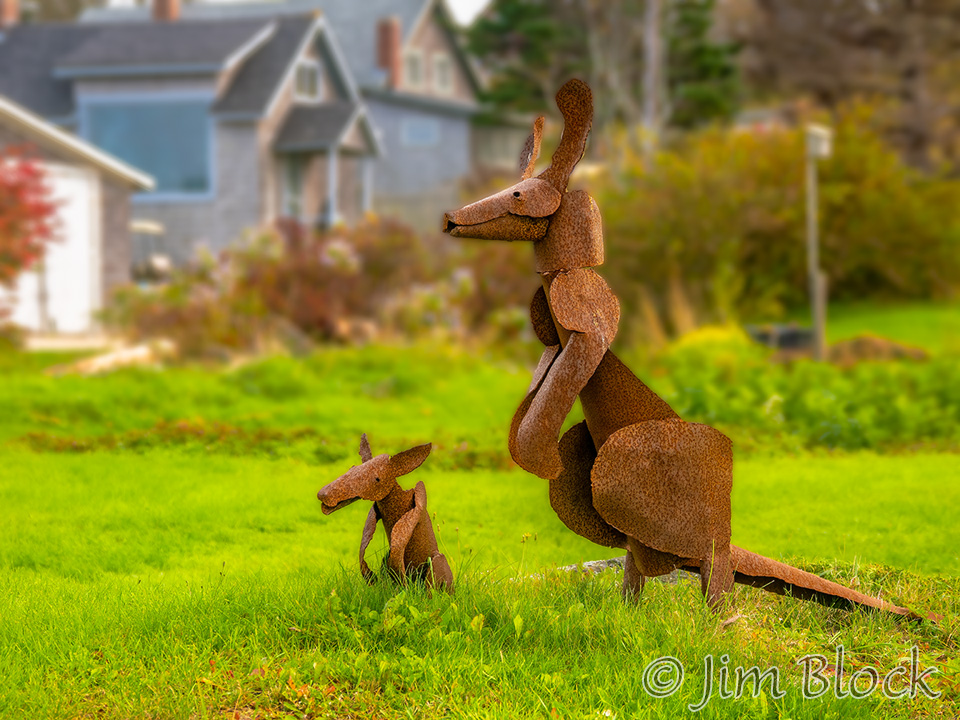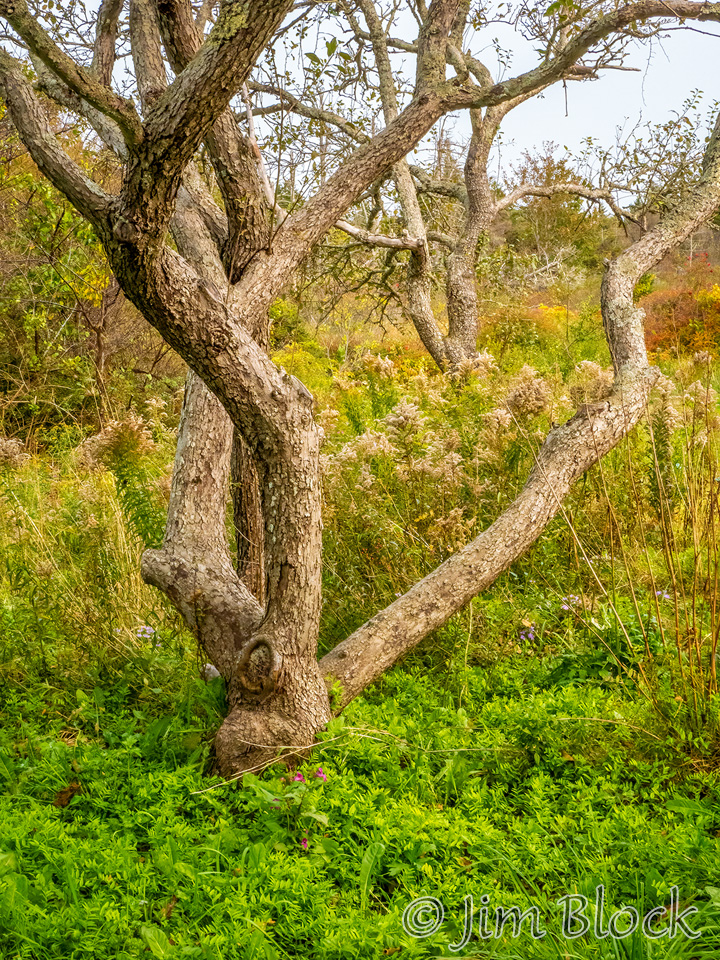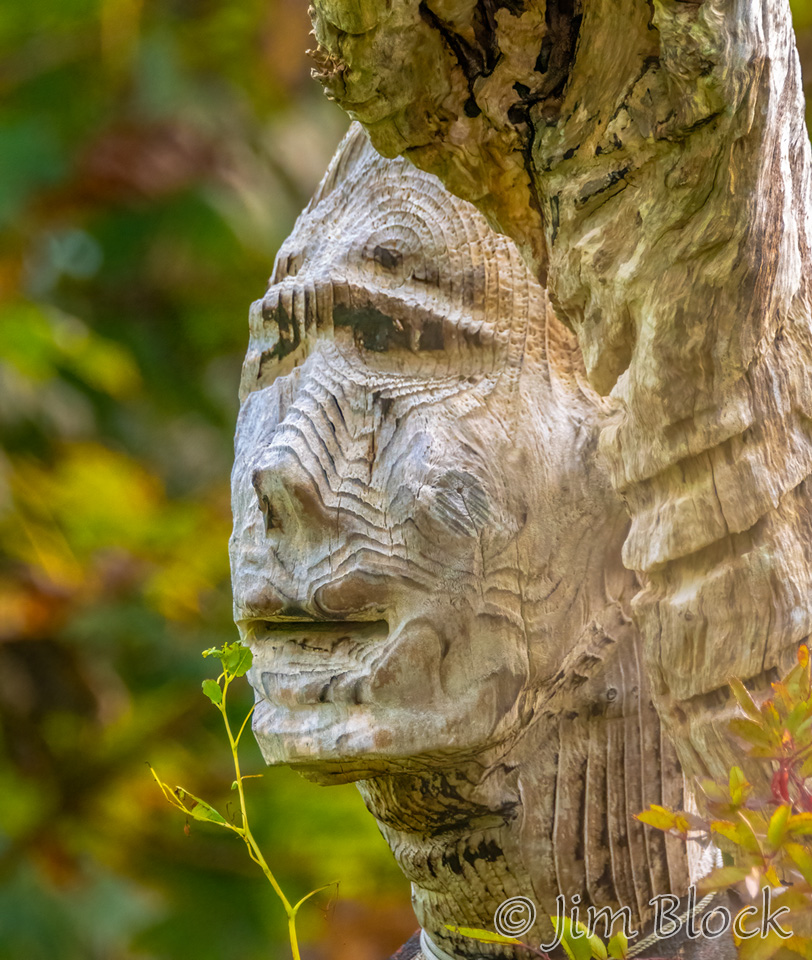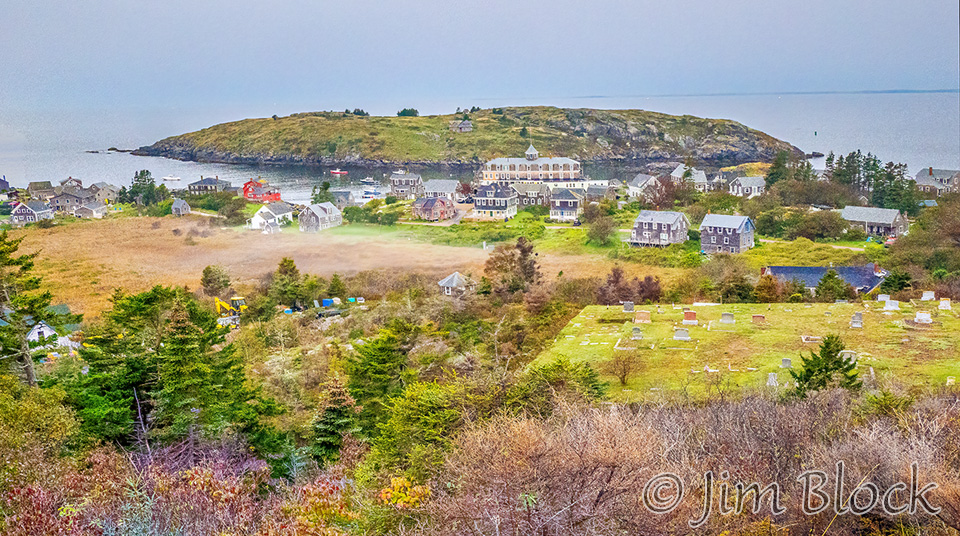
This fourth trip to Monhegan Island was the longest and perhaps the most interesting. The first was many years ago with Jann. It was back in the film days, and it was just a day trip. We walked many miles. I was carrying a huge lens and very heavy tripod. It was a very exhausting day. The second and third trips were with the Vermont Center for Ecostudies in 2018 and 2019.
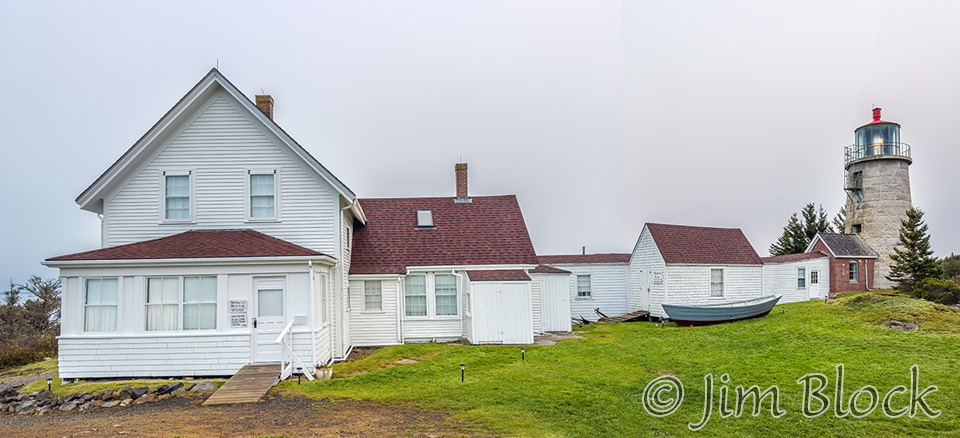
This visit lasted a full five days. Like the last two, we stayed at the Monhegan House. Unlike the previous three visits, we traveled from Boothbay Harbor rather than Port Clyde. That made for a shorter drive but a longer boat ride. It also allowed for a longer time on the island the days we arrived and departed. This time I travelled with Bob Quinn of Merlin Wildlife Tours, an excellent guide. We were on the island the last week of September.
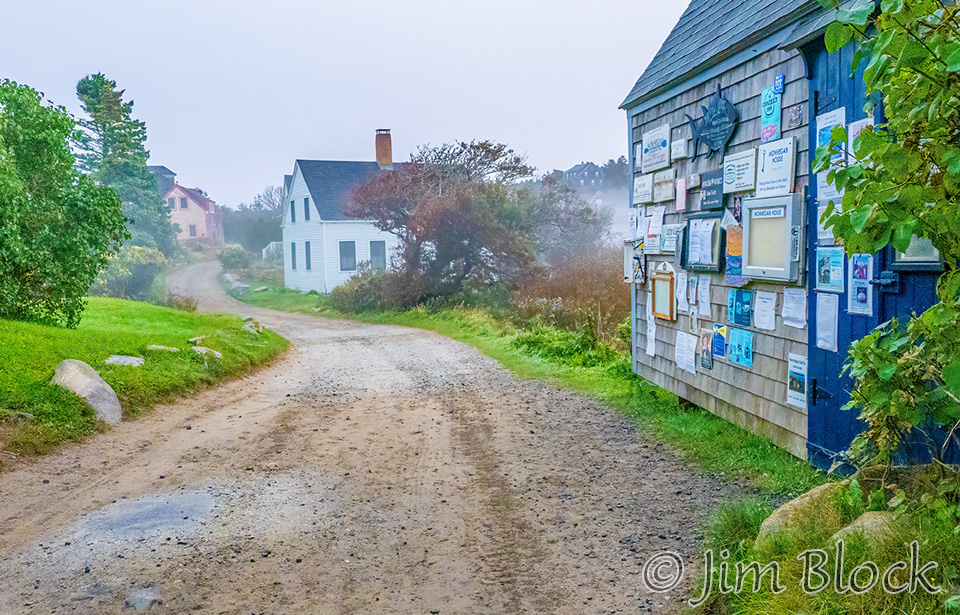
Like Appledore Island, the birds can be plentiful or scarce. We had some nice species the first few days, but after that we had to hunt to find birds. Yet I was able to photograph quite a few species, and I will show photos of most of them here.
Warblers
Cape May Warbler
A species that was very prevalent along Main Street the first two and a half days was the Cape May Warbler. Several were regulars in one tree right near a house and just a short distance off the road. And then they were gone. It is a beautiful warbler, especially the bright male.
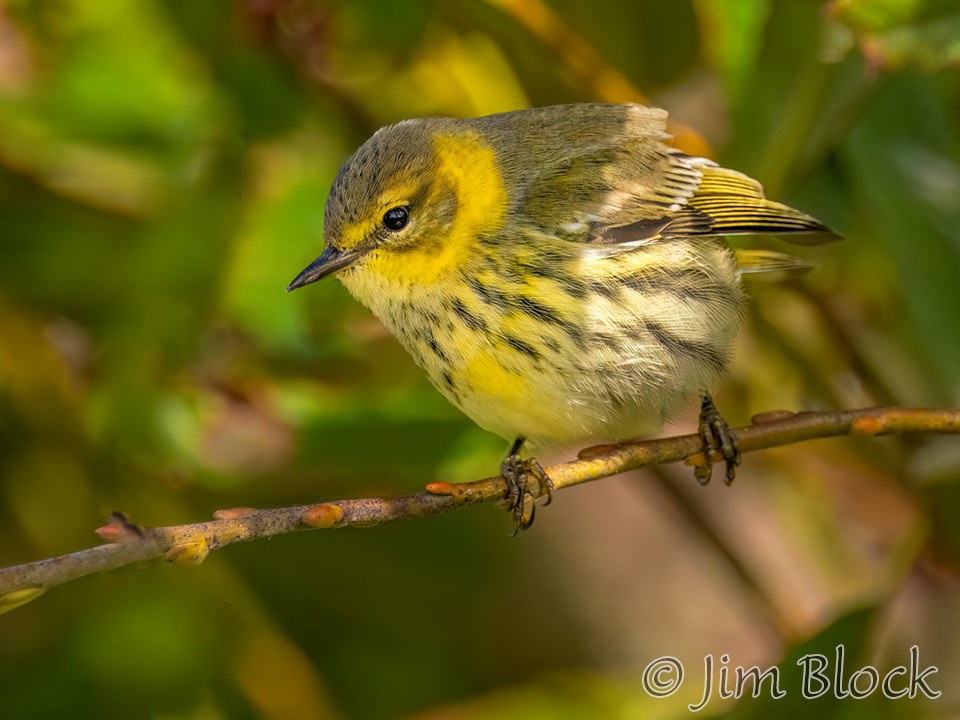
The bird below grabbed a tiny insect.
Here is a slide show of photos of Cape May Warblers taken within 75 minutes of the boat landing on Monhegan.
Early in the morning of our first full day, September 26, I photographed a Cape May with a fairly large insect.
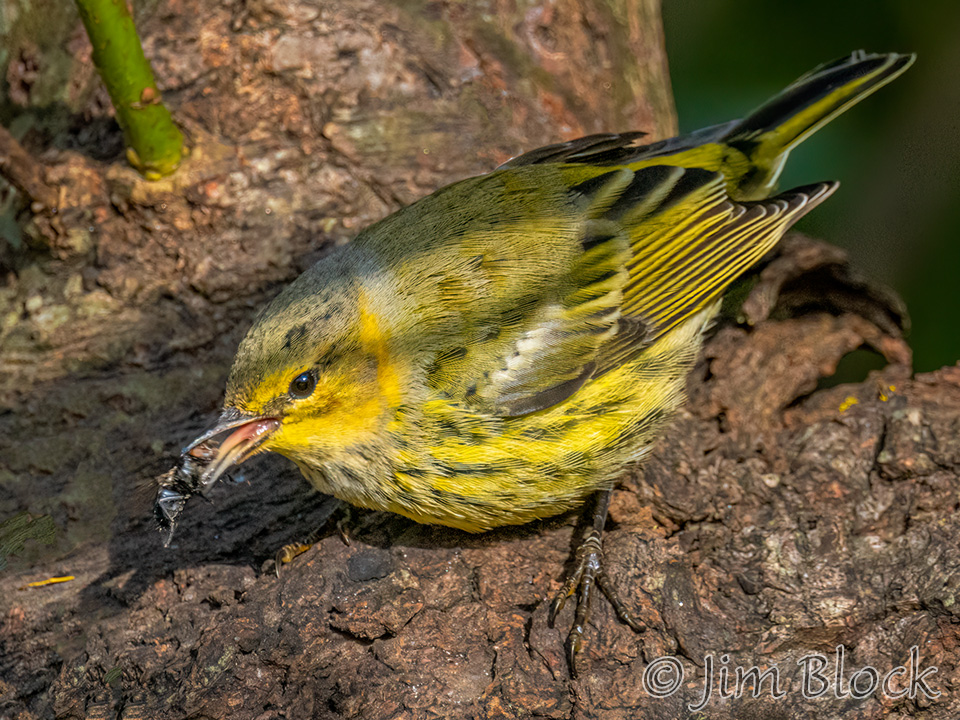
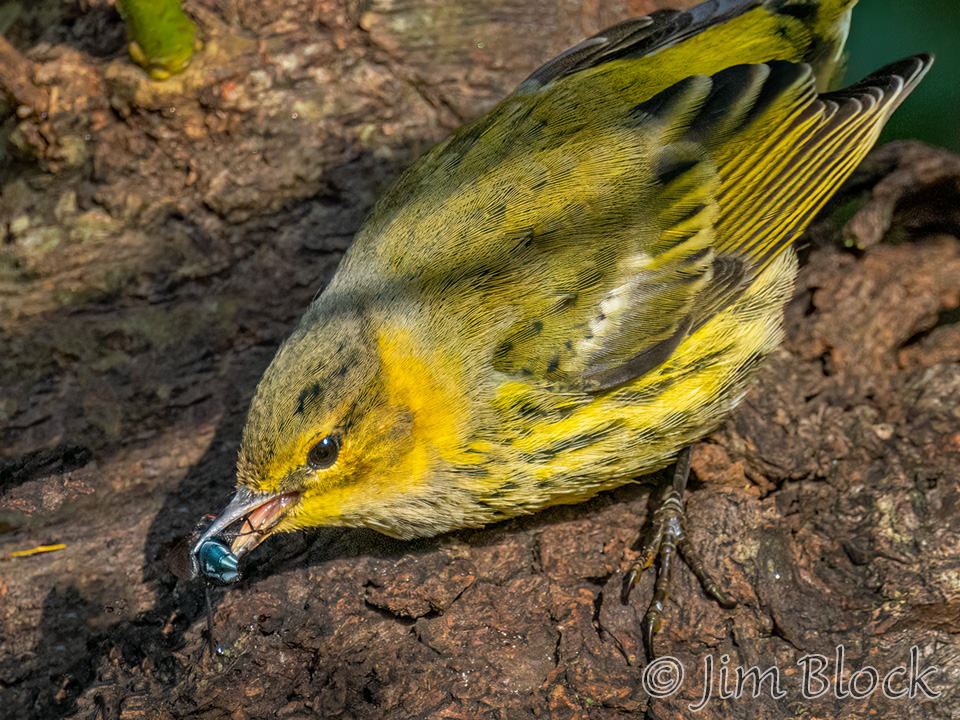
Here are more photos of Cape May Warblers from these days on Monhegan.
Northern Parula
We disembarked from our boat and almost immediately Bob spotted a Northern Parula. I got one quick photo and that was it for this species this trip.
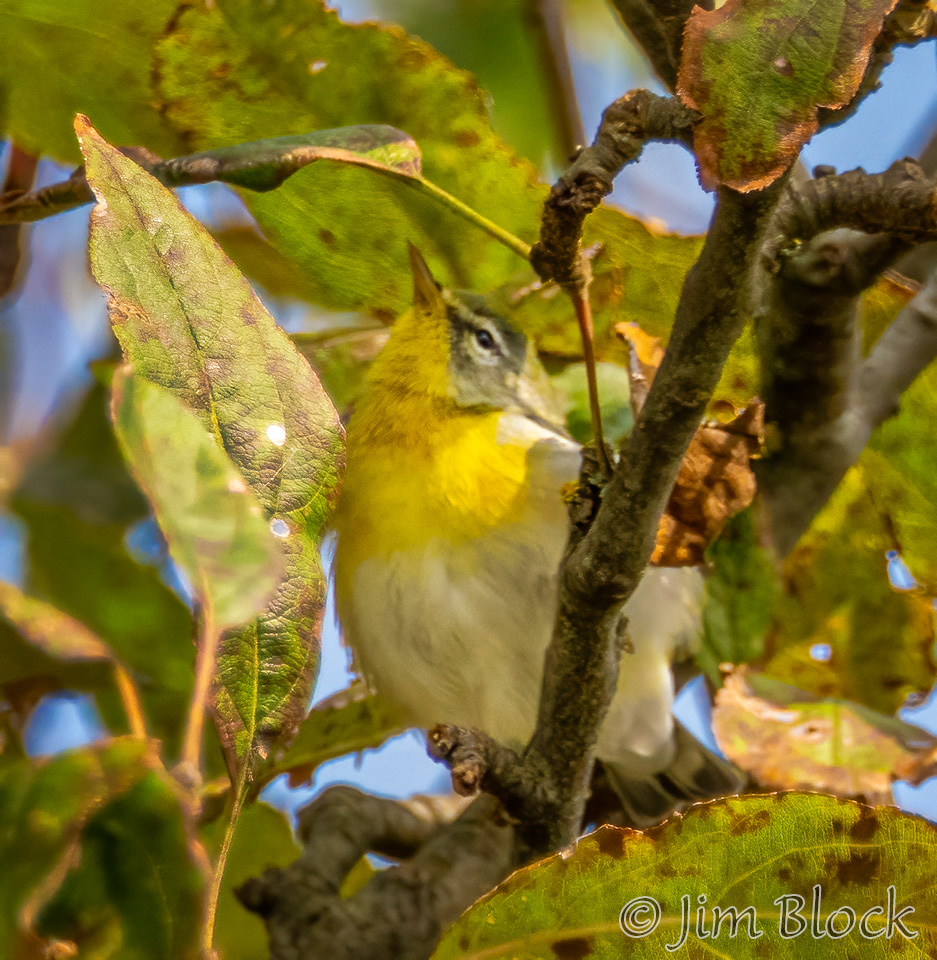
American Redstart
Several warbler species seemed to frequent the cluster of trees and brush near the dock where we saw the Parula, including an American Redstart — a showy bird that is hard to photograph. They rarely give a clear view and move fast when they do. It flashes its tail then is gone.
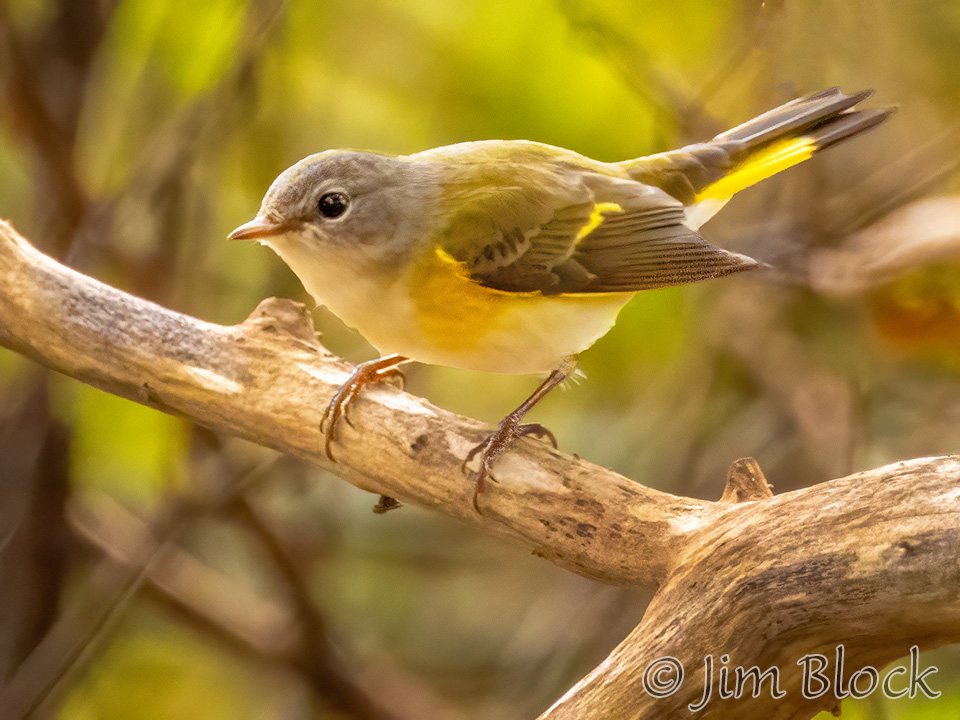
This sequence of photos was shot in less than one second.
Wilson’s Warbler
That same clump of trees near the dock yielded a brief look at one of my favorite warblers, the Wilson’s Warbler. There seems to be a move afoot to change the names of all birds that are named after people. So maybe this will become the black-capped warbler.

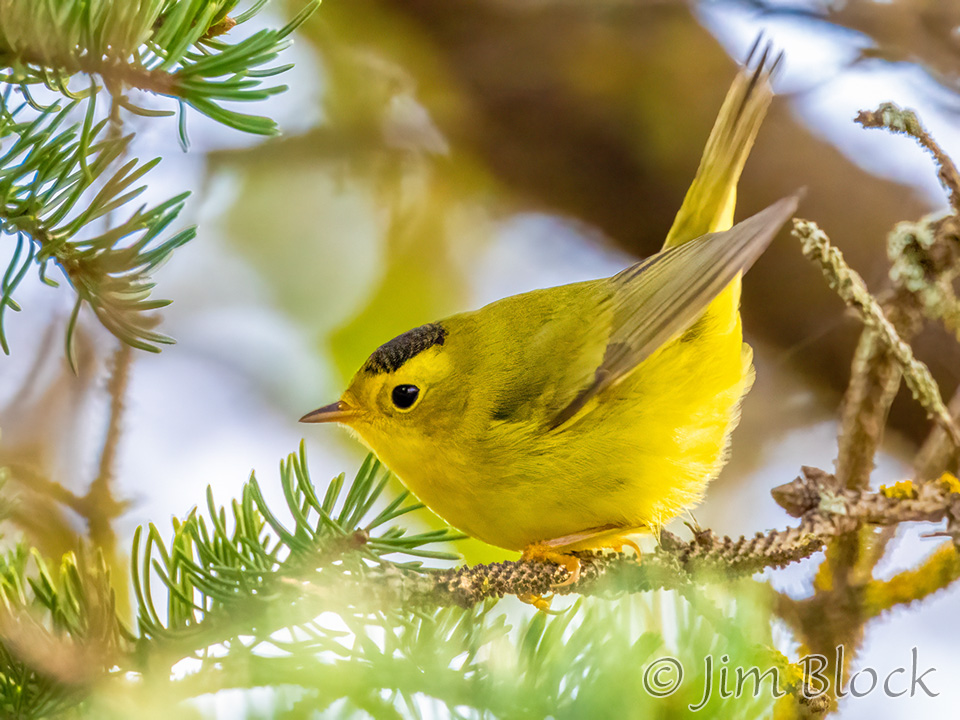
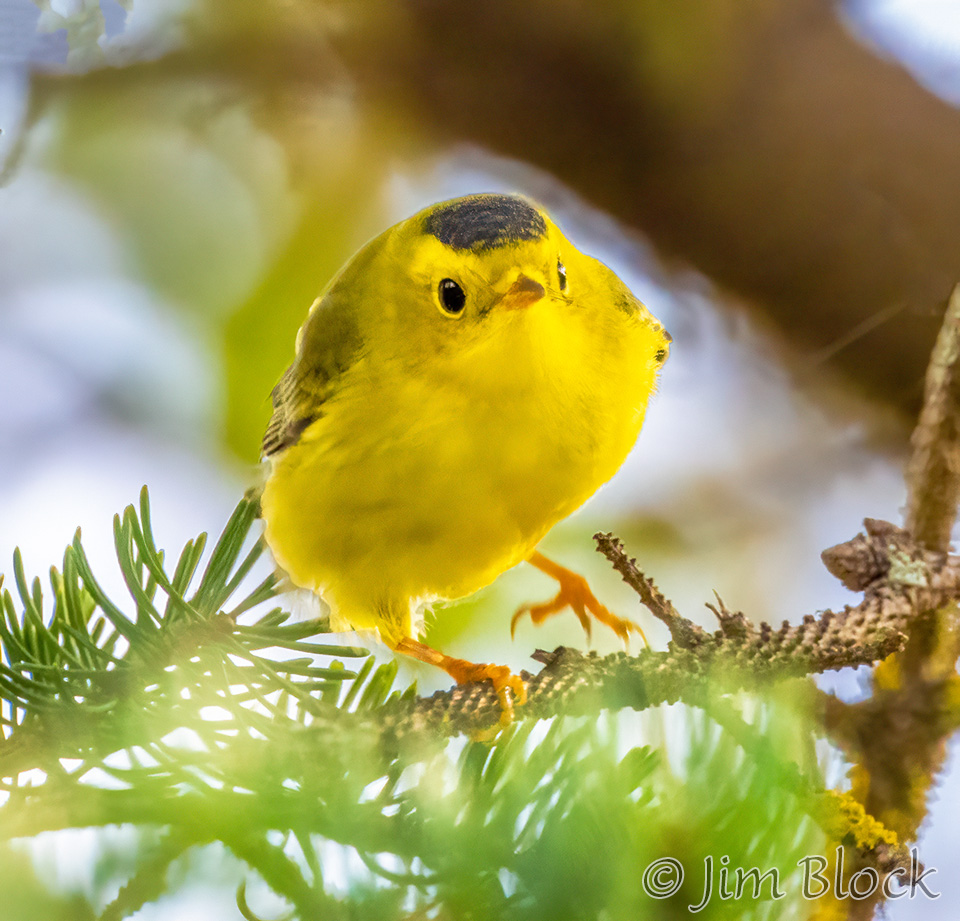
Black-and-White Warbler
The other warbler species found in this thick group of shrubs and trees was the Black-and-White Warbler. They moved fast — as do most warblers — when searching for food. This one caught an insect.
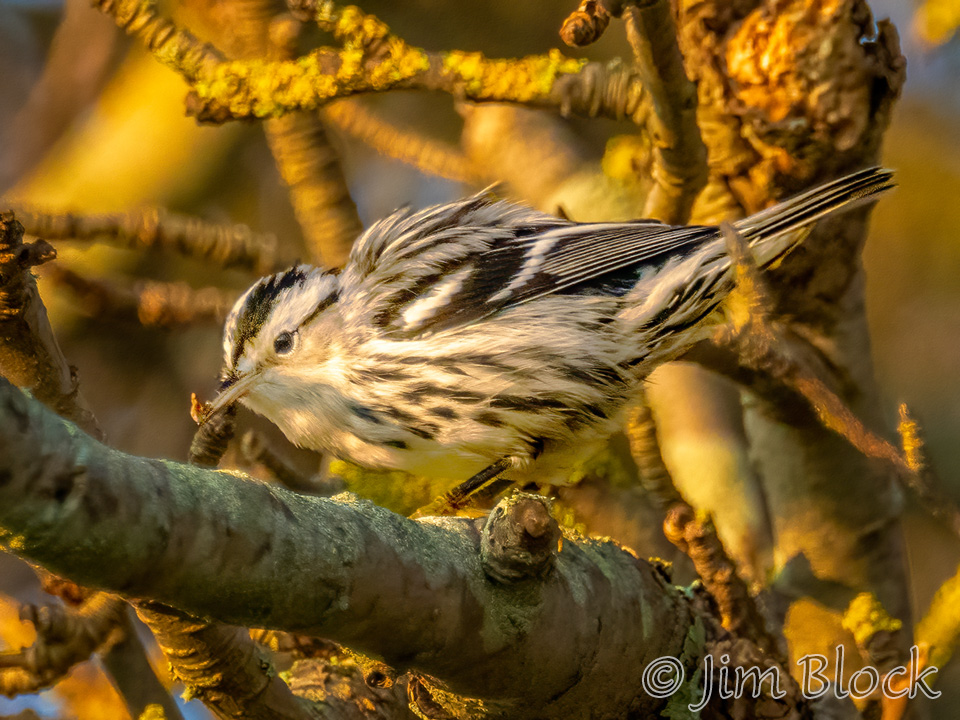
Two early mornings in the same clump of trees were productive for Black-and-White Warblers.
Three of us did an afternoon hike along some rarely-used trails east of the “meadow” that can be seen on the left side of the first photo above. We did not see many birds, but at one spot I was able to get some photos of a Black-and-White Warbler.
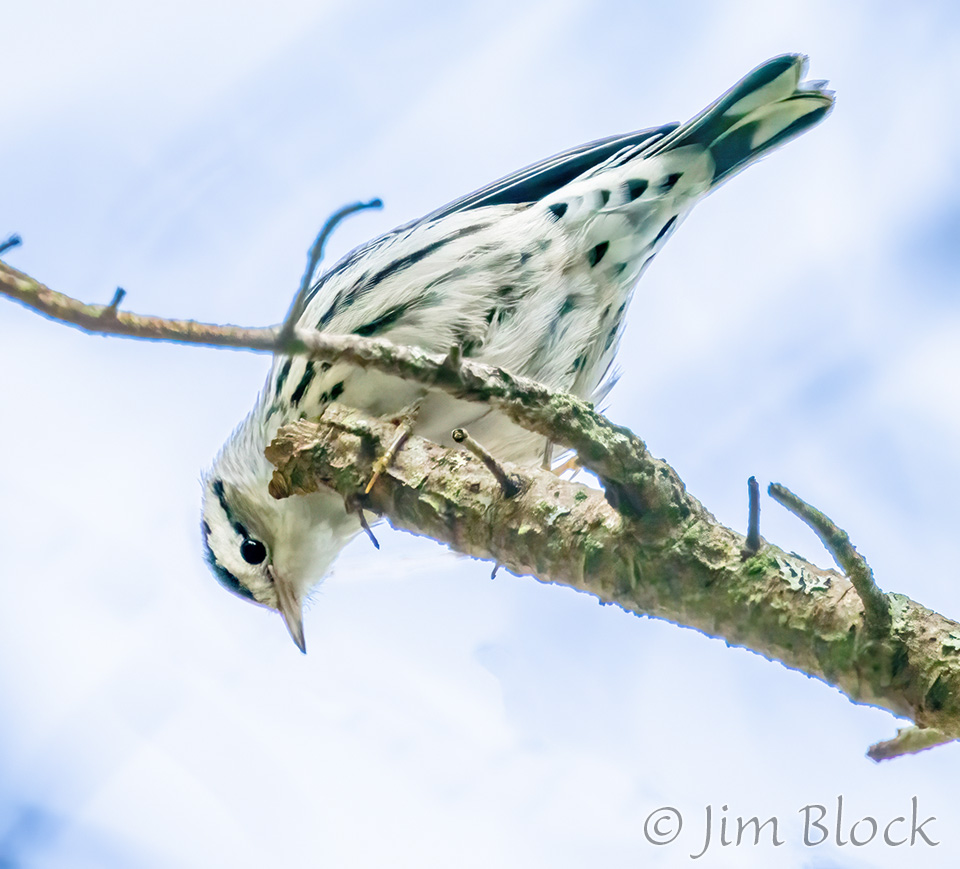
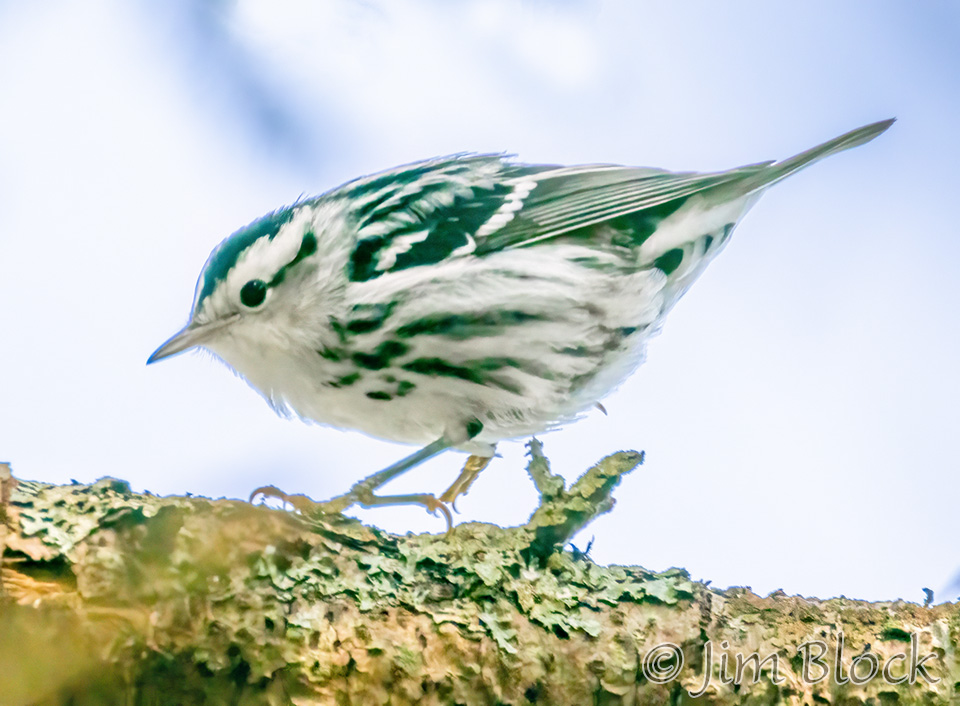
Palm Warbler
I saw Palm Warblers briefly the first full day near the Ice Pond to the north of town.
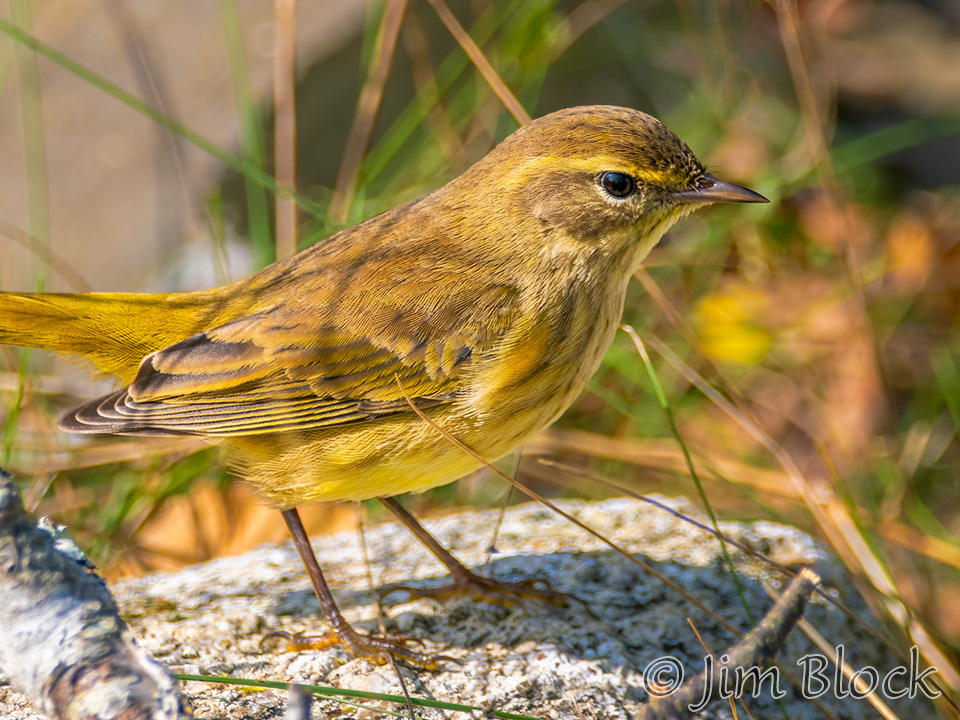
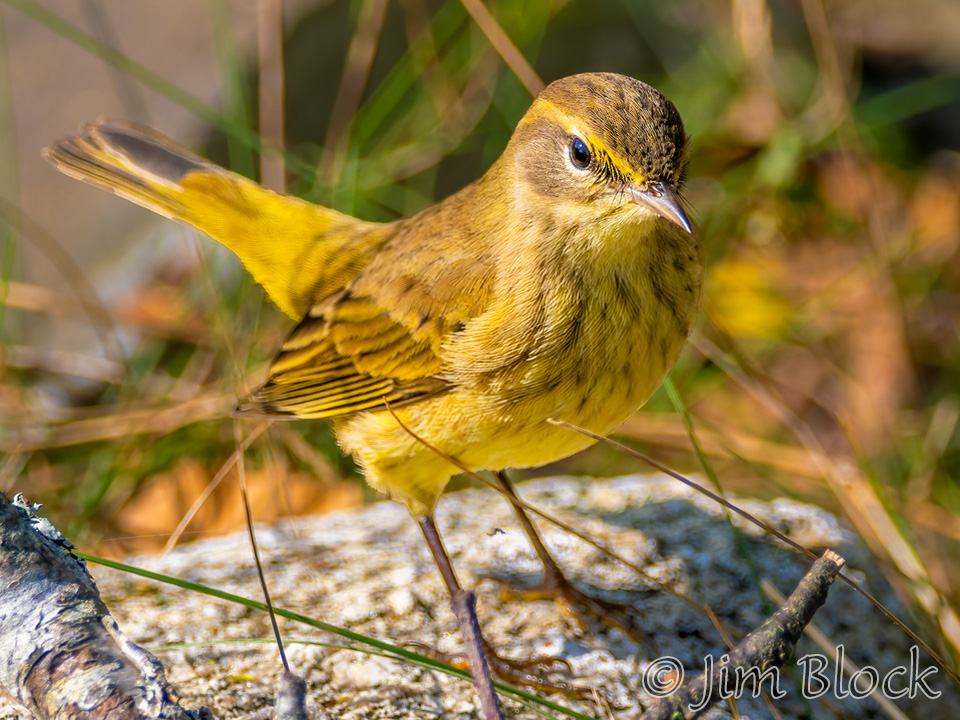
Blackburnian Warbler
A truly beautiful male warbler in its breeding plumage is the Blackburnian Warbler, another species that might get a name change. We got a quick look at a less colorful version, either a female or an immature male.
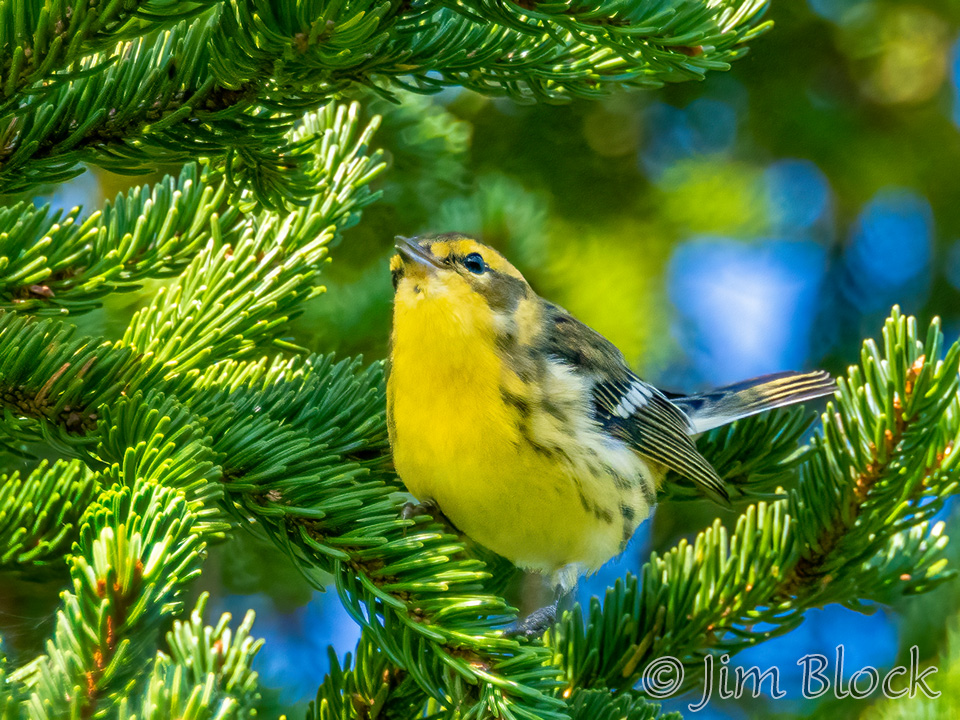
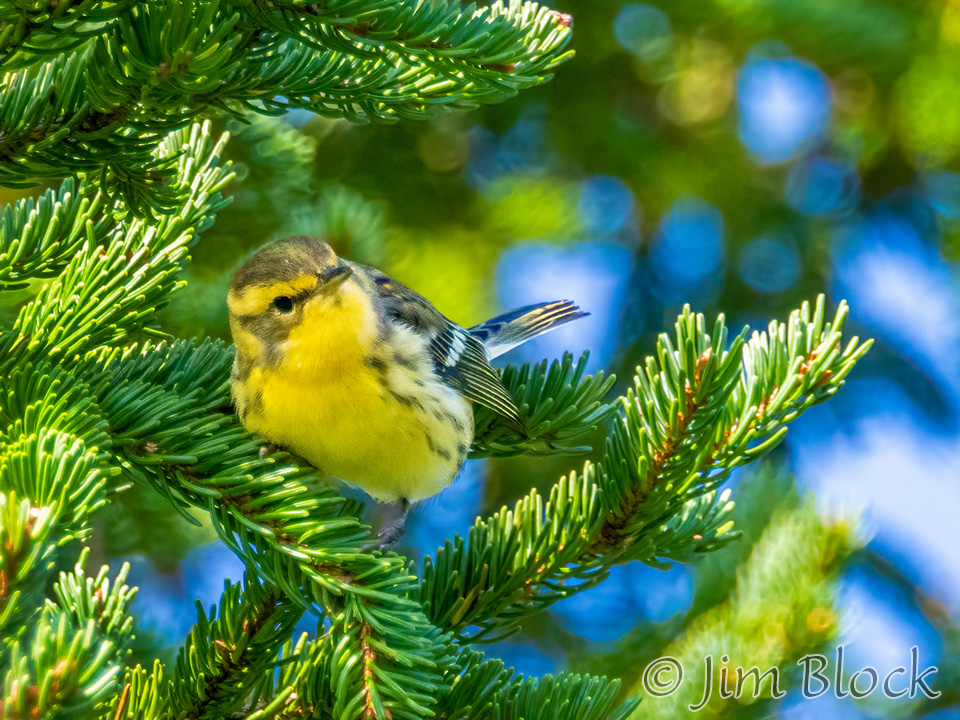
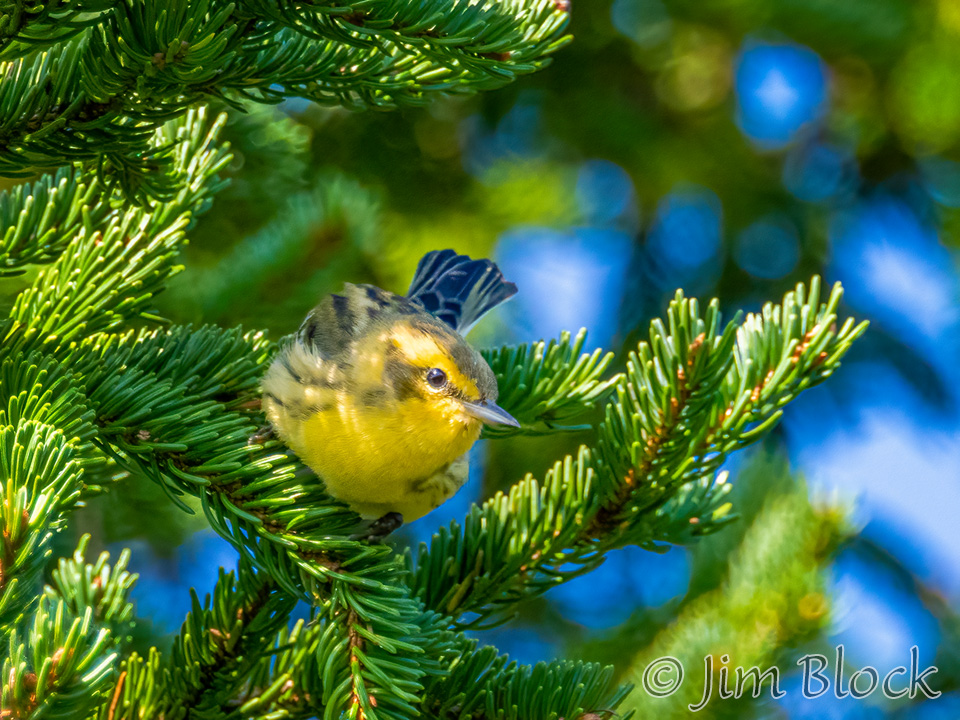
Black-throated Green Warbler
Another beautiful warbler in breeding plumage is the Black-throated Green Warbler. The ones I found near Ice Pond did not have a very black throat. But they were still striking.
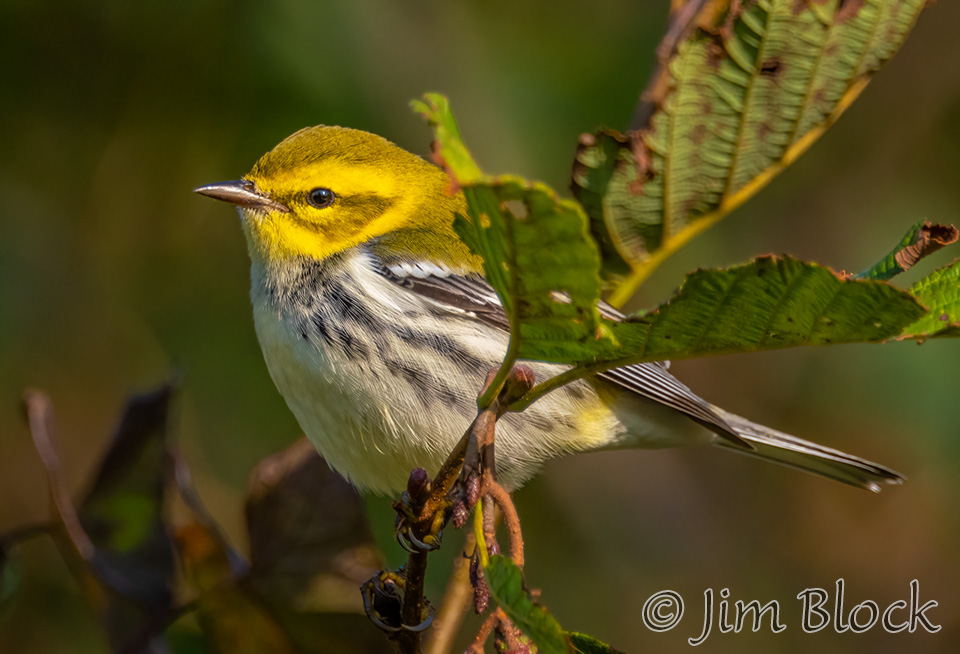

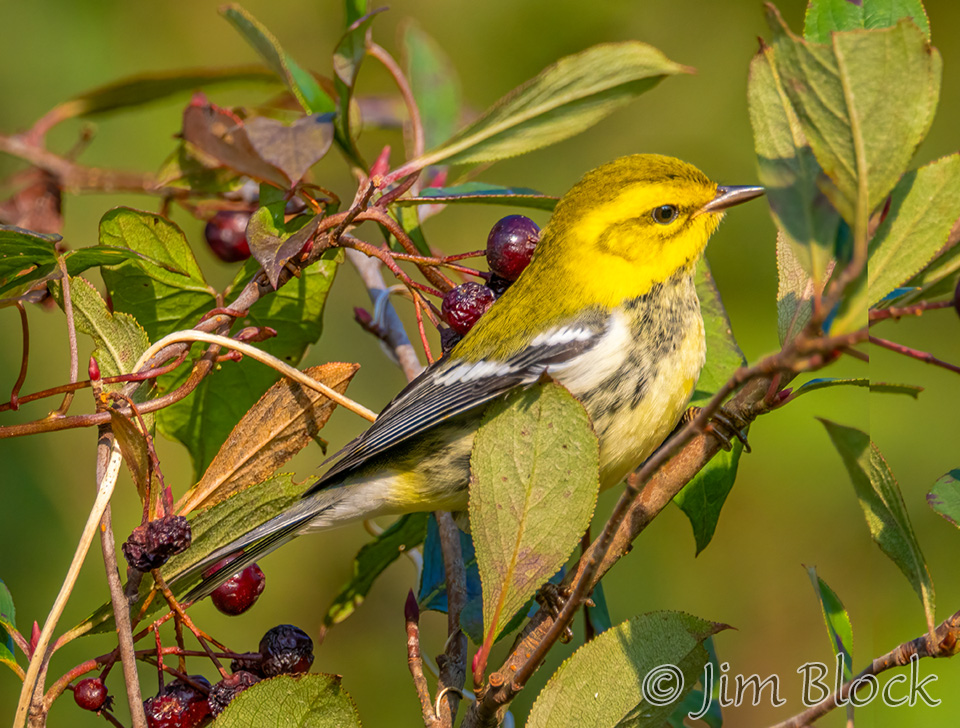
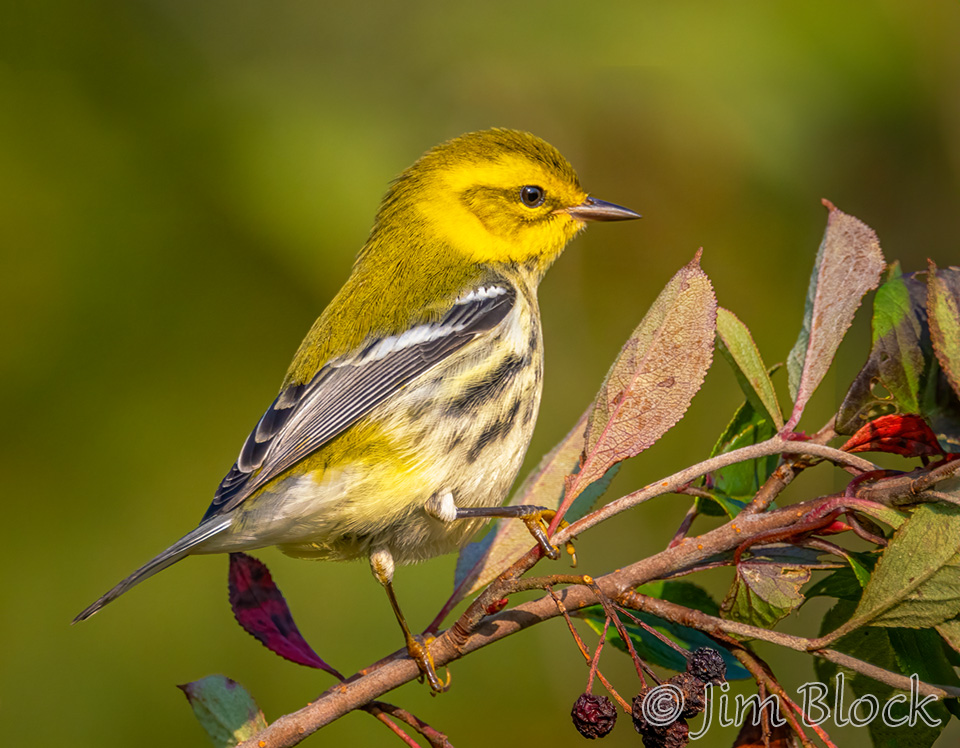
Common Yellowthroat
Common Yellowthroat males have a black mask which the females lack. Immature males have a weaker mask. These three photos likely show immature males.
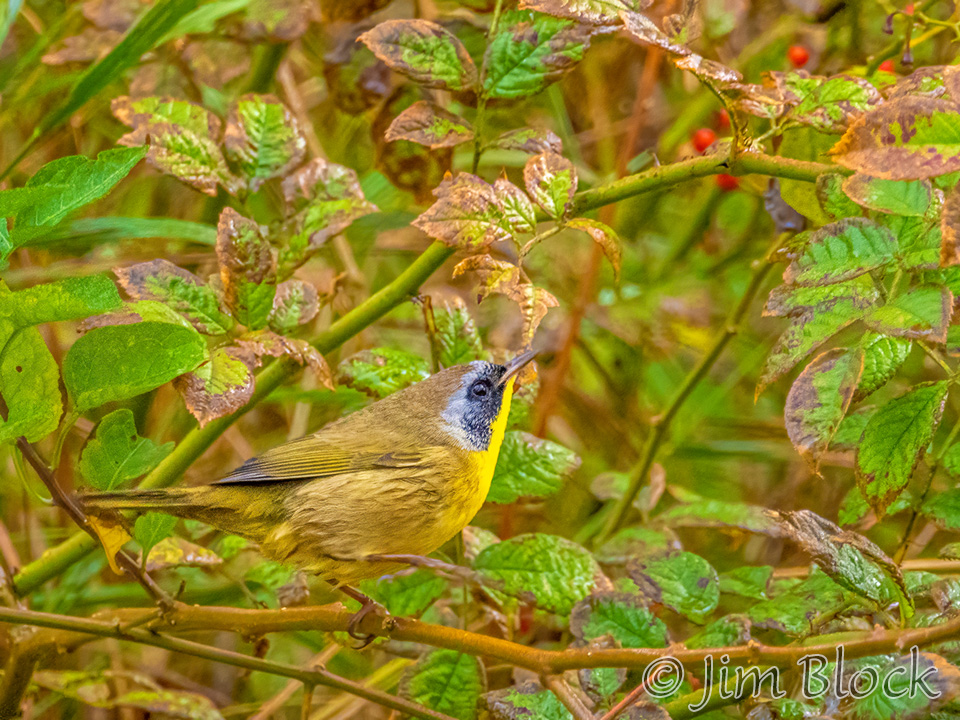
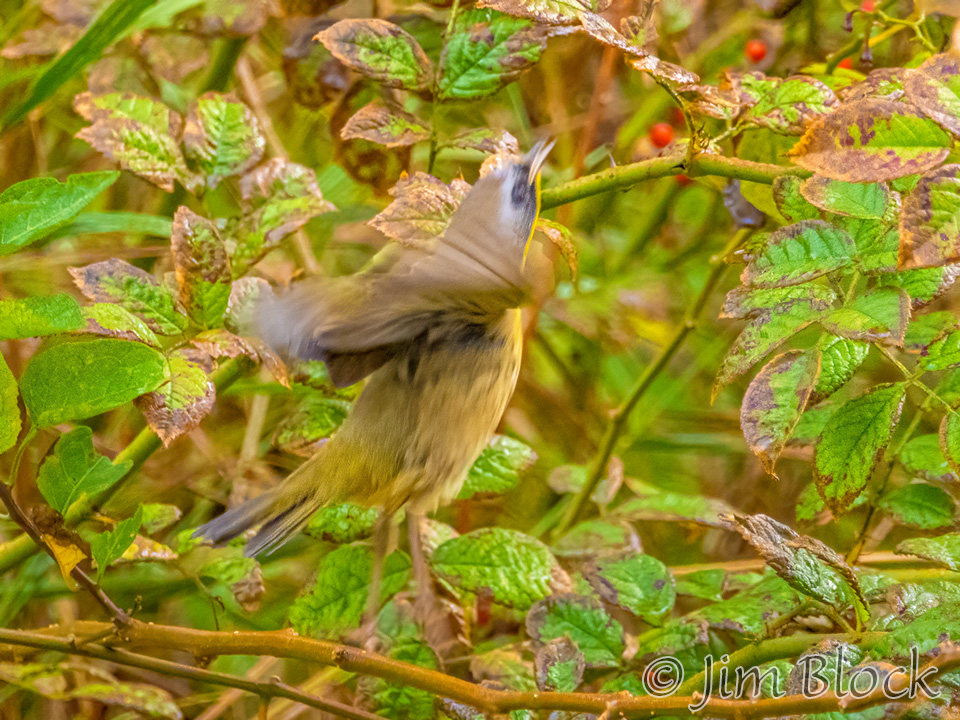
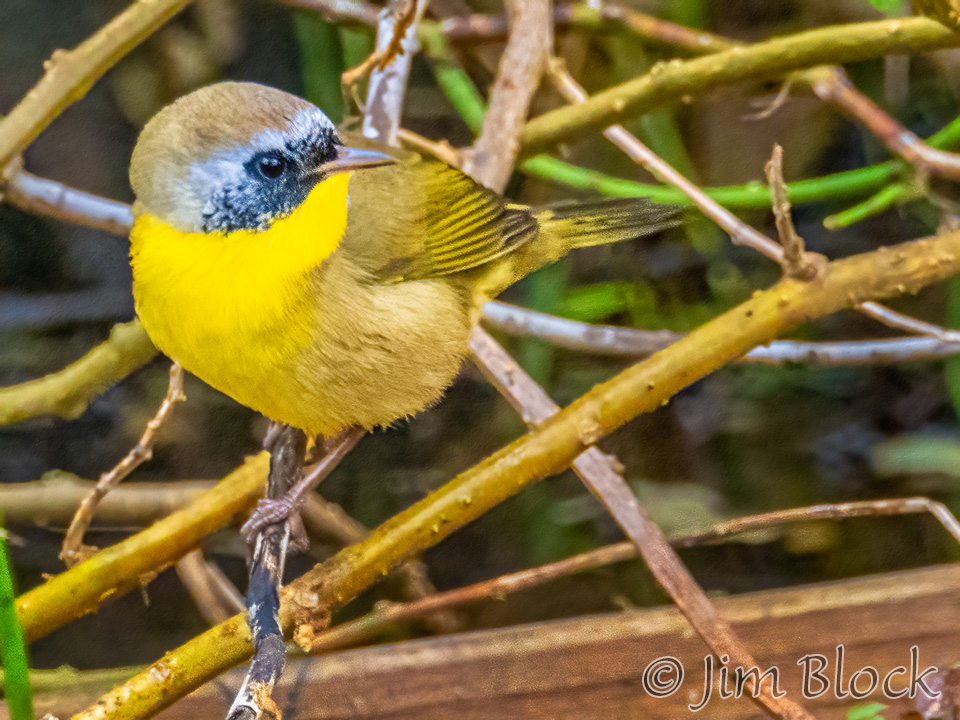
The female below appears to be contemplating a grasshopper. Perhaps too large a meal?

I got this sequence of a Common Yellowthroat feeding its young. It happened very quickly.
Here are highly cropped versions of two of the photos in the slide show above. You can see the insect in its bill.
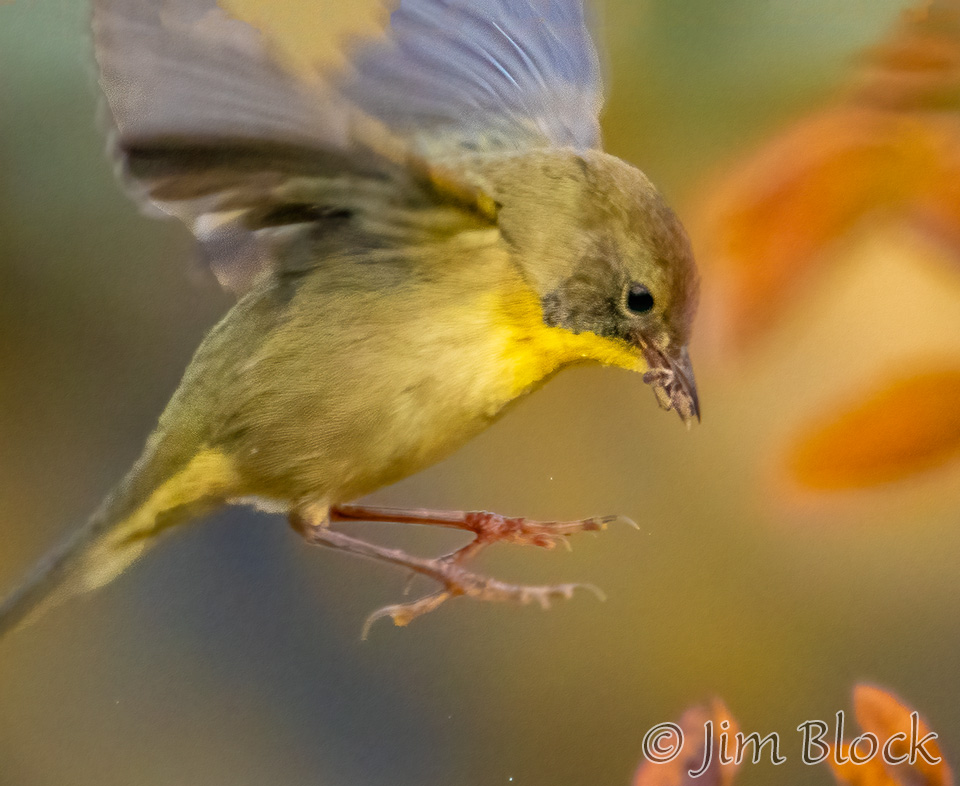
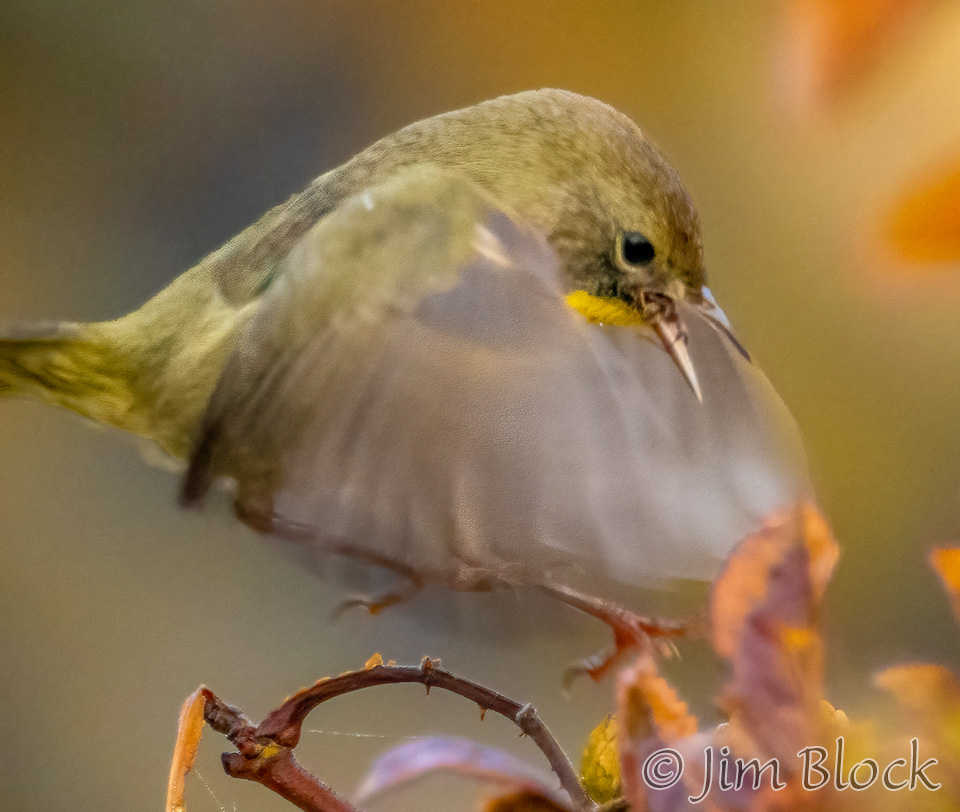
Here are a half dozen more Common Yellowthroat photos from the last day and a half on Monhegan Island.
Yellow-rumped Warbler
Perhaps the most common warbler on Monhegan, at least during the falls visits I have made, is the Yellow-rumped Warbler. But the males rarely appear as they do in the summer with their black mask, white throat, yellow patches on their side, and a yellow rump. This one grabbed an insect.
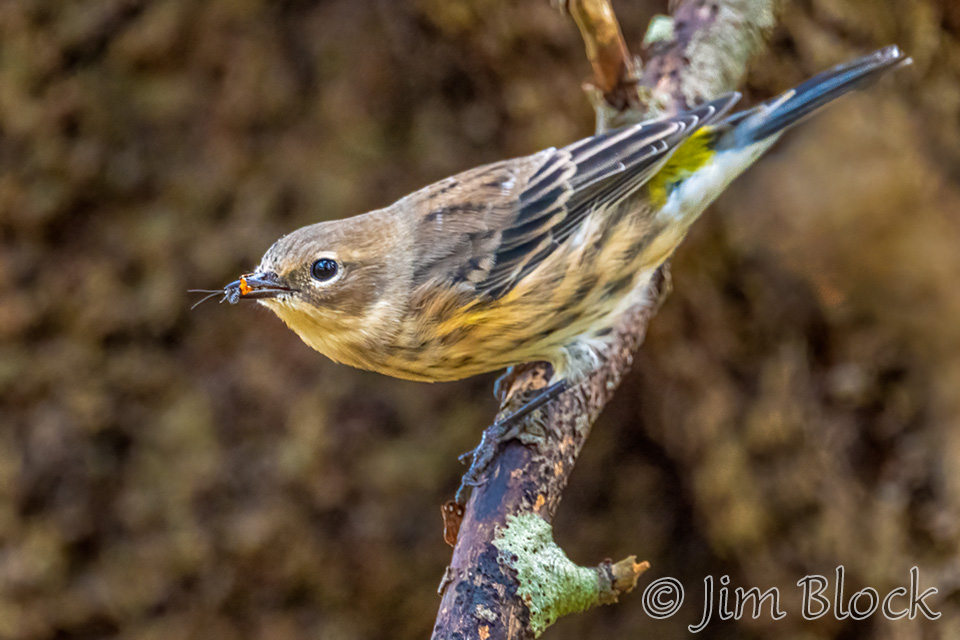
Here are some of the Yellow-rumped Warblers I photographed.
Yellow Warbler
We found several Yellow Warblers during the first 24 hours we were on the island. There were a few other times, but I did not get good photos of them. Here are four from early in the visit to Monhegan.
Sparrows
White-throated Sparrow
Near Ice Pond, after finding a few Palm Warblers, I managed several quick photos of a White-throated Sparrow on a stone wall.
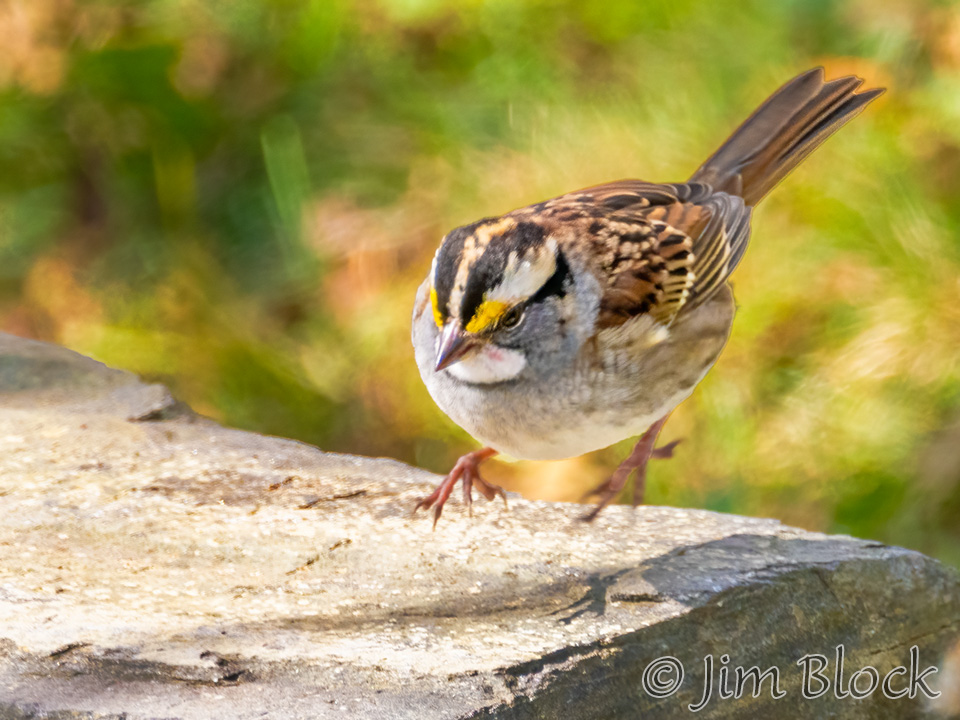
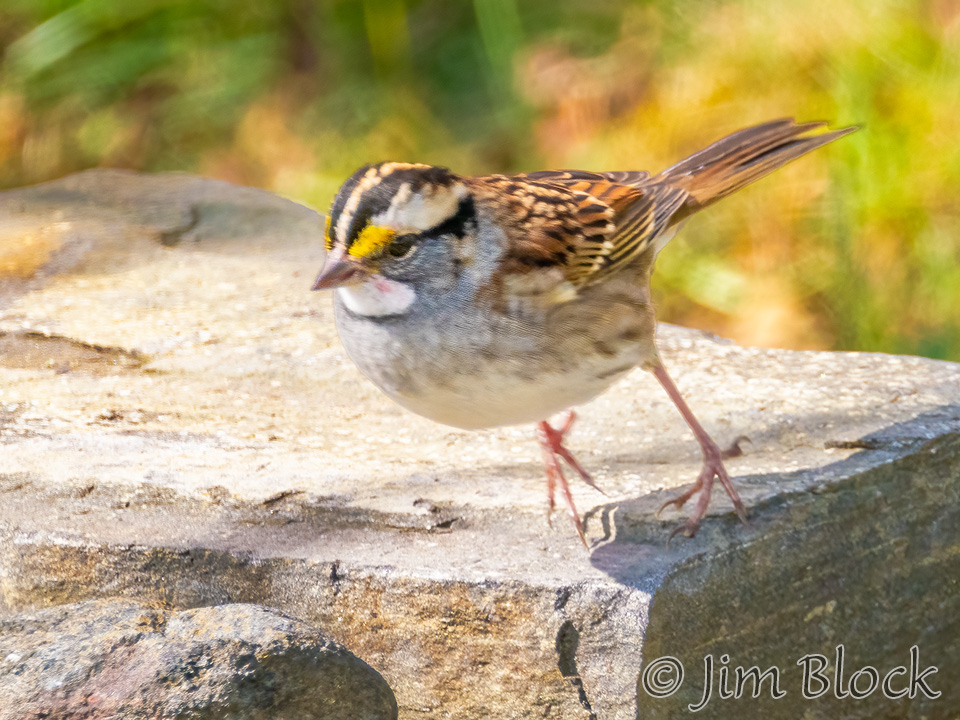
And then the next day one in the pines.

Savannah Sparrow
After hiking to the south end of Monhegan the middle day, our small group looped back toward town. Then Bob and I headed down toward Lobster Cove. From there we decided to explore an infrequently-used path toward the end of Ocean Avenue in the SW part of the island. The path was narrow, wet, and there was poison icy to be avoided, which I did successfully.
Arriving into the open, we spotted a small group of Savannah Sparrows across the road. I went to photograph them while Bob returned to town for lunch. It was a bit past noon, but the food at the Monhegan House was so excellent and plentiful that I skipped lunch except for the day we arrived on the island — and that was a sandwich brought from home.
I followed the sparrows back north along an ocean path toward Monhegan Harbor. Here are a dozen photo I took of them along the way.
Swamp Sparrow
While searching for an illusive Sora in a small wet area off the central meadow/wetland along Main Street, I found a Swamp Sparrow. This was shortly after my fifth or sixth attempt at the Sora — the one morning I finally found it — and well before breakfast. In fact most of my better photos of birds and scenes were before breakfast each day.
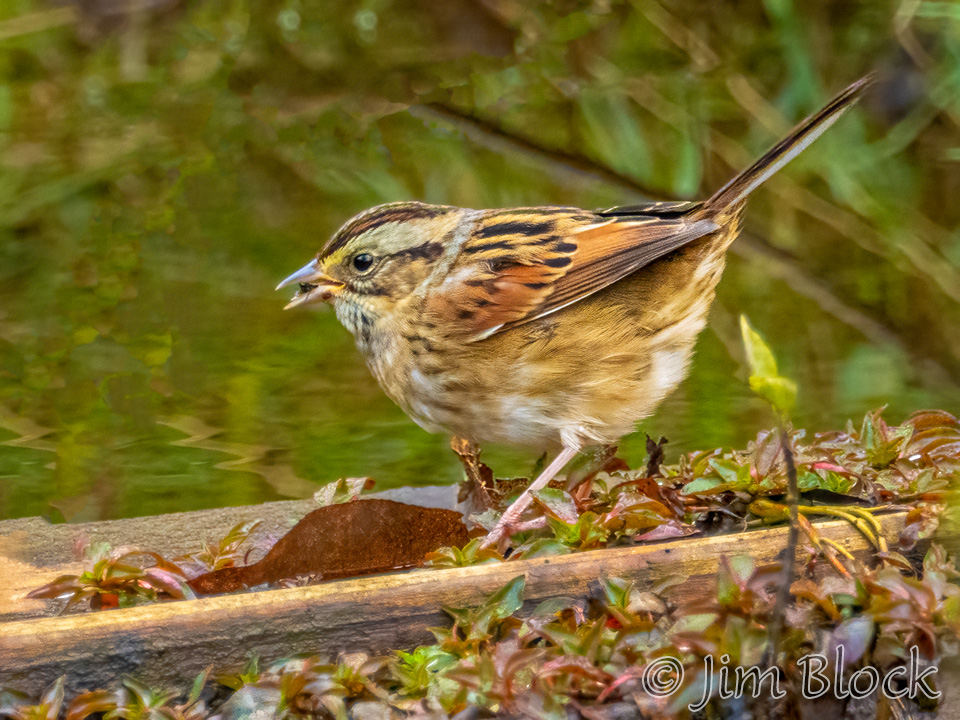
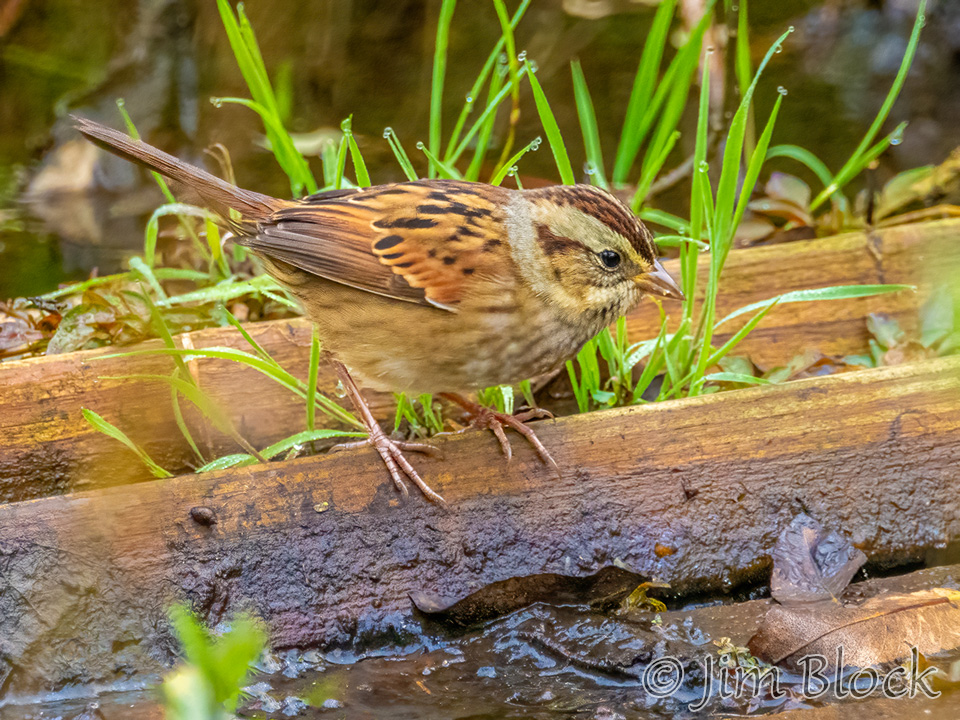
Early the next morning in about the same spot I got another Swamp Sparrow.
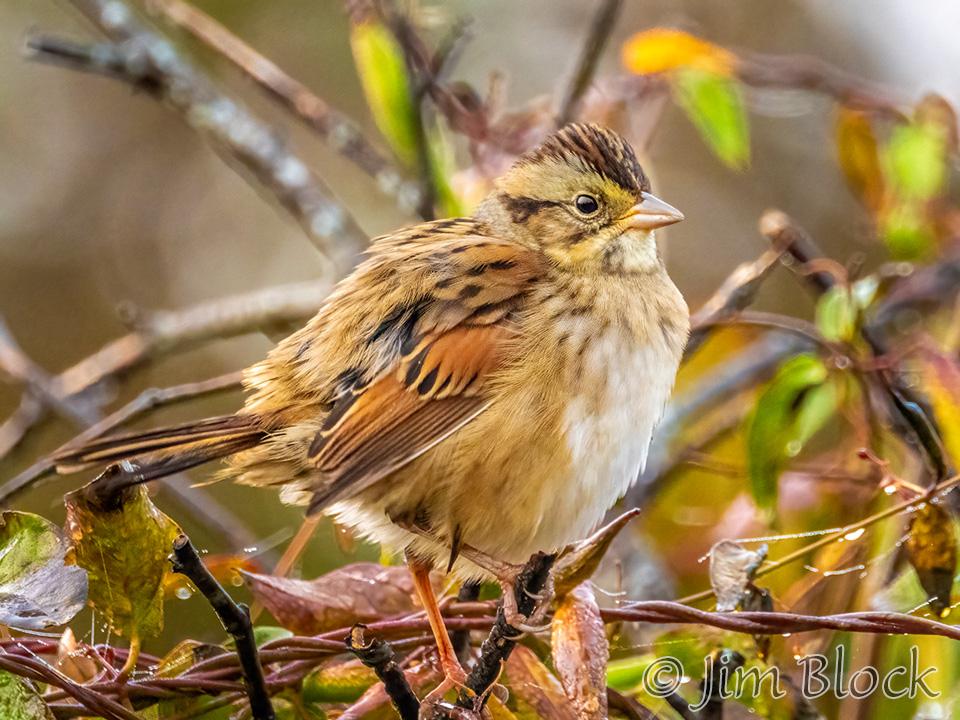
Lark Sparrow
A large sparrow that was rumored to be around, Lark Sparrows finally appeared right on the ground in front of me, before breakfast naturally, when I visited the productive spot just uphill from the dock. There were a pair which I photographed for three minutes before they vanished and I headed south for breakfast.
Hummingbird
I photographed a Ruby-throated Hummingbird in two locations. This one was in “the garden” along Tribler Road.
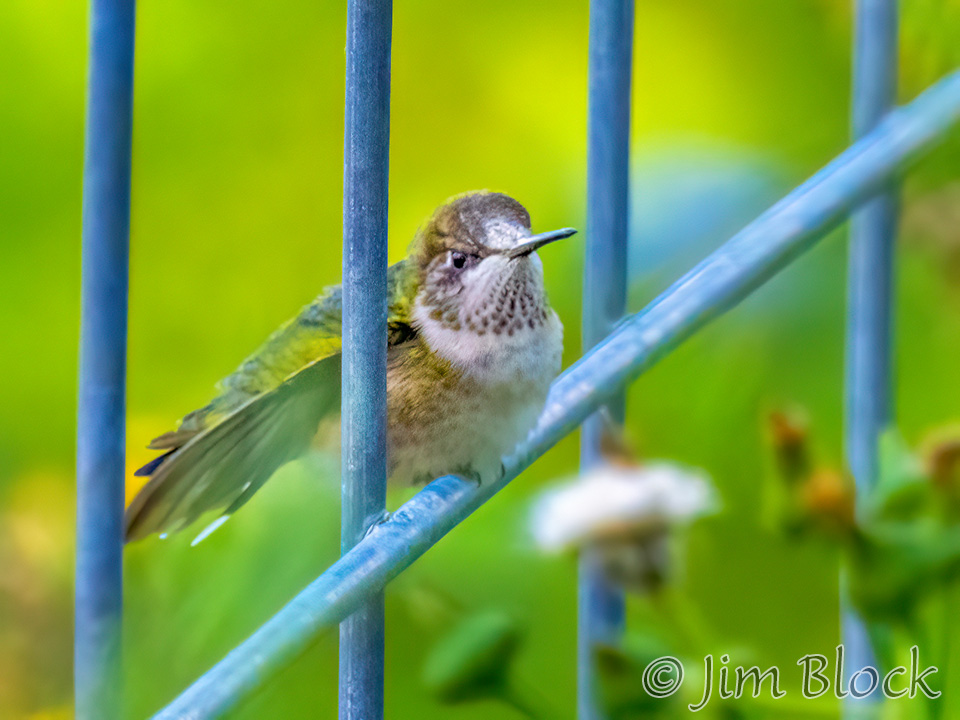
Then, the next day off Ocean Avenue.
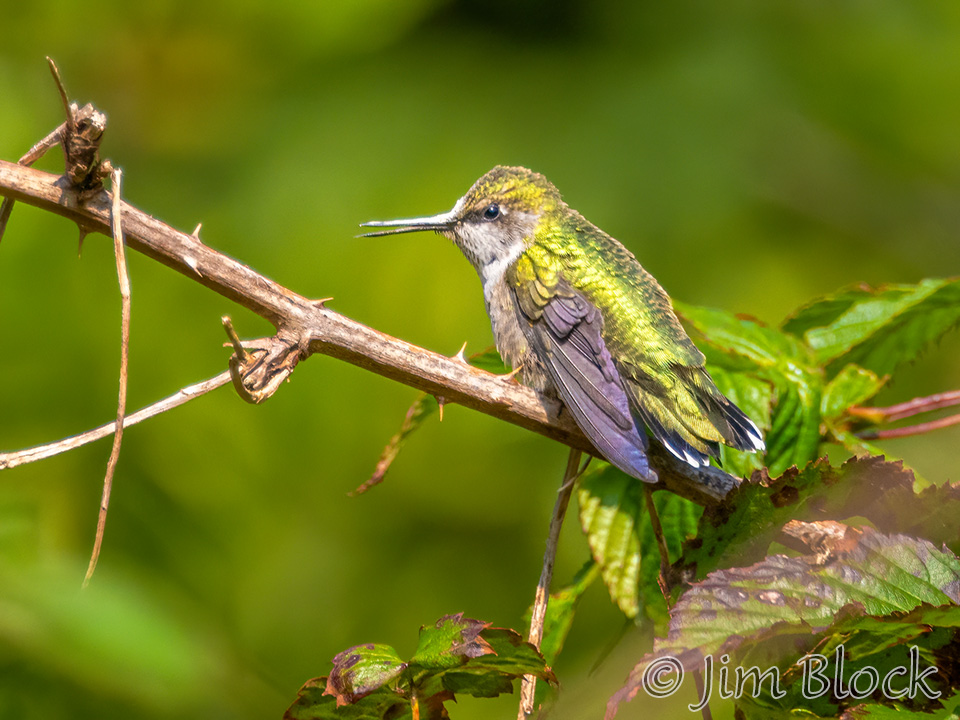
Red-eyed Vireo
Perhaps our most common neotropical migrant, but not often seen, I photographed a Red-eyed Vireo near the dock shortly after disembarking.
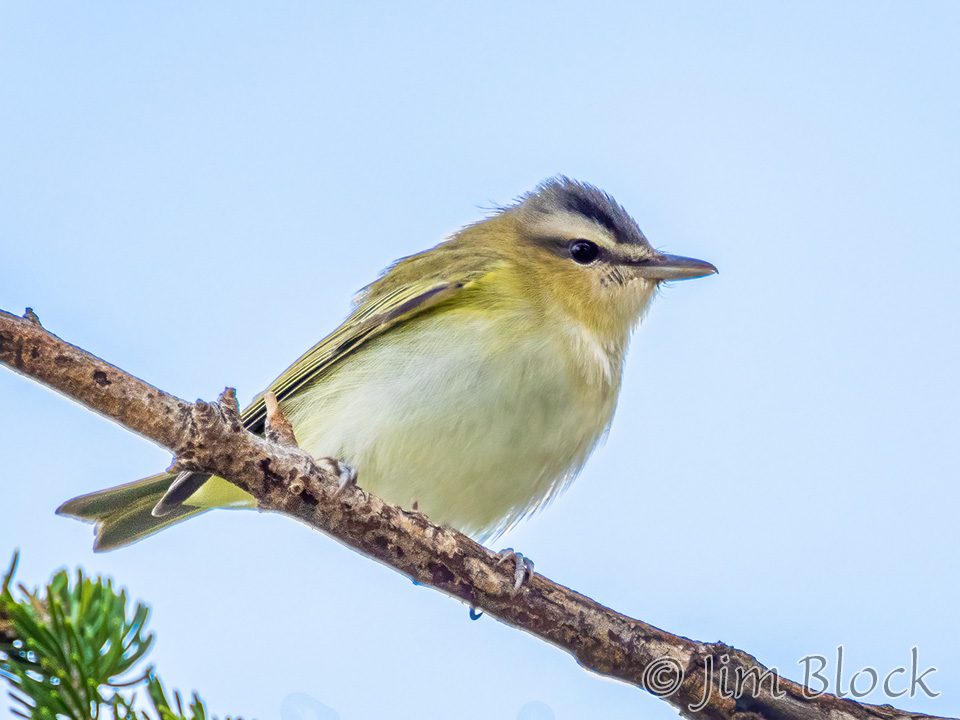
Fifteen minutes later along Main Street, a second one, shortly before finding our first Cape May Warblers.
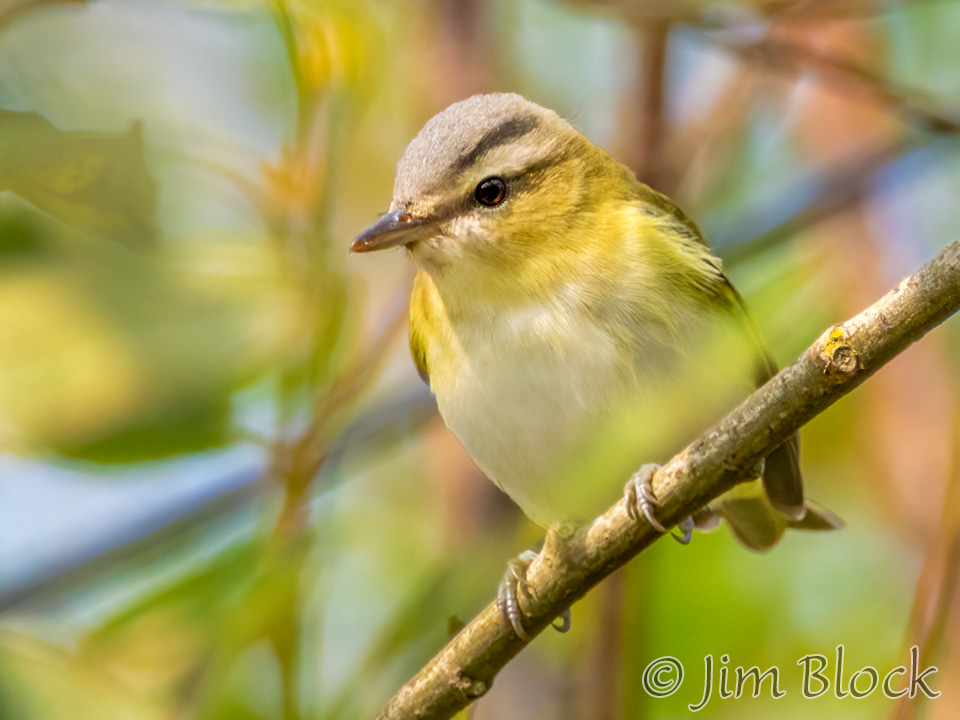
The next day I found one late morning …
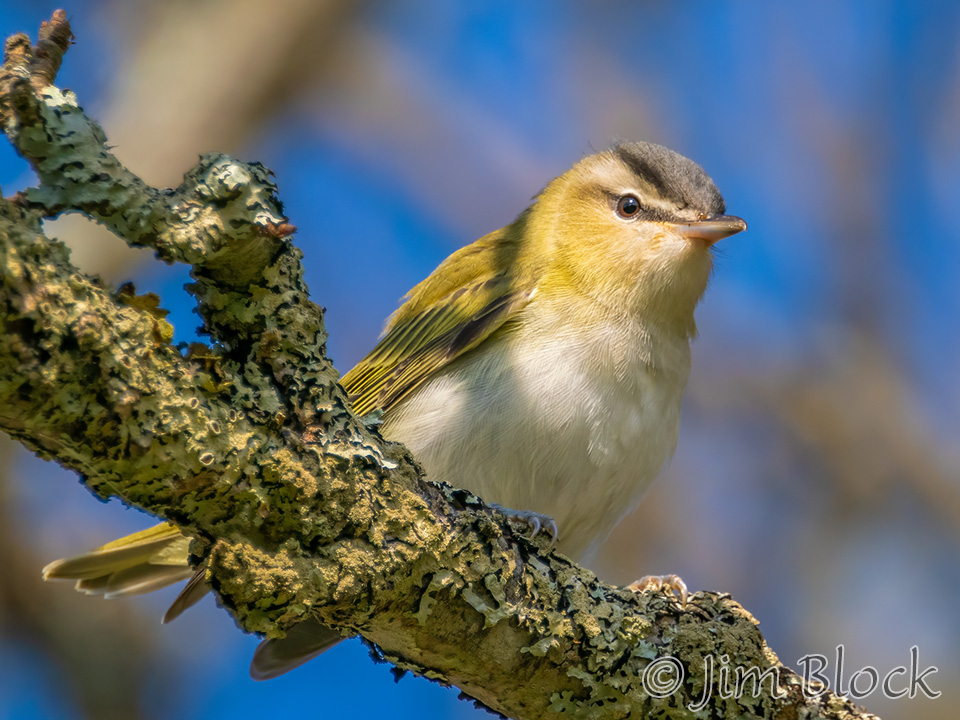
… and anther late afternoon.
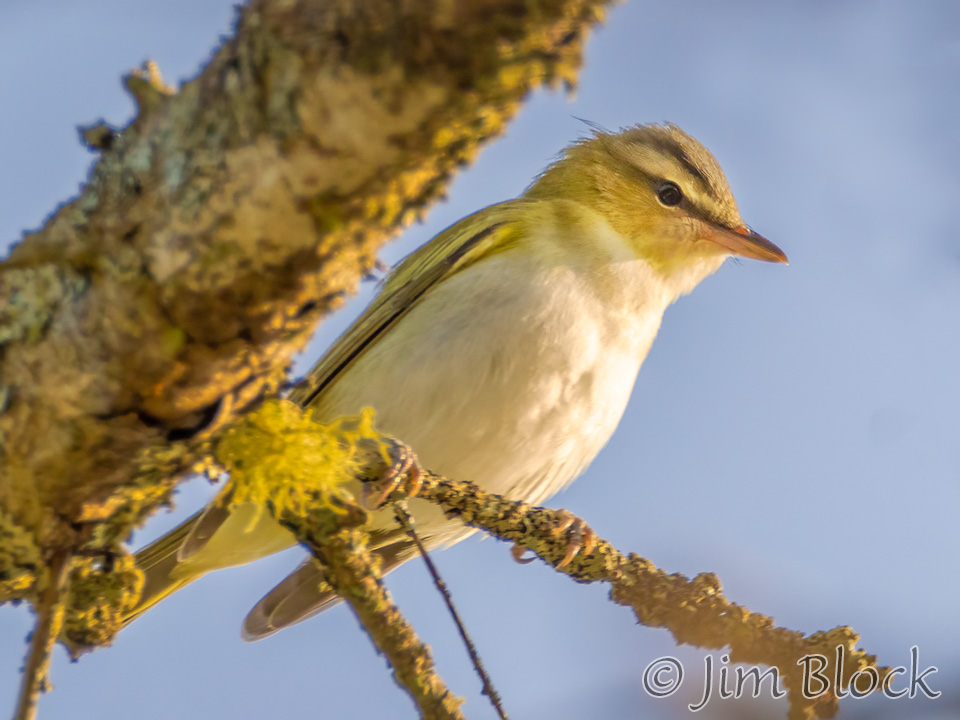
Two days later there was one along an infrequently-used path in the center of the island.
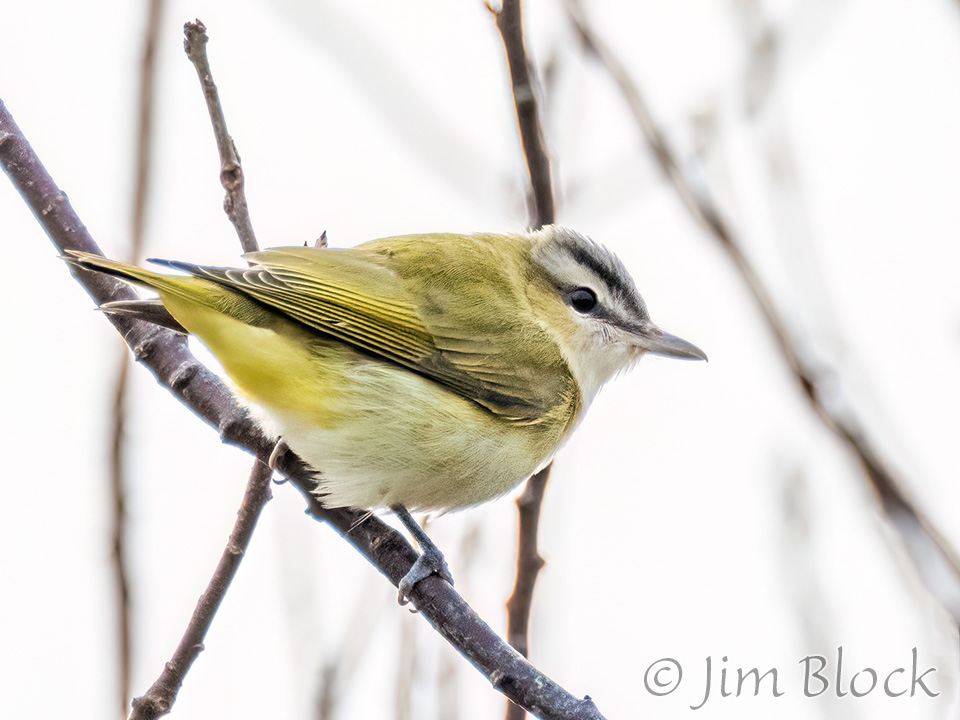
Woodpeckers
Yellow-bellied Sapsucker
We saw many Yellow-bellied Sapsuckers, most on trees adorned with holes they had made. When they were against the bark and the light is flat, they are well camouflaged.
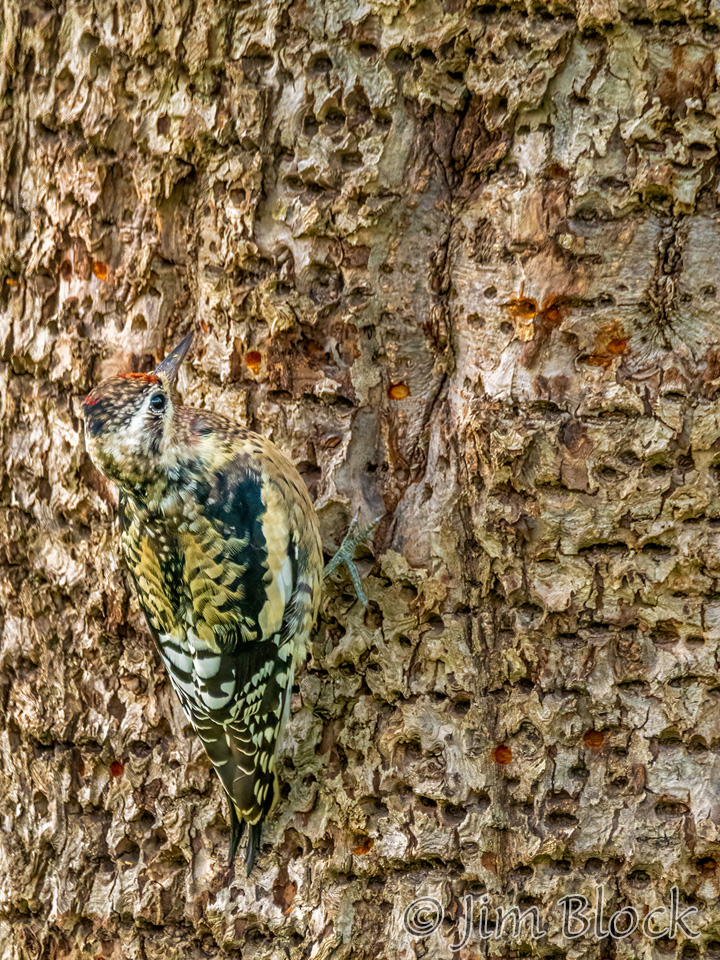
We saw Yellow-bellied Sapsuckers each day. Here are four photos from three of the five days we were on Monhegan.
Downy Woodpecker
There was a Downy Woodpecker working the favorite tree of the Cape May Warblers that we saw shortly after arriving on the island.
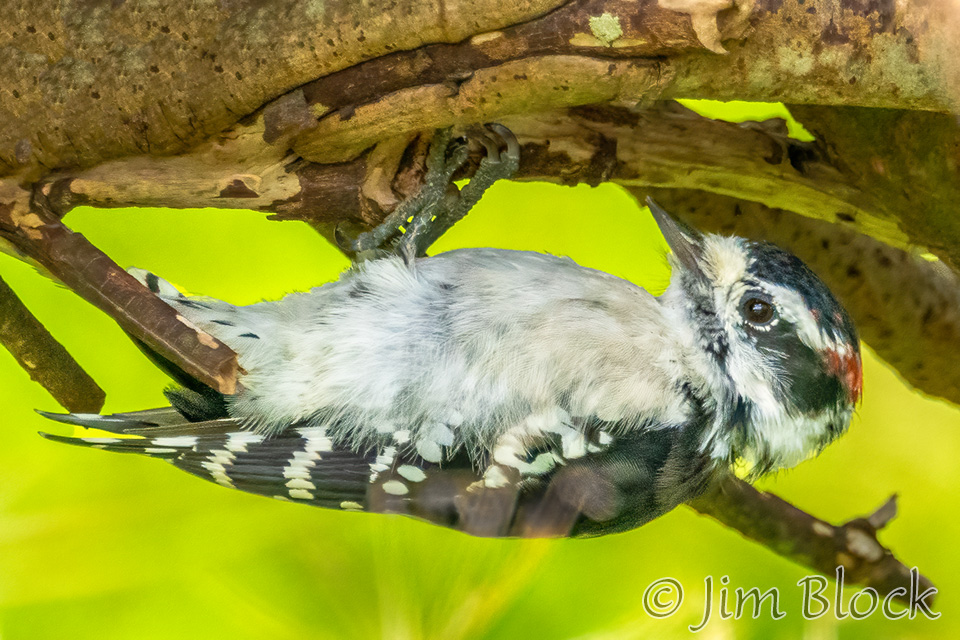
Later that afternoon, I photographed one in the side yard of the Monhegan House.
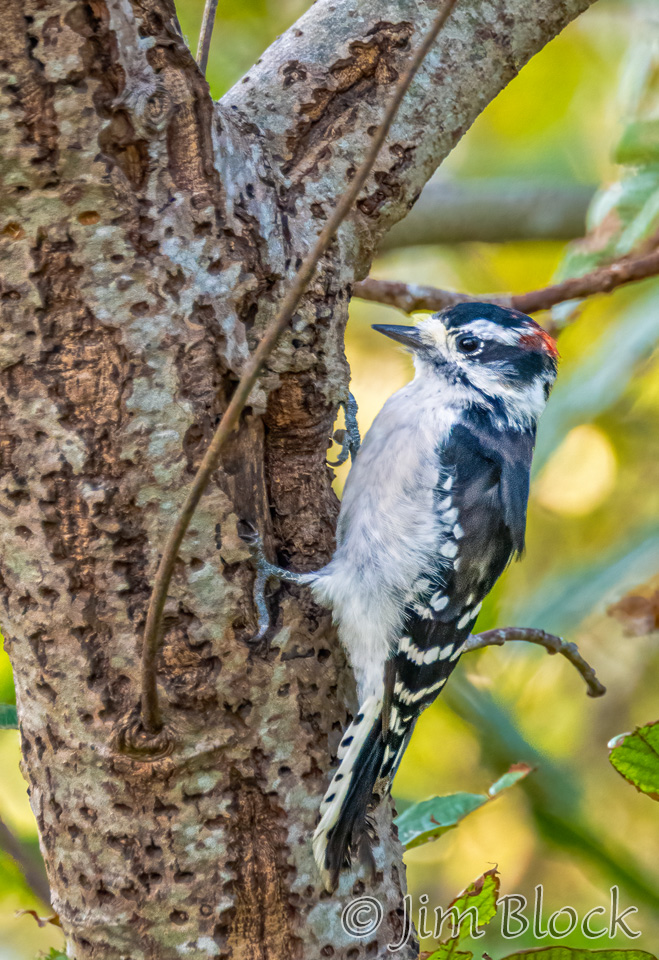
Belted Kingfisher
Belted Kingfisher females are more colorful than the males, somewhat of a rarity in the avian kingdom. I find kingfishers hard to photograph. They are very wary of people. This female perched on a power line far across Ice Pond but then briefly flew somewhat closer.
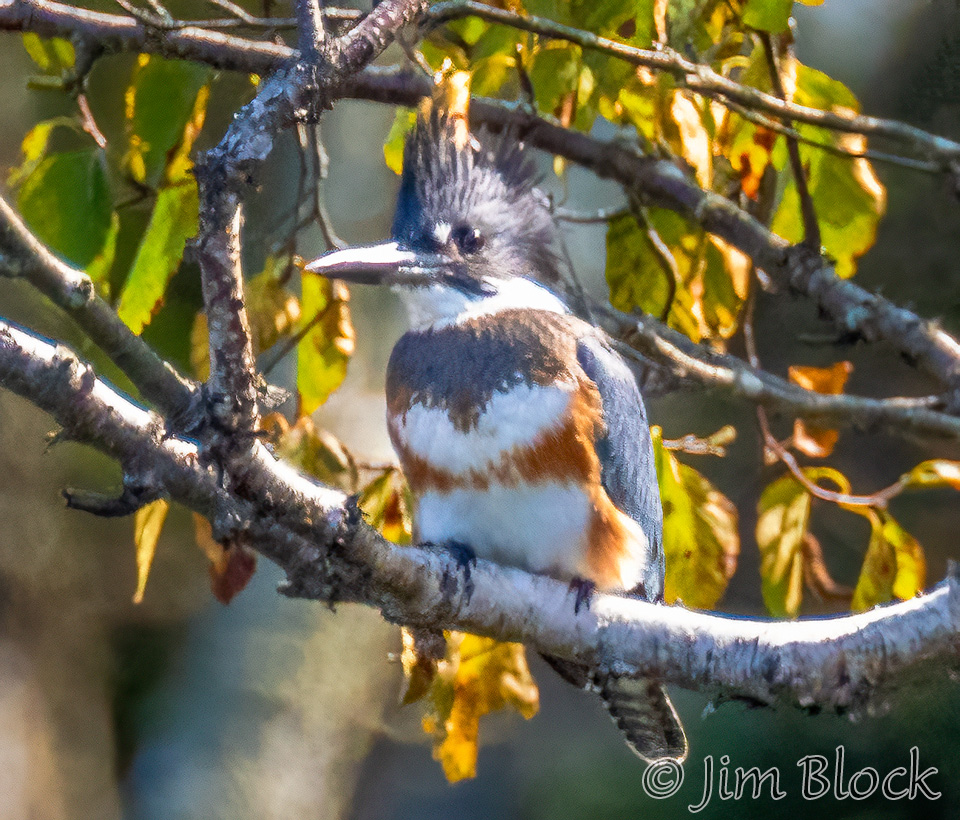
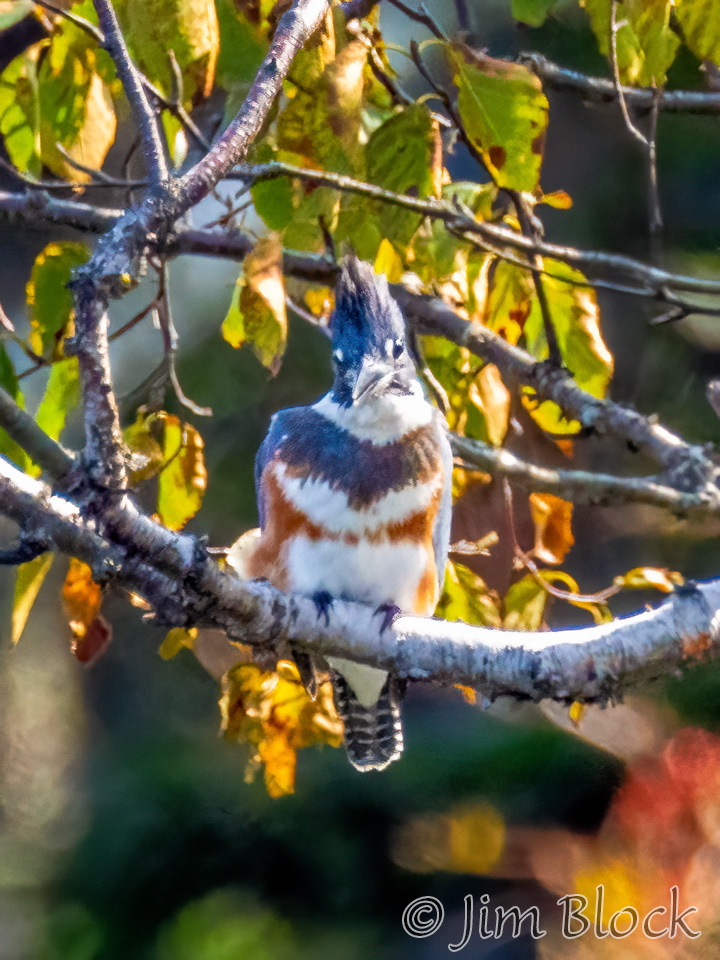
Blue Jay
A fairly common but beautiful species, we found this Blue Jay near a feeder a resident had in her yard. Note the Mourning Dove in the background also attracted to the feed.
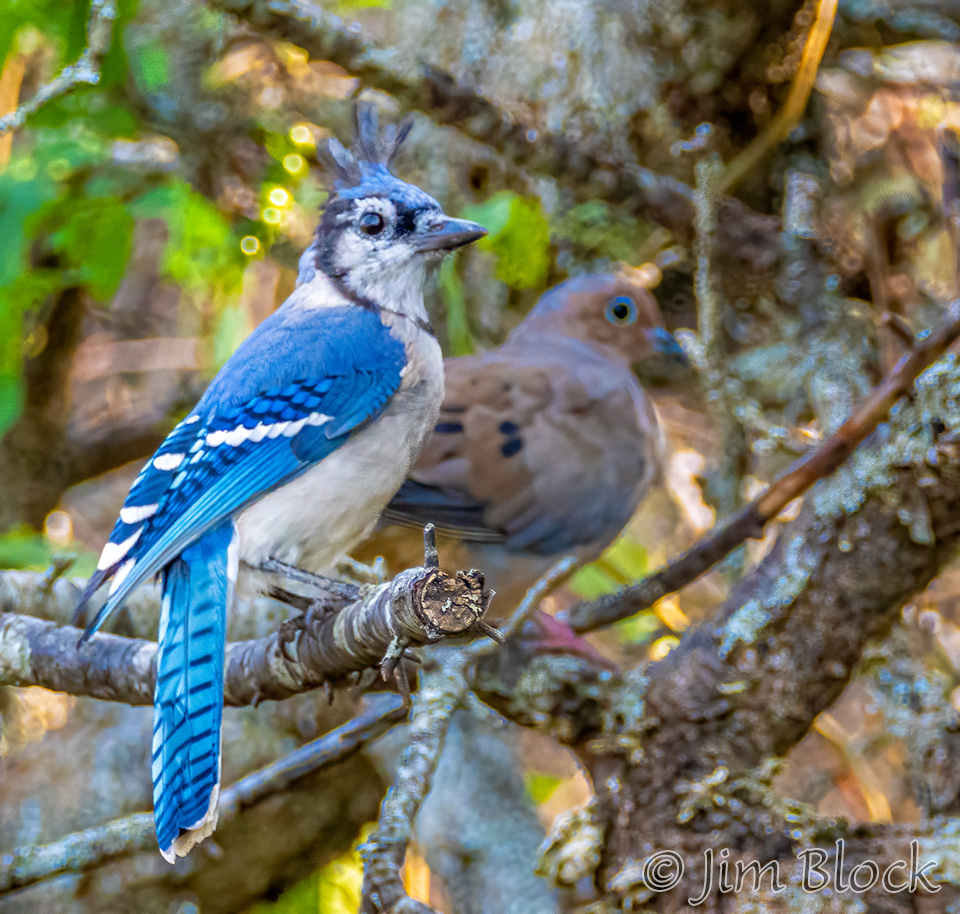
Photos from the afternoon we arrived and from two days later along Ocean Avenue follow.
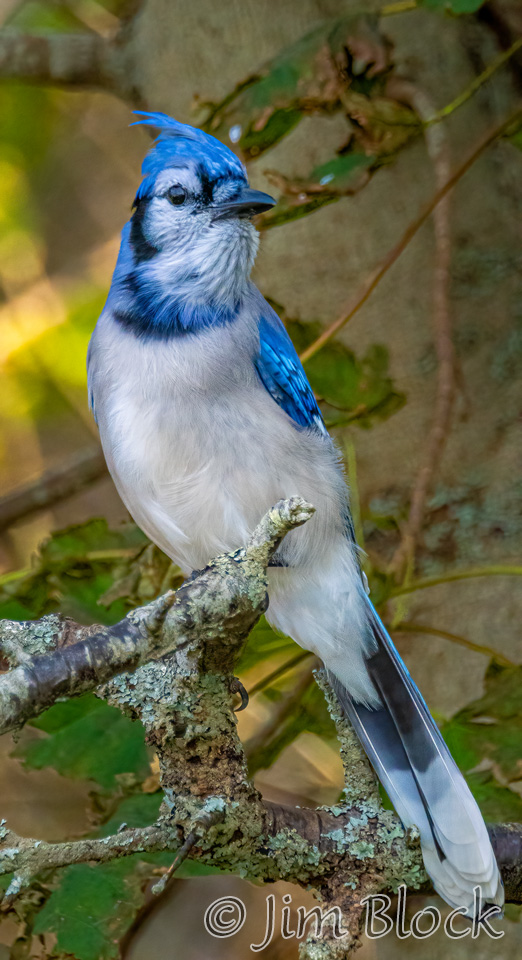
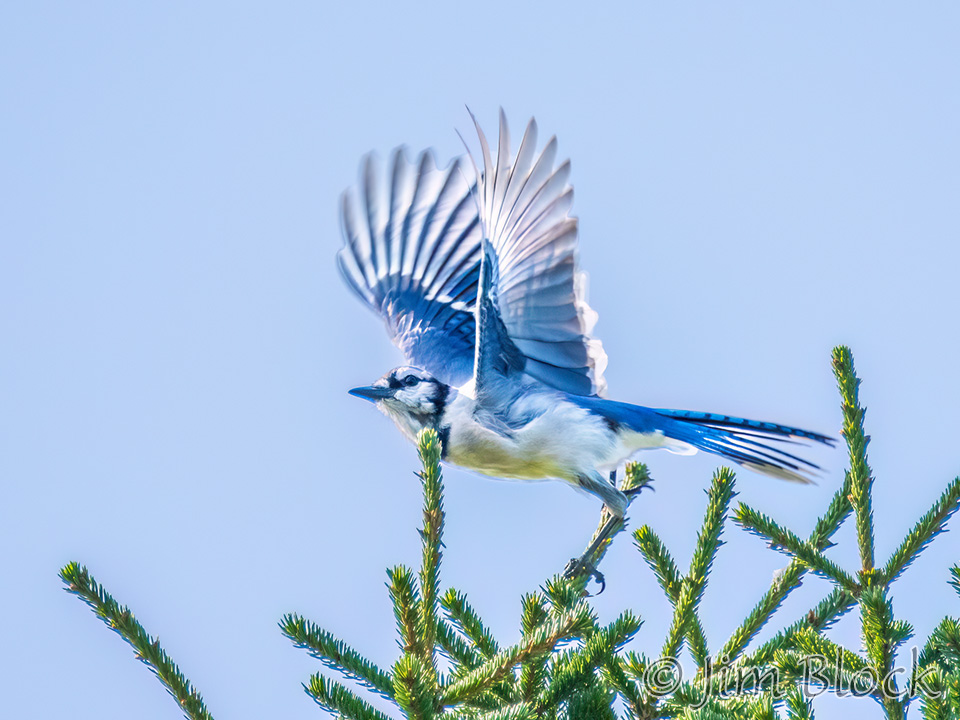
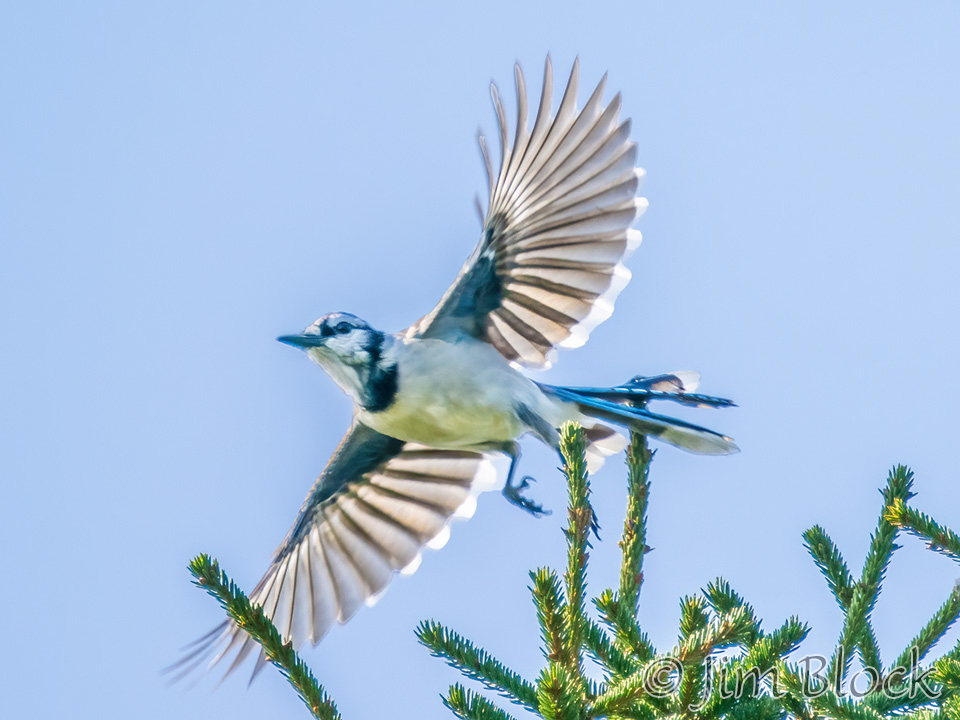
Common Grackle
Common Grackles are beautiful birds with iridescent heads and bronzy bodies in good light. Females are less glossy than males. These photos are from three different days.
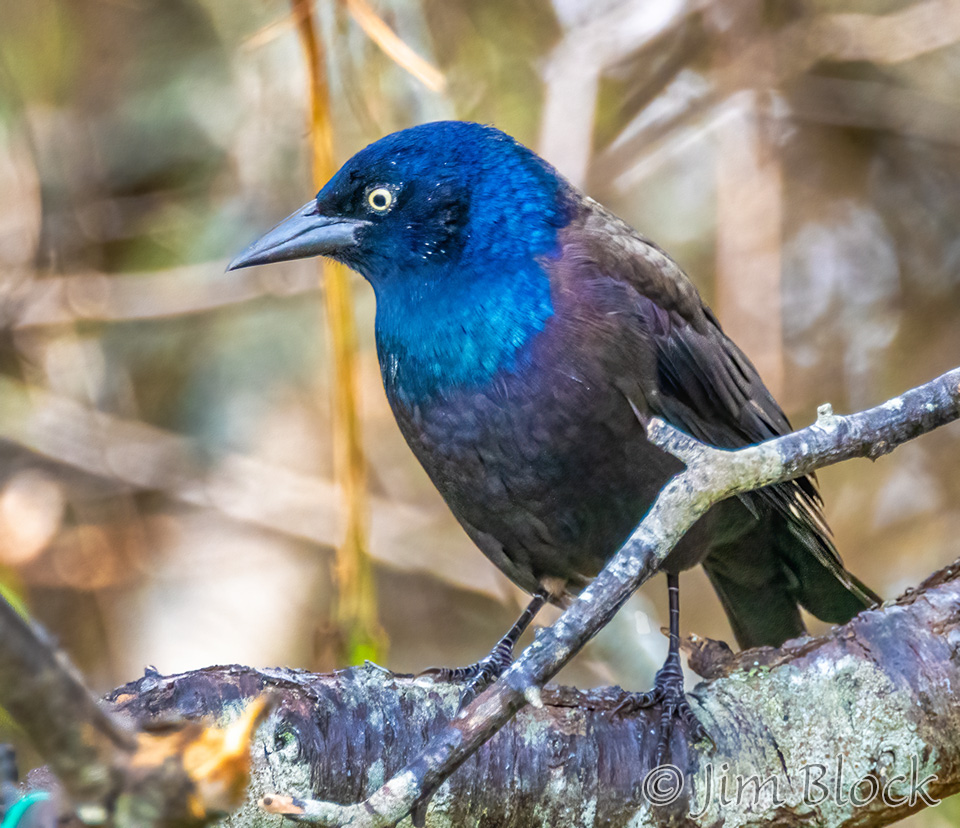
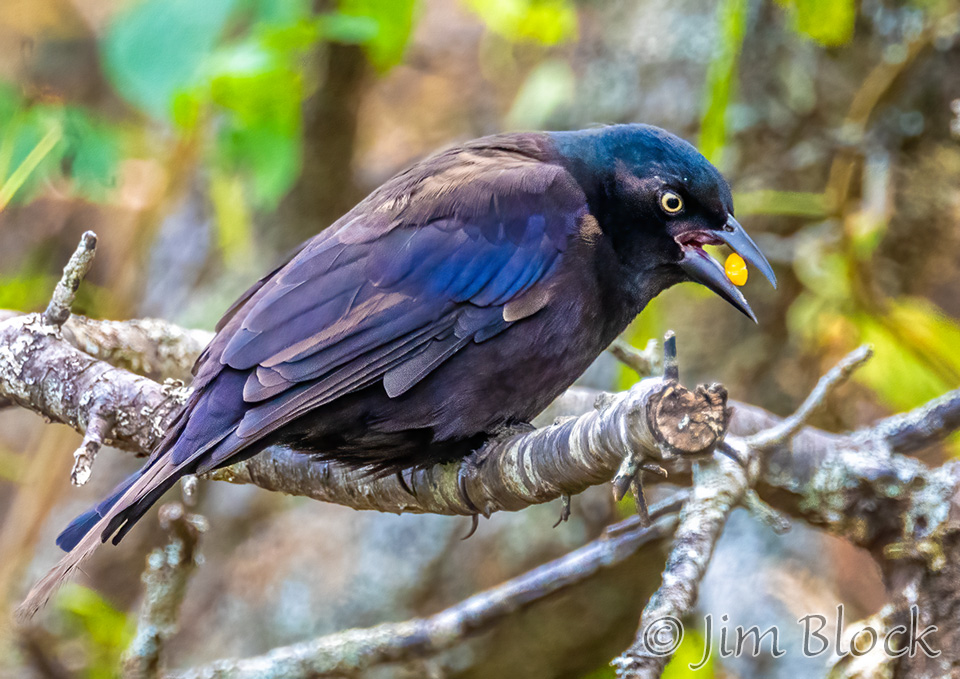
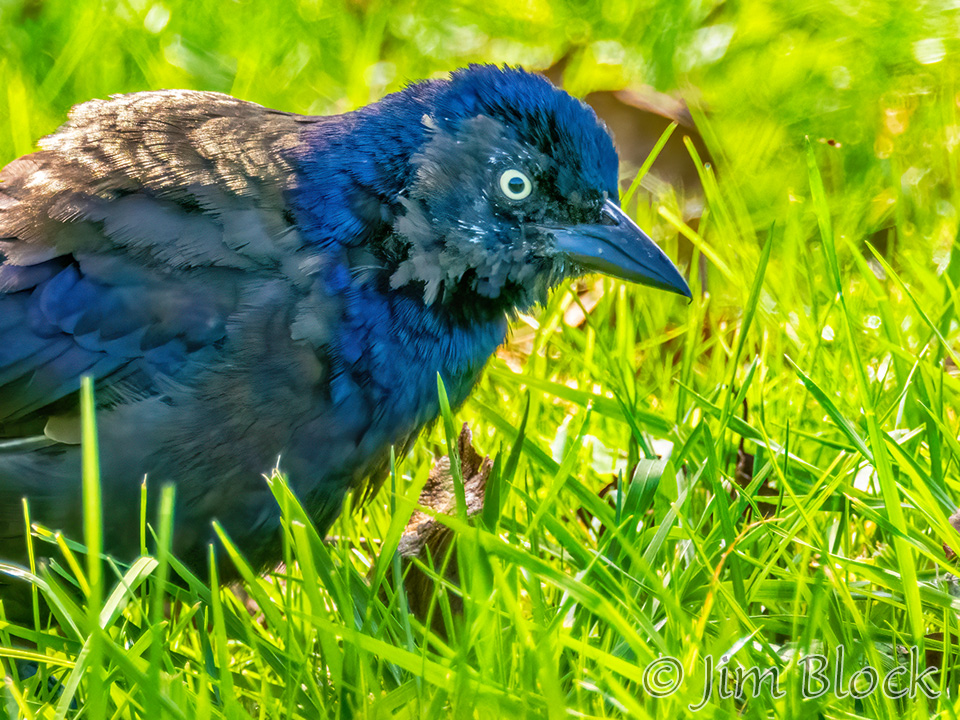
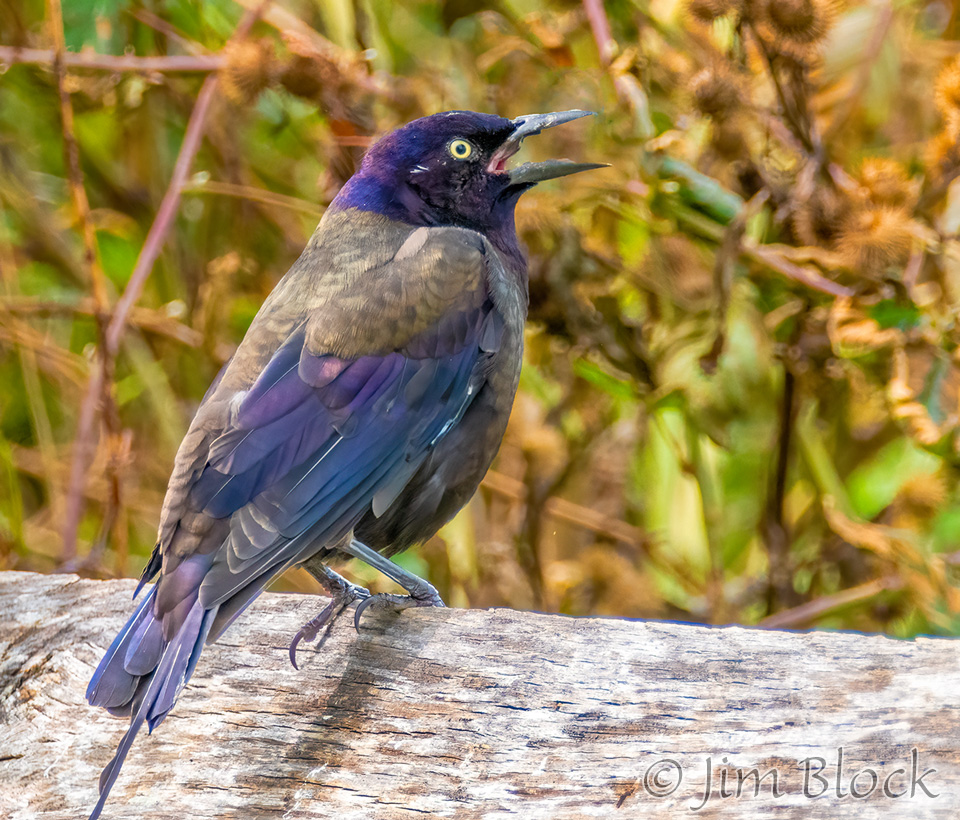
European Starlings
An introduced species, European Starlings can be quite beautiful. This nonbreeding adult/immature pair is not as striking as some I have photographed.
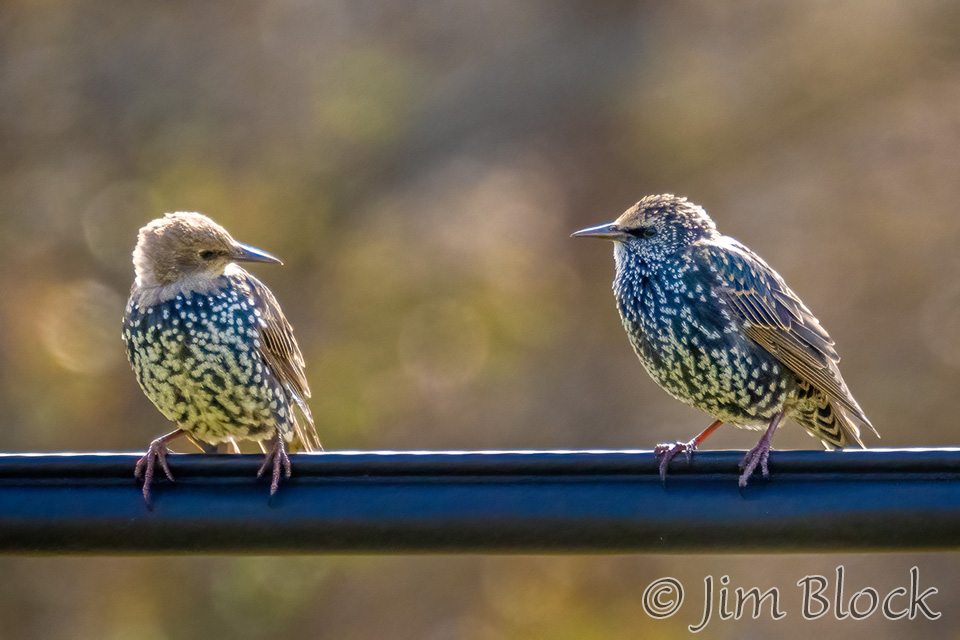
Four Small Birds
Here are four photos of species that range from common to a bit unusual. The species names are under the photos. All these photos were taken from quite a distance from the bird.
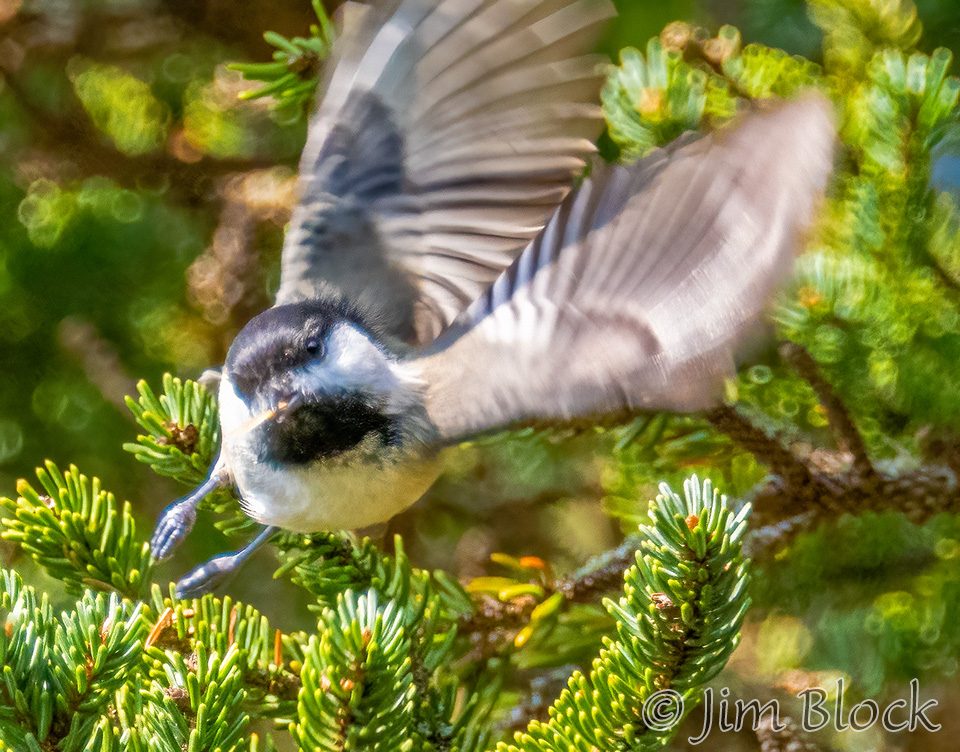
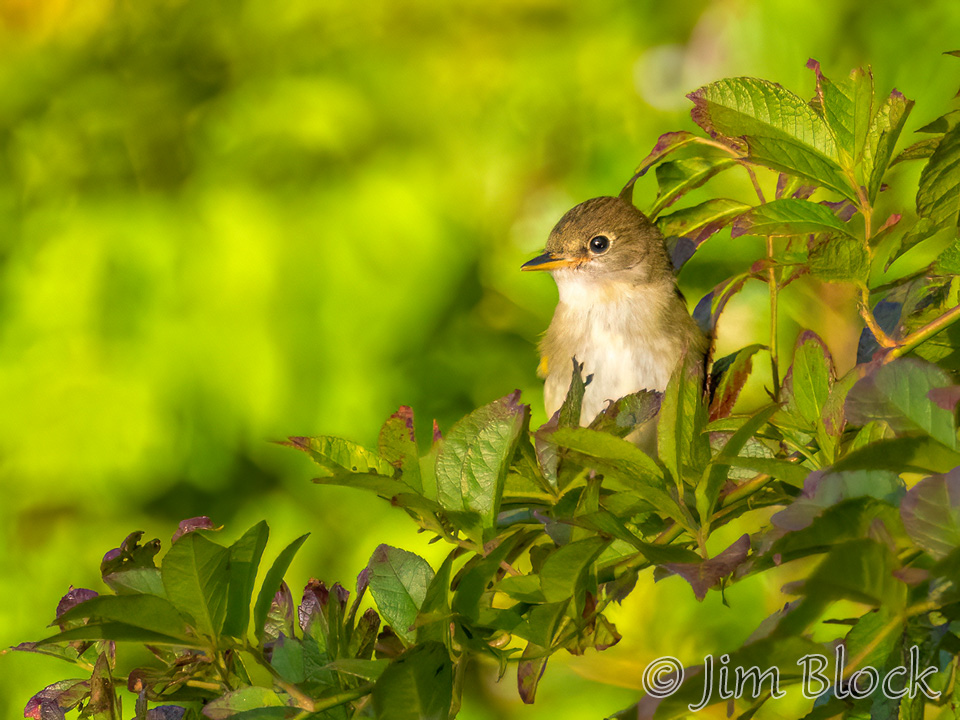

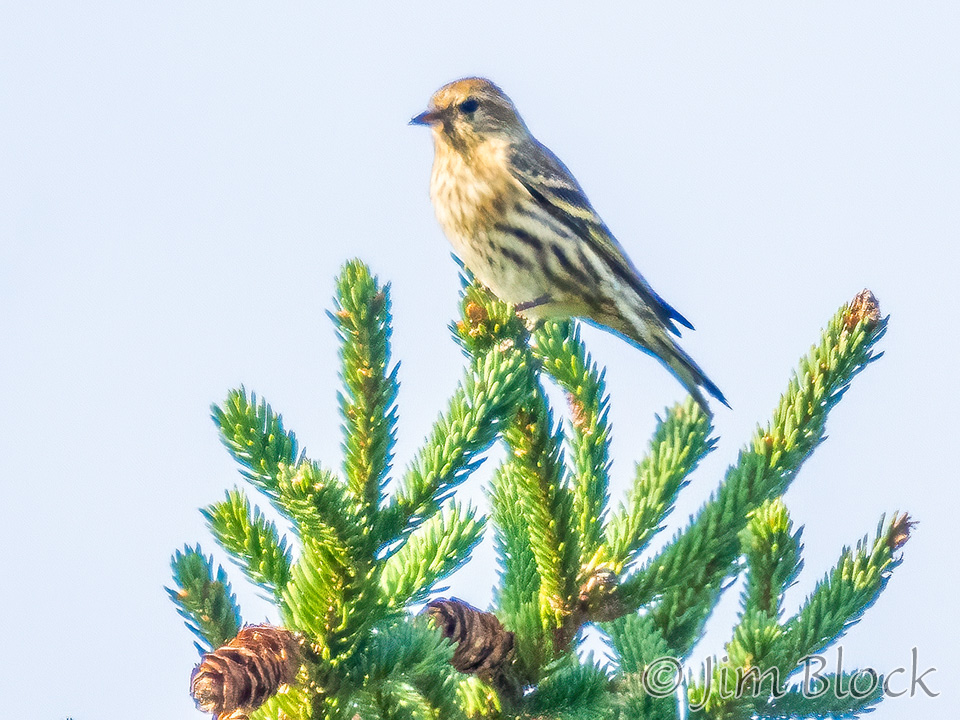
Ring-necked Pheasant
A species I did not expect to see was the Ring-necked Pheasant, but there were quite a few on the island. They co-existed peacefully with people, cats, and dogs.
I recognized the male right away but was confused for a while when I saw a lone female. But what else could it be?
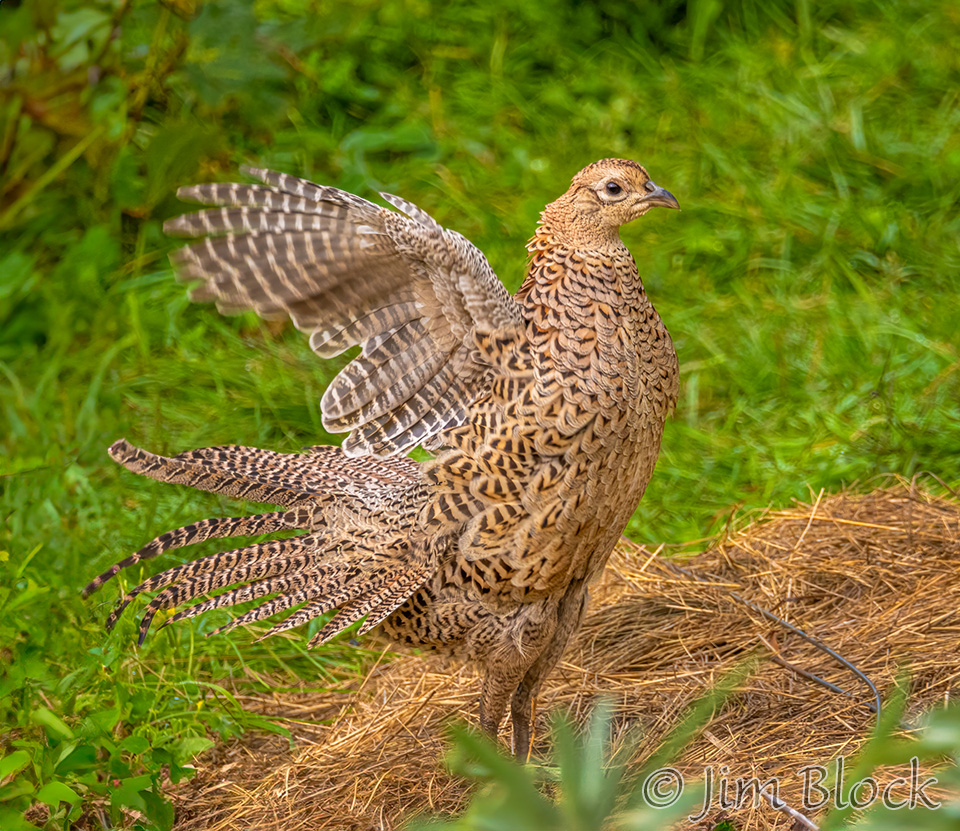
Here is a male eyeing a female.
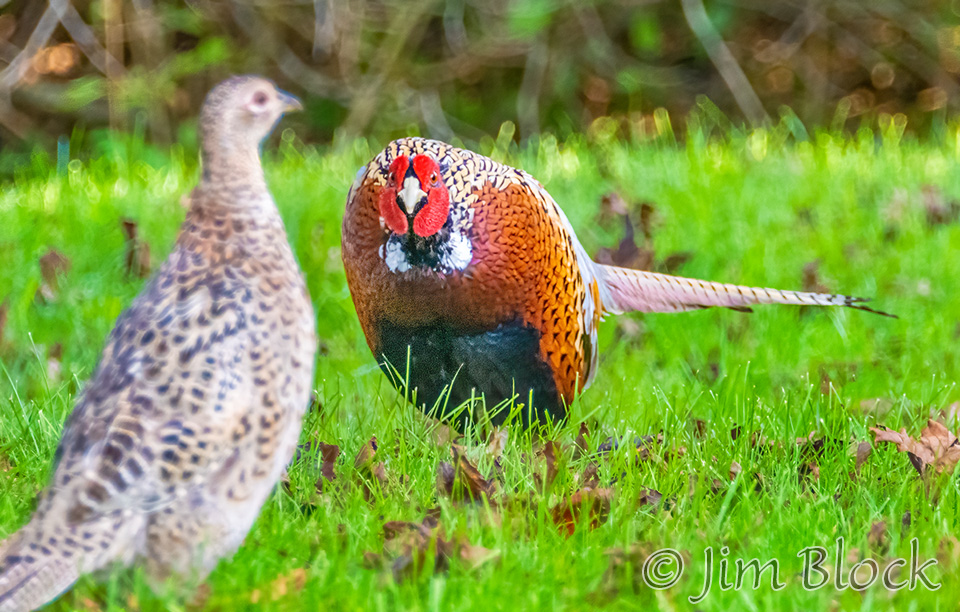
More pheasants from four different days.
Sora
I believe I had never before seen a Sora. And on Monhegan it seemed like a mystical bird. Many birders said they saw it not far off the road down in a weedy piece of water. I looked many times. Then finally before breakfast the last full day, I found it.
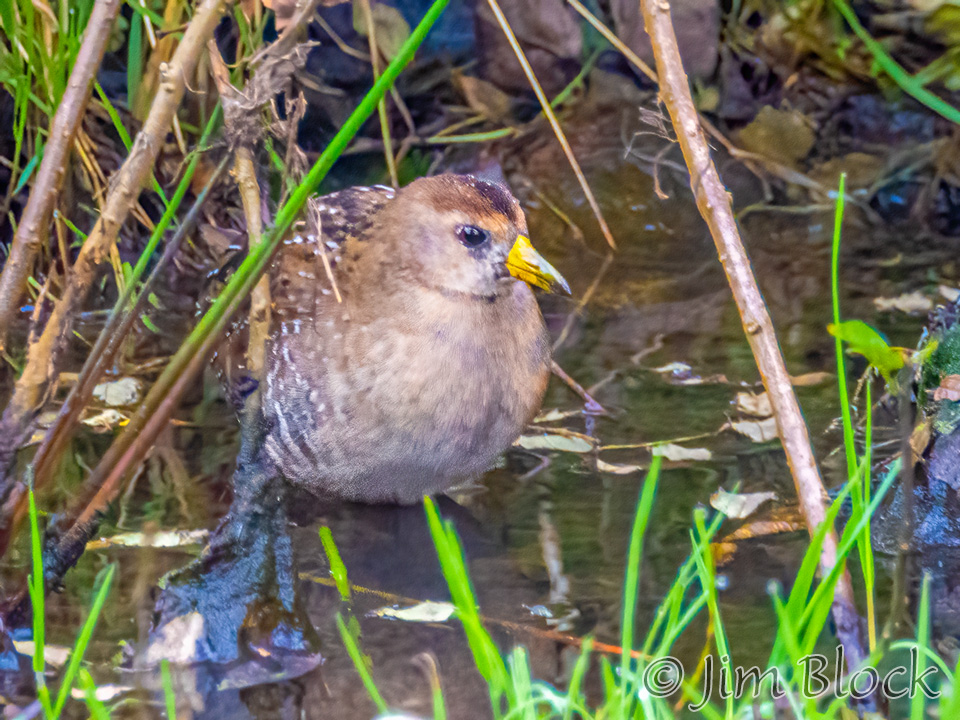
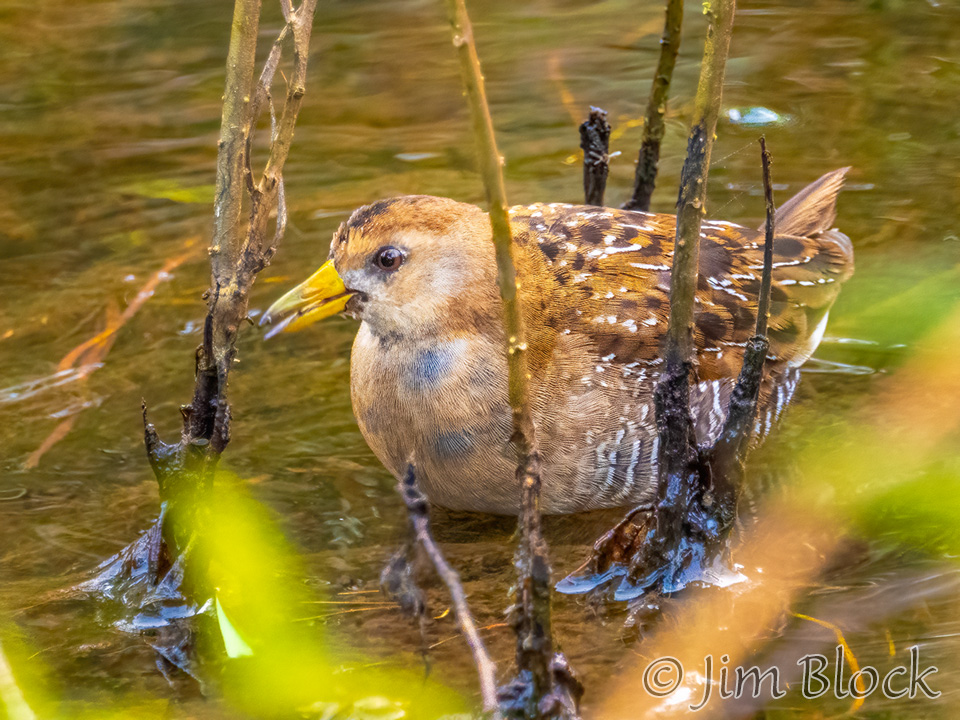
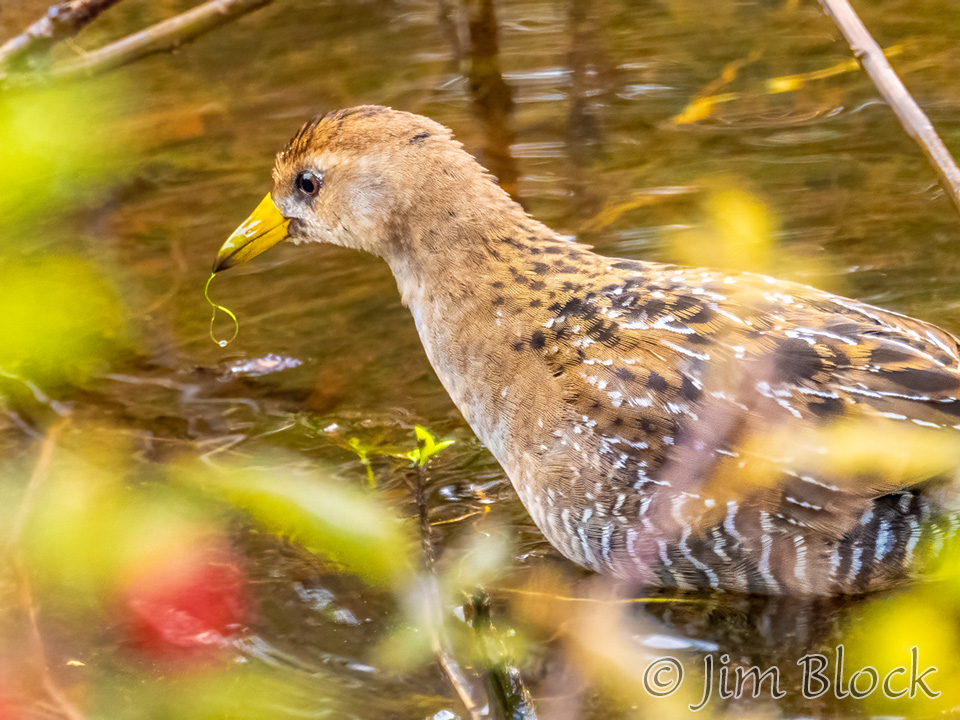
Mallard
Mallards were found on Ice Pond. Normally far away, but the morning of the last day some swam close and were nicely reflected in the water.
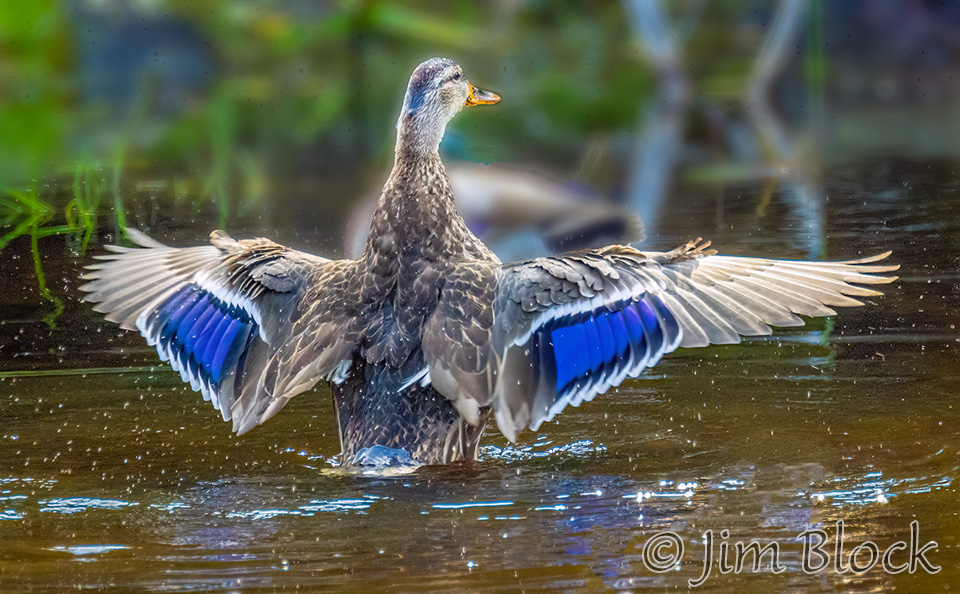
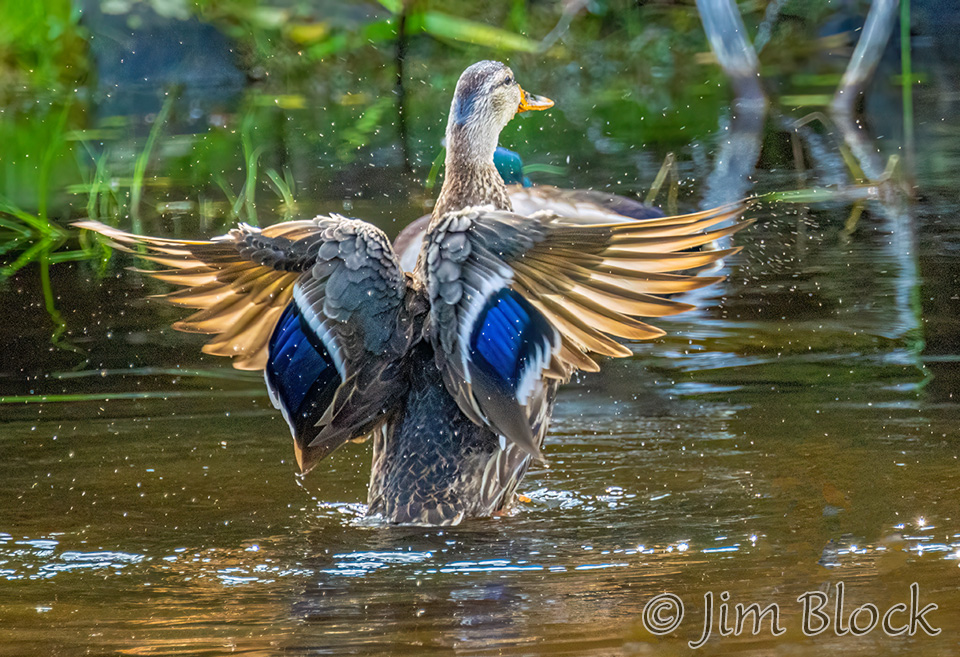
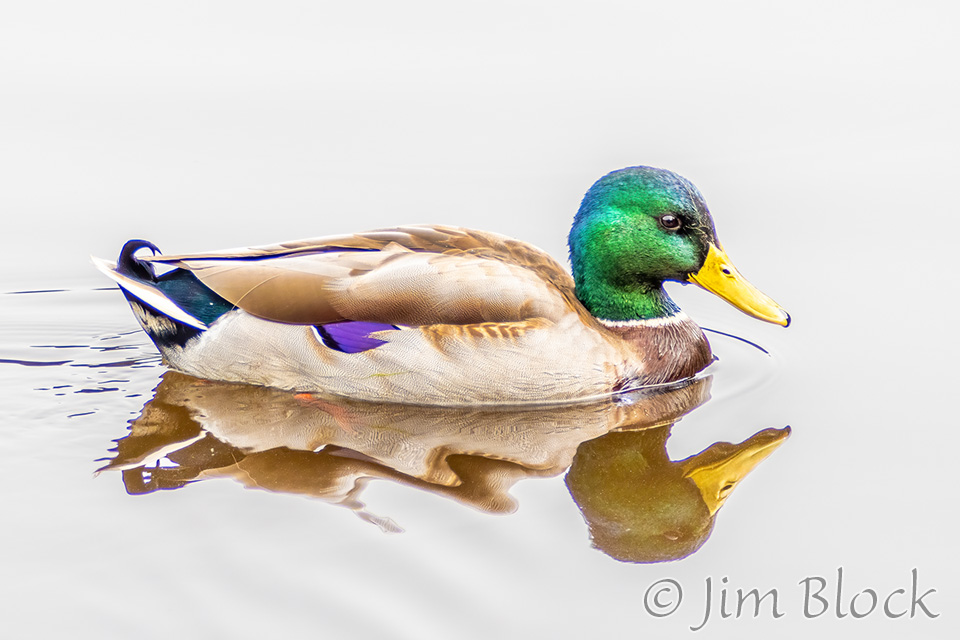
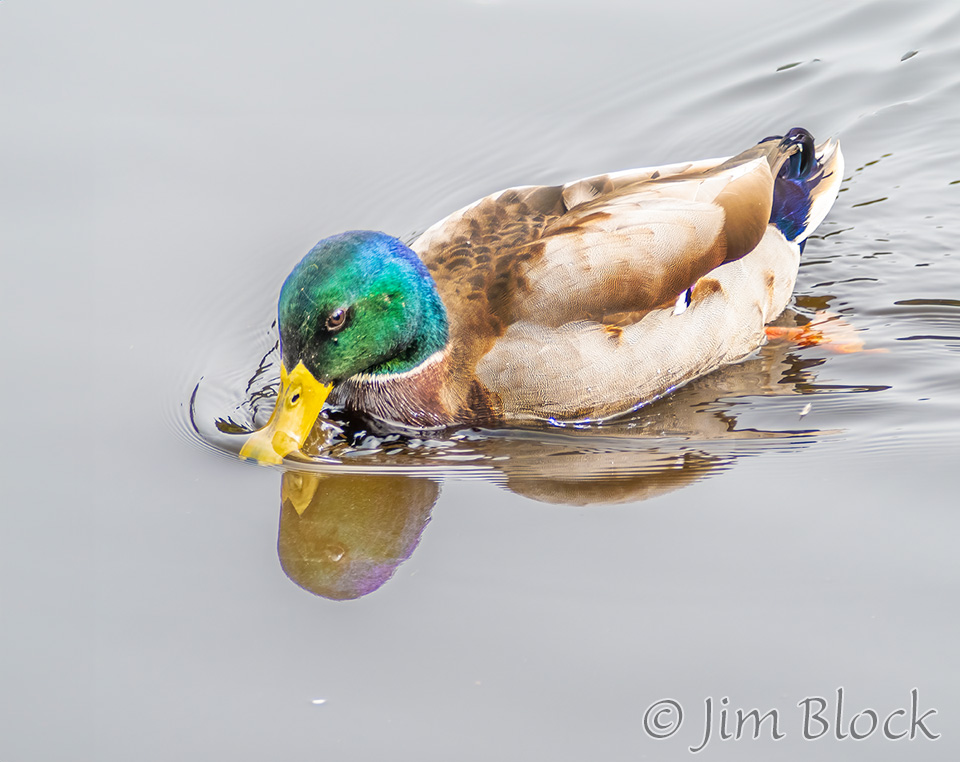
Herring Gull
Along the Ocean Path, I photographed a Herring Gull argument.
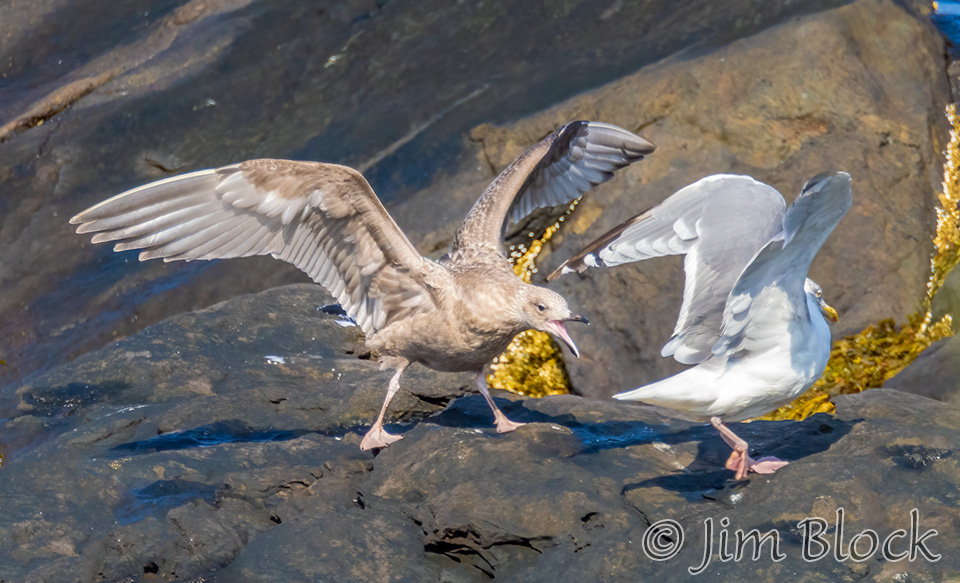
At Ice Pond I took these photos of Herring Gulls.
Double-crested Cormorant
I saw many Double-crested Cormorants but took few photos of them. I did get a group flying over Monhegan one afternoon and another flying in Boothbay Harbor on our return trip.
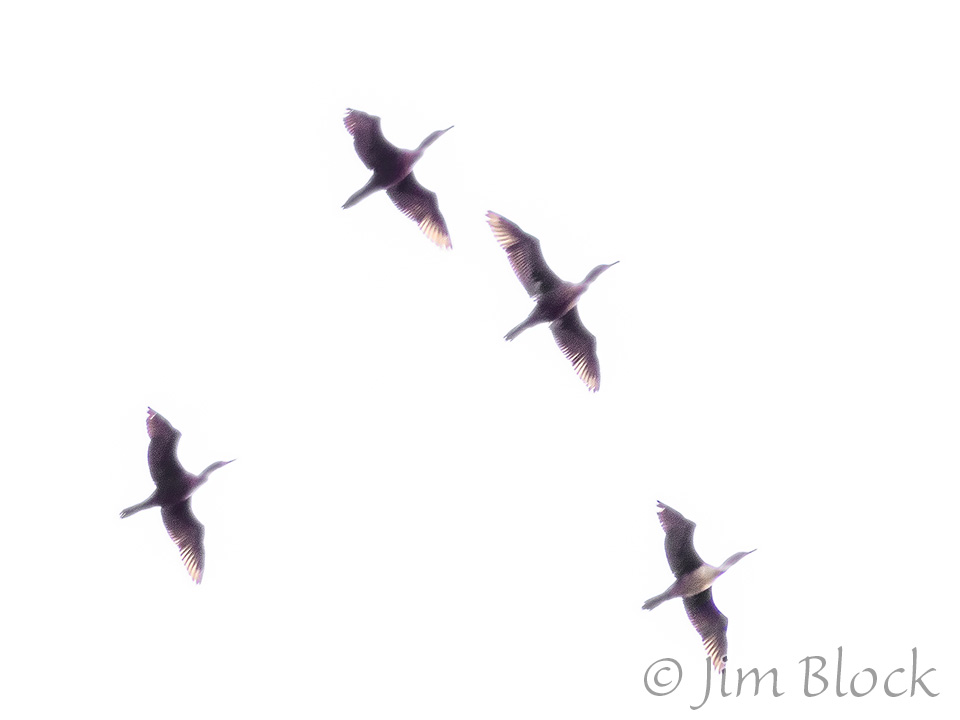
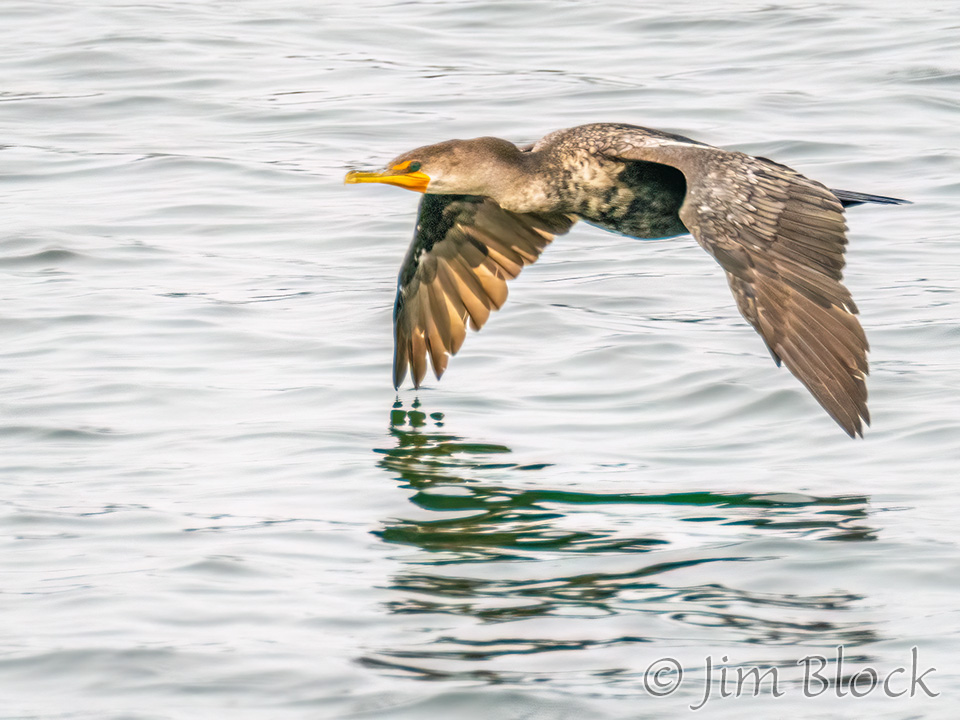
Common Eider
There were many Common Eiders around. Here are a few I photographed.
Bald Eagle
As we approached Boothbay Harbor on our return trip, a Bald Eagle flew over. I took a number of photos as it flew past.
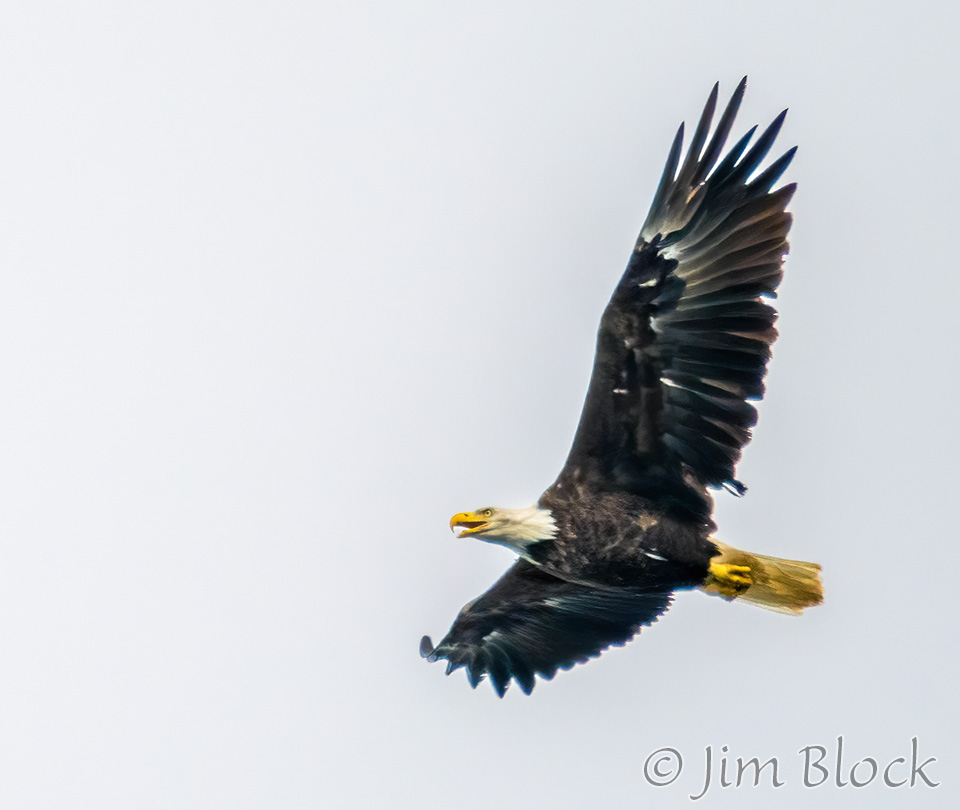
Butterflies
Staying with flying things for a while here are some of the butterflies I photographed.
Monarch
There were certainly fewer Monarch butterflies around than previous years. I found one on New England asters along Main Street enjoying the flowers with several other species of butterflies.
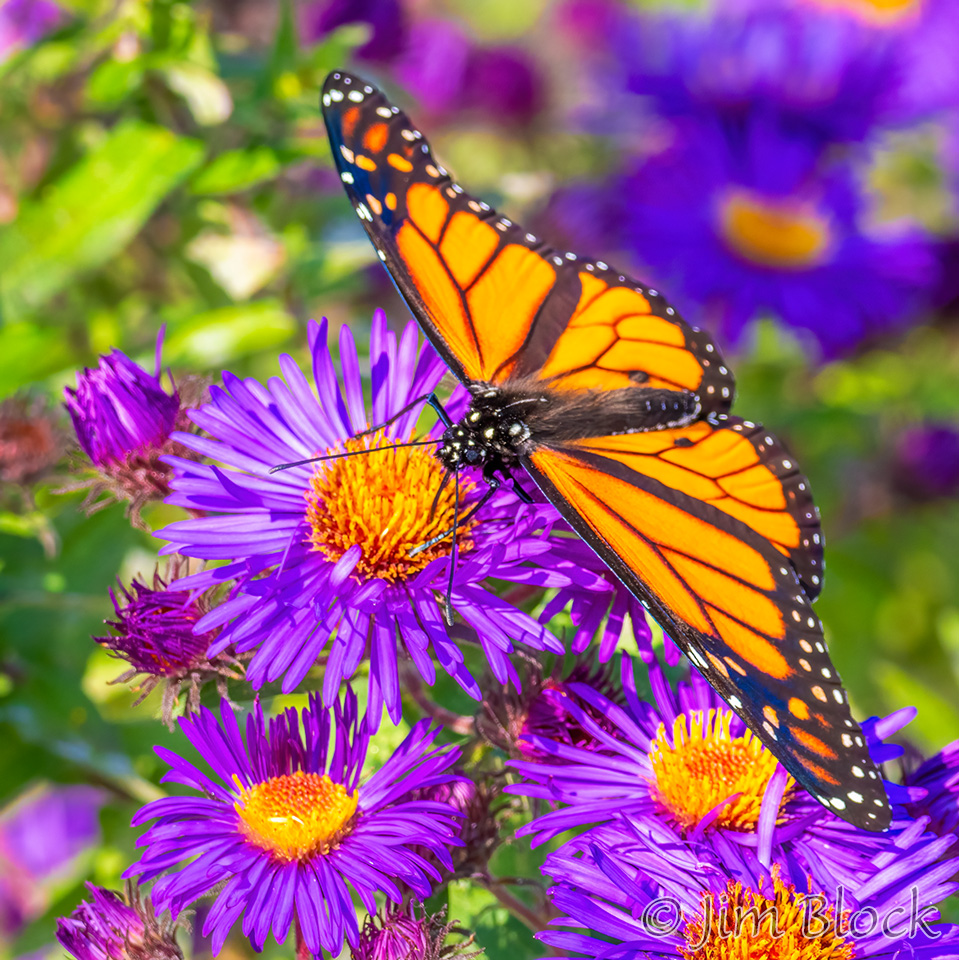
American Lady
The American Lady Butterfly differs from the Painted Lady Butterfly in subtle details. One detail is a tiny spot on an American Lady Butterfly as seen below.
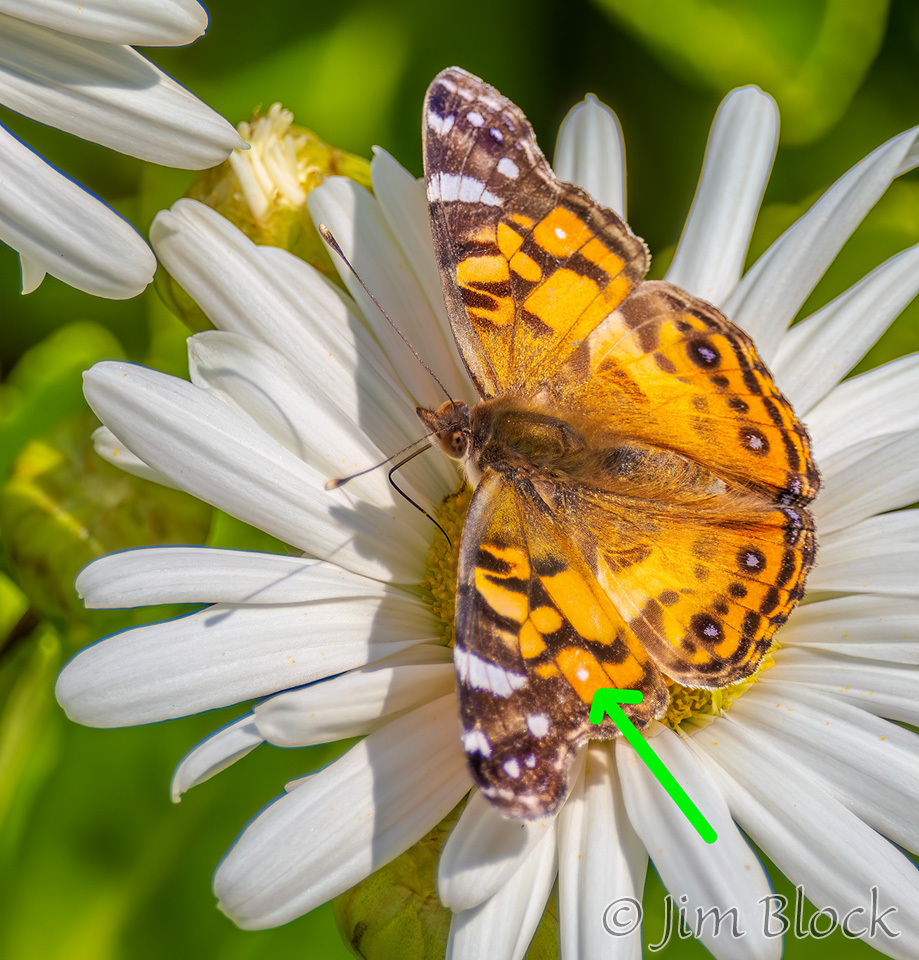
Painted Lady
Compare the photo above with the Painted Lady Butterfly below without the spot.

Painted Lady Butterflies also have distinctive eyespots on the underside of a wing as seen below.
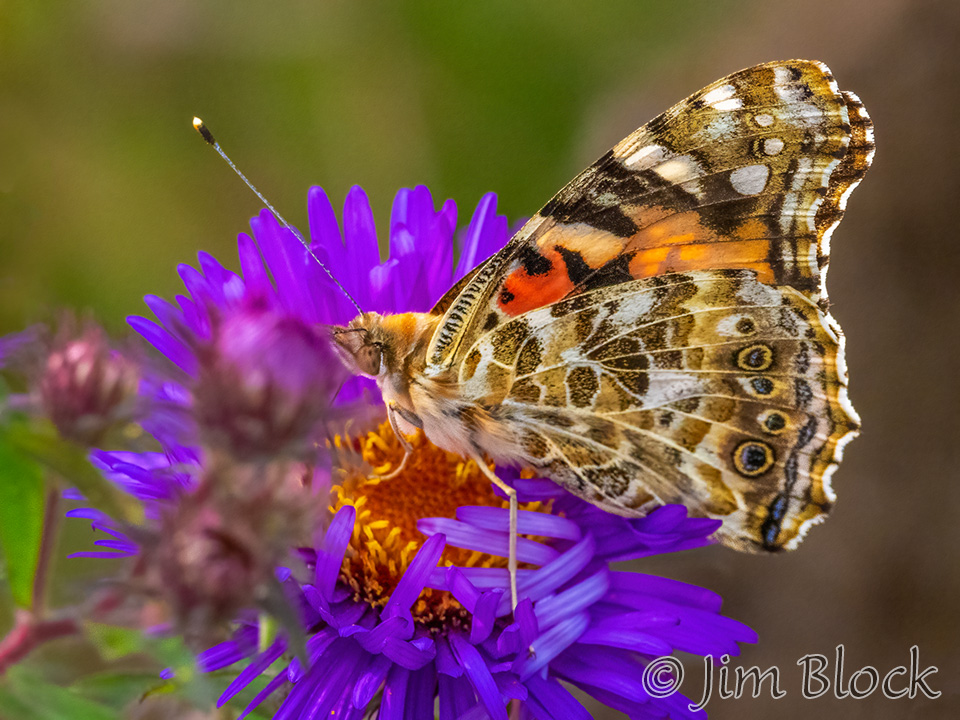
Here are two more photos of Painted Lady Butterfly on New England asters.
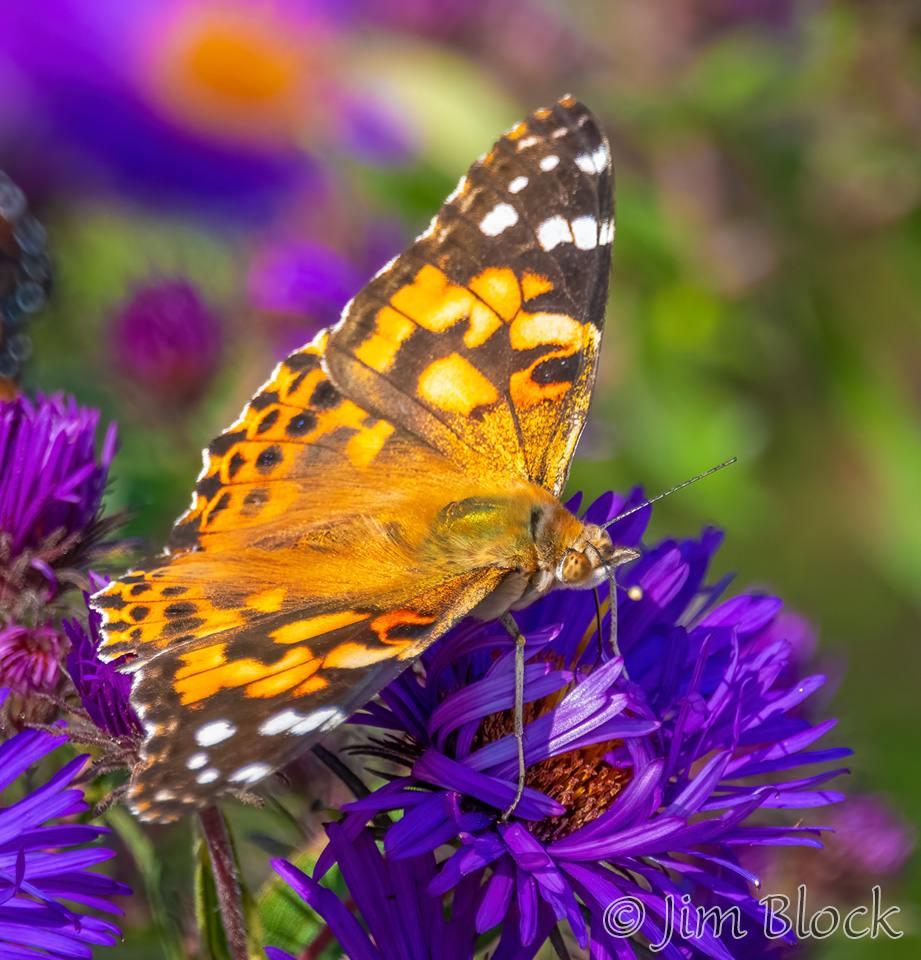
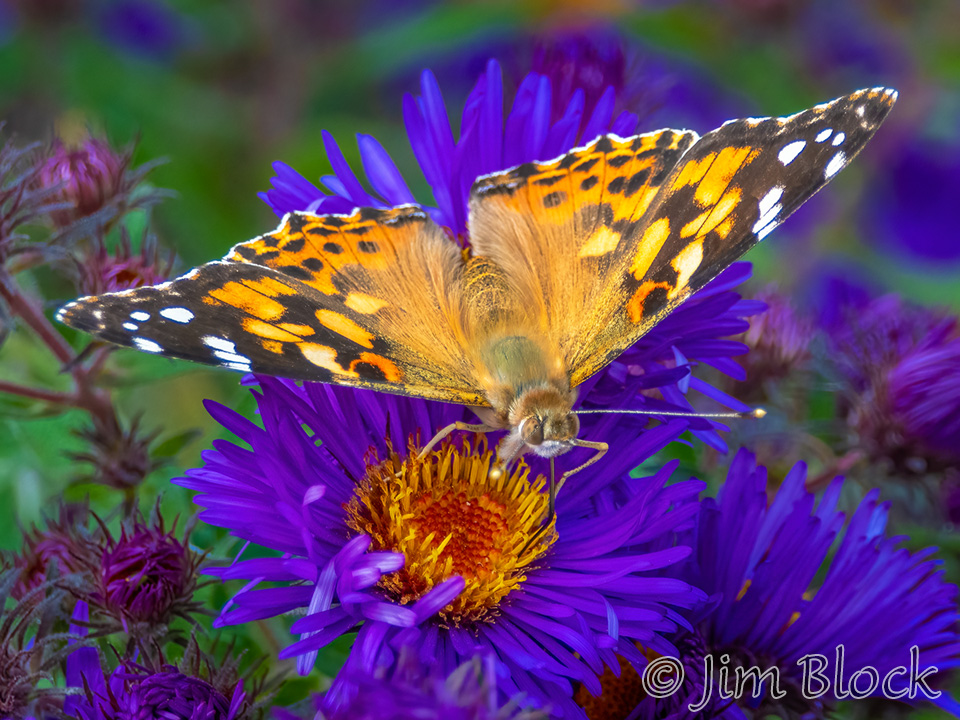
Red Admiral
Red Admiral Butterflies were also on the same asters.
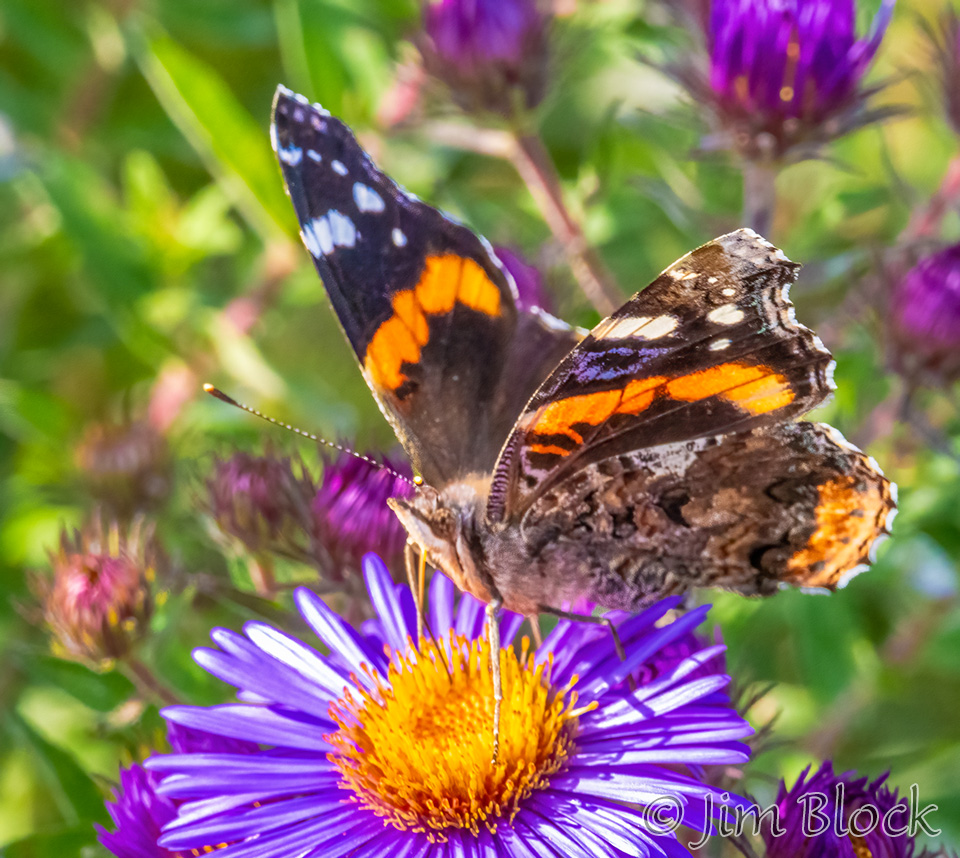
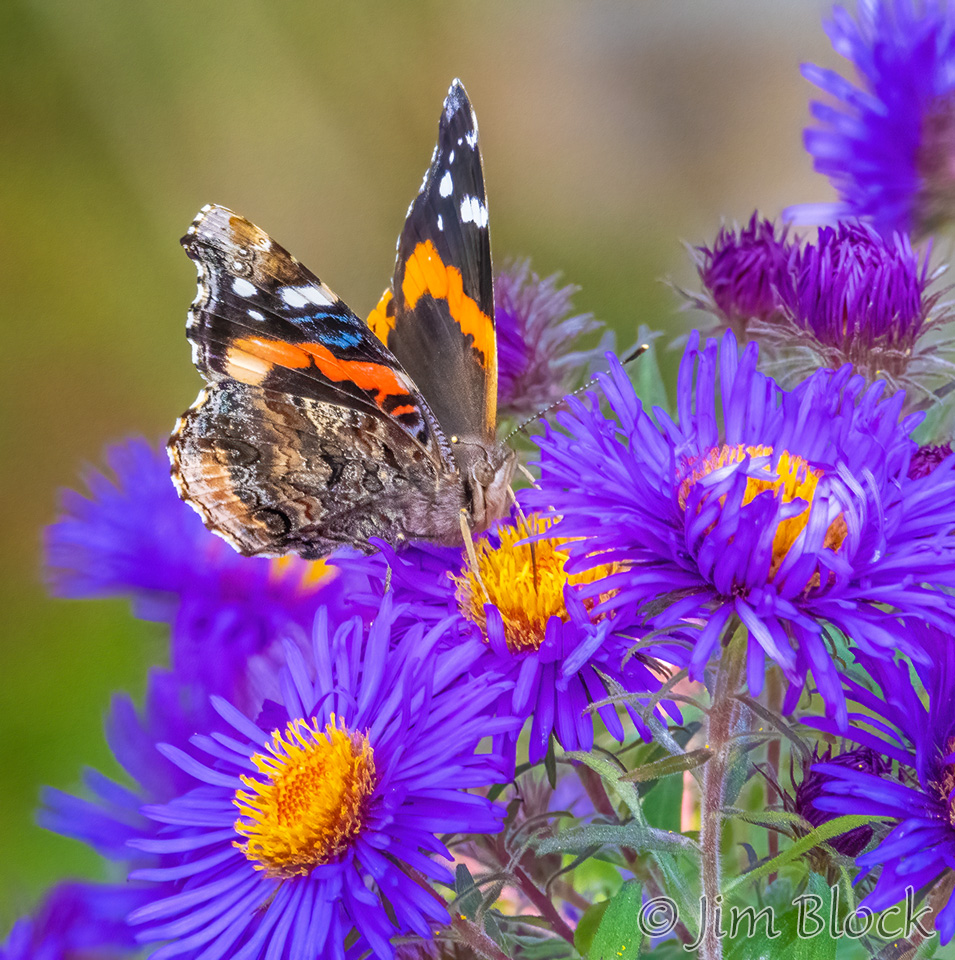
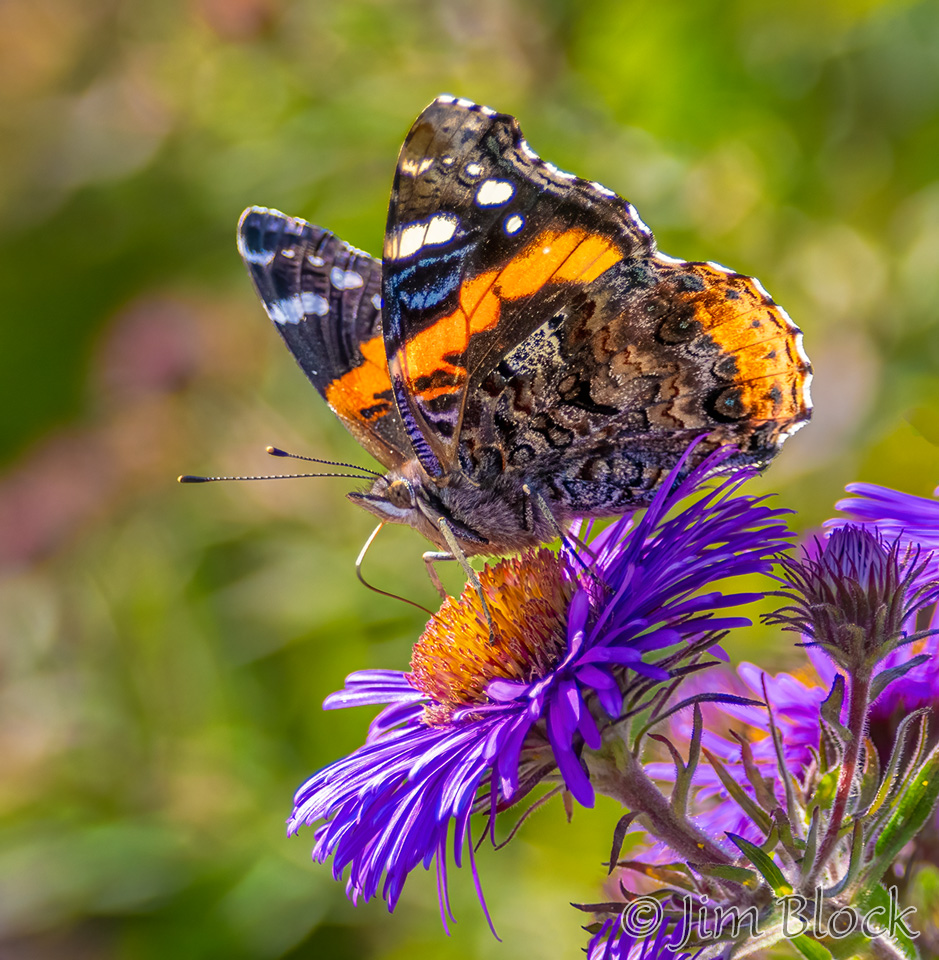
Cabbage White
The Cabbage White Butterfly is an introduced species.
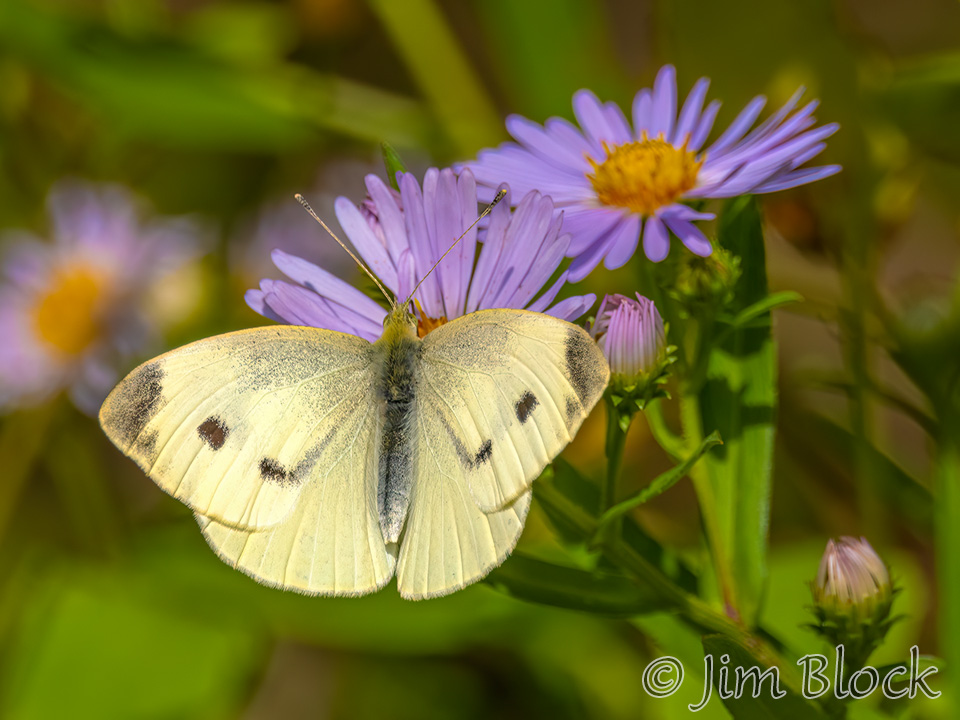
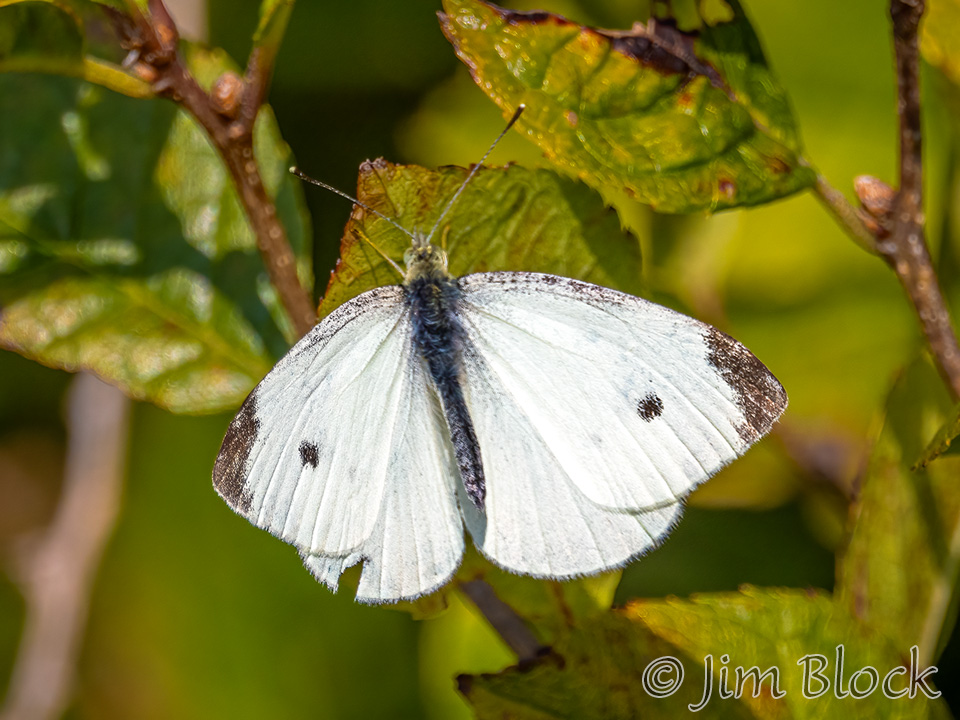
Clouded Sulphur
The somewhat similar-looking Clouded Sulphur Butterfly is native.
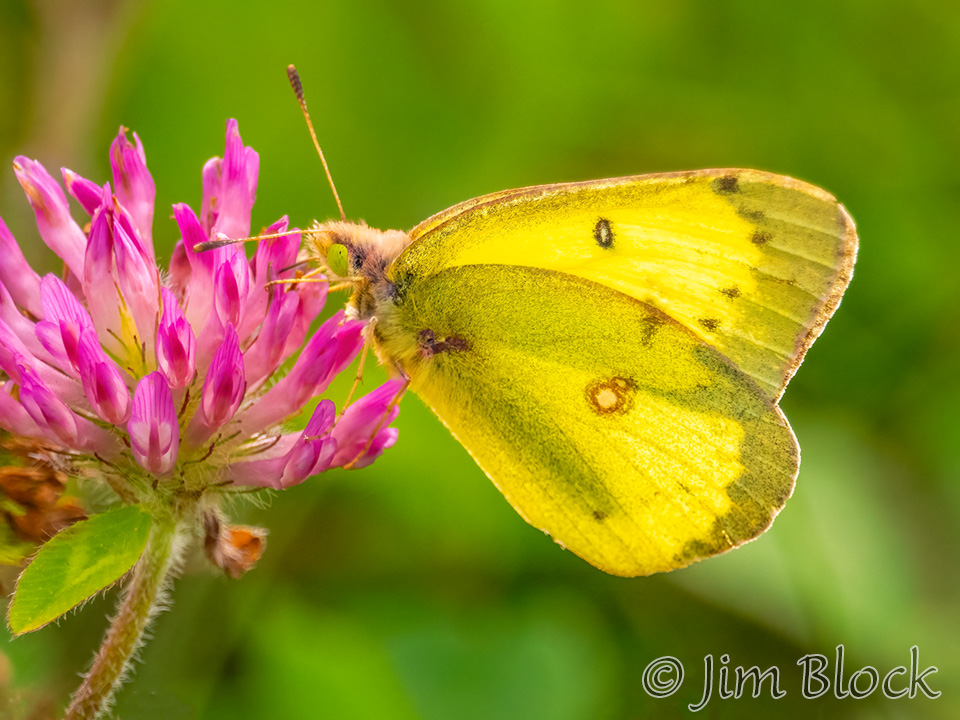
Sky
There is a lot going on in the sky day and night. One just needs to look up. Sometimes fog or smoke from Canadian wildfires can do wonders to common objects — like the sun.
The first night on Monhegan I used an outside stairway at the Monhegan House to photograph the sunset. The building on the right in the second photo is the Monhegan Community Church.
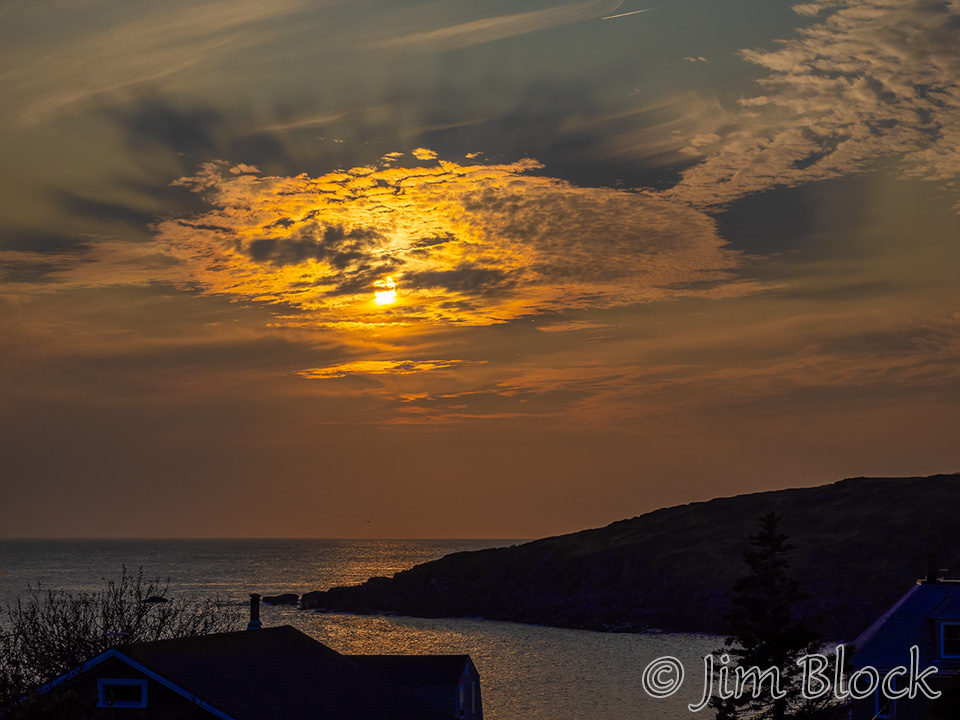
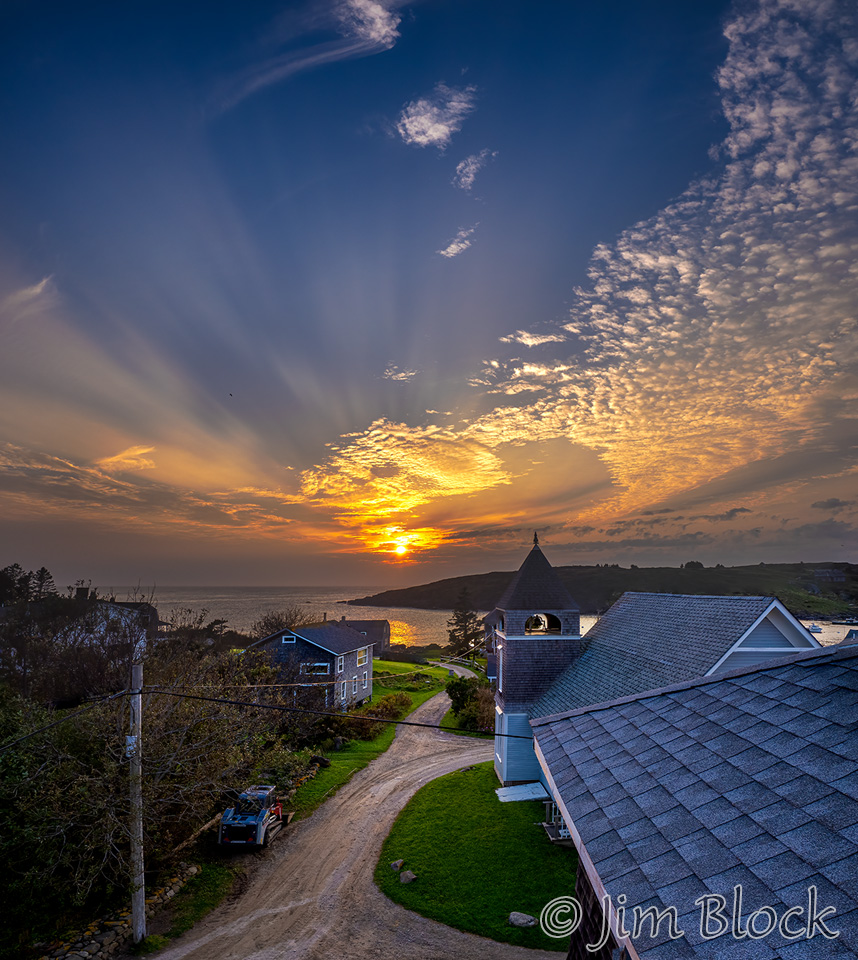
Similarly the second night.

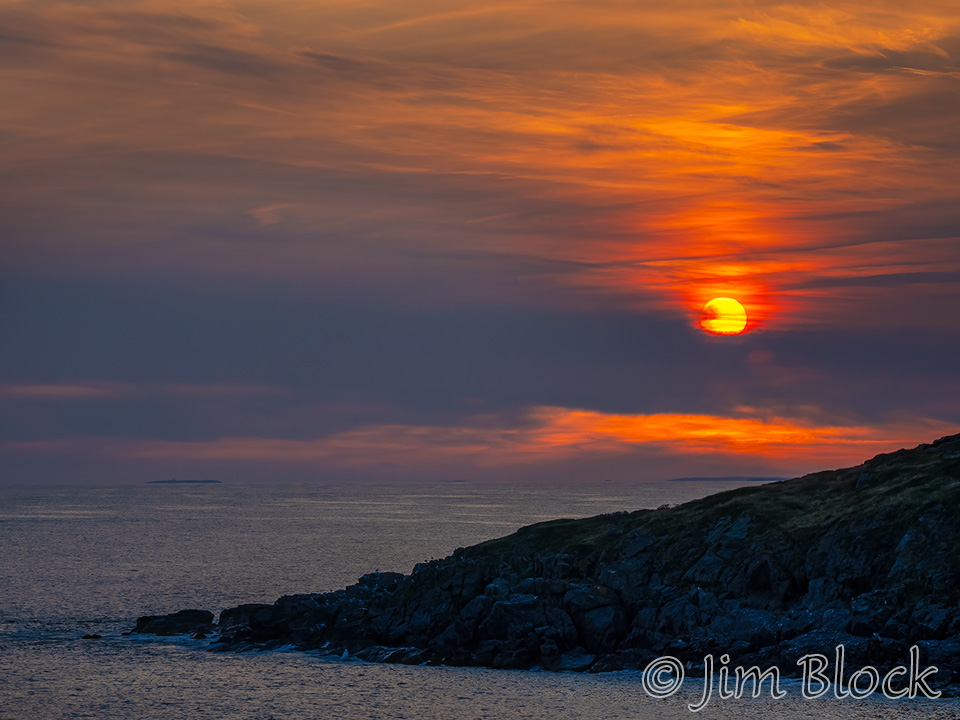
During the first night I was up at 3:30 AM to photograph the Milky Way from near the Monhegan House.
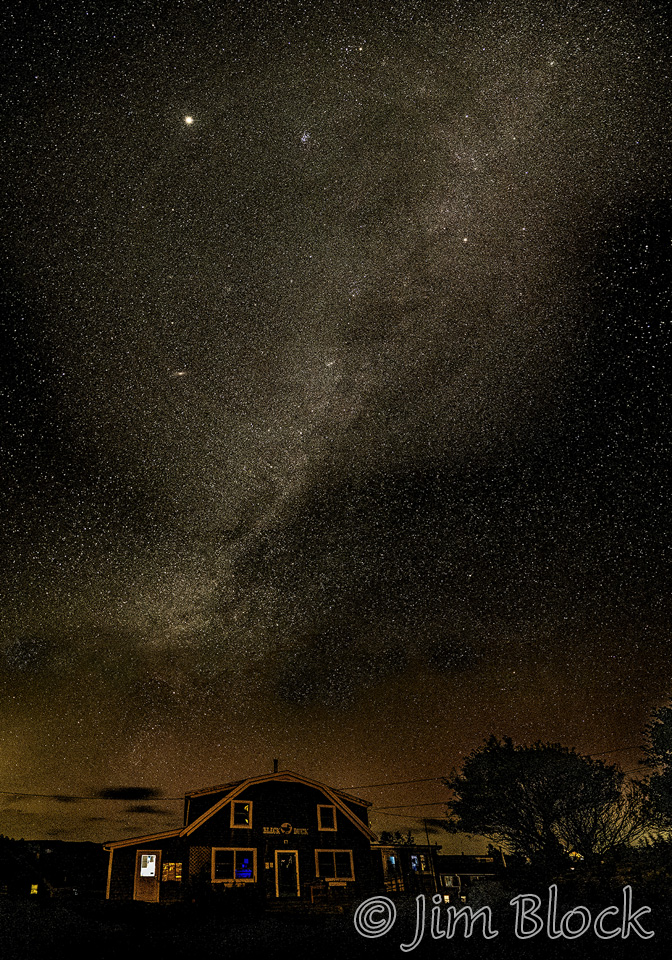
Smoke from wildfires in Canada caused a hazy sun September 28 and 29, 2023. This allowed one to view the sun with the naked eye, a scope, or a camera. Of course the safest is a mirrorless camera since one if not looking through the lens but at a monitor with limited brightness.
Here is the sun at 7:29 AM September 28 with the museum and lighthouse at the far left side of the photo.
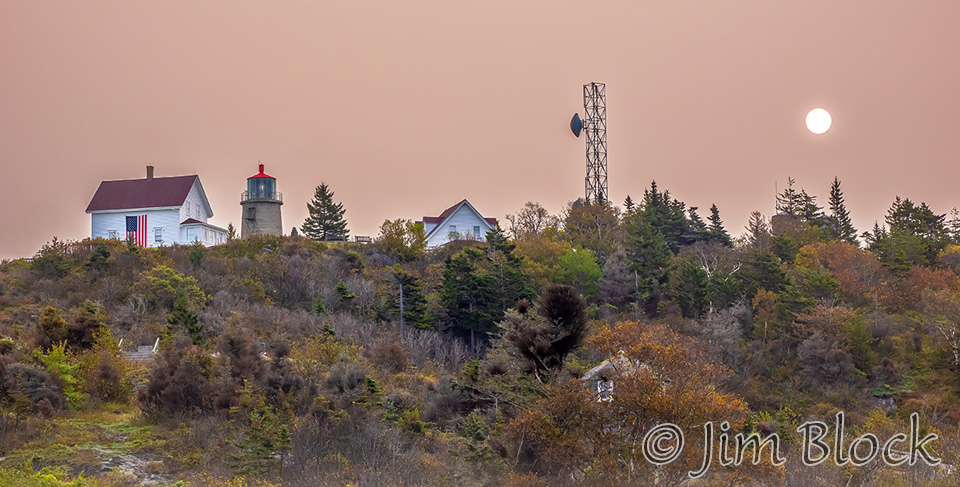
That afternoon during a walk along an ocean path on the southwest side of the island I took this photo.
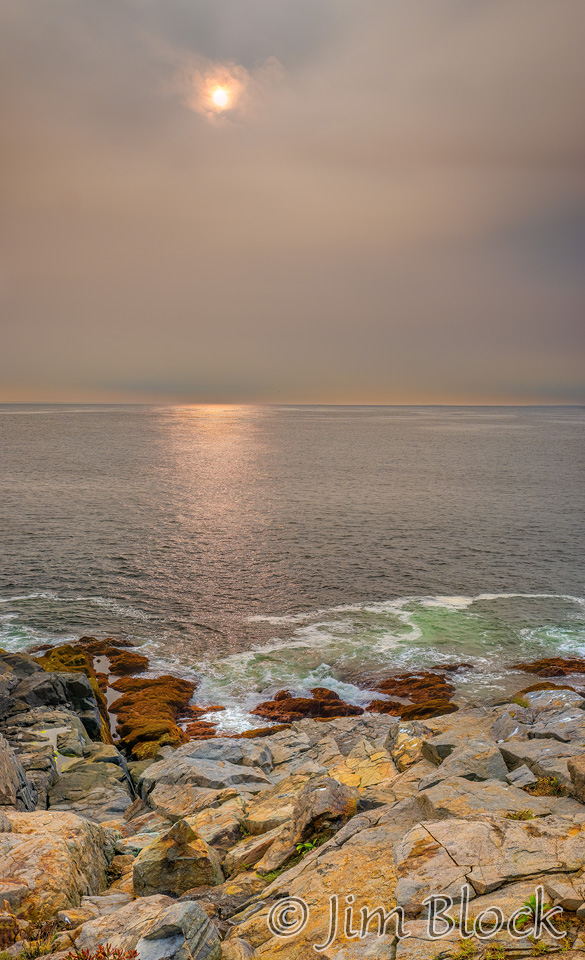
Thirty minutes later, at 5:07 PM the sun looked like this.
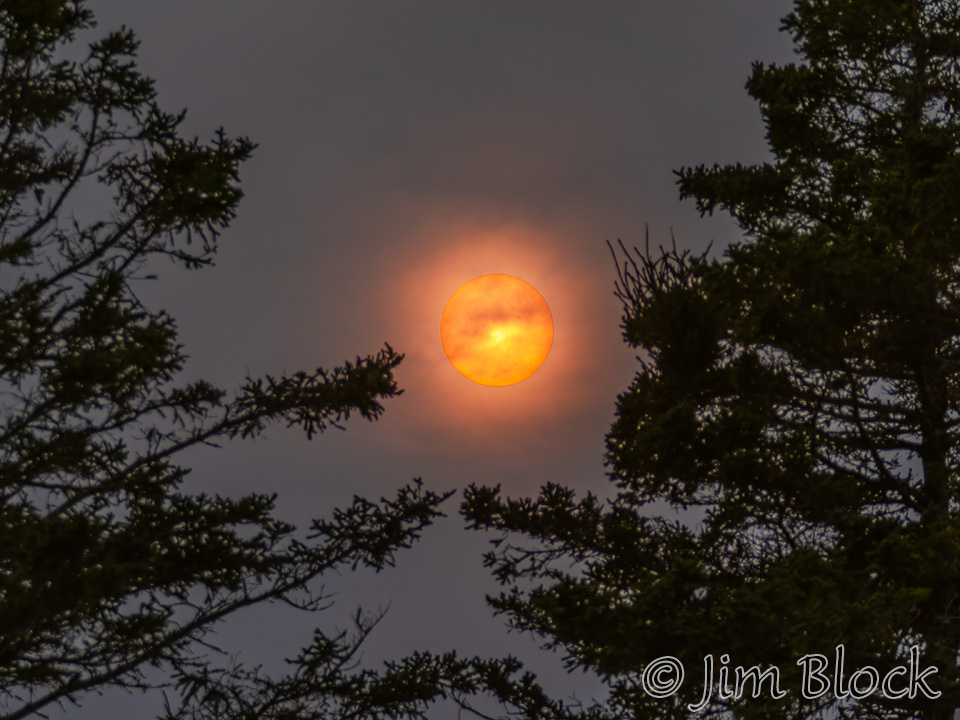
At 5:36 PM I took this photo, The dark streak is a contrail. You can even make out the airplane. You can also see several sunspots.
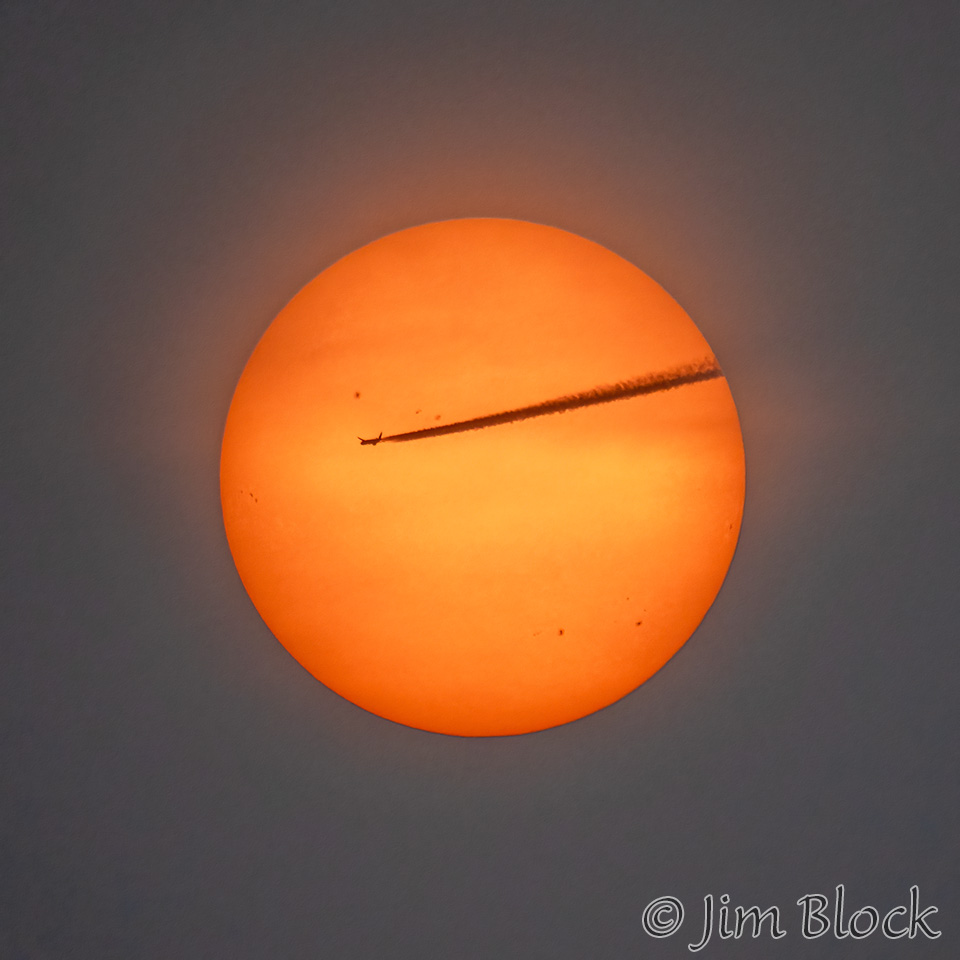
Below is an enlargement of a small piece of the above photo to better reveal the airplane and a few sunspots.
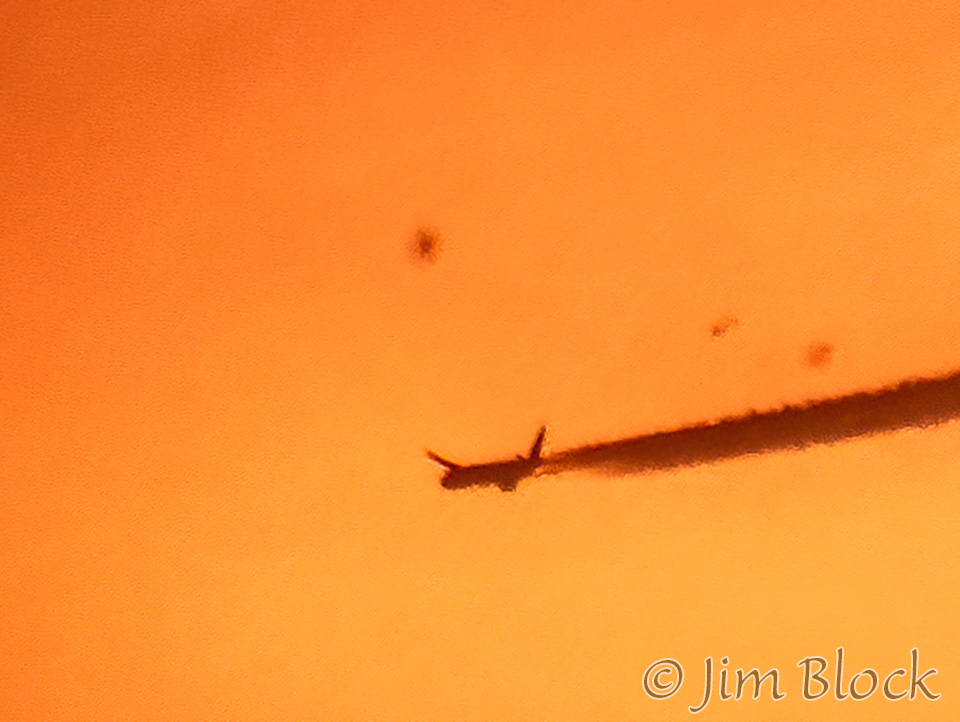
Five minutes later I was back at the Monhegan House and able to position the sun above the church by choosing an appropriate spot on an upper floor.
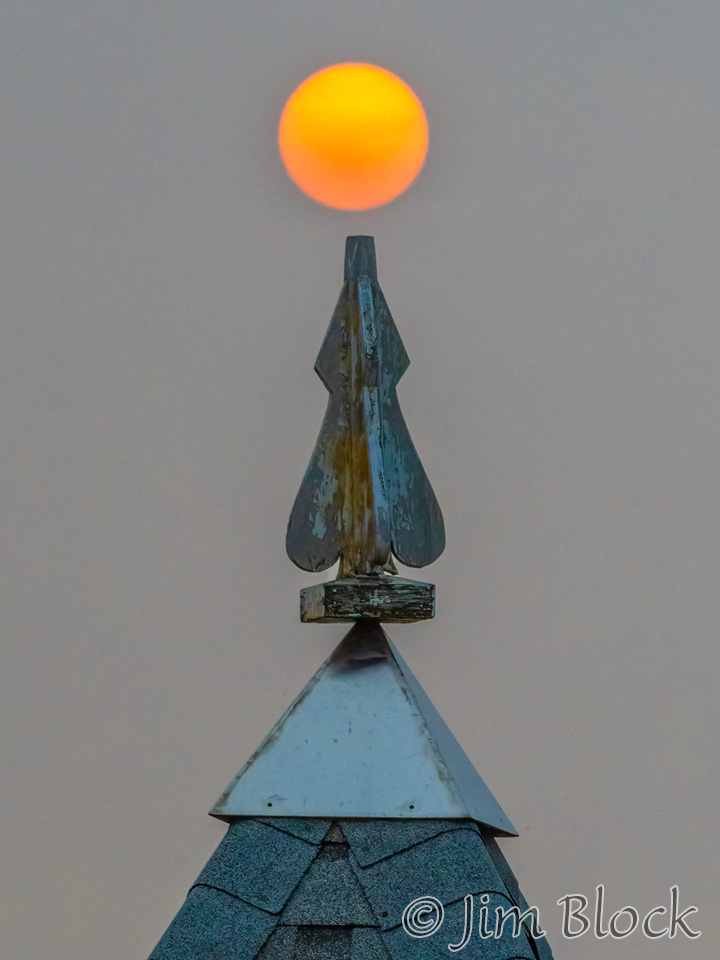
The next morning, September 29 at 7:23 AM, the sun was hazy and colorful, and the sunspots were clear. The sunspots have moved proving the sun rotates.
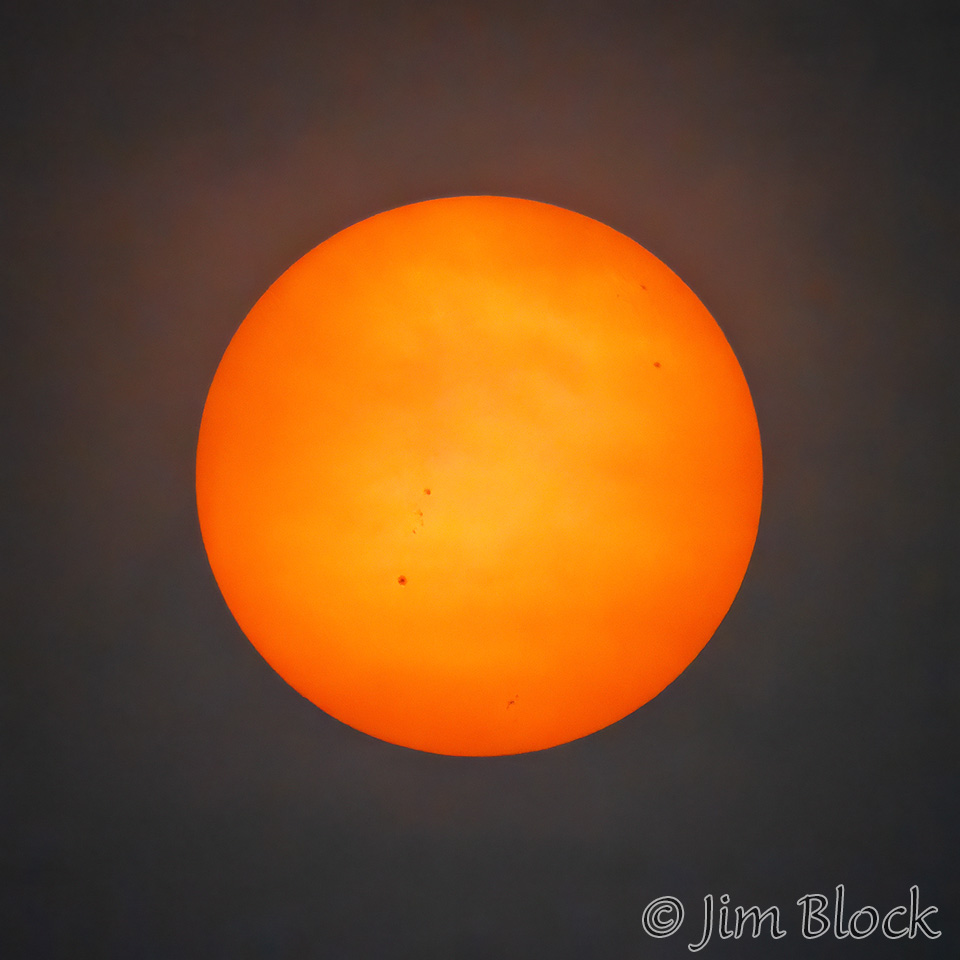
During the next 20 minutes I took these two photos of the sun. In the second you can see clouds partly obscuring the sun and a few sunspots.
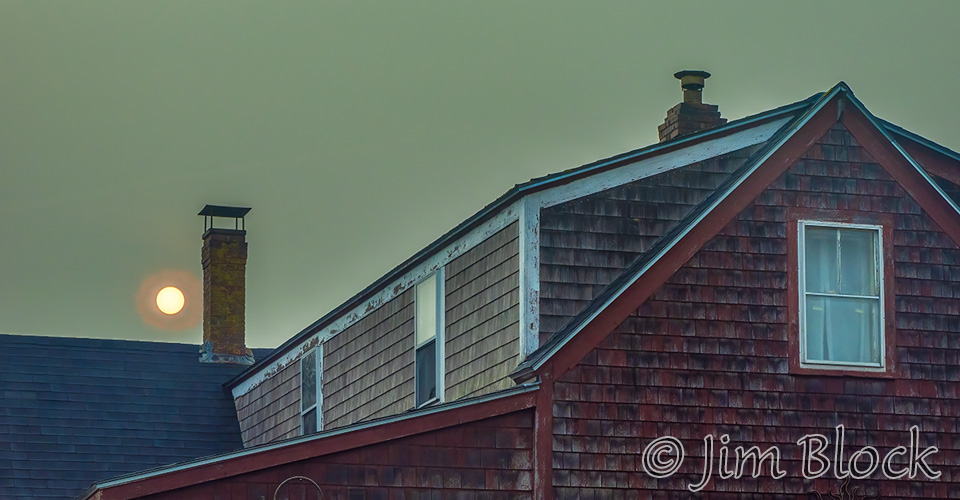
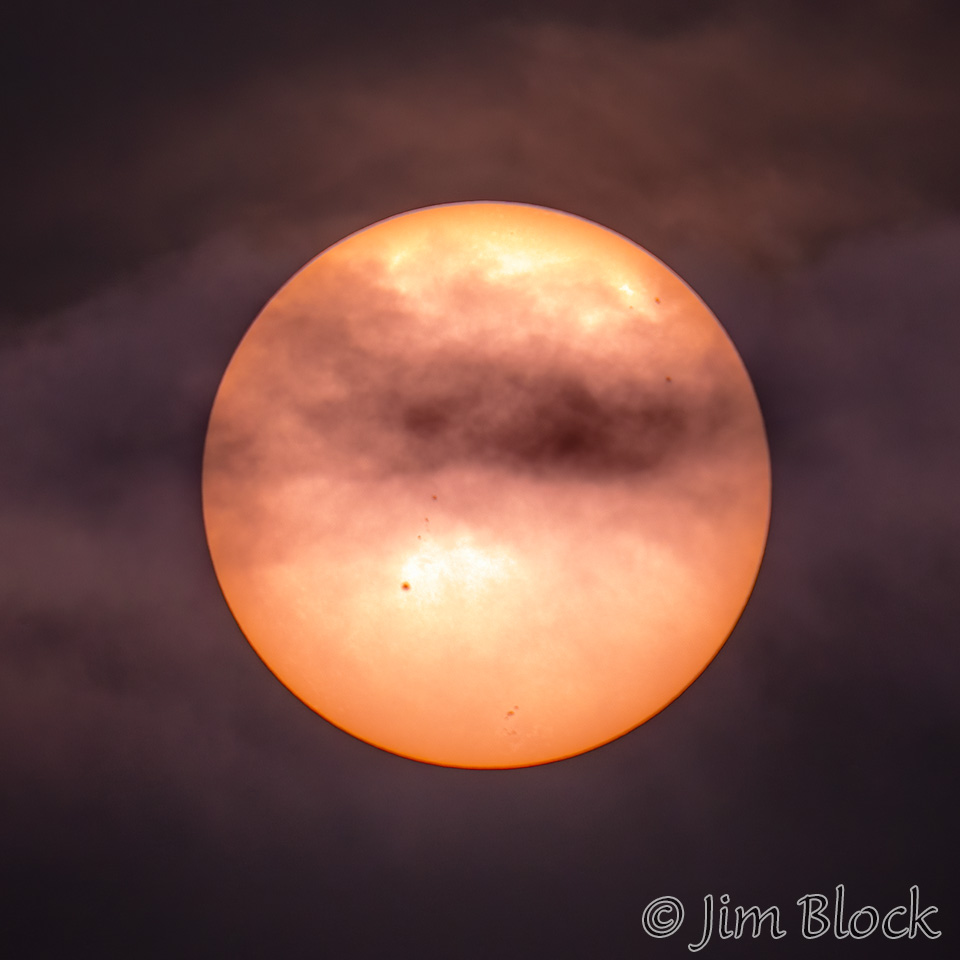
That morning I photographed the rising of the Harvest Moon, the last supermoon of the year. In the second photo you can just make out the steeple of the Monhegan Community Church.
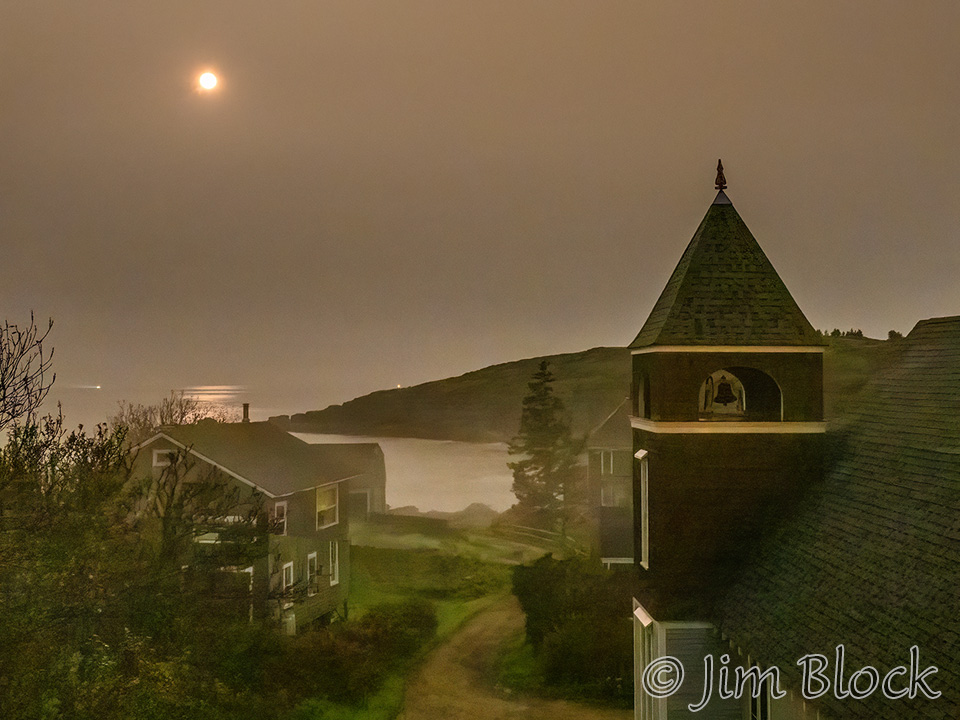
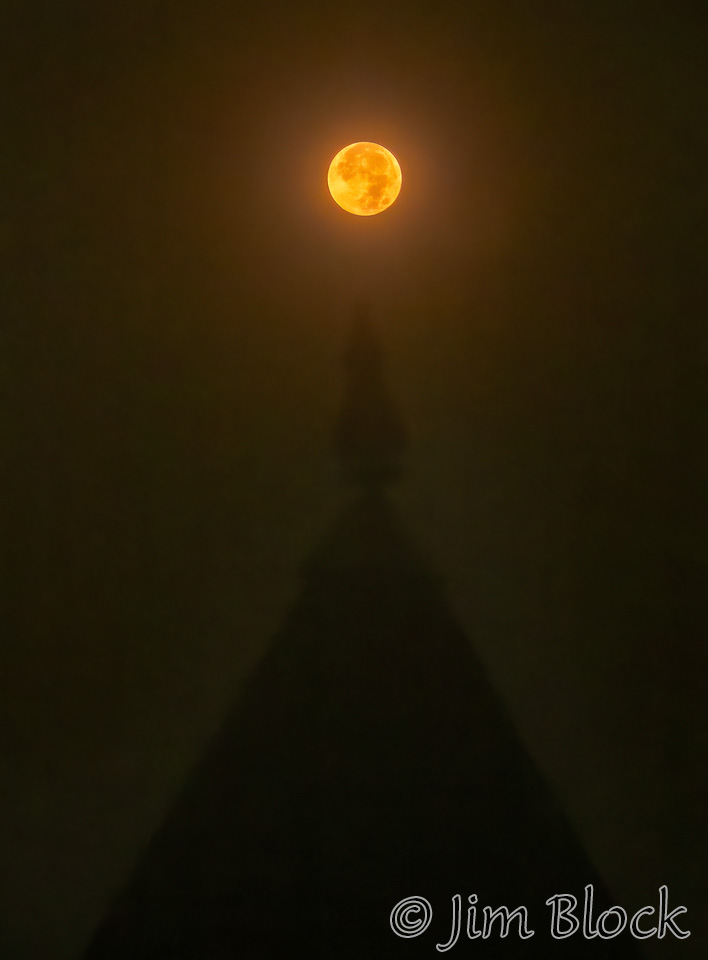
Cats and Dogs
I photographed two similar-looking Bengal cats at very different parts of the island, about a half mile apart. I believe the photos are of the same cat.
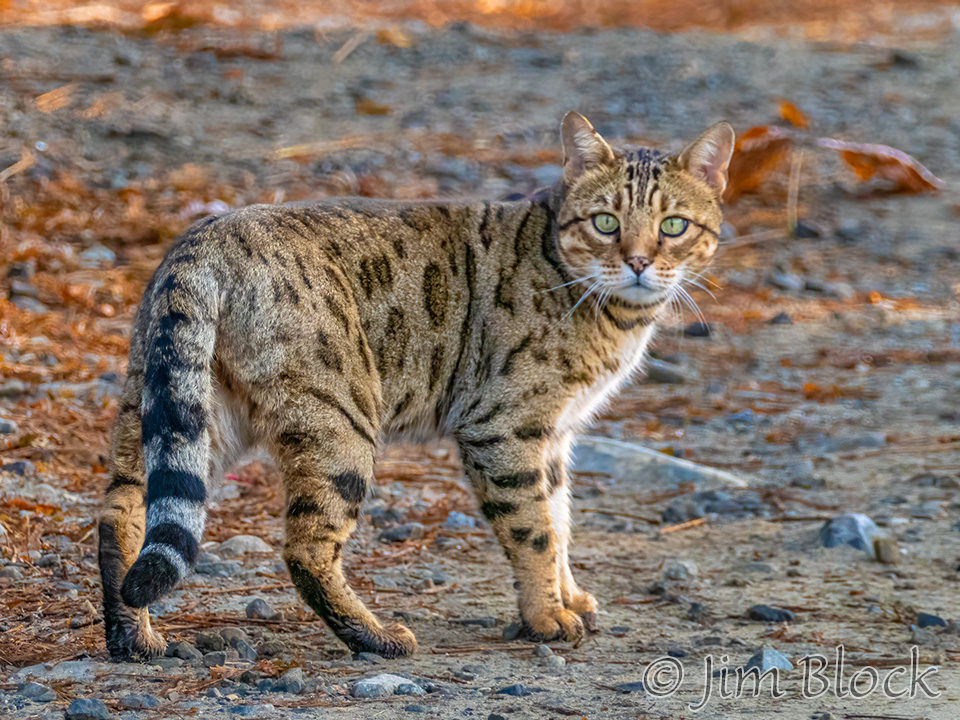

I was amazed to see how cats and pheasants completely ignored each other. Although it looks like the cat is growling in the photos below, it was ignoring the pheasant as it walked by.
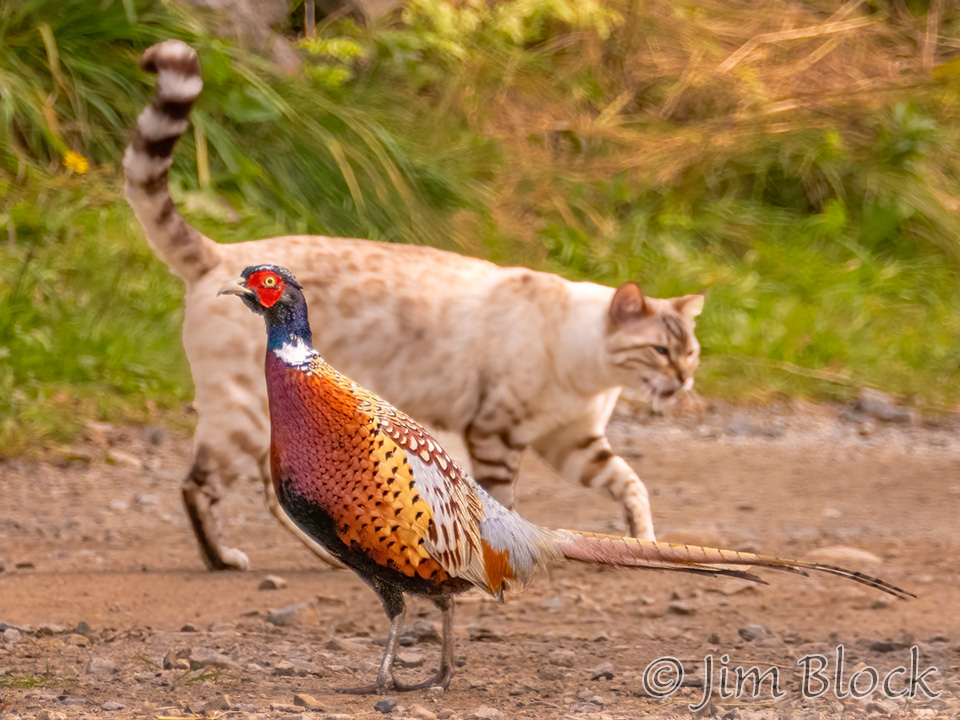
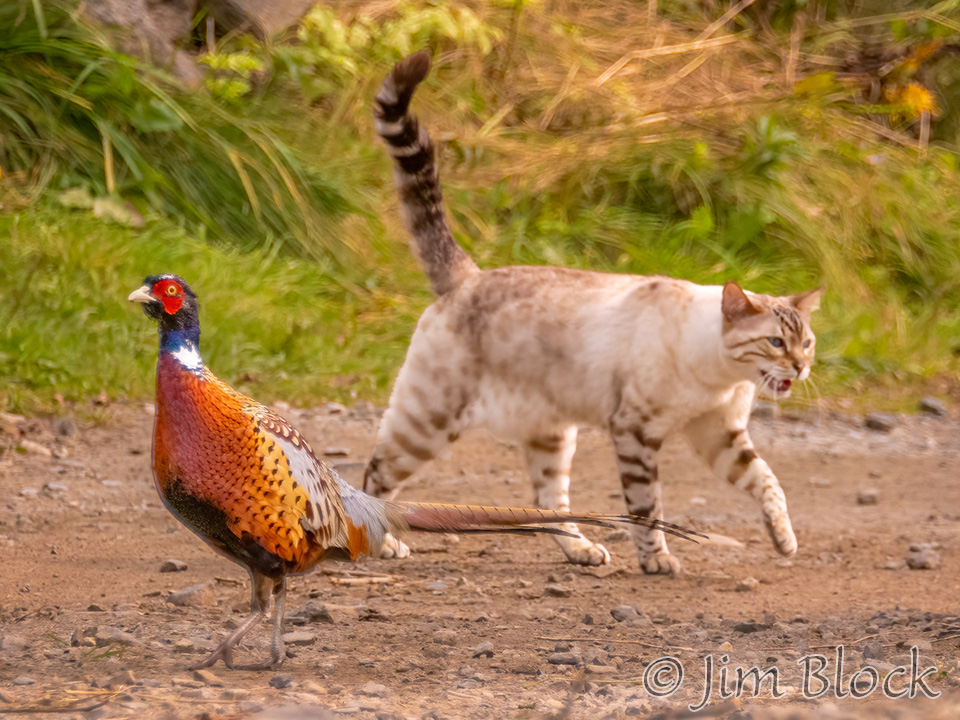
I photographed a beautiful Irish Poodle one morning.
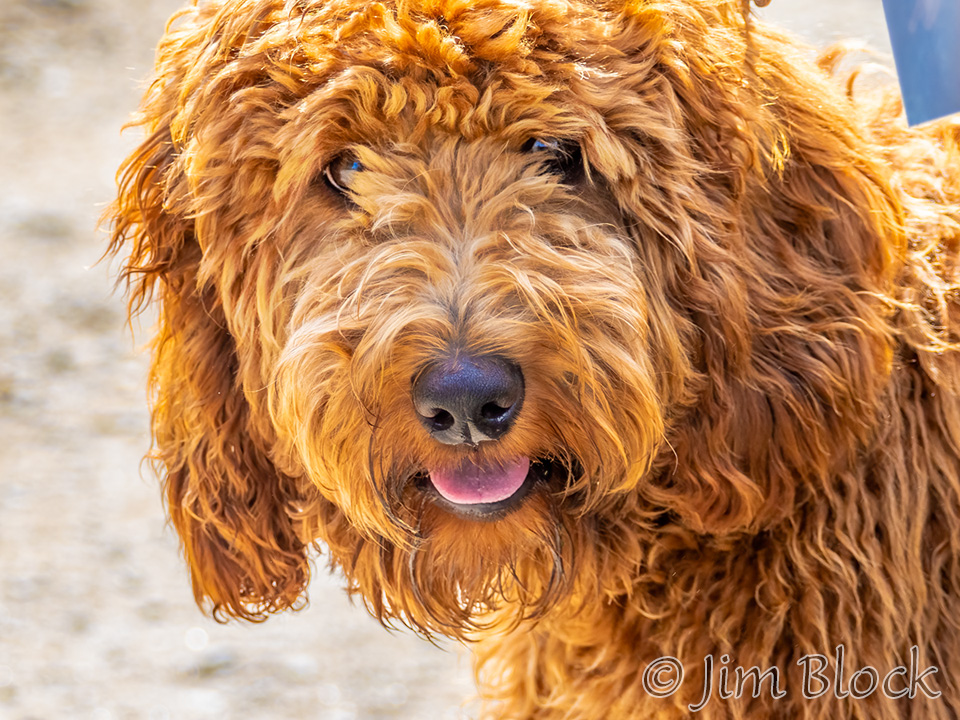
People
Monhegan has tourists, summer people, lobstermen, musicians, artists, birders, photographers, and more. Only a few are year-round residents. What those who stay many months or longer do for food was puzzling. The only stores to speak of sold beer, wine, snacks, and little else. Food must come in large containers from the mainland. Living in paradise can be a challenge.
I hiked to Burnt Head to check out the eastern-facing cliffs there. Far below a man played a Melodica. The location likely was chosen for privacy.

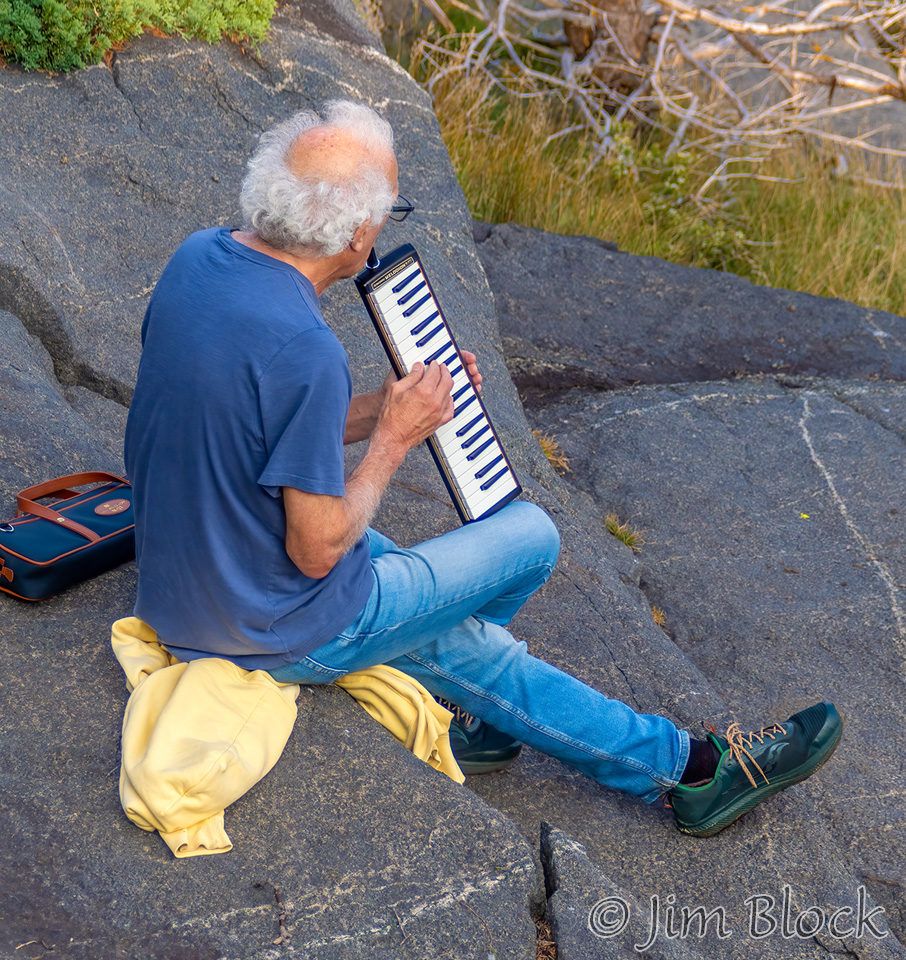
Other musicians were right in town.

The two days after we departed was “Trap Day” when a canon blast at dawn over the harbor signals the start of the Monhegan lobster season. Rugged folks begin their work when it turns bitter cold! We saw traps being prepared and trucks hauling traps down to the boats in preparation.
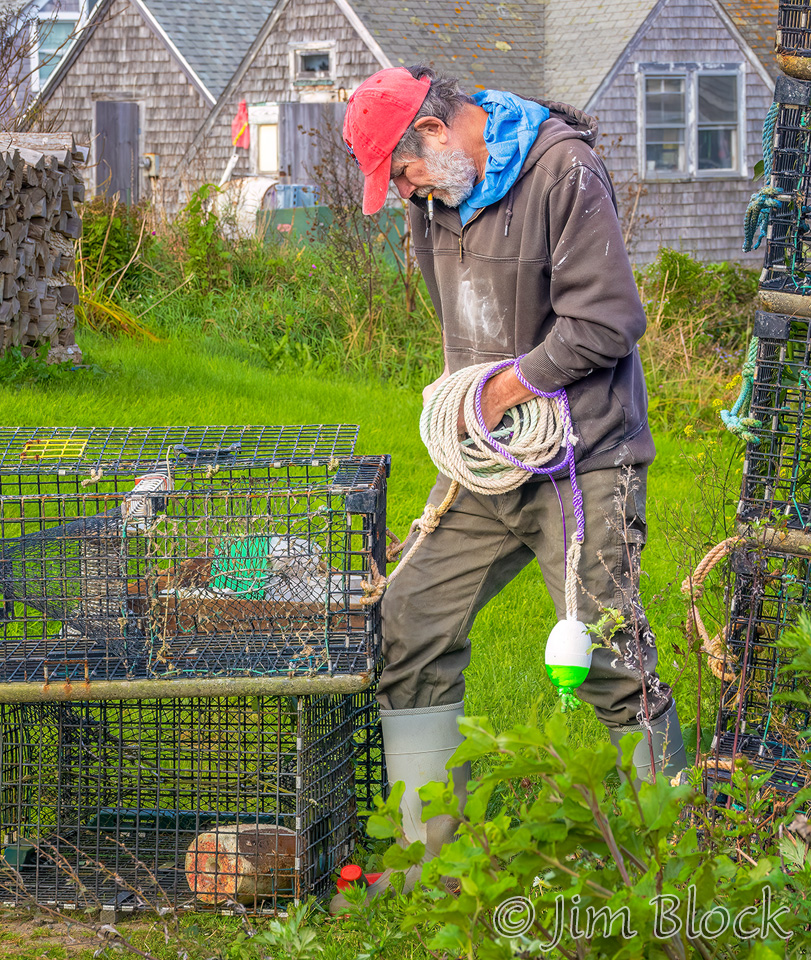
And there were artists. Here are a few.
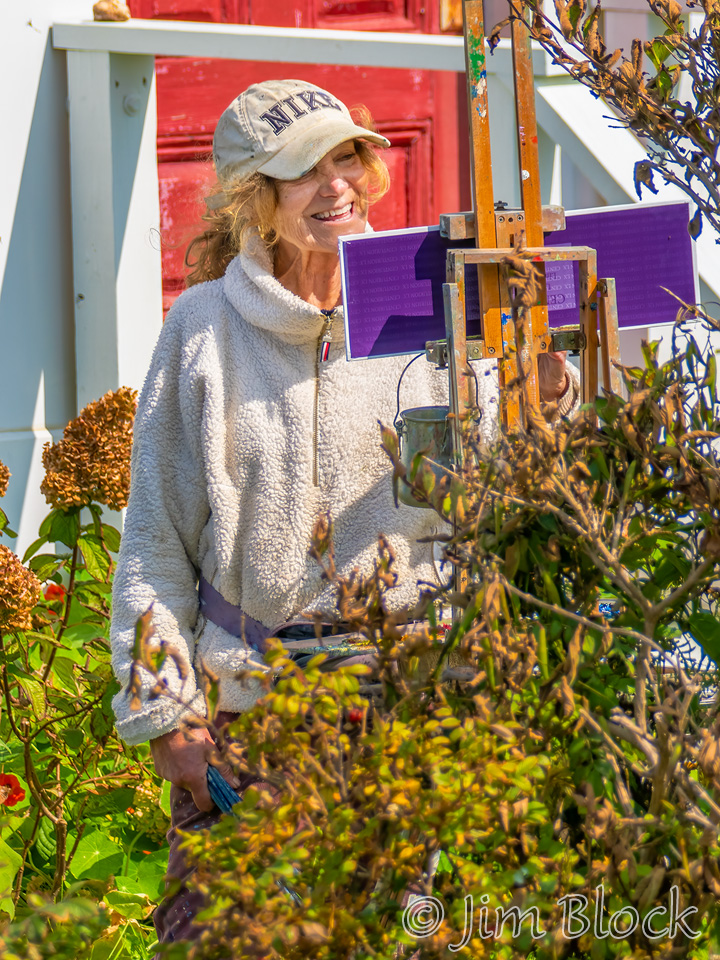
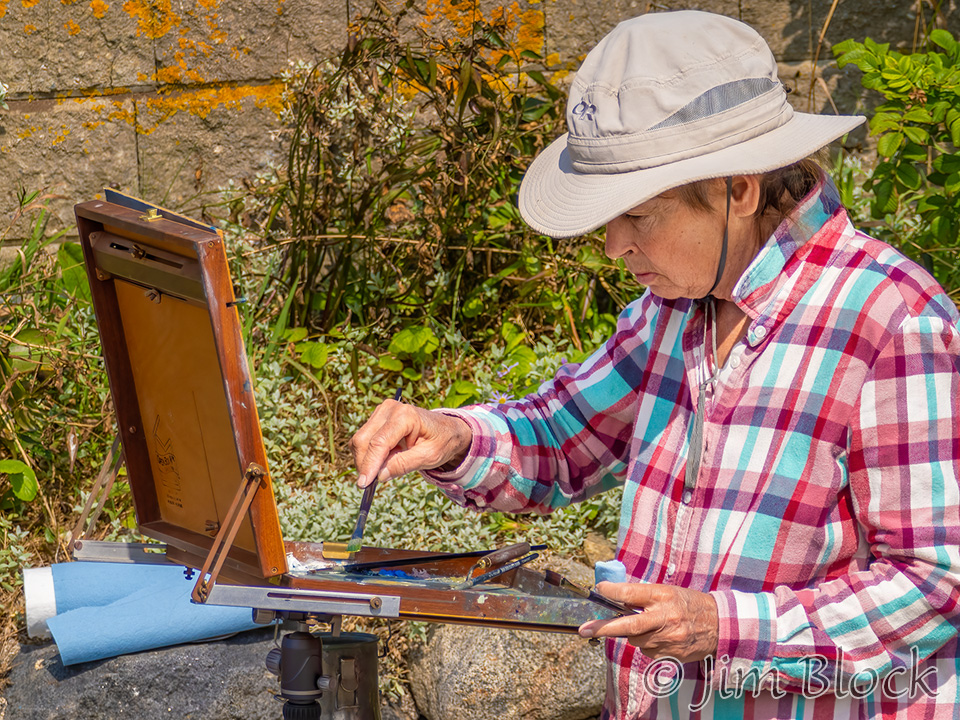
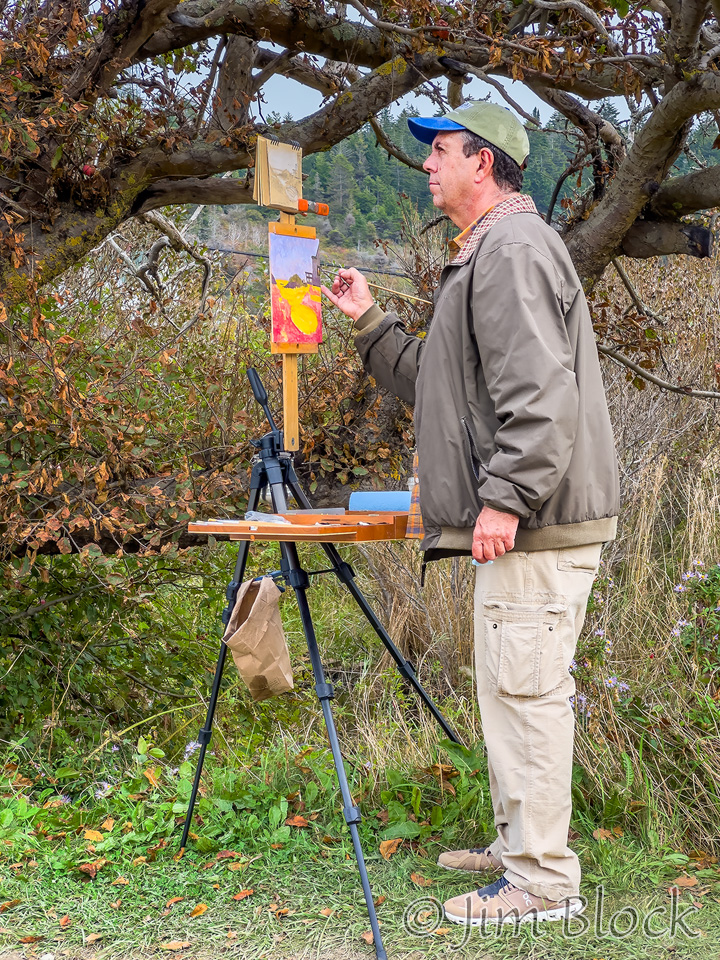
There were certainly birders with and without cameras. Our leader, Bob Quinn, is shown in these two photos.
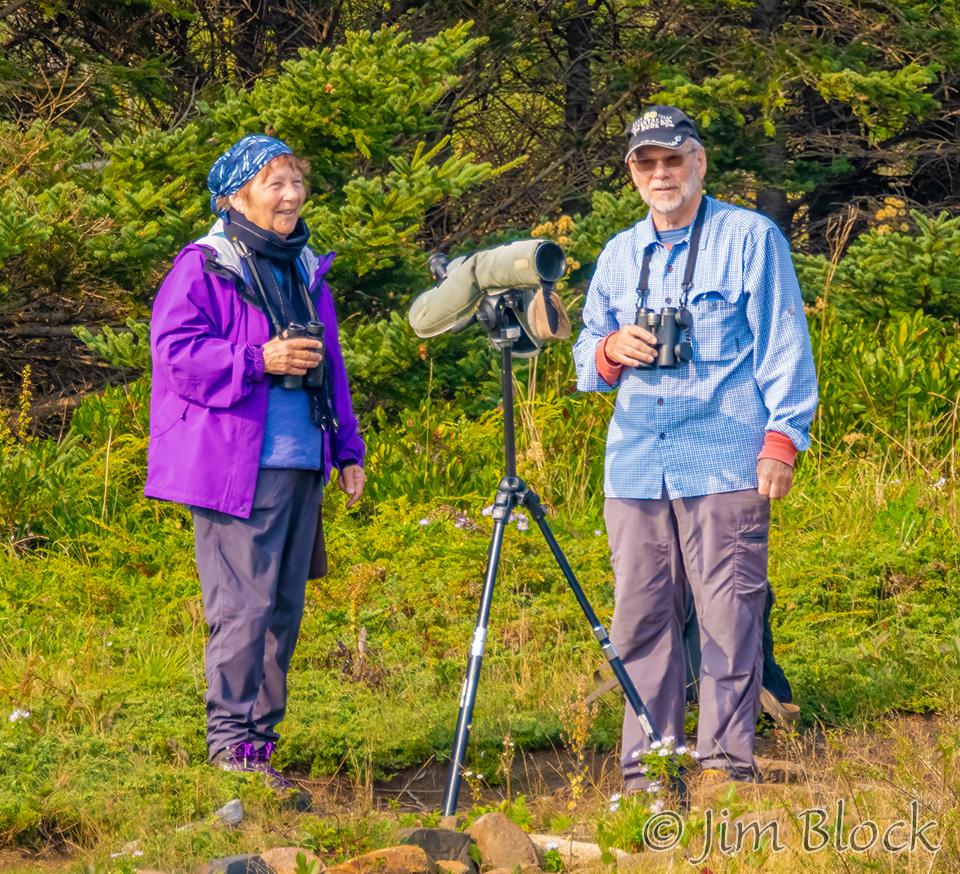
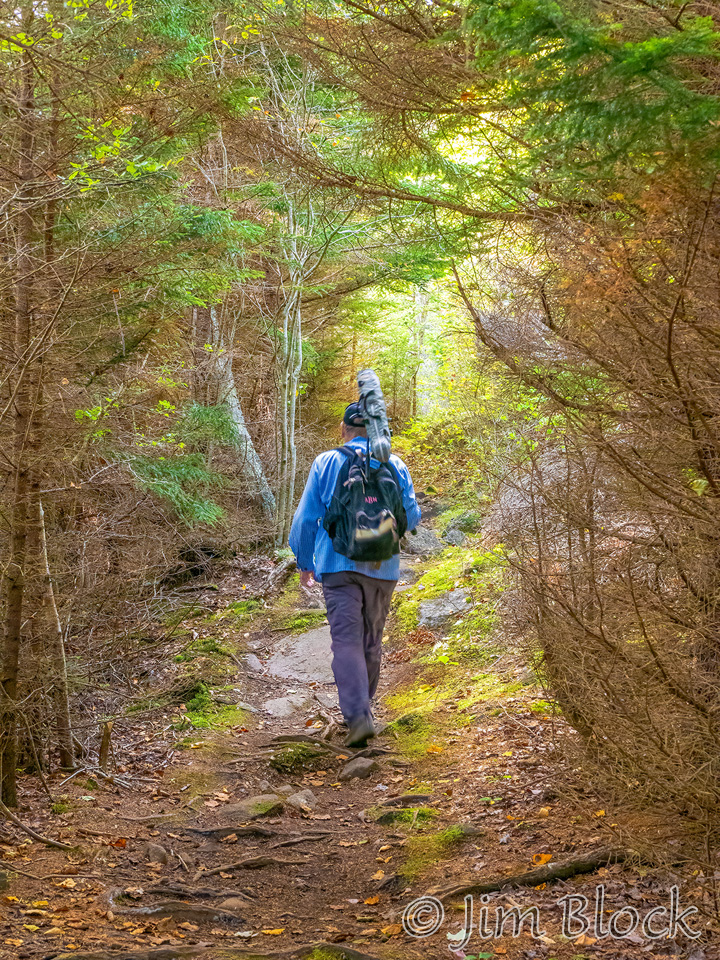
A school was in session, and school children were around the town.
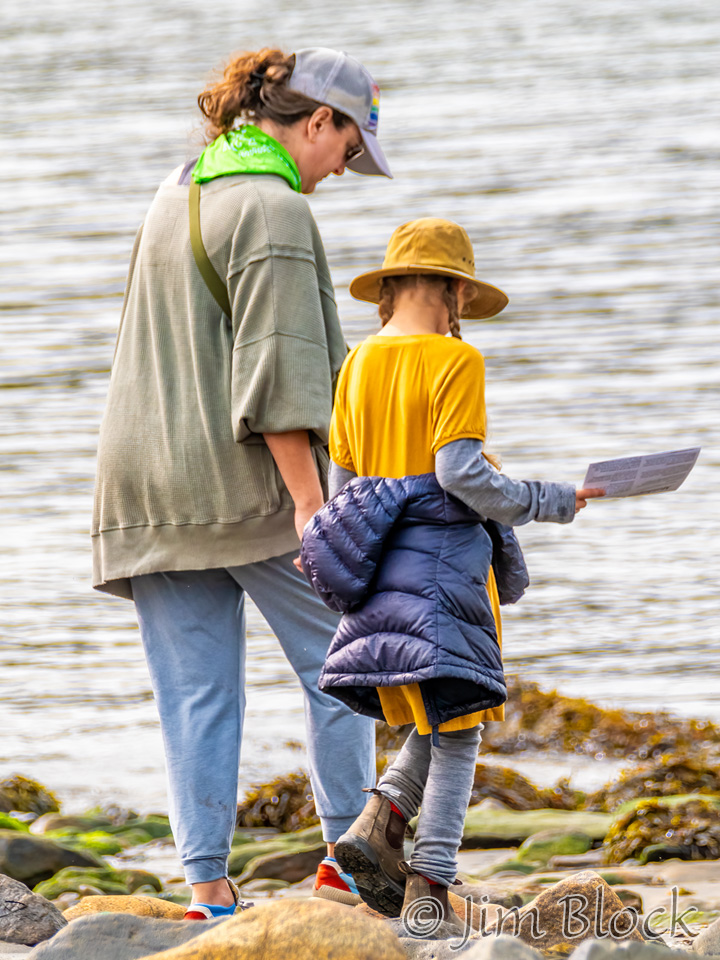
This woman caught my eye.

And the eye of a man in a truck.
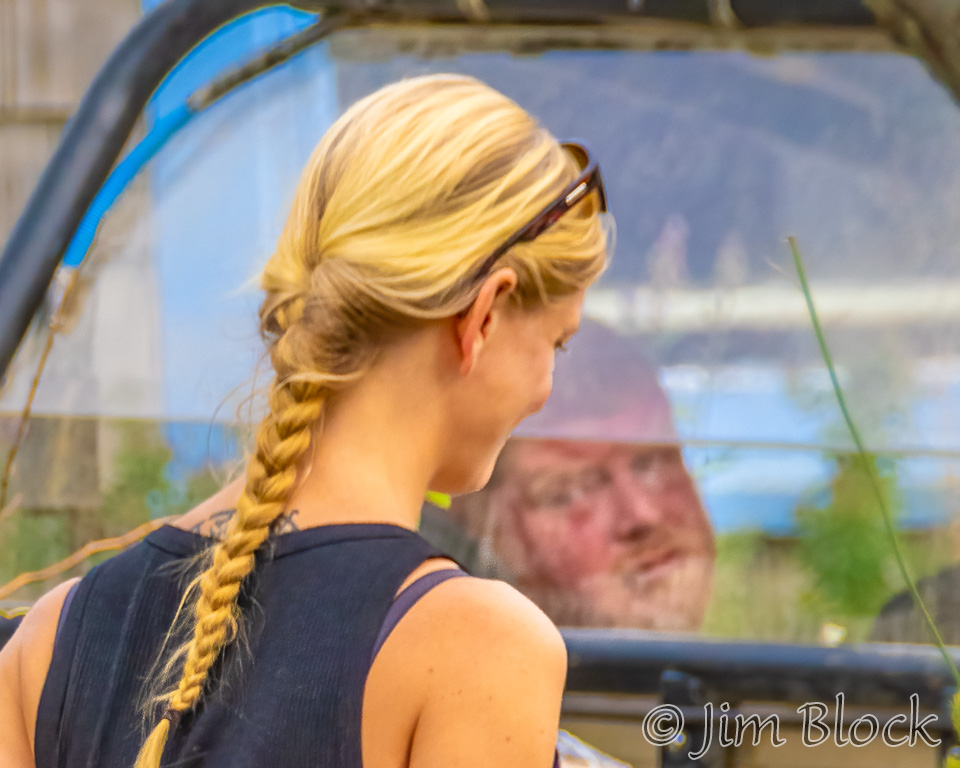
Scenes, Plants, and Insects
We travelled to Monhegan from Boothbay Harbor. Here is the harbor at 9 AM before departure.
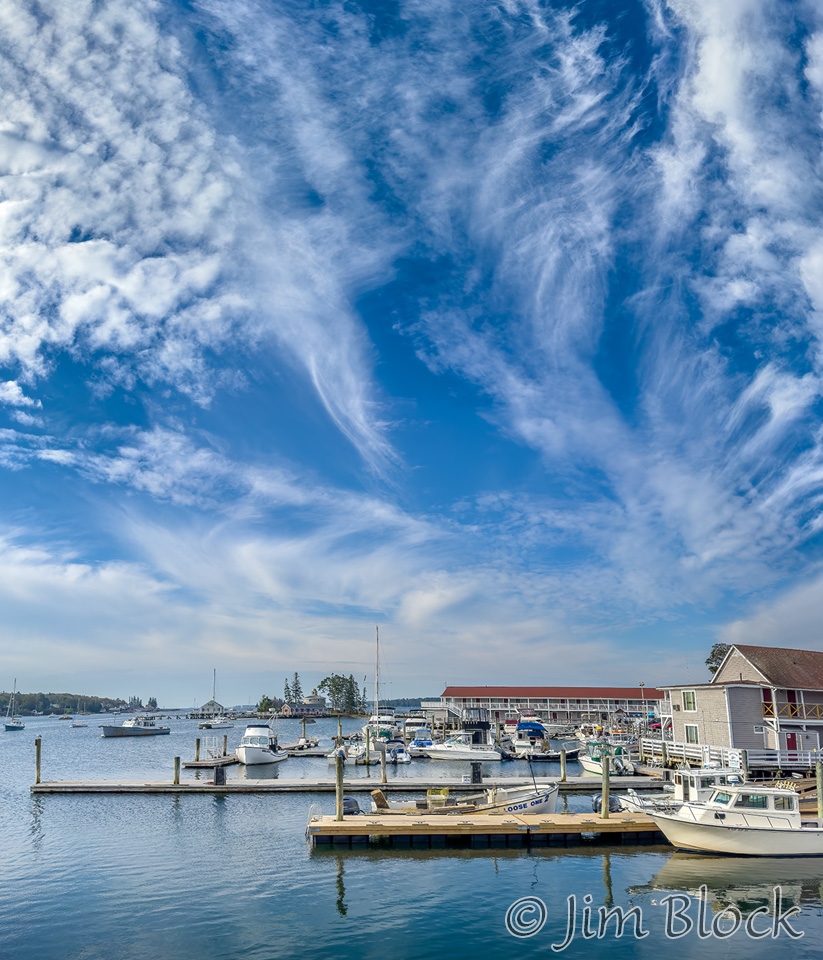
We sailed by Squirrel Island — an amazing place. Jann and I spent two weeks there over two years as guests of friends.
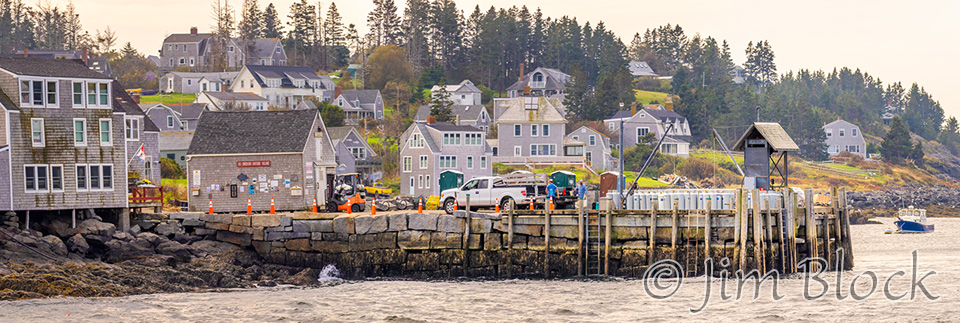
We arrived on Monhegan Island at 11 AM and our luggage was trucked up to Monhegan House. That is my camera bag in the truck below the Monhegan House sign.
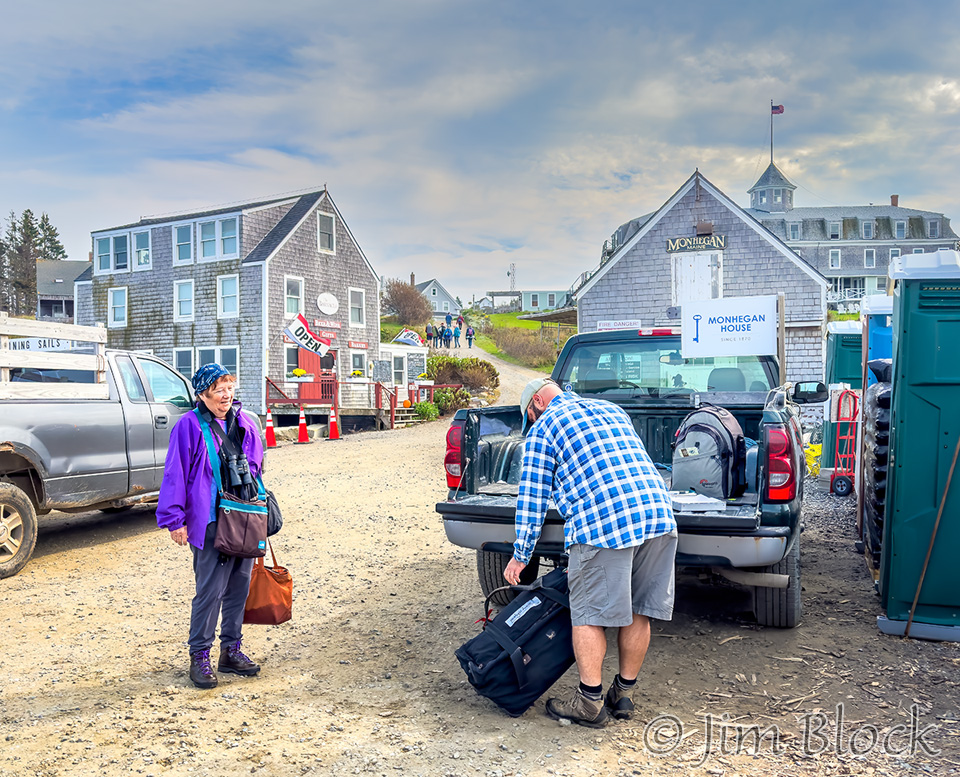
Shortly after arriving I photographed some pink and red: a Rose…

… a Fall-blooming Anemone …

… a Himalayan Balsam (an introduced Impatiens species) …
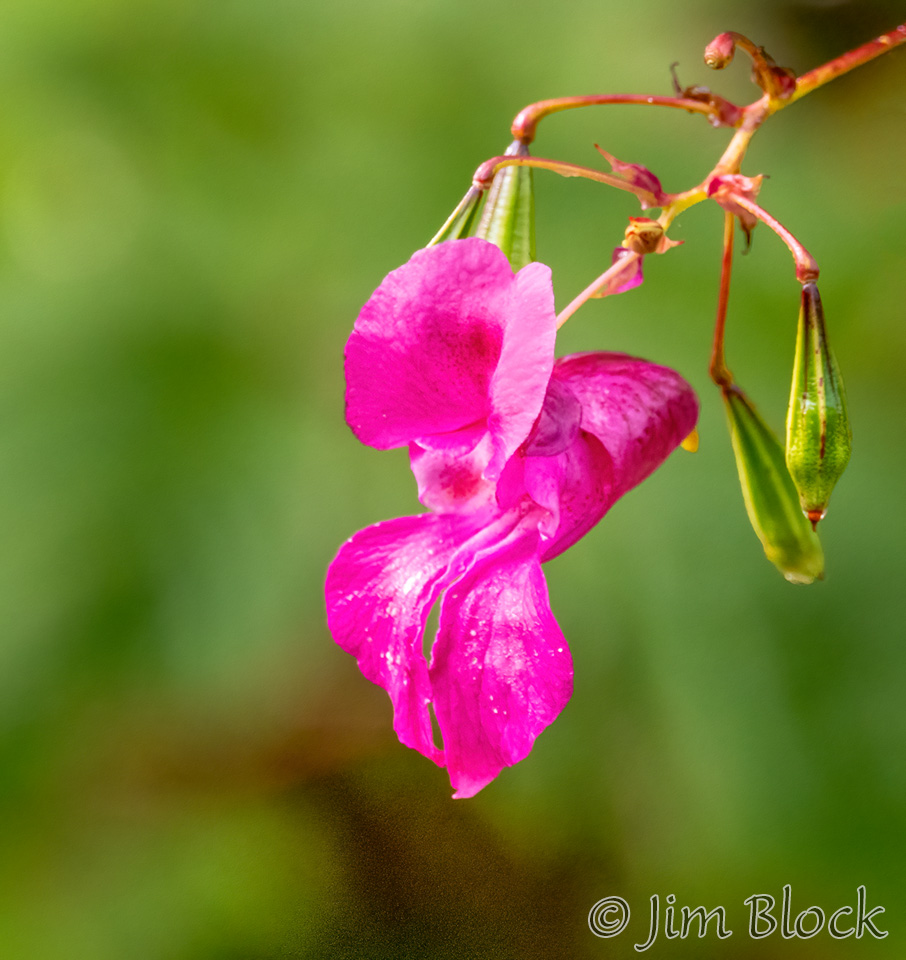
… Mountain Ash berries …
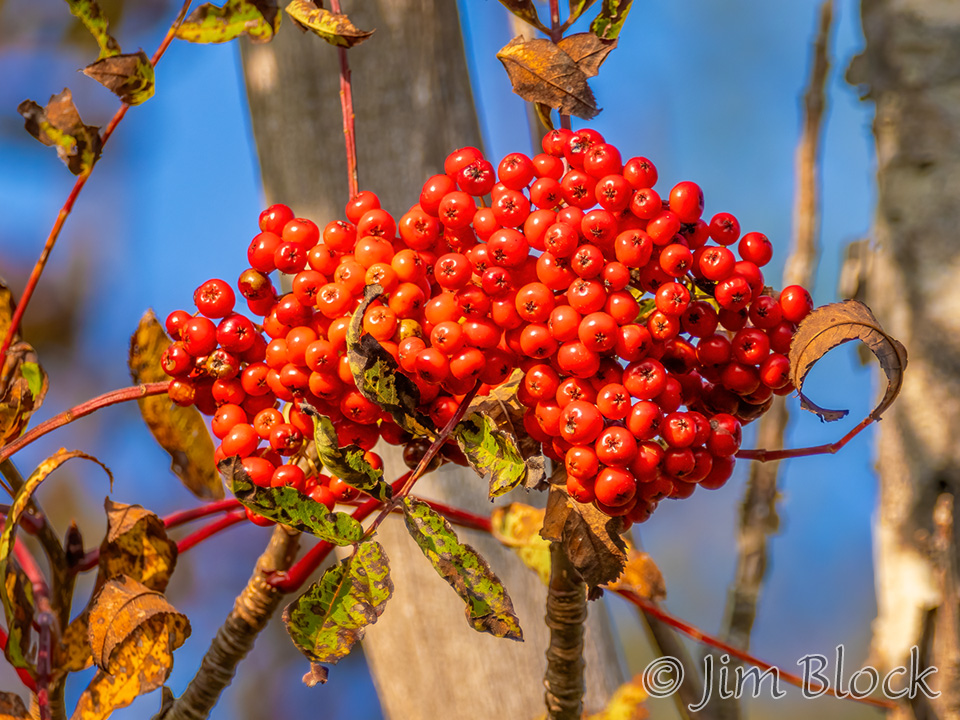
… and an insect that looks like a bee …
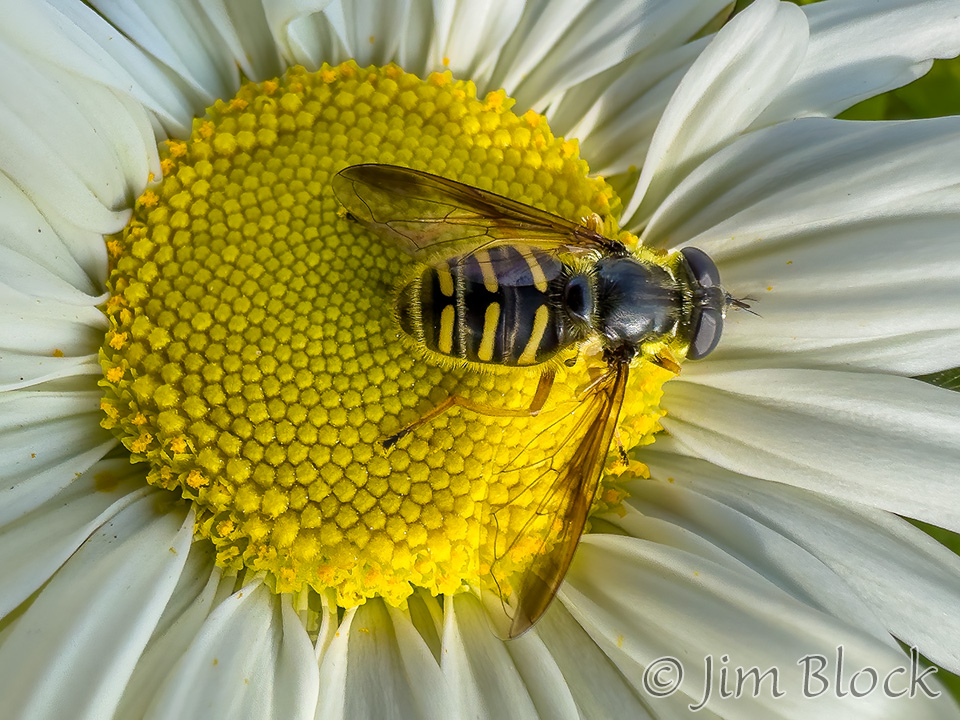

… but is actually a fly, an Oblique-banded Pond Fly.
I had to ask what these were.
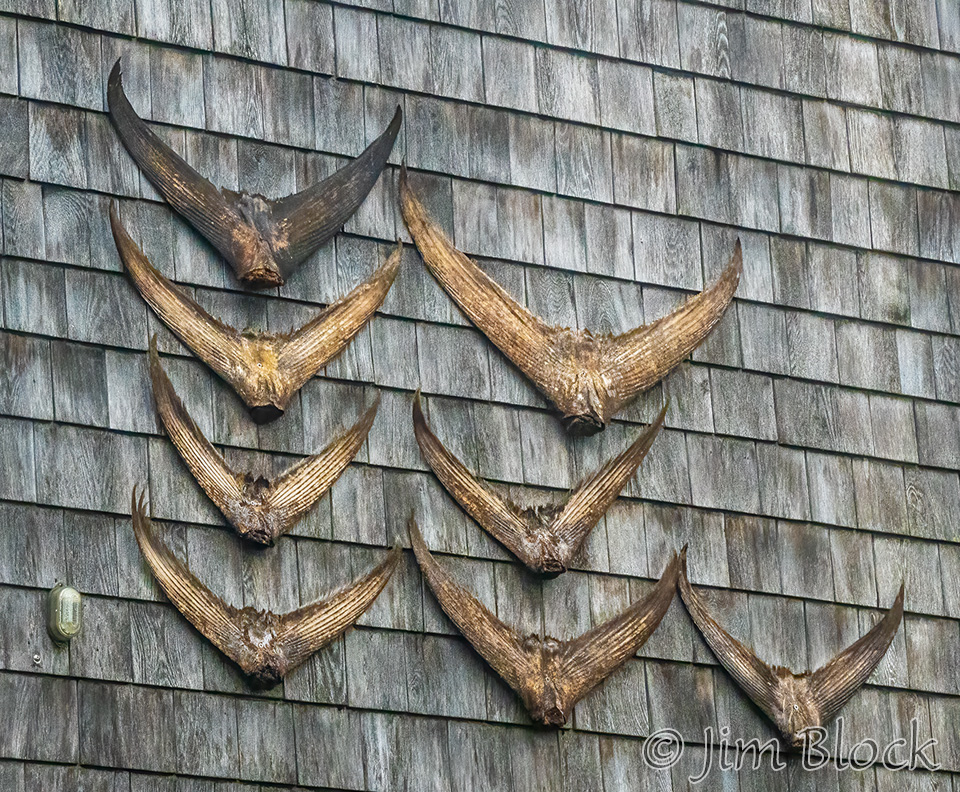
They are tuna fish tails.
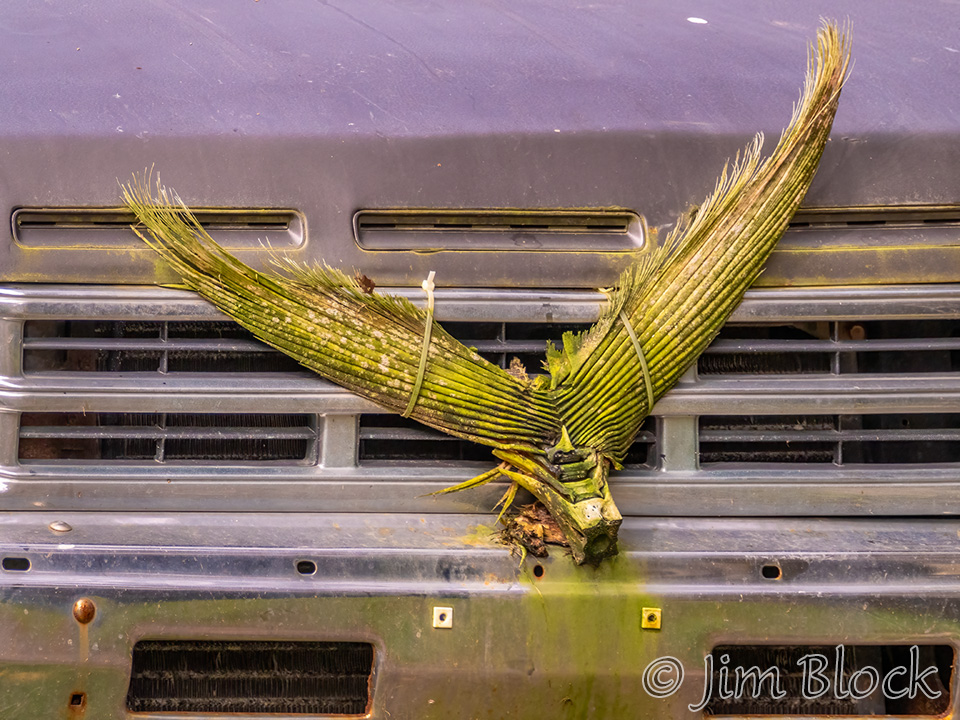
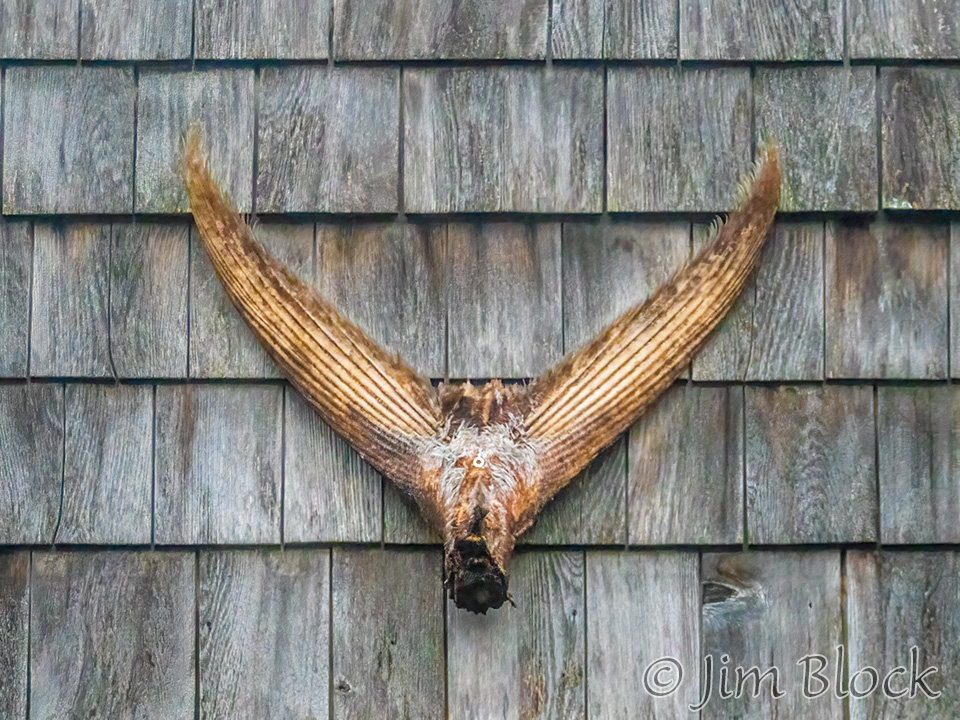
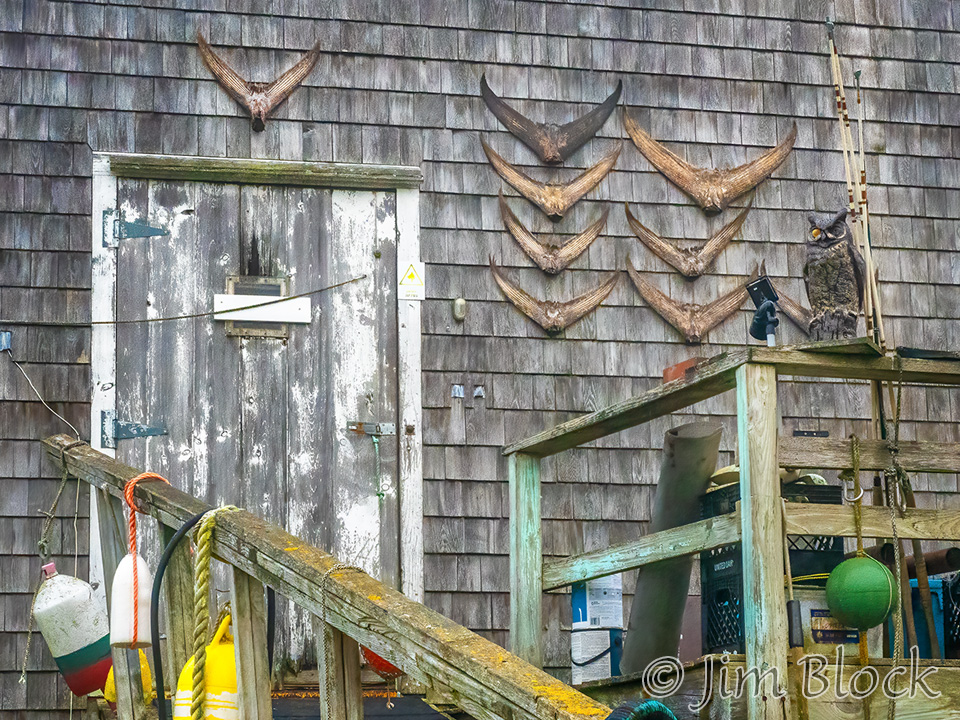
Speaking of fish, I believe this one was made of cloth, though I did not move closer to verify that conclusion.

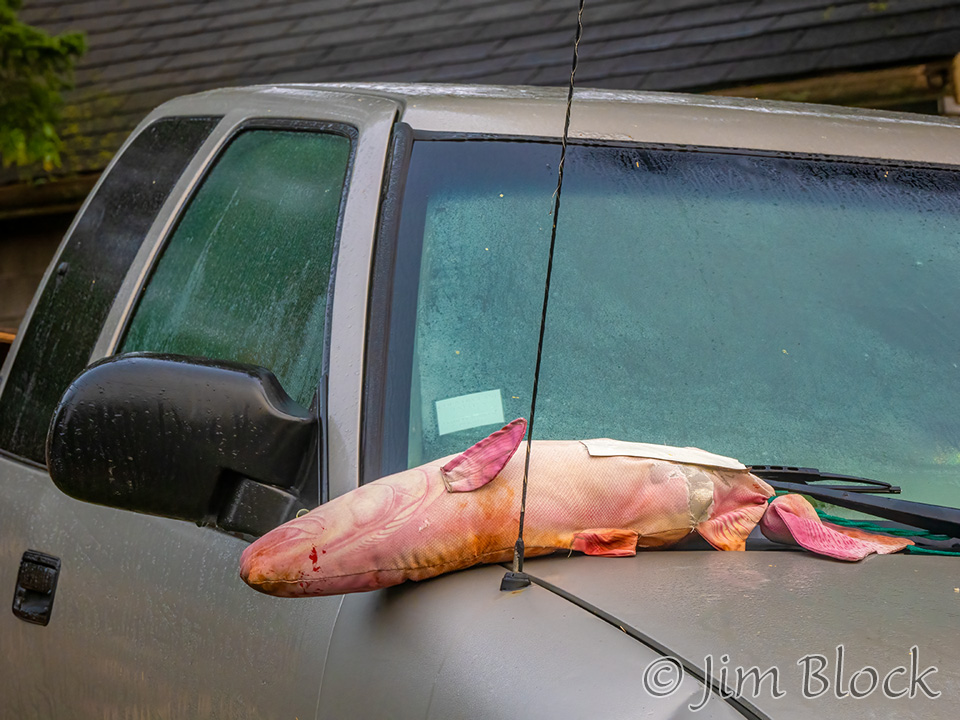
The morning of our last full day I hiked up to the Lighthouse and Museum shortly after 6 AM. There was fog in the meadow/marsh as I walked along Main Street.
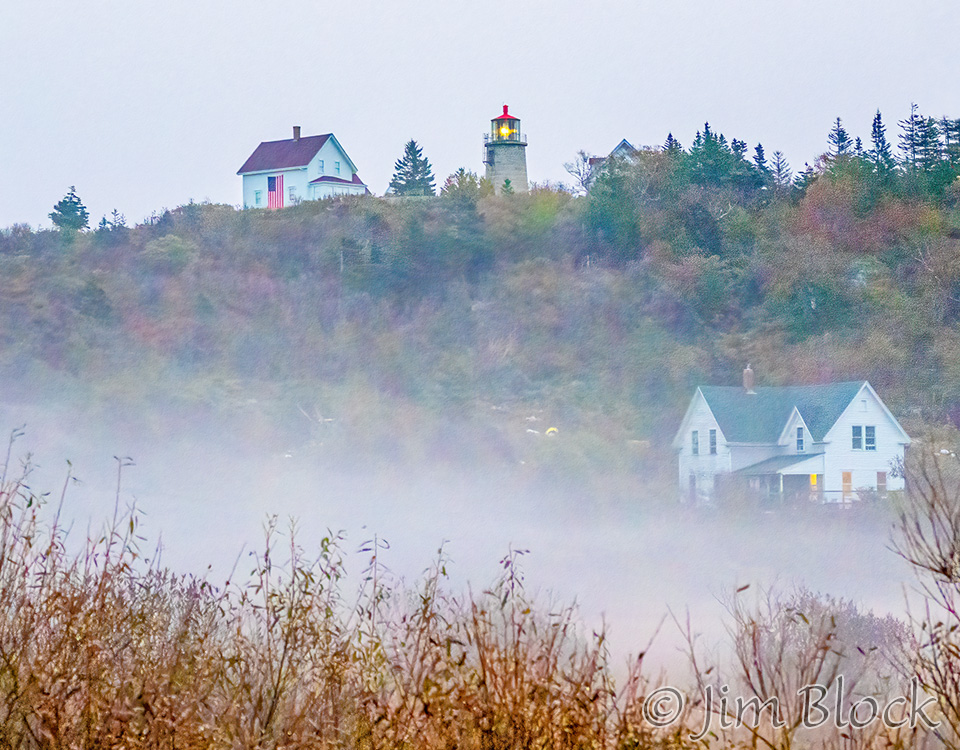
I photographed the Lighthouse from behind the museum as I approached.
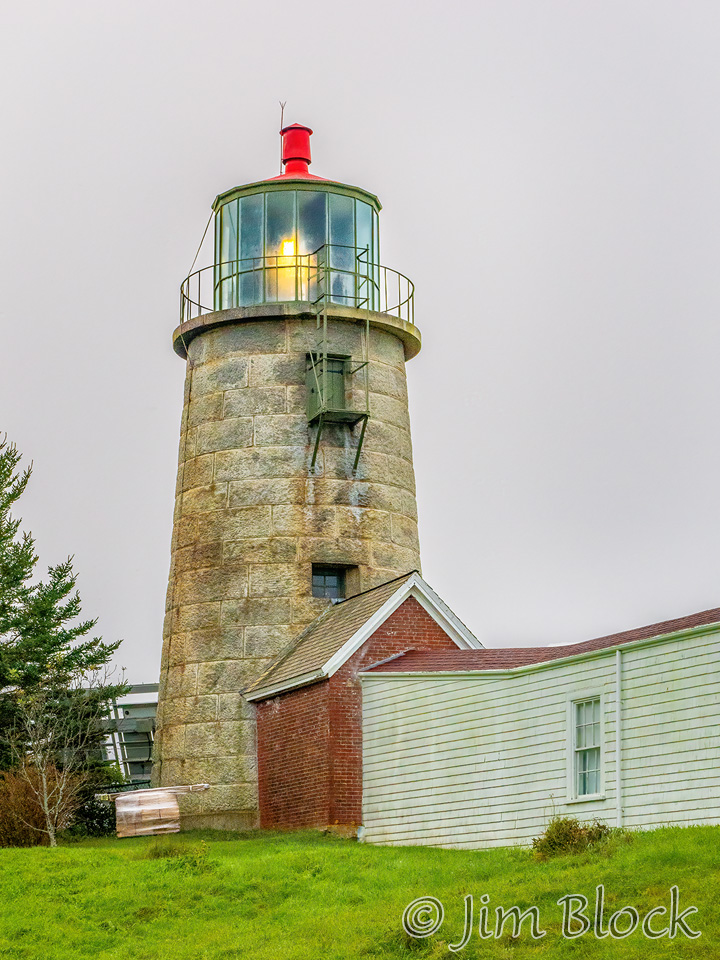
I made the panorama at the top of this page and the one below with the old bench.

Then, looking to the south I took this photo showing the Monhegan House and Community Church in the right center. The dining room and kitchen stretch out to the left of the hotel.
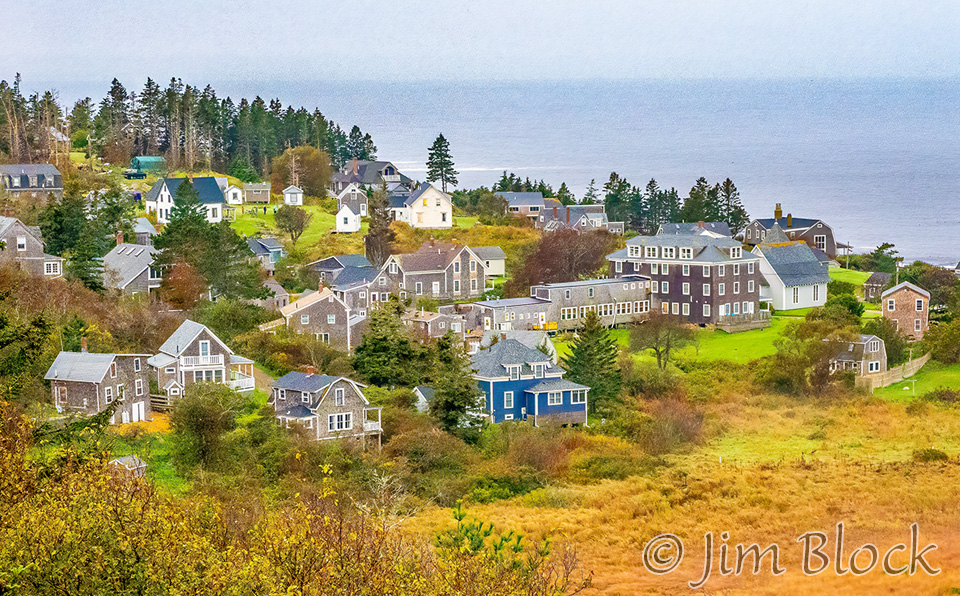
I took a few photos of the lighthouse, museum, and an old bell.
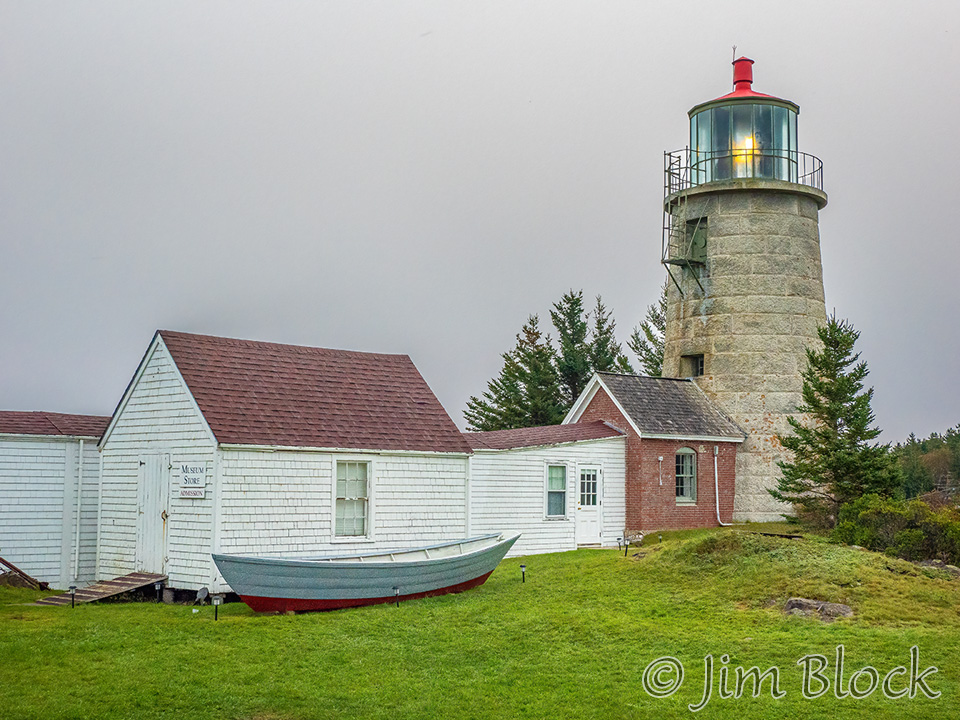

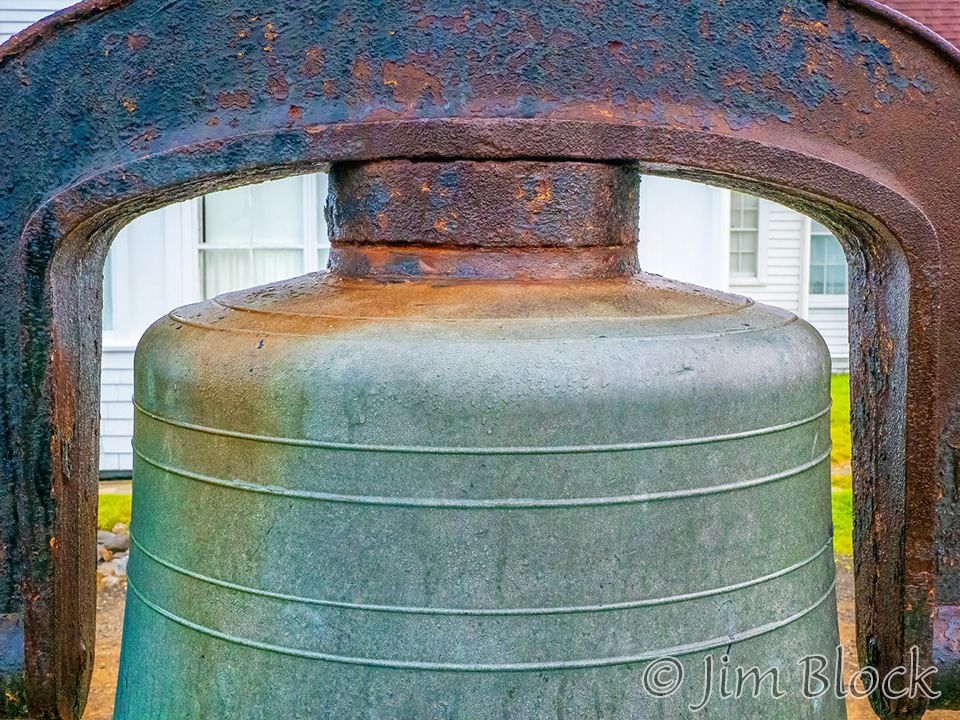
Late in the morning of our last full day, I hiked to White Head, up past the lighthouse and museum. Here are photos from along the way and from the cliffs at White Head.
The last morning of our stay on Monhegan was a bit foggy. I wandered along Main Street photographing scenes before breakfast.
We spent four nights at the Monhegan House. The food was fabulous. The lodging very comfortable. The staff friendly. Certainly recommended. Here it is to the left of the Community Church.
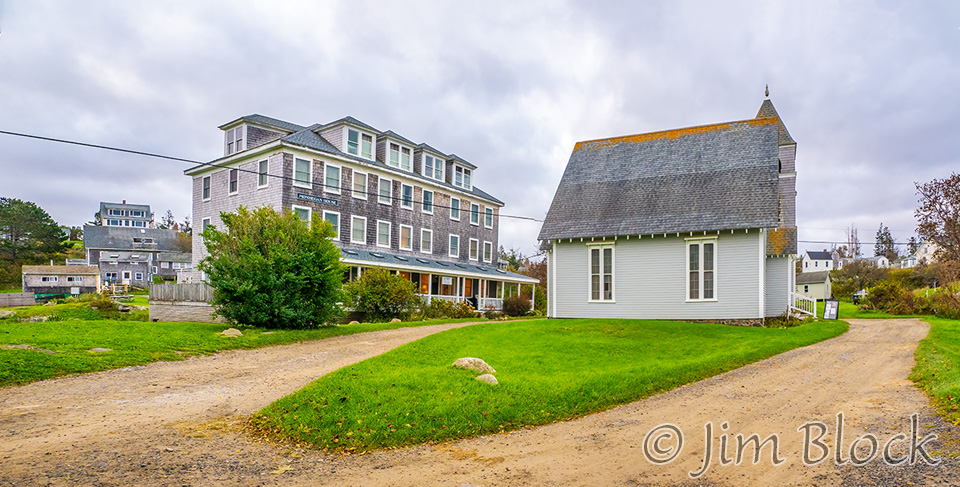
Below are some of the scenes I photographed on Monhegan.
We departed Monhegan around 2:45 PM. It was a nice, long last day. Traps were being moved to the dock and loaded on boats for the upcoming Trap Day, the start of the season for Monhegan lobstermen.
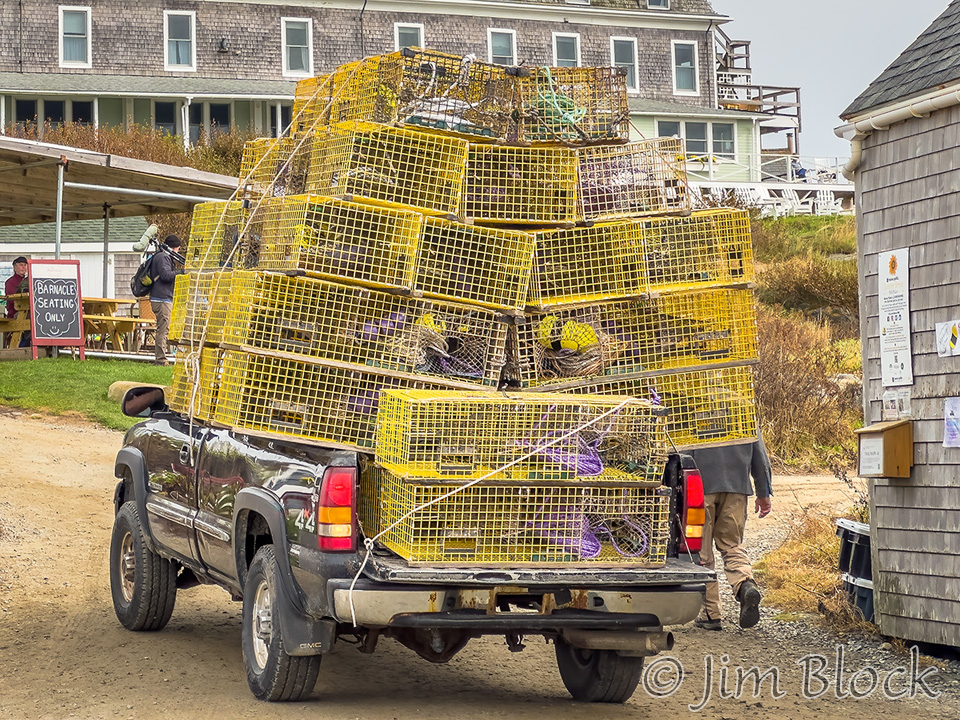
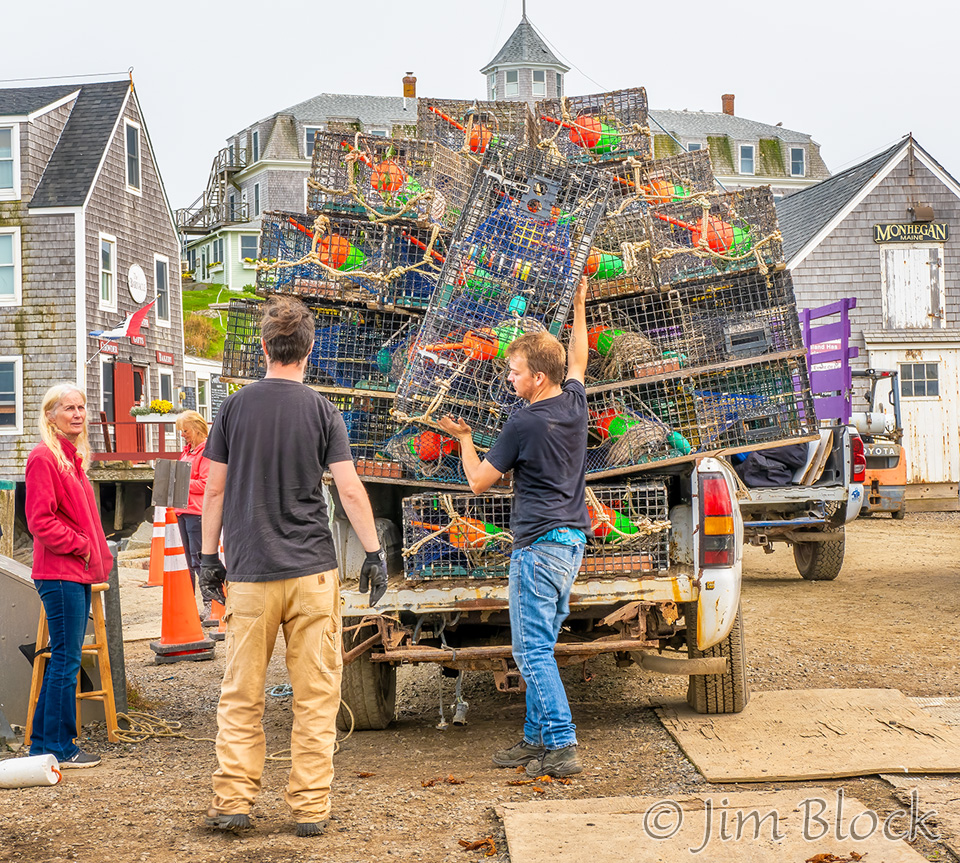
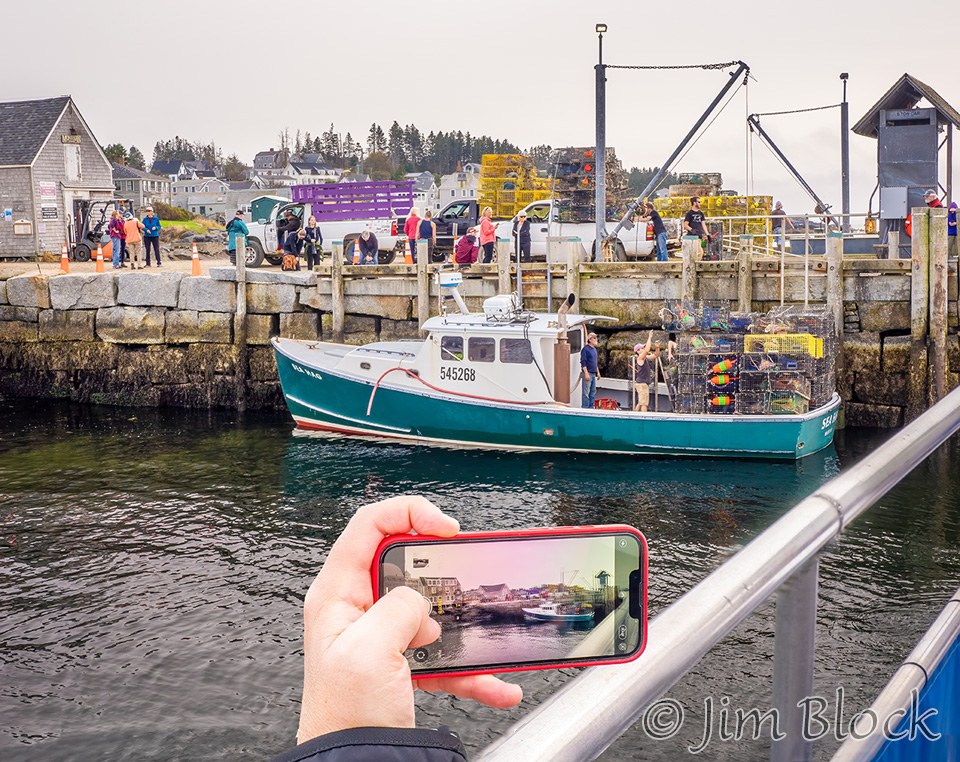
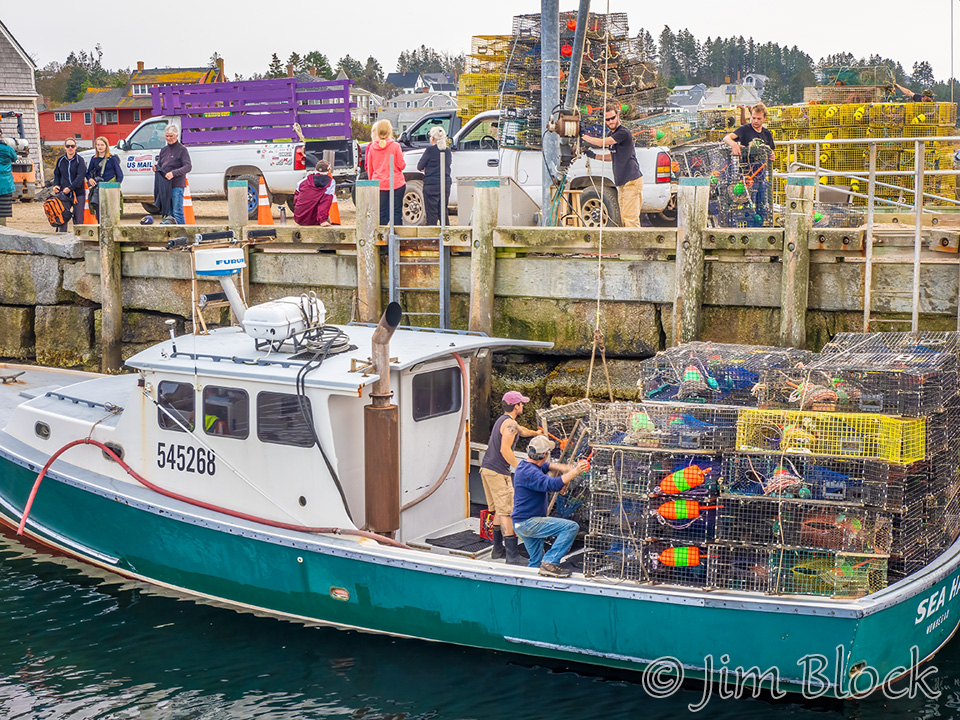
It was an excellent five days. If you would like to see photos from my 2018 visit to Monhegan, please CLICK HERE. Photos from my 2019 trip are found HERE.


